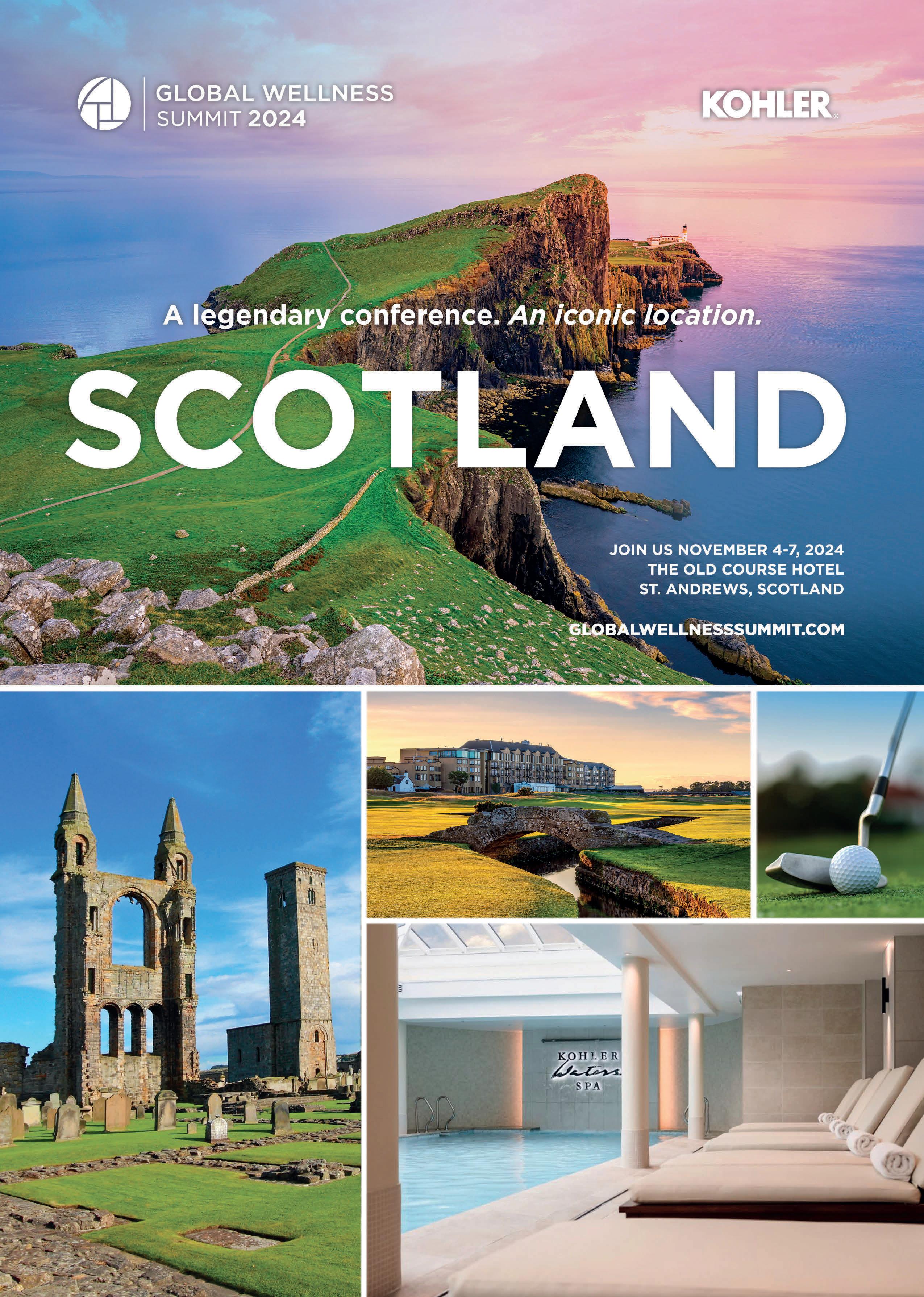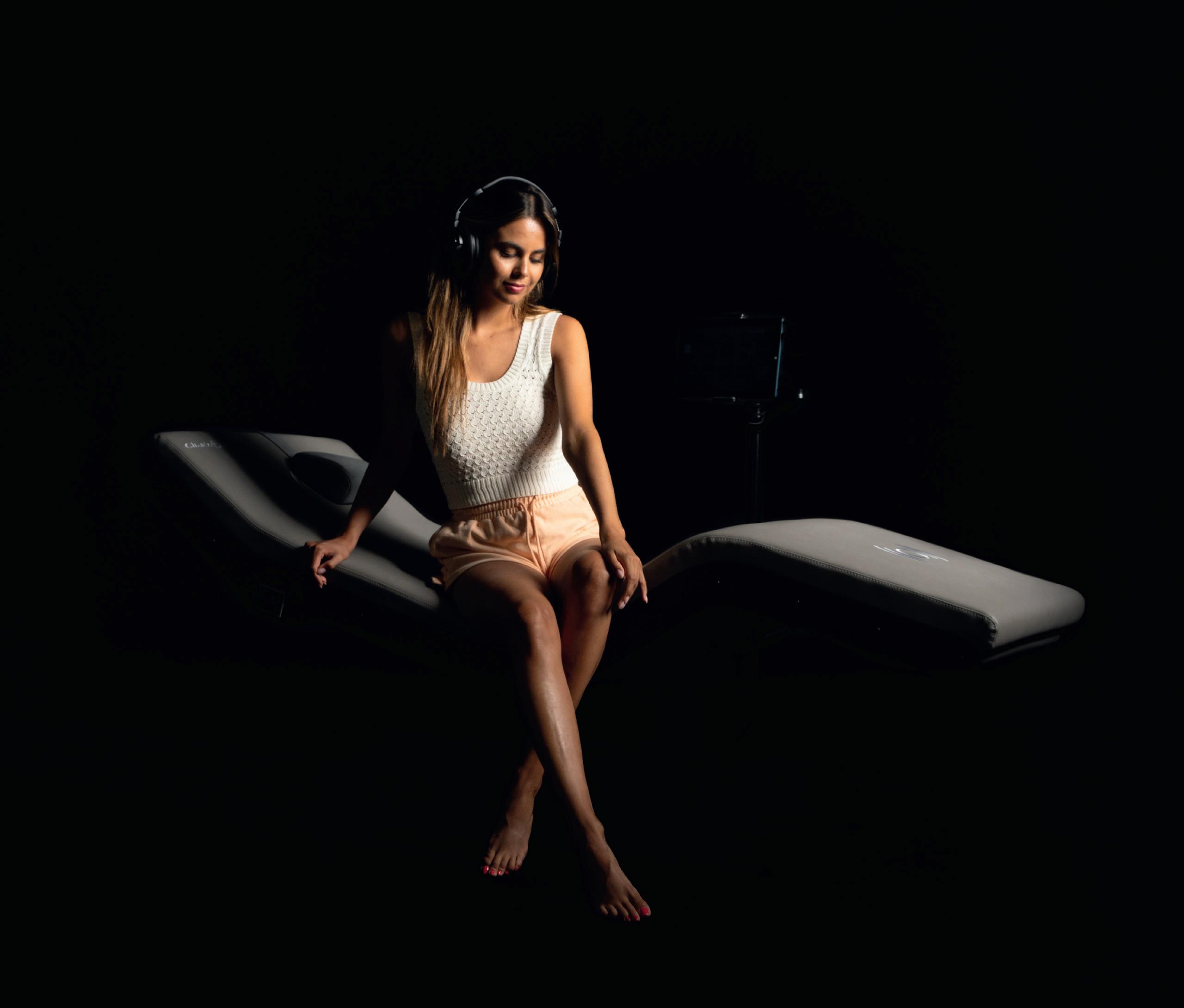


































100 in the pipeline following Dubai debut, p98




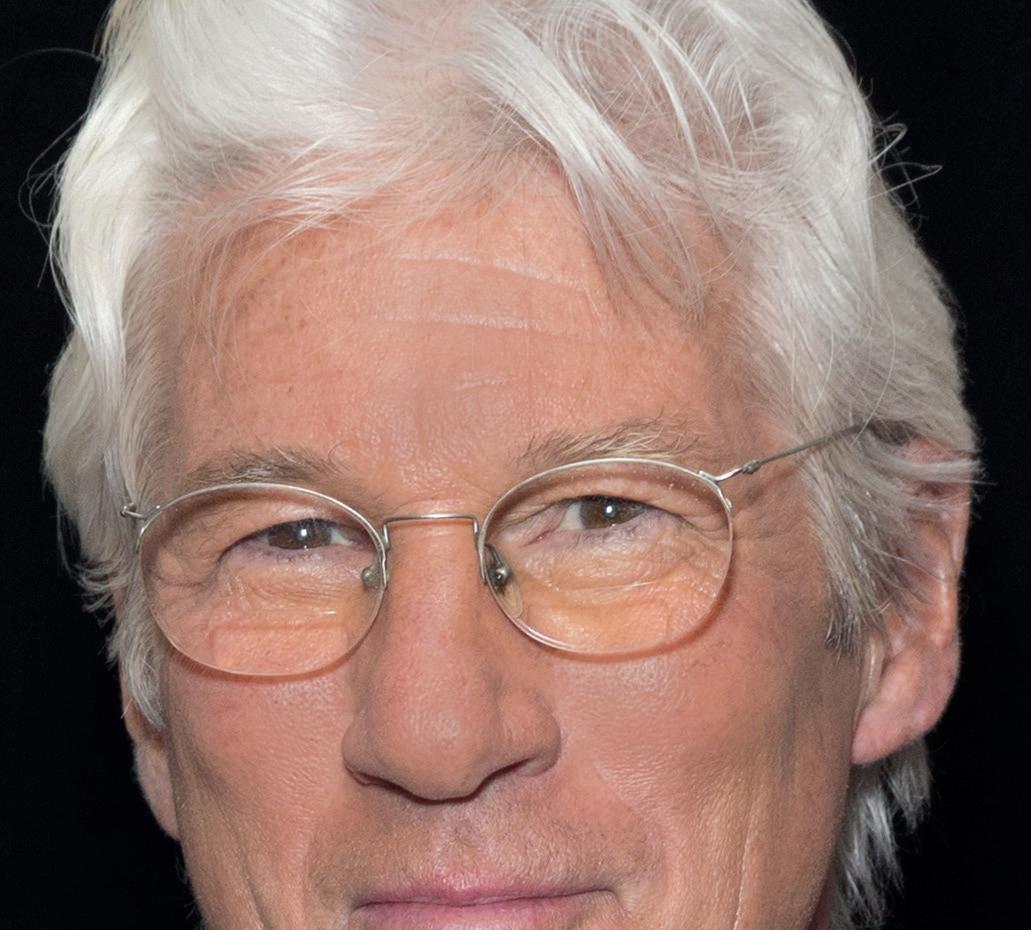
The bathhouse concept that will rock the sector, p12




Robert


‘Wellbeing is a fundamental human right’, p40






Capturing the essence of wellness, p18


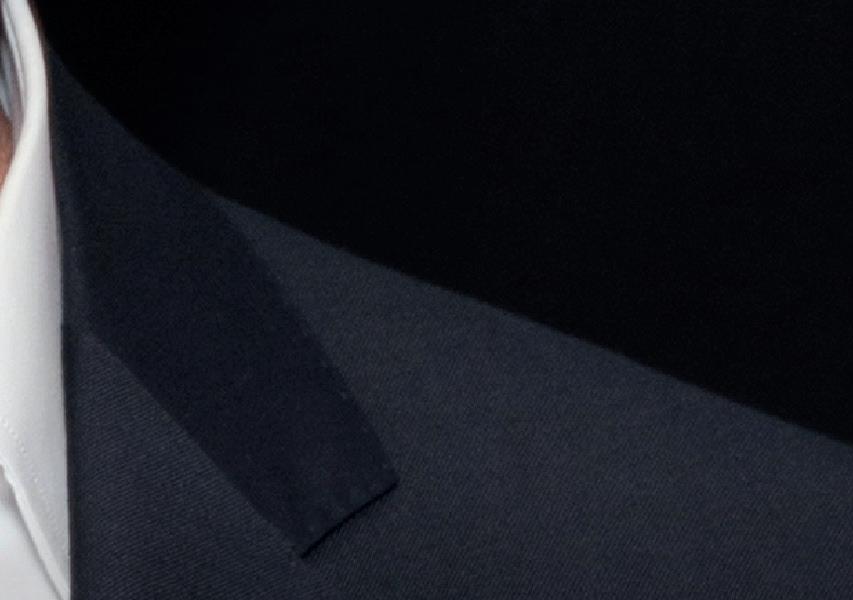


Passionate about wellness and healing, p26






Pos sib i l i t i e s
fo r Yo u r
B u s i nes s

@ hydrafacialemea
w w w hydrafacialemea com

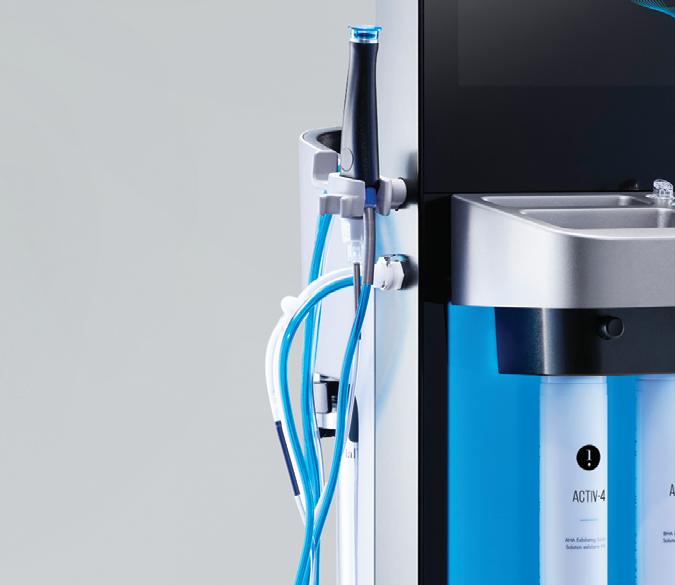

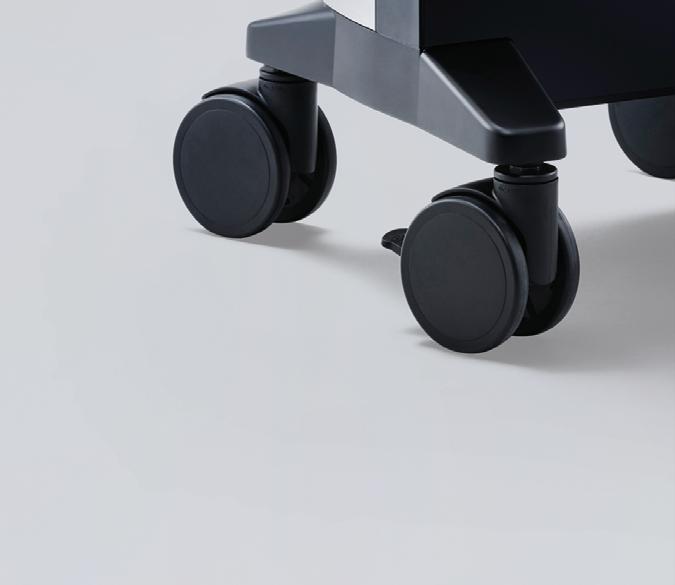

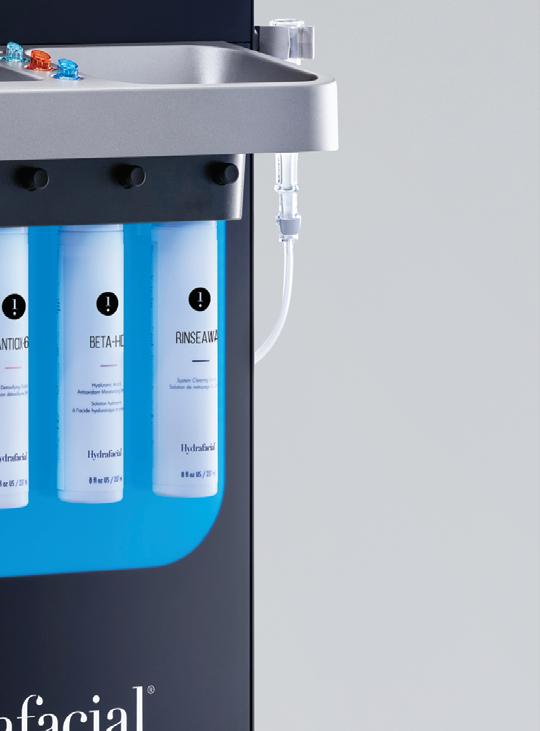

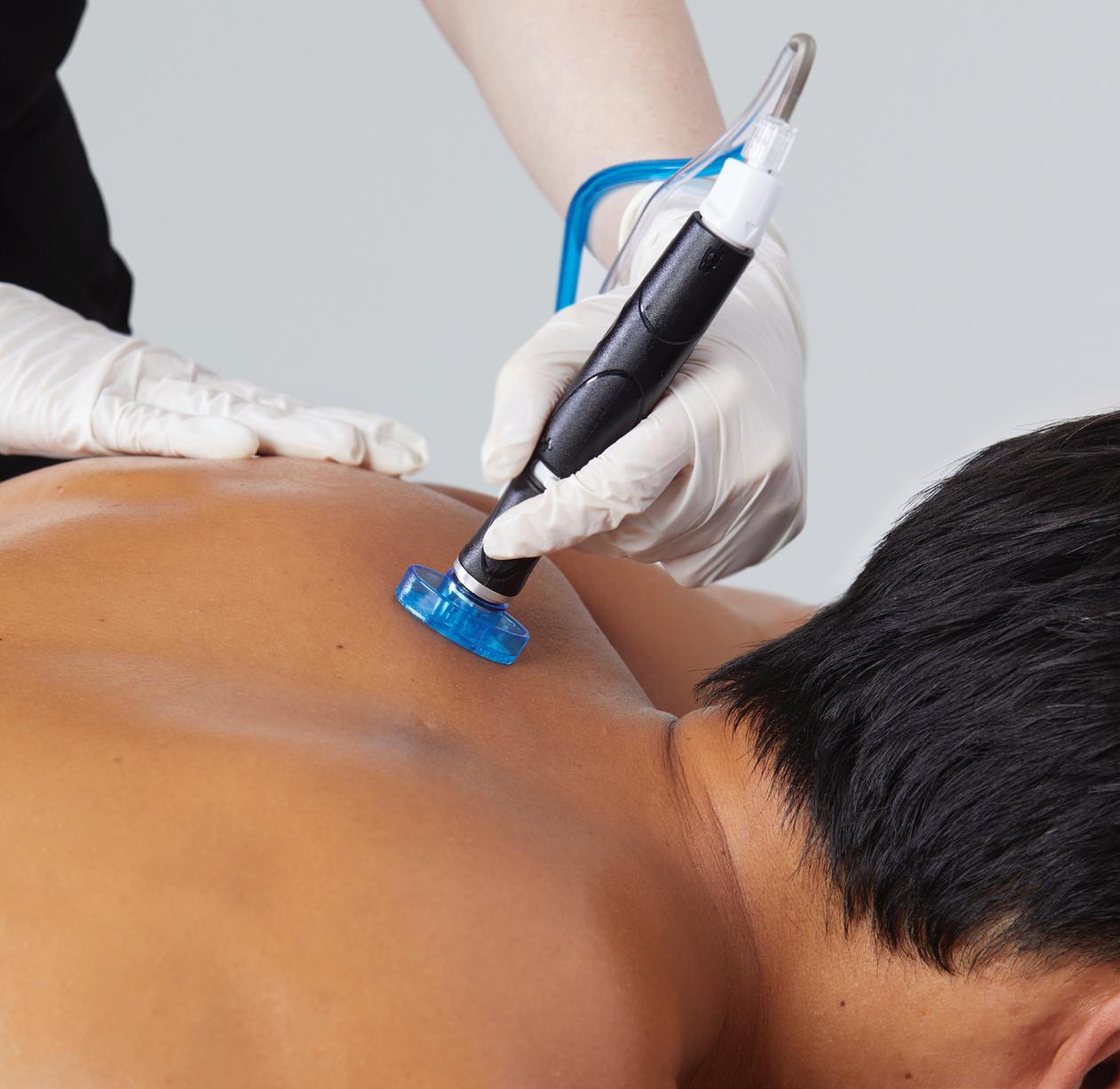






Record temperatures around the world will force spa and wellness operators to adapt the way they do business, with nocturnal societies the inevitable outcome in some places and coolcationing becoming attractive to consumers
s I write, the G7 Summit is concluding at Italian wellness destination, Borgo Egnazia, with world leaders committing to increase their efforts to combat the climate crisis.
In spite of good intentions such as these, however, climate change is already severely impacting lives and businesses all around the world. This ongoing crisis has underpinned a substantial proportion of our coverage in Spa Business for many years and this edition of the magazine is no exception
On p26, actor Richard Gere discusses his fervent support for regenerative development, while on p40, Robert Hanea, CEO of Therme Group, emphasises that the sustainability focus driving its business model is essential for maintaining its affordable pricing.
Both investors and consumers are increasingly channelling their resources into companies with strong ESG credentials, a topic we explore in-depth on p52.
With 2023 the hottest year on record and projections indicating billions will soon face unsurvivable heat in countries in the middle of the world, the spa and wellness industry must continue to adapt. We expect demand for retreats off-season and in cooler climates – termed ‘coolcationing’ – to increase, prompting forward-thinking investors to consider regions more distant from the equator.
Spa Business first reported on polar tourism five years ago (see www.spabusiness.com/polartourism).
While places such as Scandinavia, Canada, Iceland and the Baltic are emerging as alternative destinations.
In hotter regions, nocturnal societies will become prevalent as people adjust to avoid intense daytime heat. To capture this market, operational hours will extend into the night, which could increase staffing and operational costs or the need for staffless concepts.
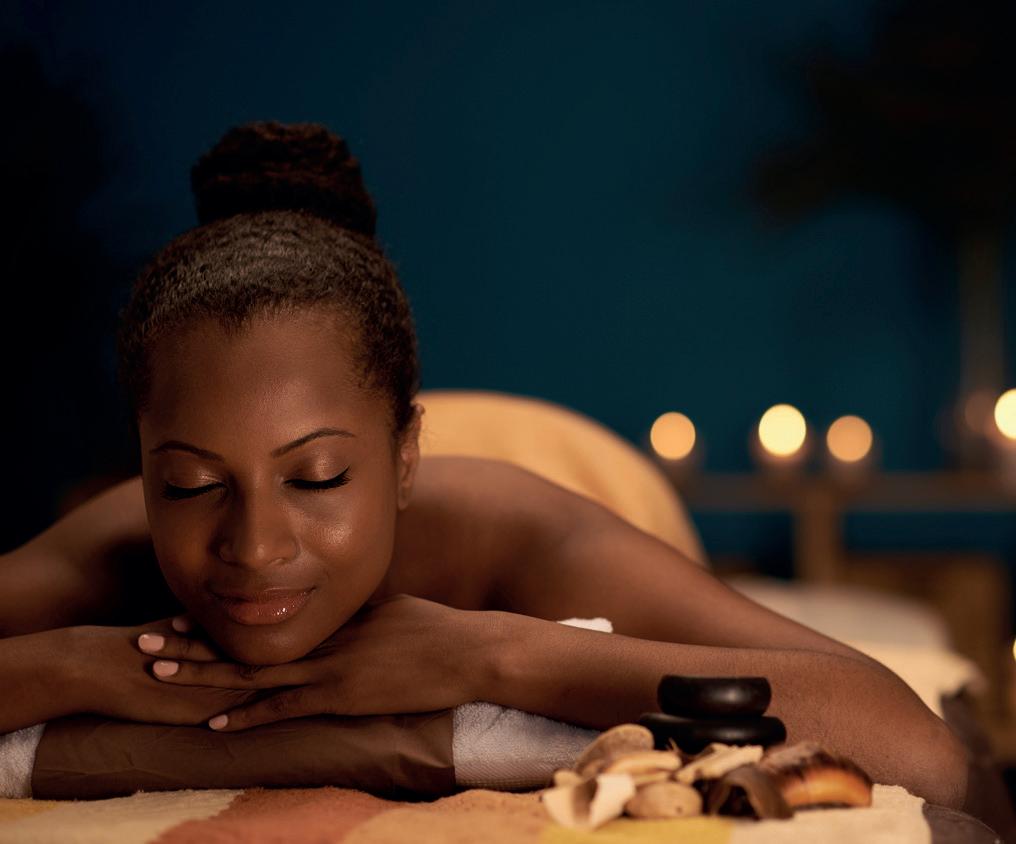
Operators will extend operating hours and get creative with night-time packages
Nocturnal societies will become prevalent as people avoid intense daytime heat
This strategy will lead to growing demand for cool treatments, aligning with growing interest in therapies such as cold water immersion, cryotherapy and contrast bathing. We also anticipate the introduction of night-time spa packages, including outdoor ‘cool’ tubs under the stars, moonlit yoga and late-night, cooling aromatherapy massages.
These changes will appeal not only to coolcationers but also to night owls, shift workers and travellers seeking unique experiences. By embracing these trends, the industry will grow and diversify, while mitigating the impact of a warming climate. l
Katie Barnes, editor, katiebarnes@spabusiness.com
Contact Spa Business: +44 (0) 1462 431385 theteam@spabusiness.com spabusiness.com @spabusinessmag Facebook.com/spabusiness
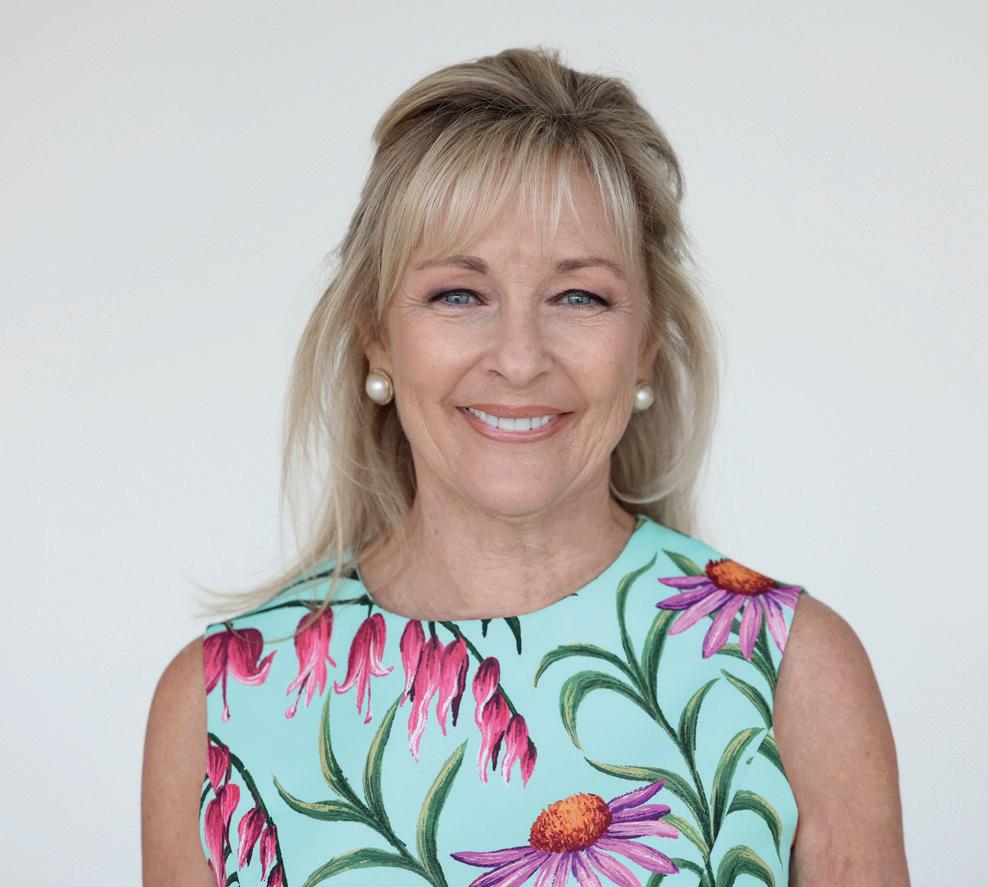
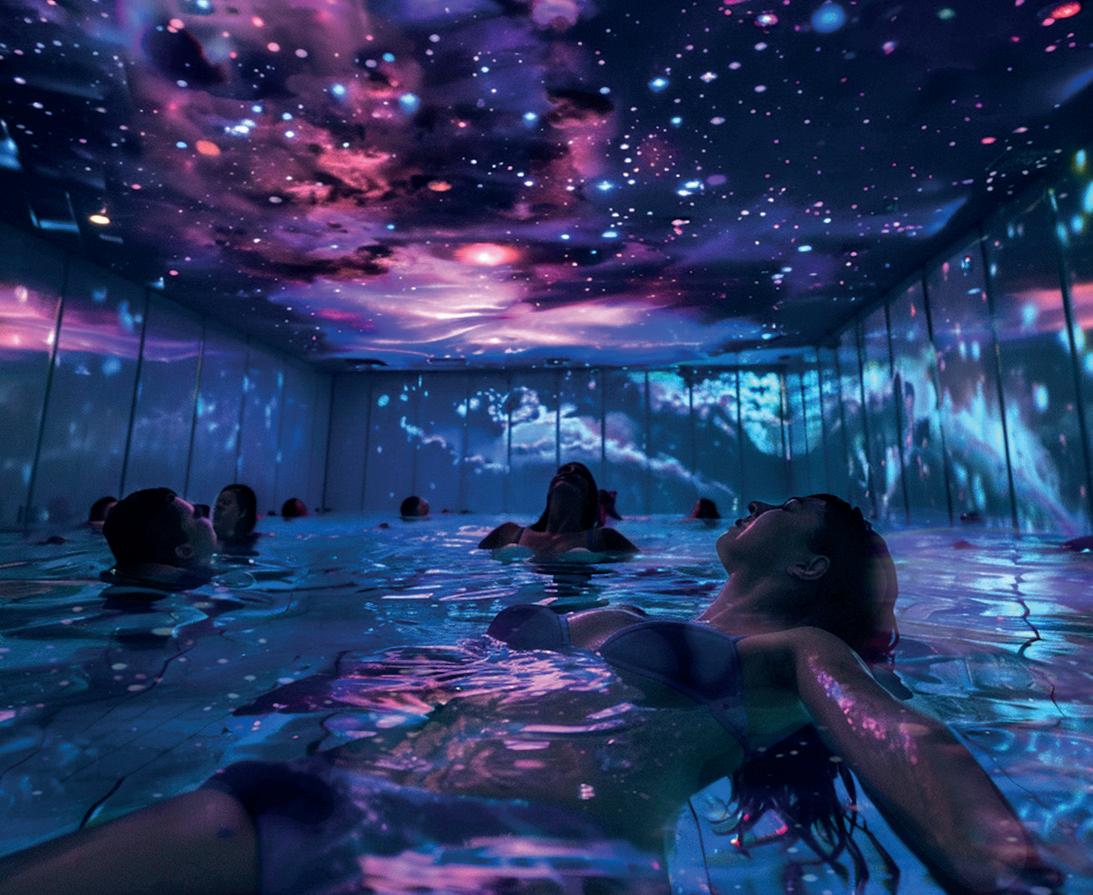

7 Editor’s letter Cool customers
Spas must adapt to unlock new avenues for growth while mitigating the impact of climate change, says Katie Barnes
12 Spa people Corvas Brinkerhoff
The attractions expert unveils an otherworldly, immersive bathhouse concept
18 Spa people Alla Sokolova
Creating inspiring wellness programmes for Scandinavian hotel group Nobis
22 Spa Business News
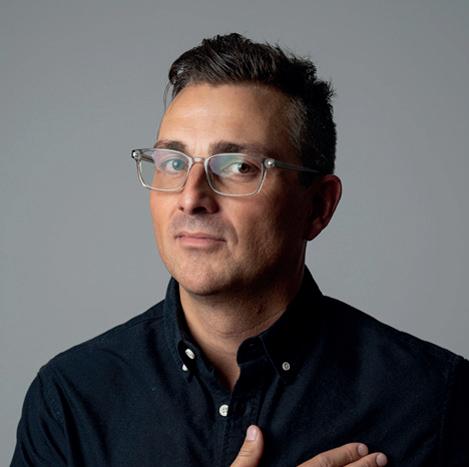
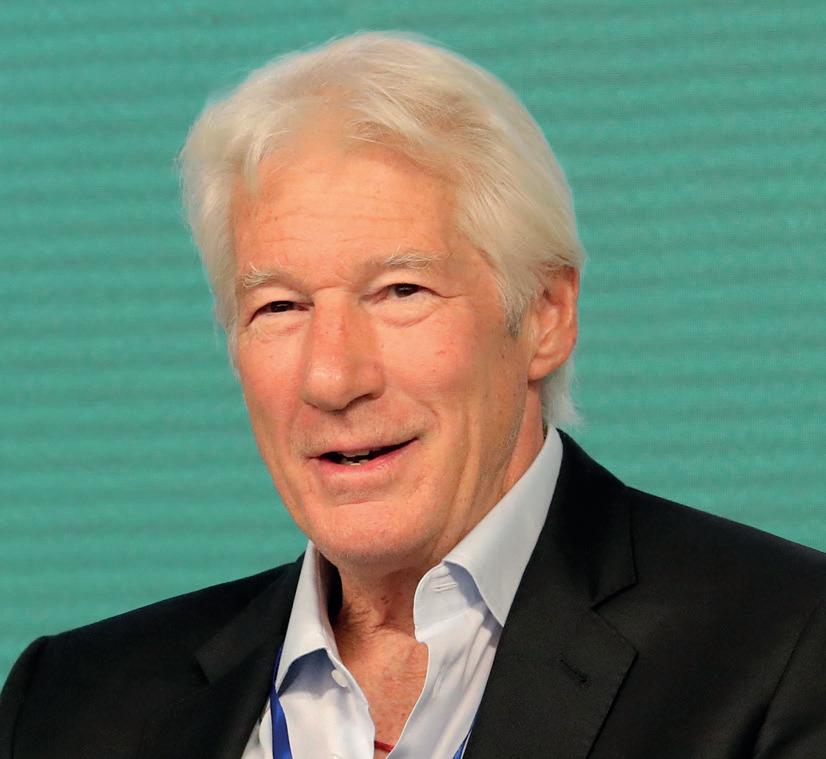
26 News report Hot property
Hollywood A-lister Richard Gere talks at the Wellness Real Estate Symposium
30 New opening SHA Mexico
SHA Wellness reveals its highly anticipated international outpost
34 New opening Eynsham Baths
Ennismore’s founder reveals a 3,000sq m Roman-inspired bathhouse
38 New opening Clinique La Prairie Health Resort, Anji Longevity brand Clinique La Prairie debuts its health resort concept in China
40 Top team Therme Group
With its focus on affordable wellness, Therme Group is expanding its social spa concept globally. Jane Kitchen speaks to the people behind the brand
52 Ask an expert
Environmental, social and governance
Kath Hudson investigates how investors and consumers are increasingly spending their money on businesses with eco-credentials
62 Research US spa numbers
ISPA’s latest study shows US spas have reached US$21.3bn in revenues



68 Jeremy McCarthy
The paradox of modern wellness
To find wellbeing today, we have to think about avoiding technology while also using it, says Jeremy McCarthy
70 Interview Susie Ellis
The chair of the Global Wellness Summit has been fundamental in defining the industry and continues to drive it forward
80 Interview Roger Tempest
The owner of Broughton Sanctuary in the UK is transforming the 900-yearold estate into a retreat-based business
90 First person The real deal?
What’s the value of an authentic treatment? Andrew and Karin Gibson take to the hammams of Istanbul to find out
98 Wellness Full recovery
SIRO is staking a claim to be the world’s first fitness and recovery hotel brand and is planning 100 properties. Lisa Starr visits the first site in Dubai
110 Software Member benefits
Up to a third of spa-goers now have a spa membership. What support can software systems offer?
117 Product innovation
We take a look at some of the latest and most exciting product and equipment launches
124 Menu engineering At your service
A multisensory Amazon experience at Therme Euskirchen and Equinox’s US$40k membership
130 Spa Business directory
132 Finishing touch
Going the distance Study looks at how far you need to walk to offset the health risks of inactivity
For email, use contact’s fullname@spabusiness.com
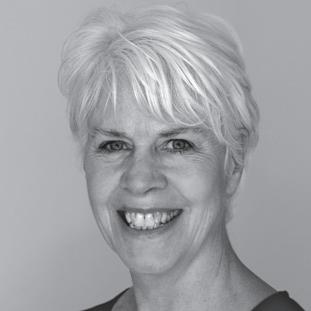
Editorial director
Liz Terry +44 (0)1462 431385

Editor Katie Barnes
+44 (0)1462 471925
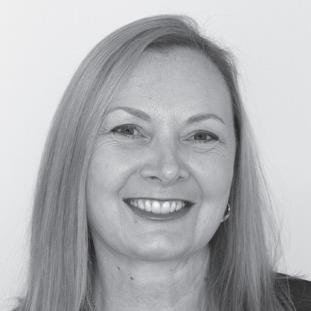
Editor-at-large
Jane Kitchen
+44 (0)1462 431385

Publisher Astrid Ros +44 (0)1462 471911

Assistant editor Megan Whitby +44 (0)1462 471906
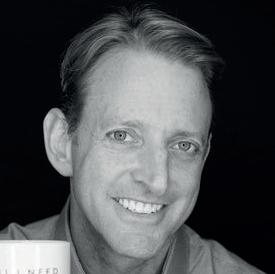
Contributing editor
Jeremy McCarthy +44 (0)1462 431385
Choose how you read Spa Business
Spa Business magazine is available in print from www.leisuresubs.com
Spa Business digital
Read free online and enjoy extra links and searchability www.spabusiness.com/digital
Spa Business PDF
A PDF edition is available to read offline at: www.spabusiness.com/pdf



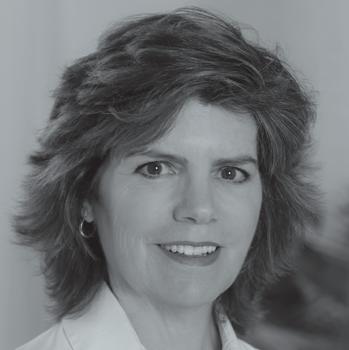
Contributing editor
Lisa Starr
+44 (0)1462 431385
More resources
Sign up for free digital
www.spabusiness.com/signup
Spa Business insider
www.spabusiness.com/insider
Spa Business Handbook
www.spahandbook.com
Spa Business Library
www.spabusiness.com/archive
Buyer Search Engine
www.spa-kit.net
HCM magazine
www.HCMmag.com
Fit Tech magazine
www.fittechglobal.com
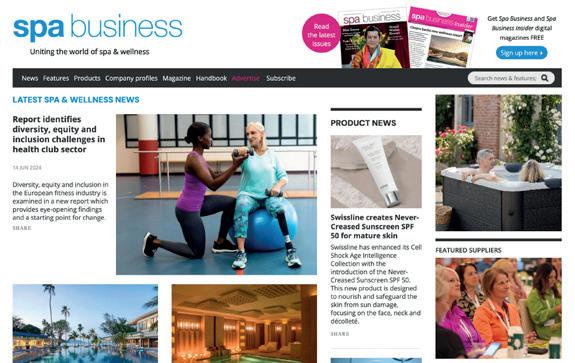
Customer service
+44 (0)1462 431385
Advertising
+44 (0)1462 471911
Subscriptions
+44 (0)1462 431385
Circulation
+44 (0)1462 471932
Finance
+44 (0)1462 471901
Credit control
+44 (0)1462 471901
Get Spa Business in print
Sign up for Spa Business at www.leisuresubs.com or email subs@leisuremedia.com
Annual subscription rates are UK £48, Europe £65 , rest of world £94, students (UK) £25.
Copyright Spa Business is published four times a year by Leisure Media Global, PO Box 424, Hitchin, SG5 9GF, UK. The views expressed are those of the authors and do not necessarily represent those of the publisher. All rights reserved. No part of this publication may be reproduced, stored in a retrieval system or transmitted in any form or by means, electronic, mechanical, photocopying, recorded or otherwise, without the prior permission of the copyright holder, Cybertrek Ltd.
Print and distribution Printed by The Manson Group Ltd. Distributed by Royal Mail Group Ltd and Whistl Ltd in the UK and Total Mail Ltd globally.
© Cybertrek Ltd 2024
ISSN 1479-912X (print) 2397-236X (online)
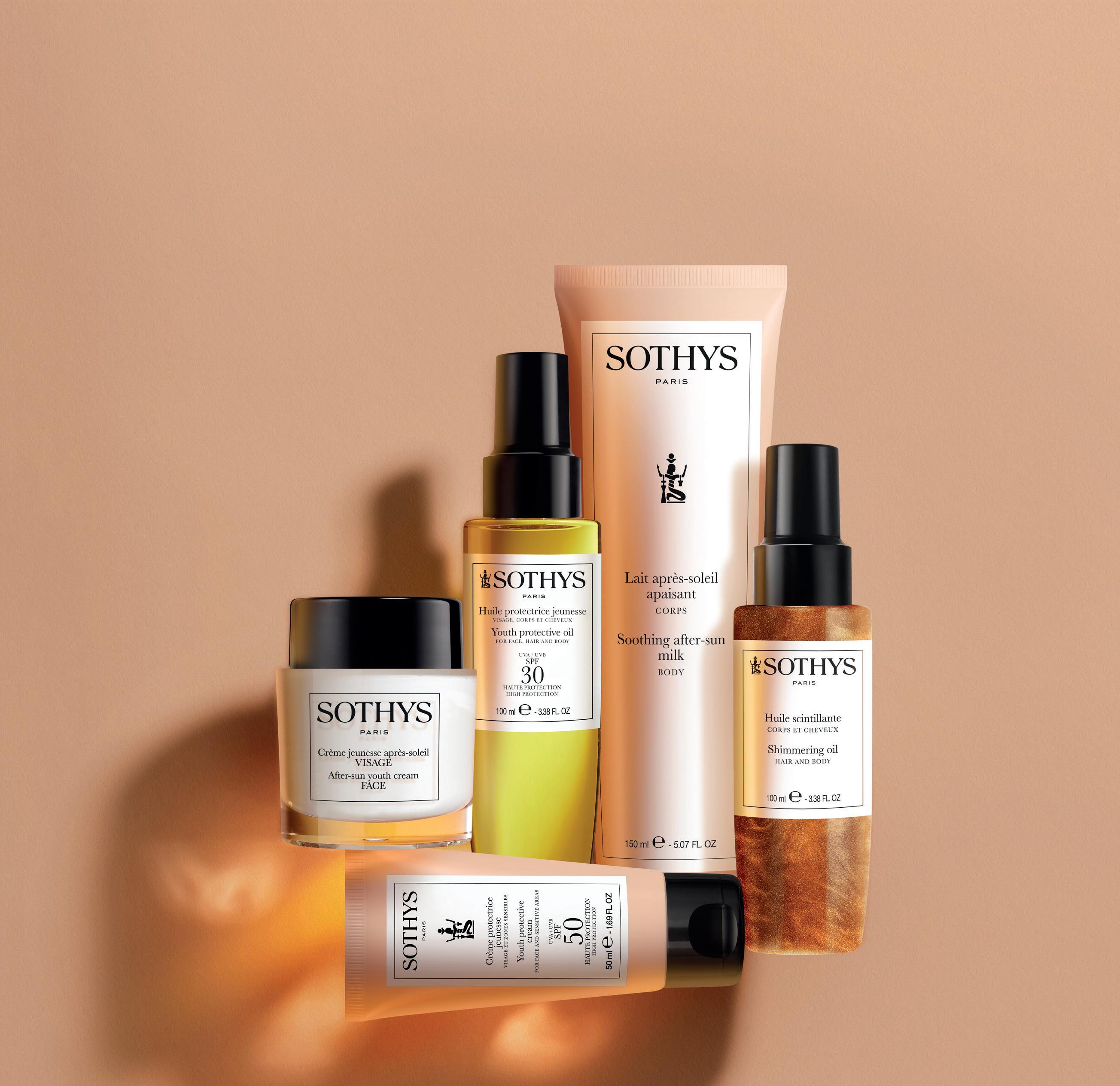


It sounds otherworldly and fantastical. But the concept is coming to market and is set to disrupt the global wellness industry
Corvas Brinkerhoff, founder, Submersive

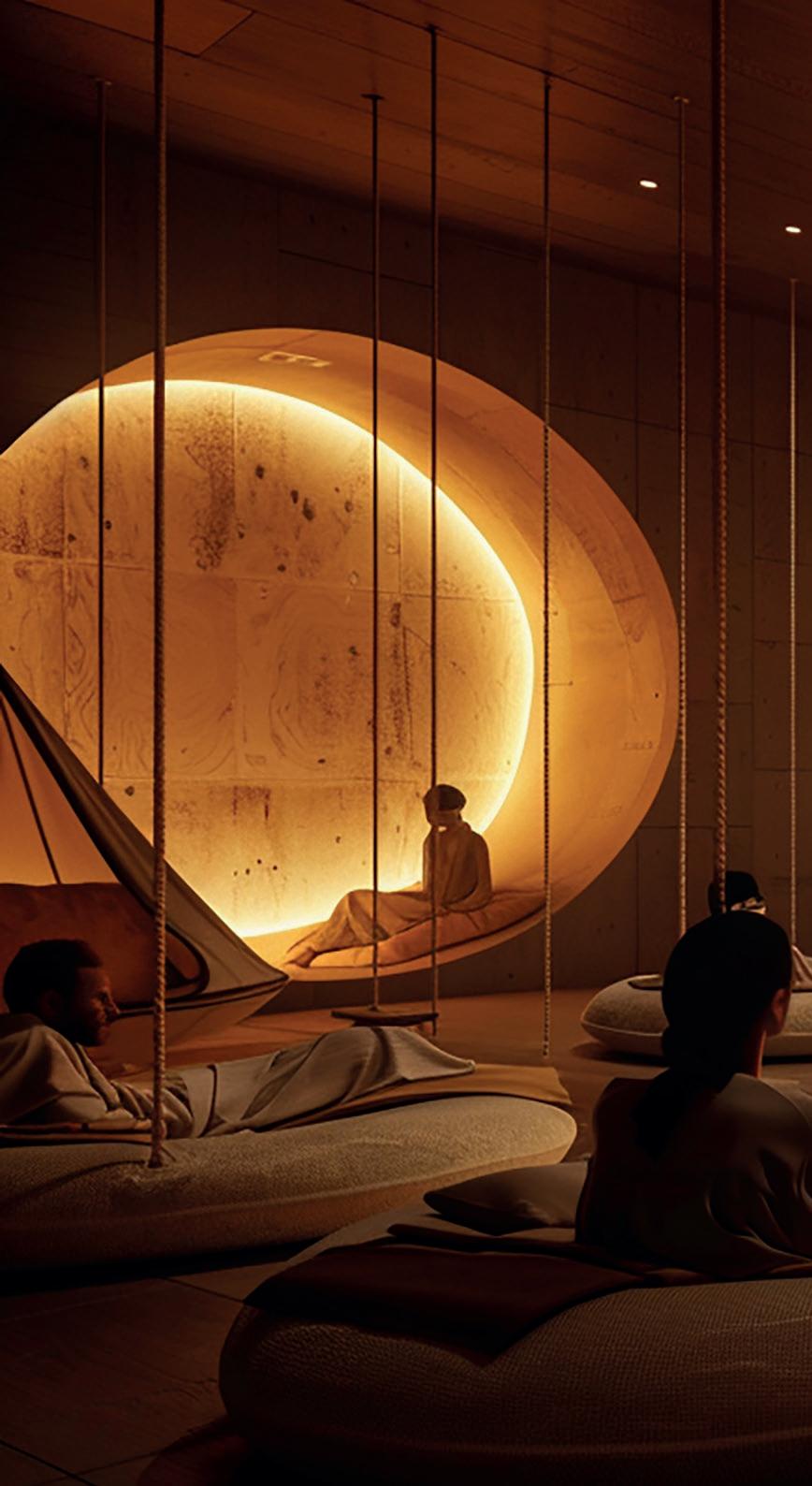
Imagine you’re lying in a warm saltwater pool, gently floating and gazing at astral projections, while listening to underwater sounds in sequence with the images. On top of this, every detail has been meticulously and scientifically developed to transport you into an elevated state of consciousness. And there isn’t just one room, there are 12. And each is designed to induce a different heightened emotion – whether that’s awe, wonder, euphoria, inspiration, connection or transcendence.
It sounds otherworldly and fantastical. But the concept is coming to market and is set to disrupt the global wellness industry. Submersive is billed as the world’s first immersive art bathhouse. The 25,000sq ft facility is due to open in Austin, Texas in 2026 – but we can expect 11 more worldwide.
Submersive brings together elements of a traditional spa such as therapeutic thermal pools, steam

The concept will debut in 2026 and rollout quickly

and sauna rooms, waterfalls, grottos, floatation and – importantly – cooler options for multiple contrast bathing possibilities and amplifies them with thought-provoking art installations, AI technology, lighting, video and sound effects.
From attractions to spa Corvas Brinkerhoff, co-founder of Meow Wolf – the company behind mind-bending interactive art and entertainment installations across the US – is the creator of Submersive. Yet while he’s made a successful name for himself in the attractions industry, his passion for wellness has been bubbling under for the past 15 years.
“Early on in my career I had an obsession with creating immersive experiences,” he tells Spa Business. “I was always asking – what if artwork came off the walls and surrounded you? What if this world had a story behind it and people who inhabited it?
“But parallel to this, I had a deepening love for contrast therapy. It wasn’t popular at the time and the science behind it wasn’t known, but I knew that every time I did it I felt amazing.”
In fact, his epiphany for Submersive even came in a bathhouse relaxation
room, following a rigorous series of hot-cold circuits. “I had a flood of images pouring into my mind,” he recalls, “they were combinations of immersive art and bathing elements. It was wondrous and magical.”
Brinkerhoff put the notion on the back burner to concentrate on Meow Wolf but added to the cluster of ideas over the next decade and a half until he felt the time was right to make a move. “This is about me stepping into a sense of purpose in my lifetime,” he explains.
Over the last year, he gained further insight by visiting 17 bathhouses worldwide. In Japan, he was illuminated by the deep-rooted onsen culture and in western Europe, he was struck by the architecture and inventive bathing experiences. “It was almost like an embarrassment of riches because I received so much inspiration,” he declares.
The blueprint for Submersive is based on 12 rooms that “each have a distinct and powerful combination of multisensory elements” around a main communal space, says Brinkerhoff. Hot and cold exposure, with its proven therapeutic benefits, underpins the
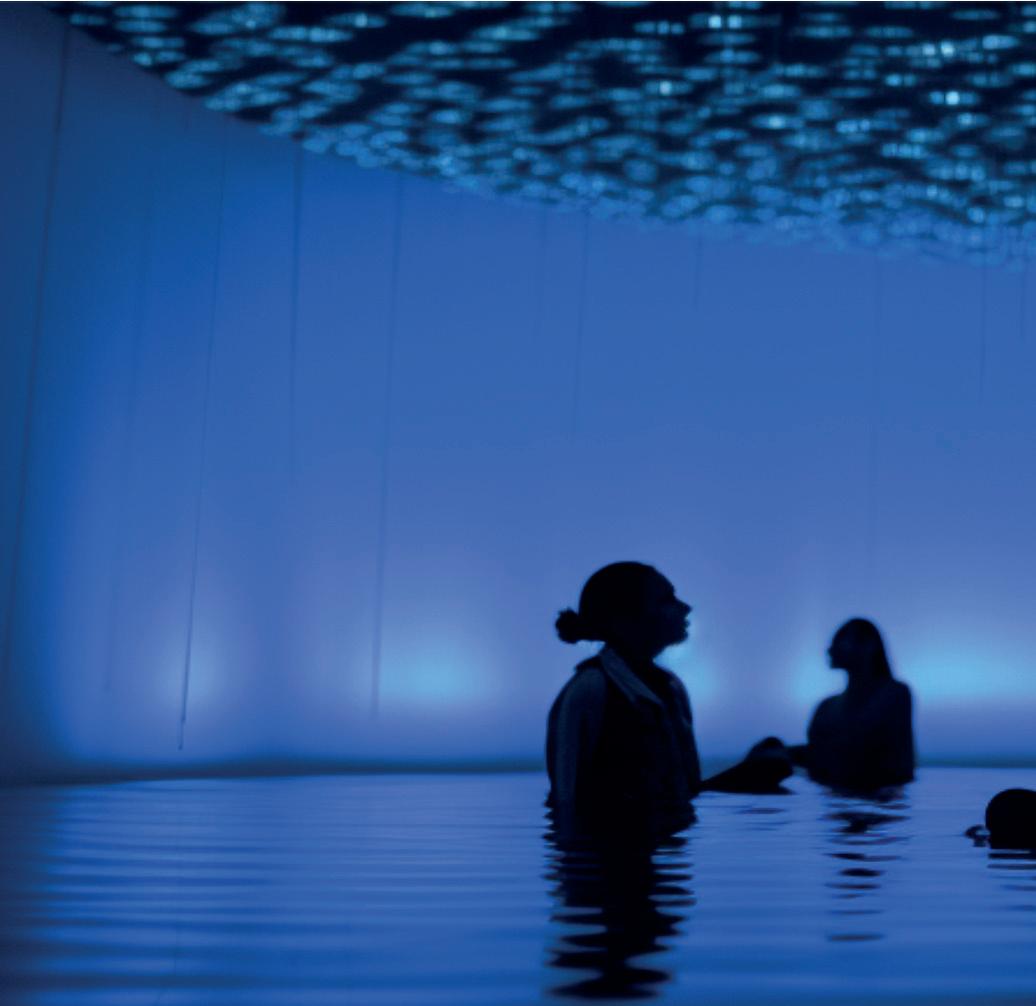

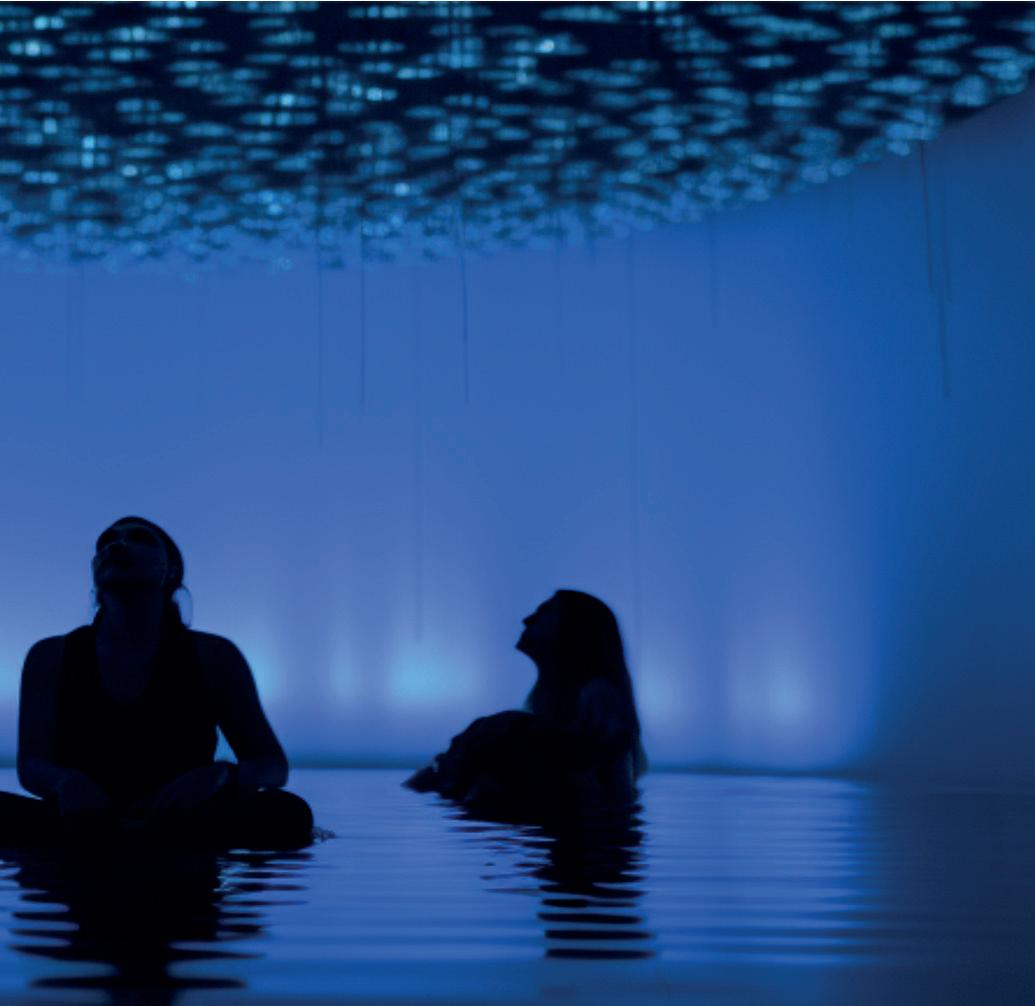

Every detail will be meticulously and scientifically developed
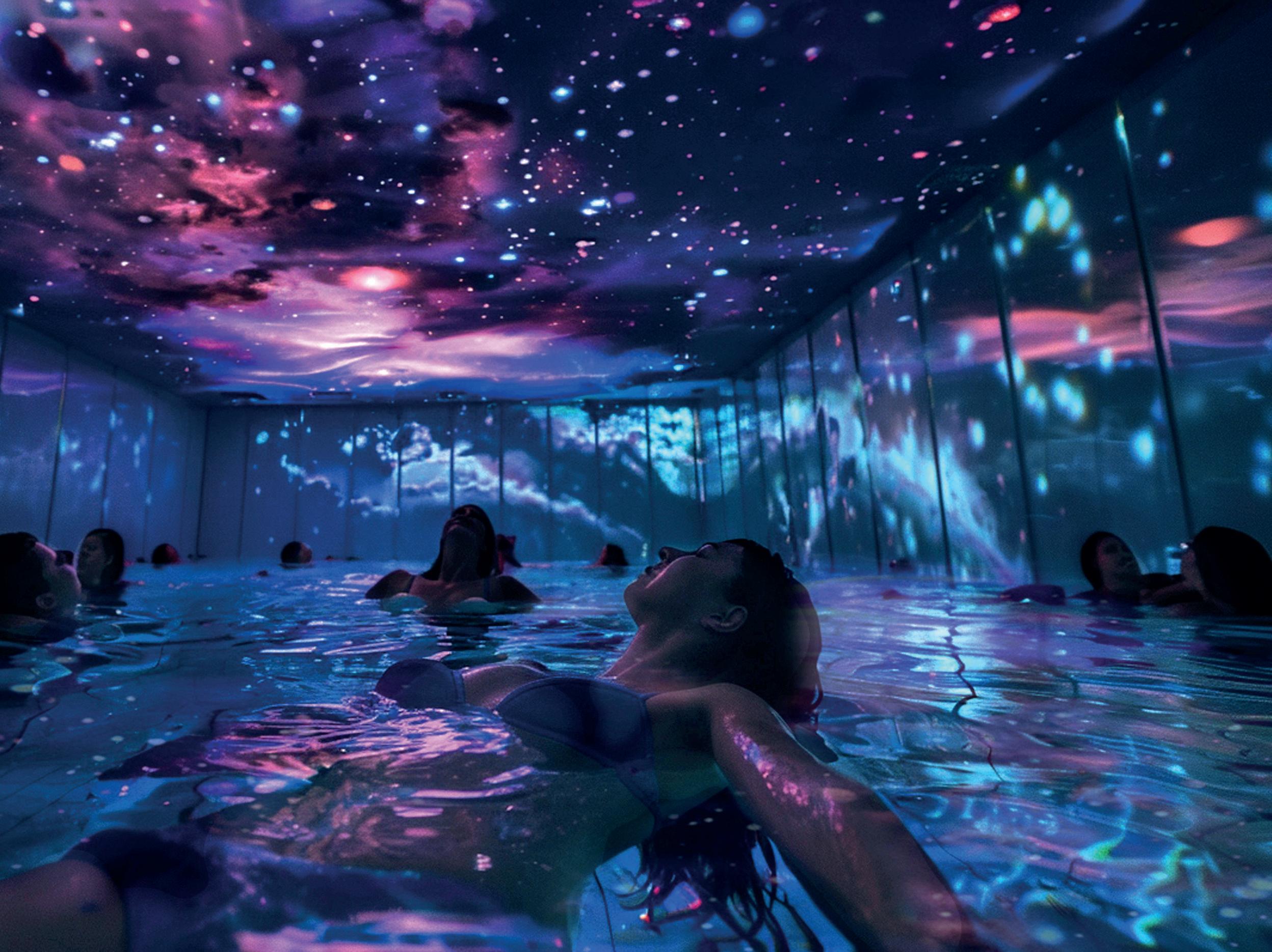
journey and every aspect, from the varying pool temperatures, intensity of steam and sauna to lighting, sound and visuals, has been intentionally designed to get people feeling a certain way. “It’s essentially a massive state-change machine,” he says. “An art creation that you can literally submerge yourself into and that heals you.”
The first phase of development is scheduled for completion in 2026. After proof of concept, Brinkerhoff plans to double the size of the facility in 2028, adding more immersive environments and other amenities.
Initially, Submersive will be able to accommodate 80 people at a time, with capacity going up to 180 once fully complete. There will be a timed entry and a choice of three-hour, five-hour or full-day experiences. Price points, says Brinkerhoff, will start at US$60 (€55, £47) and the average ticket cost will sit at US$88 (€81, £69). The goal is to attract up to 200,000 visitors a year.
Our goal is to amass the world’s deepest understanding of how multisensory experiences affect us on a physiological level
When it first opens, guests will get to choose their route around the bathhouse depending on how they feel or want to feel. But behind the scenes, Submersive is looking to create an AI-powered questionnaire that will be used to prescribe a recommended sequence.
It’s this integration of technology, along with its scientific approach, which makes the concept stand out. Firstly, Submersive is planning to use the principles from neuroaesthetics to inform its design and it’s partnering with the International Arts + Mind Lab at Johns Hopkins University for
expert guidance. Neuroaesthetics is a field which studies how aesthetic elements, particularly visual arts, positively impact the brain. Biophilic architecture is one well-known area that Brinkerhoff and his team will be tapping into, but they’ll also consider how different images and the way they’re displayed play into the brain’s reward system. Secondly – and possibly the most innovative aspect of its whole proposition – Submersive’s environments will actually be experiments in themselves. “Our goal is to amass the world’s deepest understanding of how multisensory experiences affect us on a

It’s essentially a massive state-change machine. An art creation that you can literally submerge yourself into and that heals you
physiological level,” says Brinkerhoff. Spearheaded by lead scientific advisor Beau Lotto, Submersive will periodically test the impact of its rooms on volunteers using wearables such as mobile EEG headsets and heart rate sensors. These findings will give valuable biofeedback data that Submersive will then integrate into its audiovisual systems and the design process as development continues.
“Each environment is designed to get you into a different state so there’s an inherent hypothesis we’re testing to see how the efficacy of that room compares with our intended outcome,” explains Brinkerhoff. “Then we’re also studying how all of these rooms affect you and how different sequences moving through them can affect you.”
He adds: “We could just create the world’s coolest bathhouse and make it really interesting, but the science uncovers a deep understanding of how these elements affect us and with that comes the ability to offer profoundly impactful experiences.”
Spa Business first predicted how elements used in visitor attractions – such as immersive environments, virtual and augmented reality and haptic technology – had the potential to create amazing spa experiences in 2015 (www.spabusiness.com/foresight2015). And last year it highlighted the growing momentum in this area (www.spabusiness.com/foresight2023). Brinkerhoff agrees: “It definitely
feels like it’s swelling up and I think we’ll see a lot more people bringing together immersive and wellness experiences in the future.”
He shares that Submersive’s roadmap is to have 12 properties globally within the next 10 years. “We plan to start working on our second location soon after opening the first and have ambitions to grow quickly,” he says, stating that beyond the US, western Europe and Japan will be a priority.
“Underneath it all, this is about creating spaces that show us an elevated way of being, that illuminates a part of ourselves,” he concludes.
“We want to bring that to as many people as possible. There’s so much power in having an experience that shows you what’s possible.” l





The most beautiful way to gently cool down.






We’re thinking about wellbeing from the ground up … it’s not about creating a spa just because we need to have a spa
Alla Sokolova, head of wellness, Nobis Hospitality Group

At the Hotel J in Stockholm, a new initiative has seen an atmospheric, turn-of-thecentury villa onsite turned into a venue for cultural activities, with chamber music and other classical concerts for residents and guests alike –all with a focus on their health benefits.
Weekend retreats, like a Spring Awakening, hosted in collaboration with wellness practitioner Sophie Benge, combine wild herb foraging, meditation, treatments and cold-water bathing in the archipelago, to create a transformative experience.
These are all part of a series of programmes created by Alla Sokolova, who last year took on a new head of wellness role with Hotel J’s parent company, Nobis. Her brief is to bring more guests to the family-owned, contemporary group which owns nine hotels in Stockholm, Sweden and additional locations in Copenhagen, Denmark and Palma, Mallorca.
Sokolova – who herself is a cultural mix of Swedish, Russian and Latvian – grew up in Sweden, but had spent the past 16 years in Latvia, where she co-founded the Balans International Wellness Centre. She also co-authored a book with Benge delving into the healing traditions of central and eastern Europe (see www. spabusiness.com/healingsources).
With a deep understanding of the importance of Nordic heritage and connections with nature, Sokolova began her mission of positioning Hotel J as more of a destination. The property is set on an archipelago on the city

An atmospheric villa has been turned into a venue for cultural activities – all with a focus on their health benefits




outskirts and Sokolova uses the water, woods and seasons to her advantage to create numerous alfresco experiences.
Regular forest bathing sessions, as well as meditation and foraging outings, for example, are offered by herbalist and author Lisen Sundgren. The 2 to 3-hour experiences involve a deliberately slow walk in the trees where guests are guided in different exercises to engage their senses, then end with a ‘fika’, or tea ceremony, using locally foraged herbs.
“We’re thinking about wellbeing from the ground up,” says Sokolova, adding that there’s an emphasis on that elusive idea of happiness since Sweden is consistently placed in the Top 10 happiest countries. “It’s about creating experiences that will
make our guests and ourselves feel better – it’s not about creating a spa just because we need to have a spa.”
To this end, Sokolova is also introducing wellness to business guests as the hotel has always been a popular setting for conferences. Breathwork has been the most popular add-on for this audience so far, but other optional extras include sauna rituals, yoga, mindfulness sessions and forest bathing – helping to create a sense of unity among team members and reduce stress and fatigue. “We’re bringing more health and wellness into conference rooms,” she explains. “We work with all kinds of companies and groups to develop mindfulness, to inspire and to help people see new perspectives.”
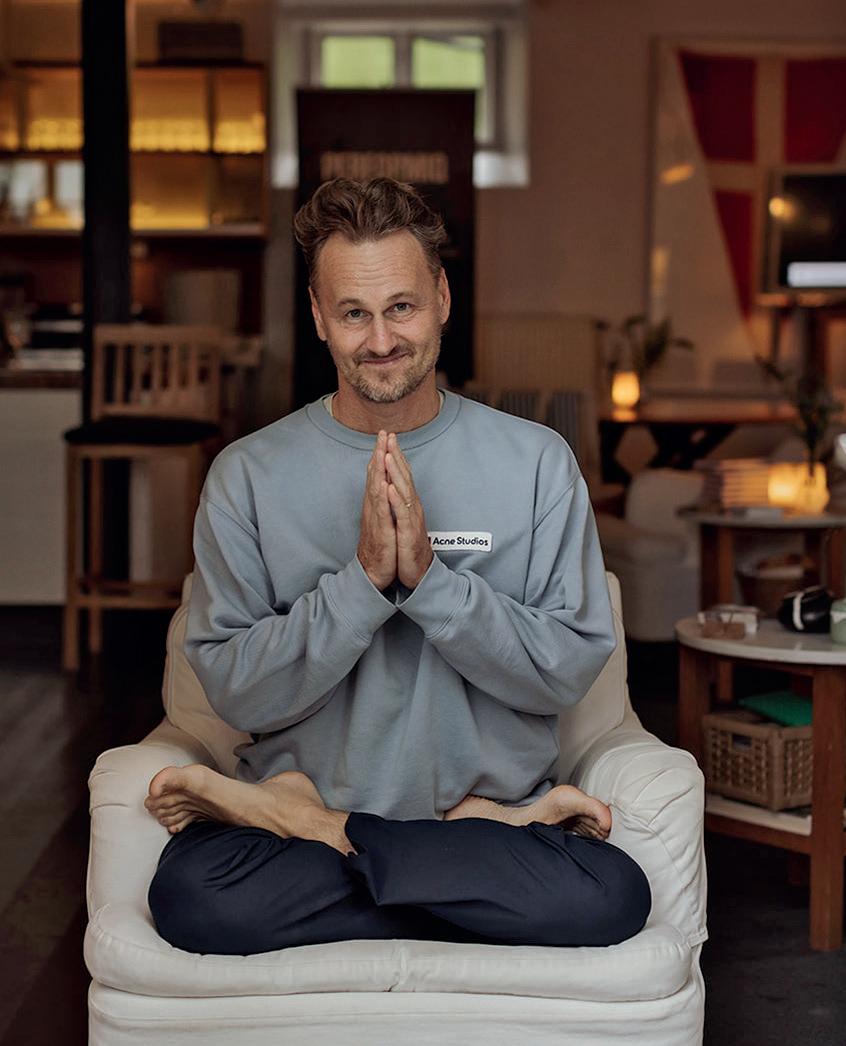
All of the programmes at Hotel J “have a very strong alignment with a sense of place and community and a real Swedish flair” says Sokolova, to help entice more locals.
The classical music concerts have had great feedback and attract up to 150 people each time – many from the capital which is only a short boat journey away. While pop-up programming by local wellness specialists, including sauna rituals and holistic pilates, keeps the offer fresh and interesting.
And on Saturday mornings, Hotel J hosts a breathwork and guided cold bathing session in the often icy waters of the archipelago – something that grounds guests in the location and offers a dramatic connection to nature, as they are quite literally immersed in the landscape. Sokolova has partnered with local company MindDate, whose coaches first teach the science and essentials of breathwork, then invite guests to use the powerful practice in a controlled cold exposure in the water. So far, more than 800 people
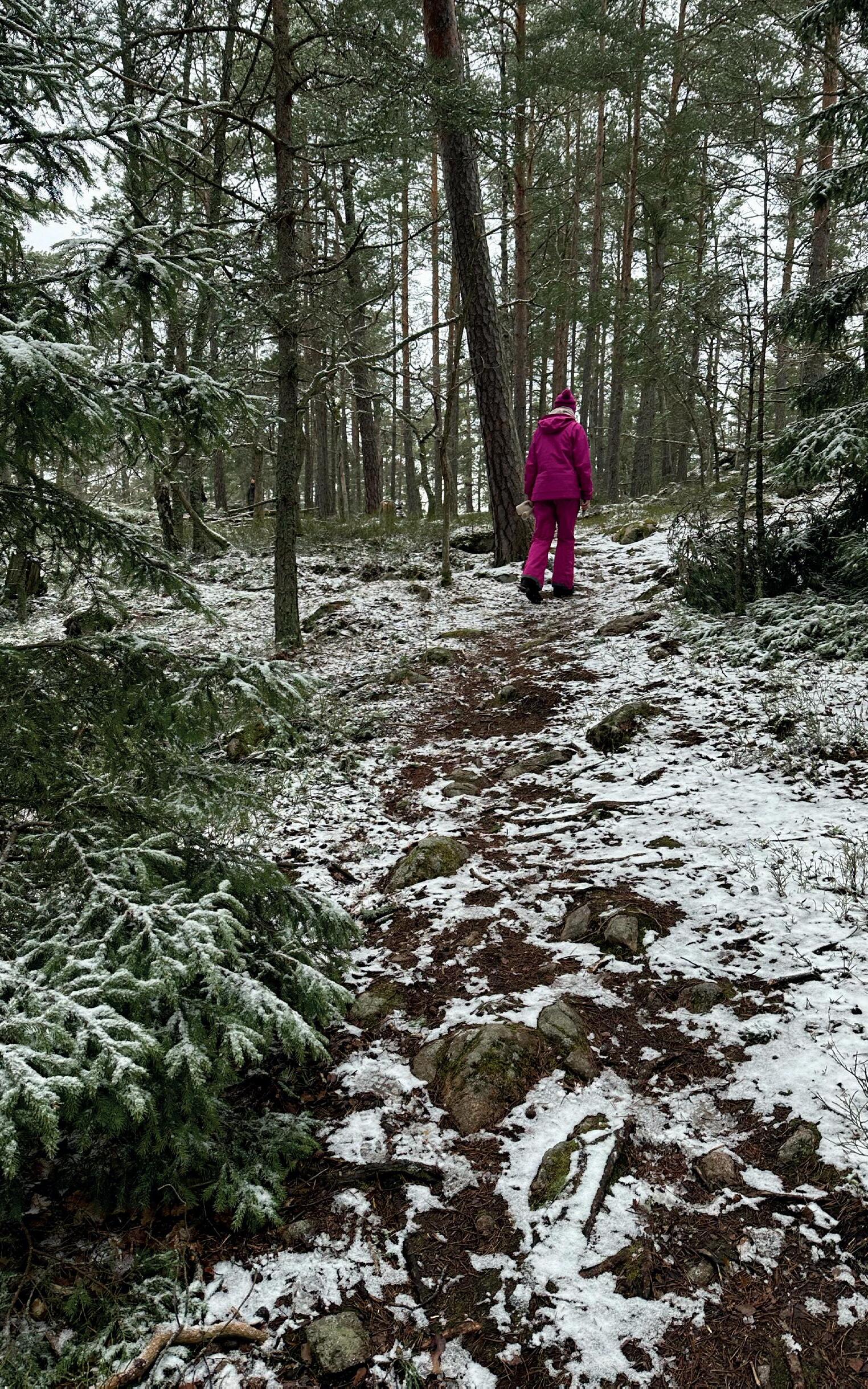
We’re bringing more health and wellness into conference rooms … to help people see new perspectives
have attended these sessions since they started offering them last summer. However bringing wellness to all the Nobis properties will not look the same across the portfolio, as each of the nine hotels has its own identity; several are urban boutique hotels, and the
company also has locations in Denmark and Mallorca. “Wellness will mean different things to every property,” says Sokolova. “We want to create an individual feeling for every brand and adapt to the location. It’s about meeting the guests where they are.” l
Representing the next generation of hosted buyer events, connecting global wellness suppliers with buyers from luxury resorts and spas through scheduled one-on-one meetings, networking activities, community, and purpose.
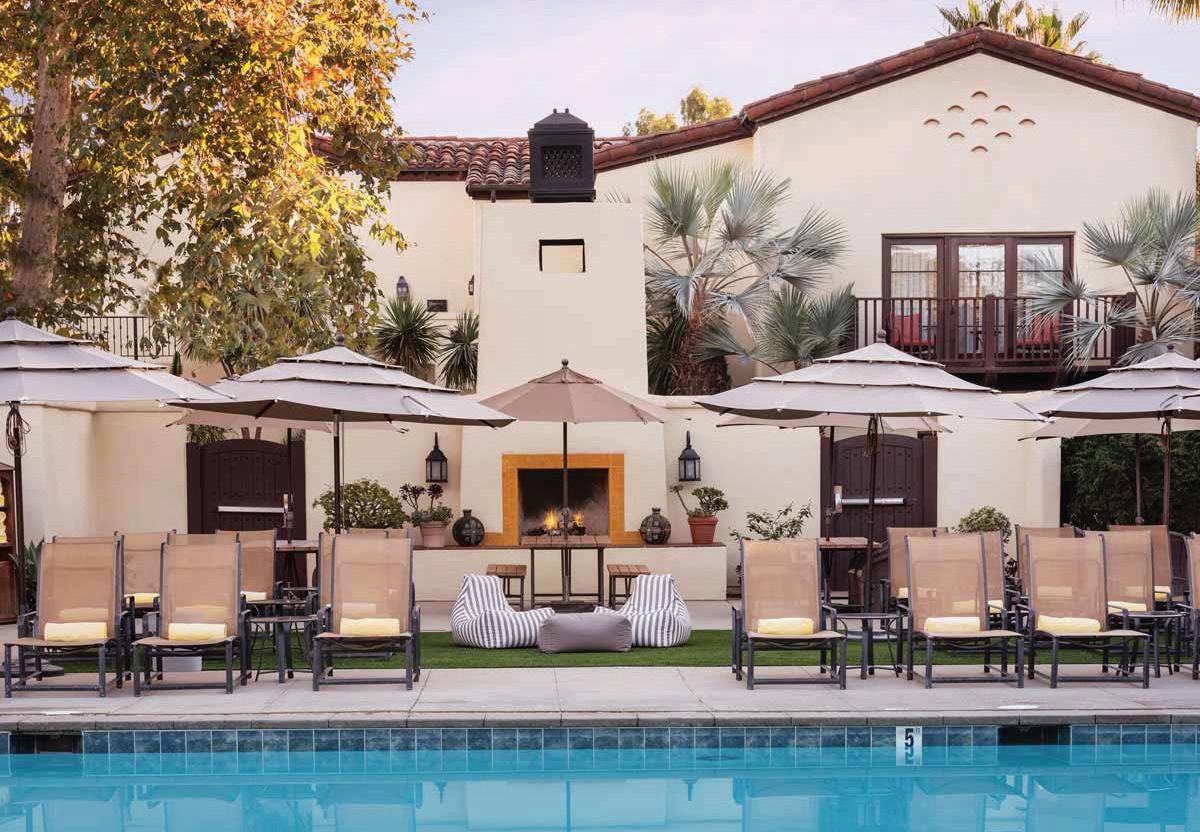

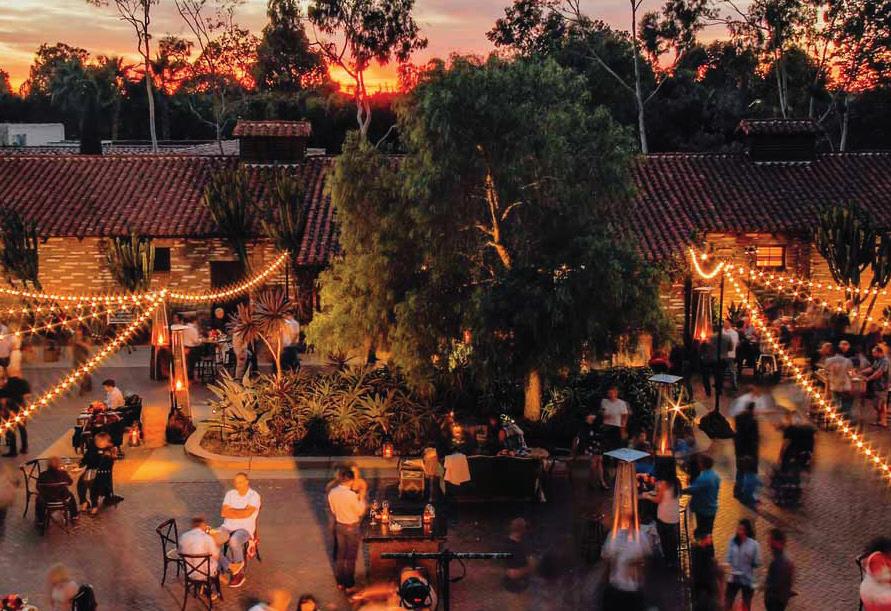


W3Spa North America, November 3-6, 2024
Nestled in the heart of Southern California, Estancia La Jolla Resort & Spa with stunning Mediterranean-inspired architecture and lush landscapes is the ideal setting for business and wellness.
Contact Our Team Today!
info@weworkwellevents.com www.weworkwellevents.com
Minor Hotels CEO Dillip Rajakarier has unveiled plans to introduce a medi-wellness concept to the group’s Anantara Hotels, Resorts and Spas brand, with ambitions to expand the concept to additional resorts in future.
The group is preparing to launch the flagship facility – named Layan Life by Anantara – at the existing Anantara Layan Phuket Resort in Q3 this year. Spanning 1,767sq m, the space will integrate modern medical technologies with Thai healing traditions.
The destination will offer programmes lasting from three to 10 days, focusing on weight management, stress reduction, fitness and anti-ageing treatments.
Speaking exclusively to Spa Business, Rajakarier outlined the group’s strategy to roll the concept

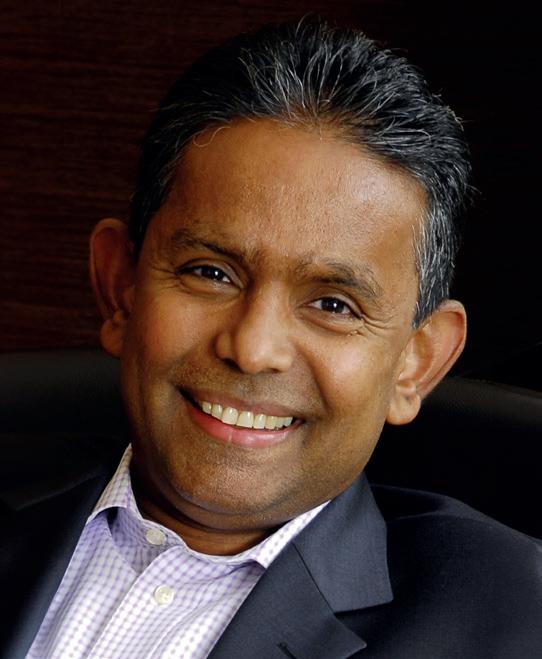
out into other Anantara resorts, stating that while all outposts will prioritise medi-wellness, each destination will have a distinct offering inspired by the healing customs of their specific regions.
Additional locations are yet to be disclosed but Rajakarier said that the Thai property will serve as a blueprint for future destinations.
More: http://lei.sr/8f3J7_B
Wellness industry figure Deepak Chopra is co-developing a community and resort focused on wellbeing and longevity in Utah’s Heber Valley, centred around natural geothermal springs.
Named Ameyalli – an Aztec term meaning “a place where the
healing water flows” – the project is a collaboration between Chopra, the Chopra Foundation and developer and managing partner Charles Heath.
Ameyalli is set to feature a hotel with 80 bedrooms, 24 residences and a wellbeing centre with more than 50,000sq ft (4,645sq m) of amenities,
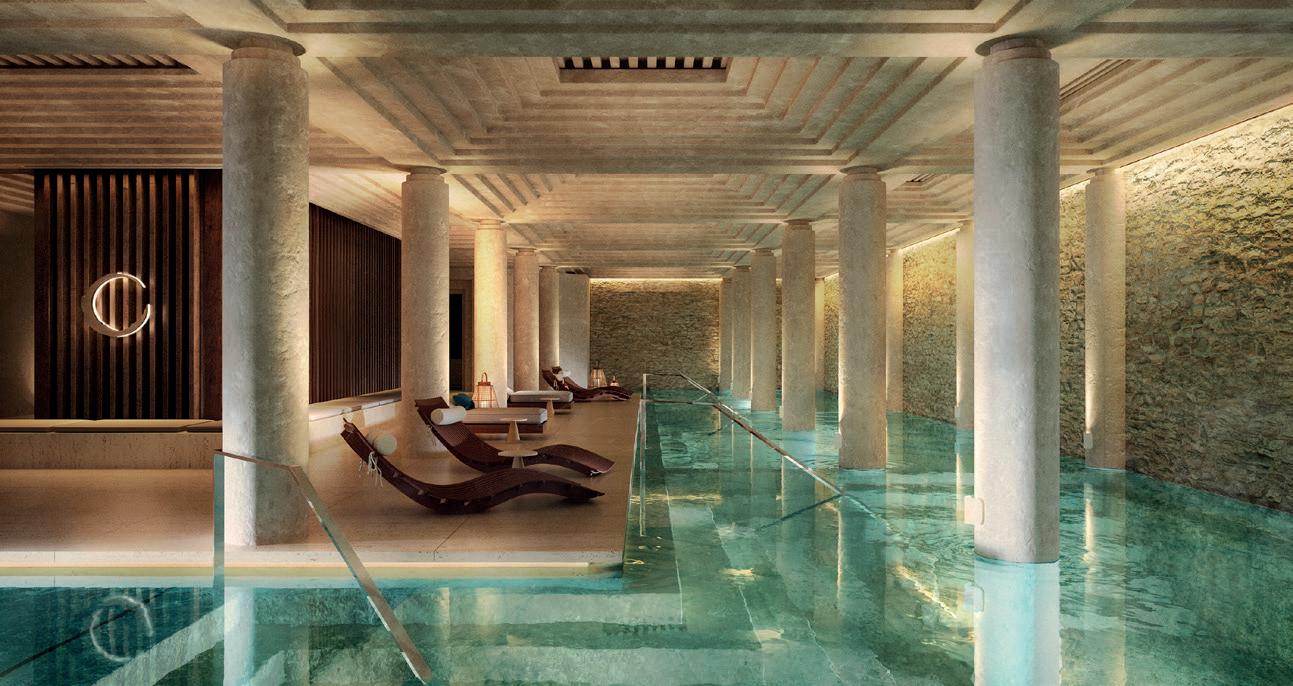
including a subterranean mineral pool. In addition to this, guests will have access to a geothermal water circuit, an outdoor sauna, sunken lounges and a raw-edge water sanctum that blends with its surroundings.
Fitness amenities will include a yoga and Pilates studio, a movement lawn, pickleball courts, functional fitness spaces and recovery sanctuaries.
Overlooked by Mount Timpanogos, Ameyalli will also boast walking paths, a geological preserve and a biodiverse garden.
Programming on offer will align with Chopra’s teachings and his Seven Pillars of Wellbeing.
“The real point of difference for our development is that it’s a perfect union of awe-inspiring nature, architectural ingenuity and lifealtering programmes,” says Heath.
More: http://lei.sr/C4z7P_B
Evian Spa, the licensed spa and wellness offering inspired by the mineral water brand, has arrived in Doha, marking its inaugural Middle Eastern site and fifth location worldwide.
The 1,800sq m facility has been unveiled at the Bentley Luxury Hotel and Suites in West Bay. Housing five treatment rooms, it draws inspiration from the beauty of nature’s water cycle. Its healing approach focuses on enhancing wellness through water-based experiences and a range of exclusive treatments.
Features include an aqua space equipped with a steamroom, a salt room, a snow room, an affusion shower and a Kneipp foot massage area. Guests can also access a plunge pool, two hydro pools, a sauna, an aqua bar and a retail area.
Patrick Saussay, of GPSA Consulting and development manager for Evian Spa, shaped the vision for the new facility.
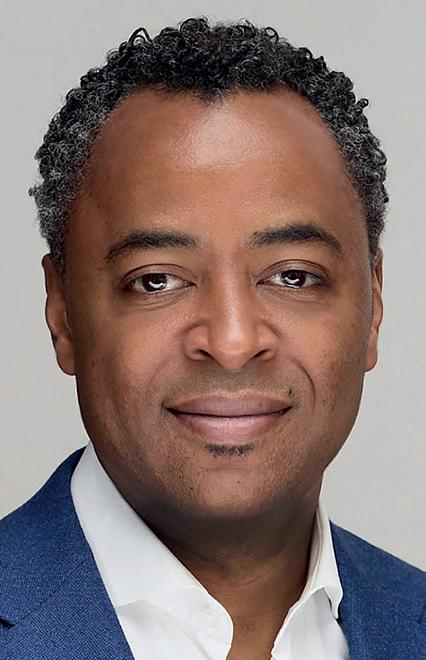
Introduced in Japan in 2012, the Evian Spa concept has been rolled out to five destinations, including Tokyo, Hanoi, Seoul, Evian-Les-Bains and now Doha.
To find out more about how the licensed concept was originally developed, visit www. spabusiness.com/laurenthouel.
More: http://lei.sr/s8c5C_B
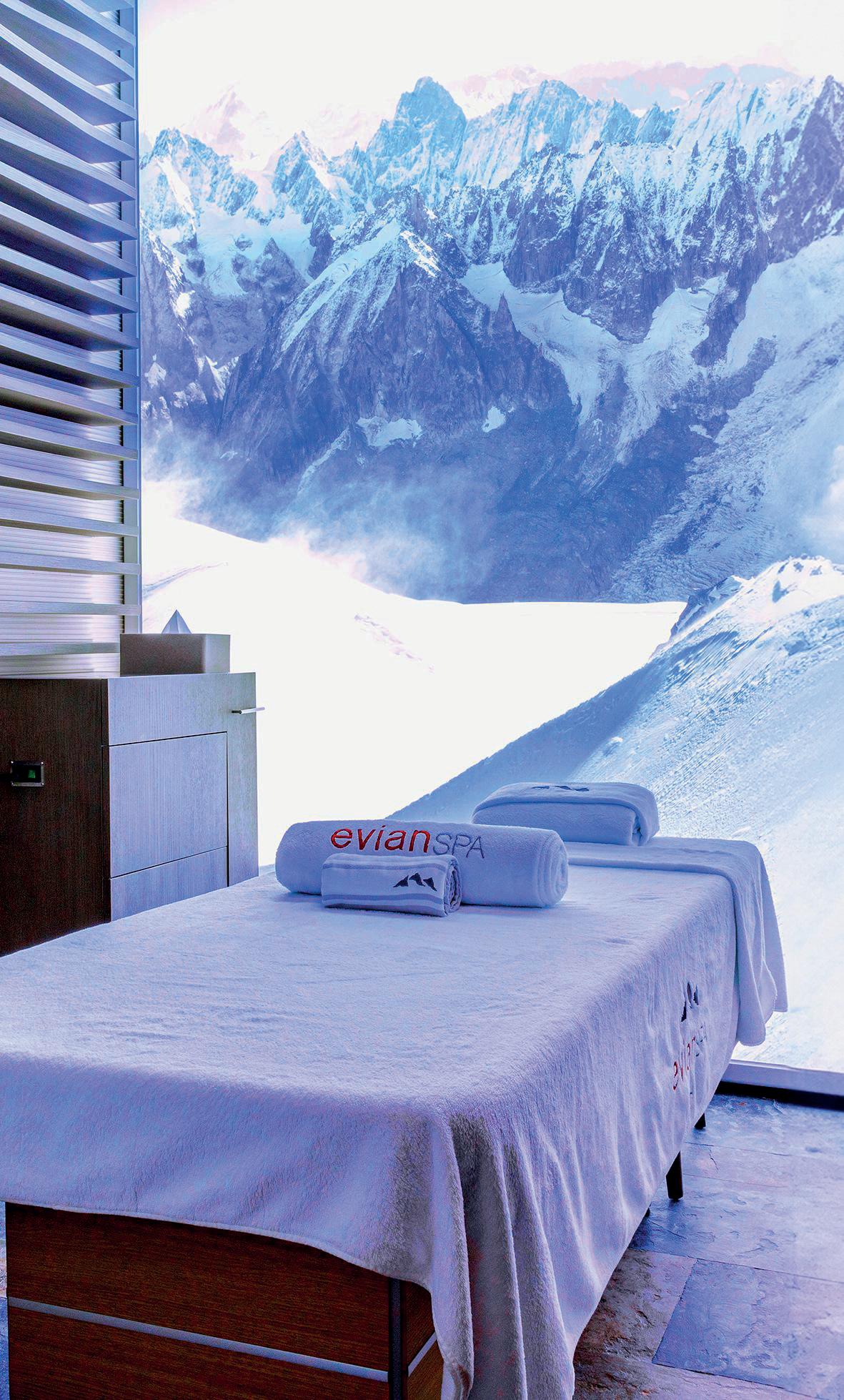
World leaders from Canada, France, Germany, Italy, Japan, the UK and the US recently convened for the G7 Summit at Italian destination spa resort Borgo Egnazia in Puglia.
Hosted by Italian prime minister Giorgia Meloni from 13 to 15 June, the event saw leaders gather to discuss some of the world’s most urgent issues.
Key sessions focused on climate change and development; the conflicts in the Middle East and Ukraine; migration; artificial intelligence (AI) and energy in Africa and the Mediterranean. Plus, for the first-time in the summit’s history, the Pope attended and hosted a talk focused on AI.
The privately-owned Borgo Egnazia resort places major emphasis on wellness and is home to the award-winning 1,800sq m Vair Spa.
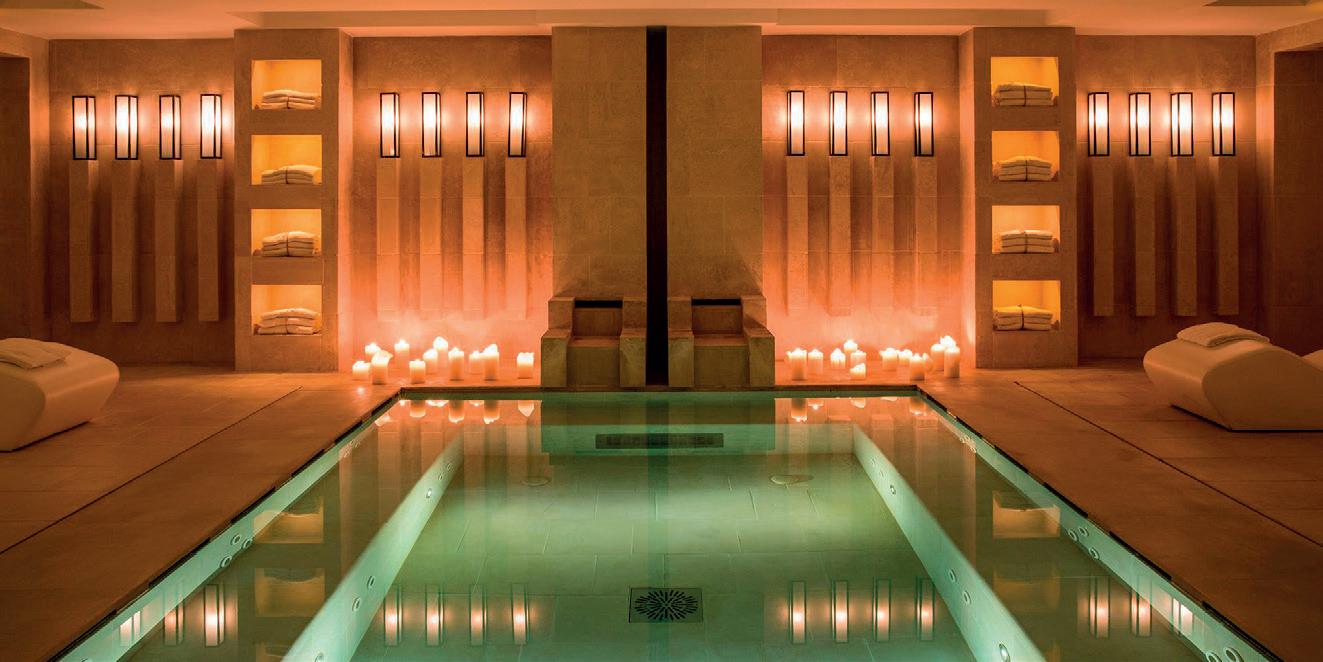
With a mission to maximise every guests’ sense of happiness, the spa offers treatments aimed at alleviating emotional and physical tension, including laughter therapy, along with a variety of spa rituals inspired by the Puglian region.
Wellness amenities include an authentic Roman bathing journey, a wet area with a range of thermal and hydrotherapy experiences, as well as a nail lab, a gym and a heated indoor pool.
More: http://lei.sr/K5v2n_B
24-26 September 2024
SpaChina Summit
The Ritz-Carlton, Nanjing, China
Figures interested in one of the biggest spa and wellness markets in Asia gather for this two-day summit hosted by SpaChina magazine, which also includes an awards ceremony. www.spachina.com/2024
24-27 September 2024
European Spas & Balneology Congress
Druskininkai, Lithuania
This event promises a blend of congress sessions, B2B workshops and a gala. www.europeanspas.eu/congress
29 September – 1 October 2024
Spa Life Ireland
Farnham Estate Spa & Golf Resort, Ireland
A meetings-based gathering that offer business development and networking opportunities to help attendees build their contacts and grow their companies. www.spa-life.international/ireland/
30 September – 2 October 2024
Future Hospitality Summit
Madinat Jumeirah, Dubai, UAE
Global hospitality investment decision-makers gather to connect, exchange knowledge and explore new partnerships. www.futurehospitality.com/world/
1-4 October 2024
W3 Hospitality EMEA
Chia Laguna Resort, Sardinia, Italy
Hospitality stakeholders and suppliers in Europe, the Middle East and Africa, gather for this hosted buyer event. www.w3hospitality.com
Paul Hawco, a seasoned figure in the international wellness industry, has assumed the role of executive director –integrated wellbeing at Banyan Group.
Hawco has been in the spa industry for more than 30 years, 17 of which have seen him in corporate wellness roles for esteemed brands such as Jumeirah and Rosewood. Most recently, he served as corporate director of wellness for Dusit.
In his new role, Hawco is responsible for steering Banyan’s strategic vision and execution of holistic spa and wellbeing initiatives throughout all its brands and across the guest journey.
Formerly known as Banyan Tree Group, the company underwent a rebranding in January and unveiled
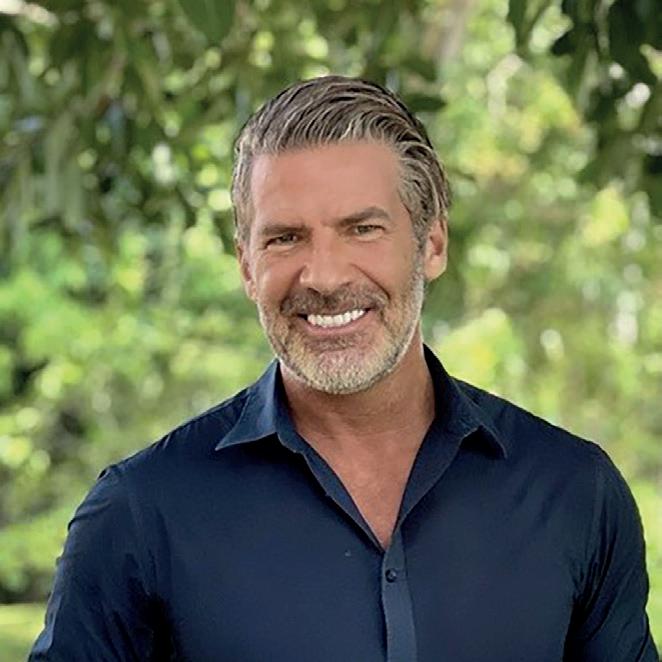
plans to open an additional 19 destinations throughout 2024.
The group also recently announced work is underway on its first Caribbean property. Set to launch in 2025, the 50-key island retreat in the Bahamas will feature a luxury spa and design by Chad Oppenheim. Learn more here: www.spabusiness.com/BGBahamas.
More: http://lei.sr/h7r3d_B
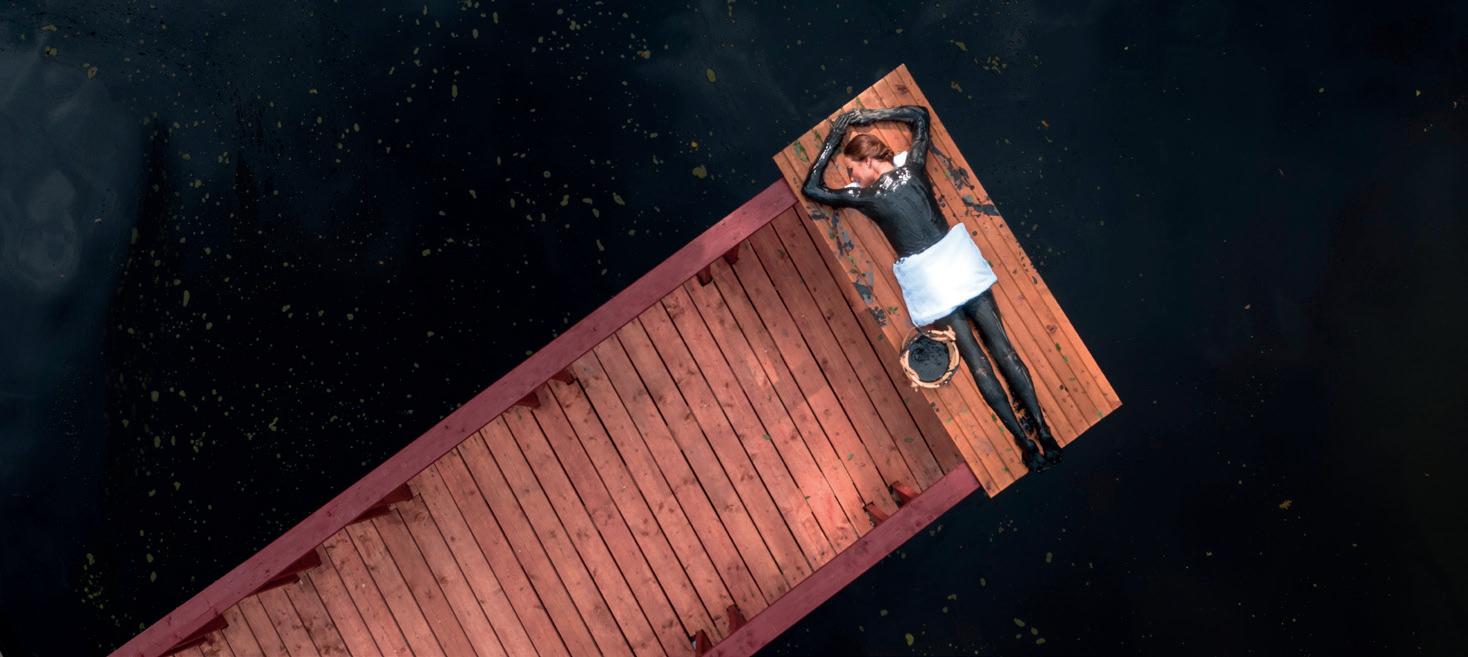
European health spa operator Ensana has welcomed Dr László Puczkó as senior health spa advisor.
Under Puczkó’s guidance, the group aims to further refine its health spa services to address contemporary health conditions while adhering to its fundamental philosophy of utilising natural resources for healing.
Puczkó brings more than 30 years of experience in health, wellness and tourism and is known in the industry for his passion for wellness tourism.
With a background in economics, sociology and health tourism
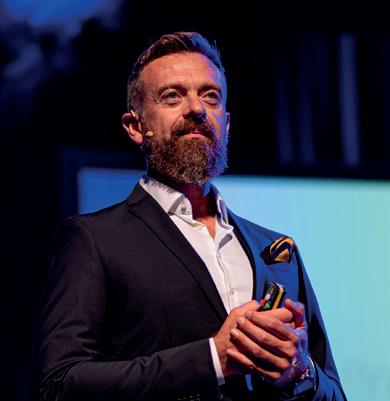
management, Puczkó has worked all over the world as a consultant, advisor, trainer and researcher.
“László’s extensive experience in health, wellbeing and travel make him an ideal leader,” explained Frank Halmos, CEO of Ensana.
“He is one of a very few select individuals in the world who has been active in every aspect of the health, wellbeing and travel spectrums.”
More: http://lei.sr/P4E3t_B










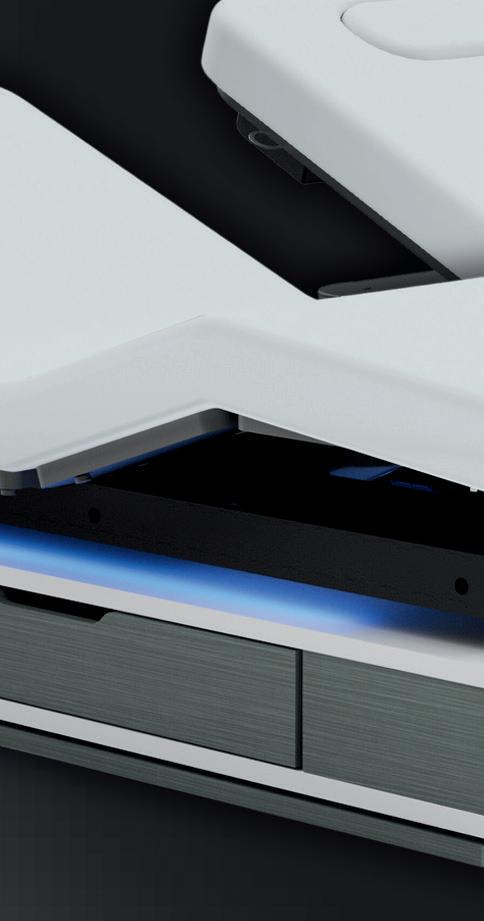







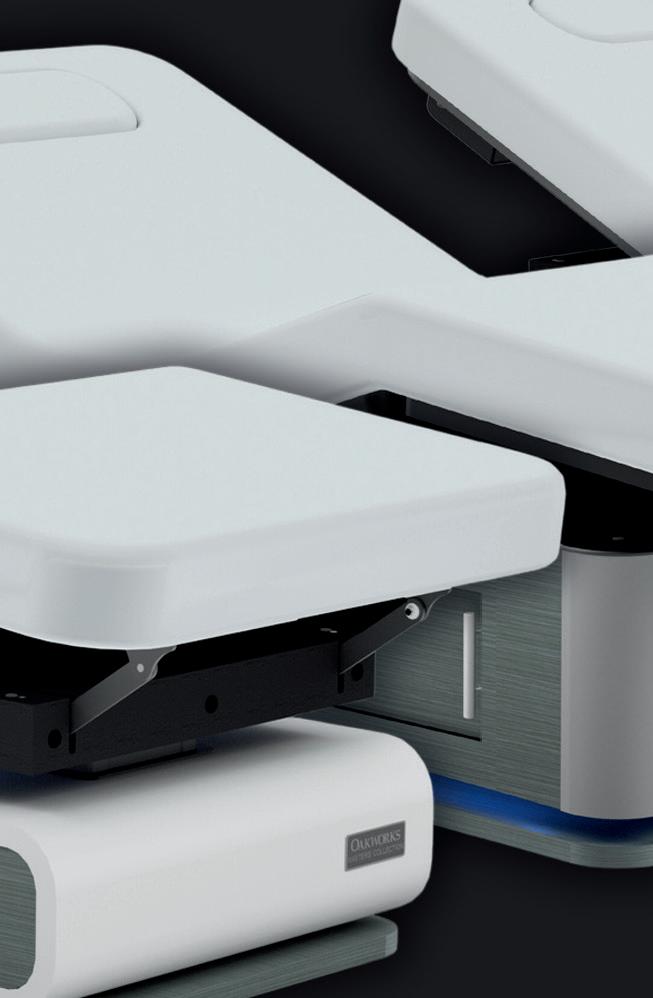

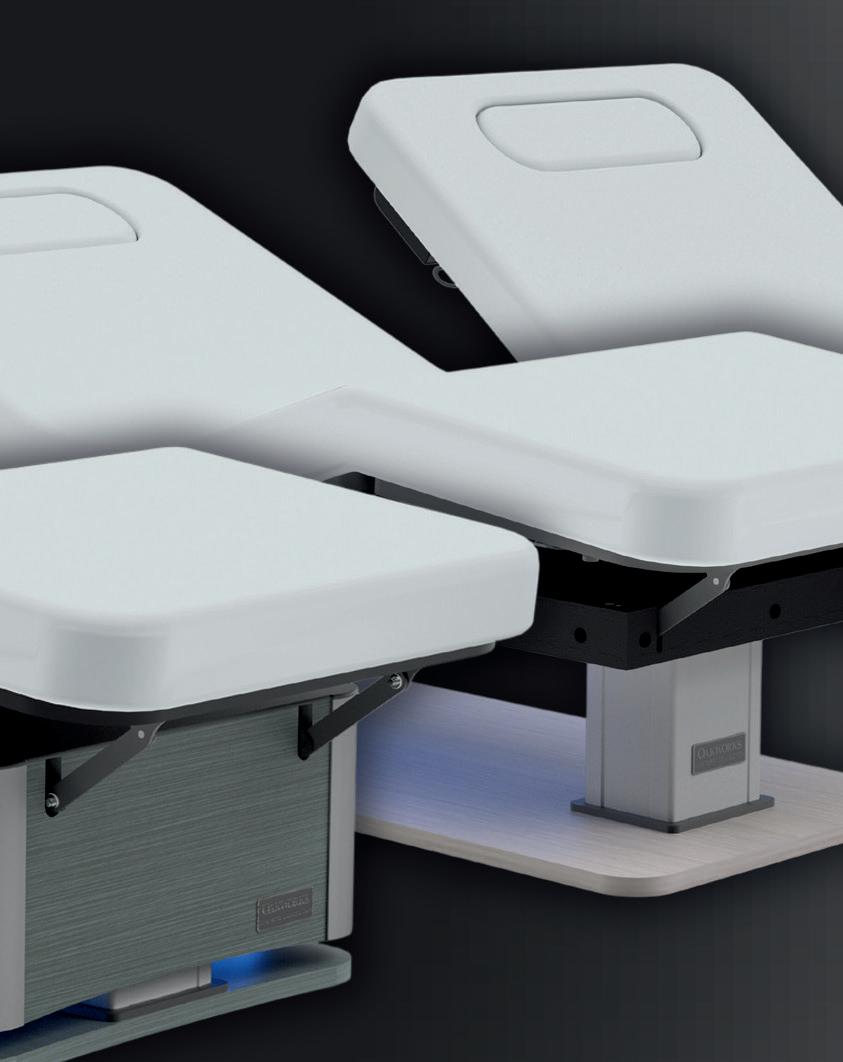





















Richard Gere headlined at the recent wellness real estate symposium in New York, where new research shows the sector is forecast to reach US$913 billion by 2028. Katie Barnes and Megan Whitby delve into the numbers
“Igrew up on a dairy farm in the mountains of Pennsylvania and while I don’t pretend to be a farmer like my dad, I’ve inherited that closeness to nature,” declared Hollywood actor Richard Gere, in his keynote speech at the recent Wellness Real Estate & Communities Symposium.
Hosted by the Global Wellness Institute (GWI) in Manhattan recently, the third edition of the event gave an overview of the global real estate sector, covering topics such as sustainability, healthy buildings and unique business models. More than 200 leaders in the field sat in anticipation of Gere’s words of wisdom.
Talking to Amy McDonald – founder of Under a Tree, Wellness Consulting – Gere revealed details about Xala, a 3,000-acre regenerative development he’s been involved with for the last 10 years. Based on the Pacific Coast of Mexico, near Puerto Vallarta, the wellness community comprises 75 villa residences and a Six Senses which is due to open in 2026.
“There’s no one on this planet who doesn’t feel their breath changing and their whole mental outlook altering when they experience untouched, beautiful places,” said Gere. “Xala is all the beauty you’ve ever dreamed about. Five miles of pure land from low mountains, through incredible jungle and dunes to pristine beach.”
The captivating star spoke about how the people behind Xala are looking to create a blueprint for the project that not only restores the environment but also includes local communities.
“The visionary idea is to include local villagers, fishermen and farmers in the process and genuinely
listen to them to understand what they want,” he said. “Not to go in as egotistical developers thinking we already know what’s good for them.”
Gere explained how, last year, the team on the project also realised that truly protecting the estuaries and land of Xala meant taking into account – and preserving – a much larger regional ecosystem. He’s now supporting Sierra A Mar (Ridge to Reef), an initiative to create a sustainable and regenerative plan for the 100km coastal stretch surrounding Xala.
“I’m 74 years old and I’ve seen beautiful places destroyed in my lifetime,” he concluded. “My job in this process is to be the conscience of Xala. It’s all about having a sense of humility and knowing you’re a small part of a bigger thing.”
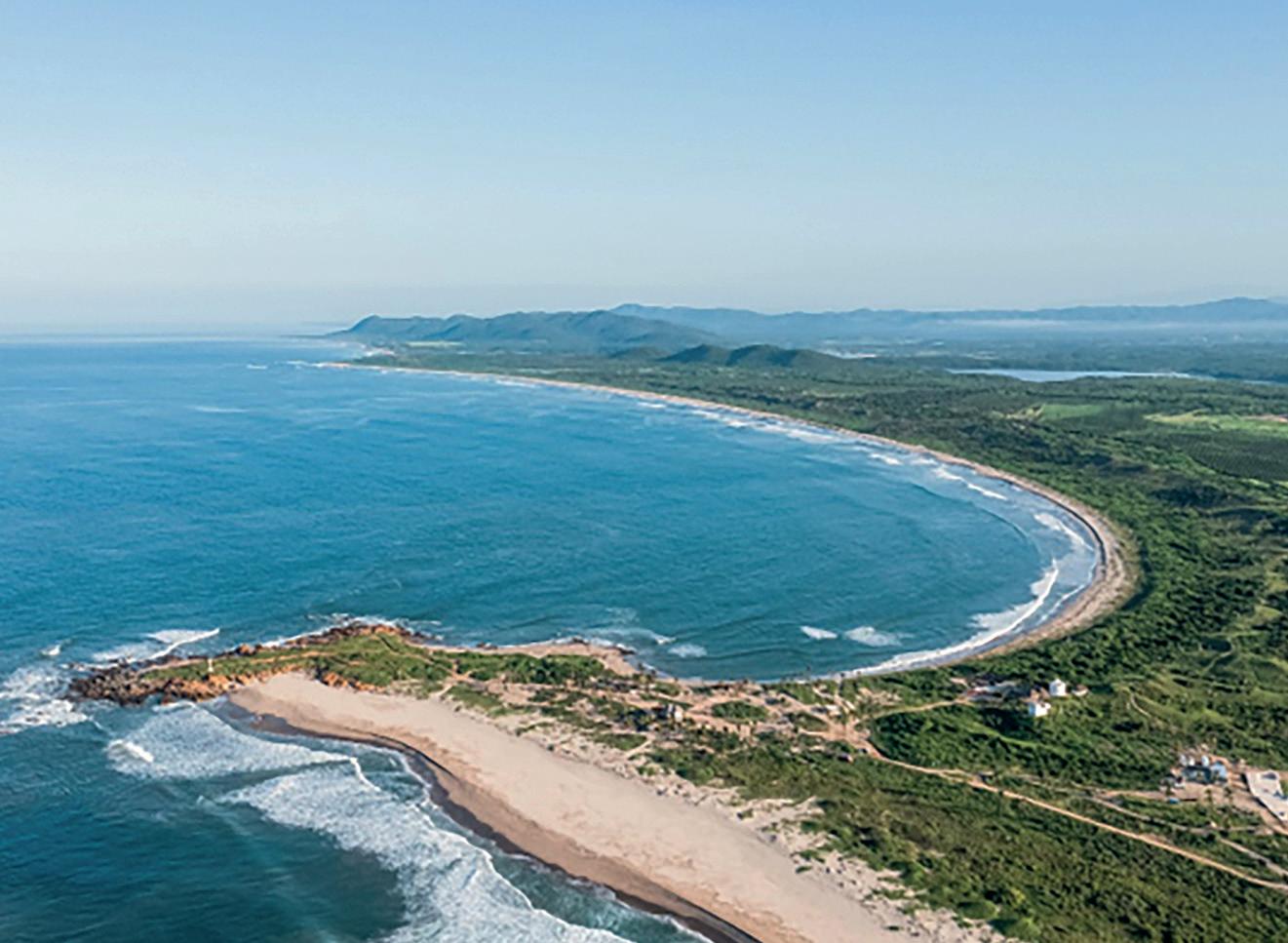
Xala, the regenerative project Gere’s involved with, is on the Mexican coastline
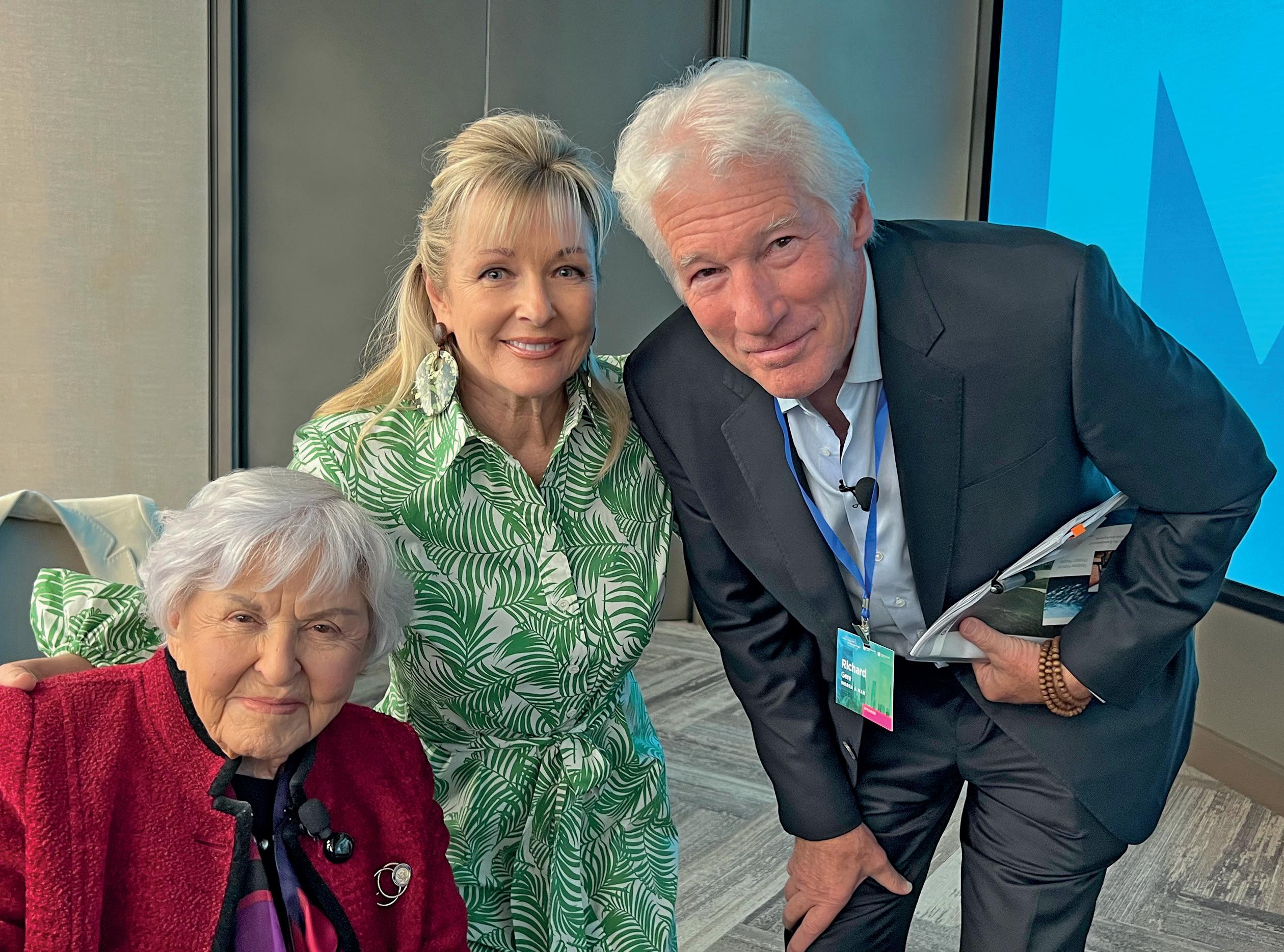
Another highlight of the symposium was the revelation that wellness real estate is by far the fastest-growing segment in the 11-sector global wellness economy.

Findings from Wellness Real Estate: Market Growth (2019-2023) and Future Developments – a new GWI research report released at the event – show wellness real estate surged in value from US$225 billion in 2019 to US$438 billion in 2023.
This represents 18.1 per cent annual growth over the past four years, which is significantly higher than the 5.1 per cent annual growth rate for the overall global construction industry.
“We’re not at all surprised by this finding,” said Katherine Johnston and Ophelia Yeung, GWI’s senior research fellows.
“More than any other wellness sector, wellness real estate embodies the multidimensionality of wellness. When done right, it has the greatest potential within the wellness economy to improve our holistic wellbeing and that of entire communities.
“As more people realise that their biggest investment – their home – is the ‘next frontier of their health’, the demand for wellness real estate will only continue to grow.”
Wellness real estate surged in value to US$438 billion in 2023

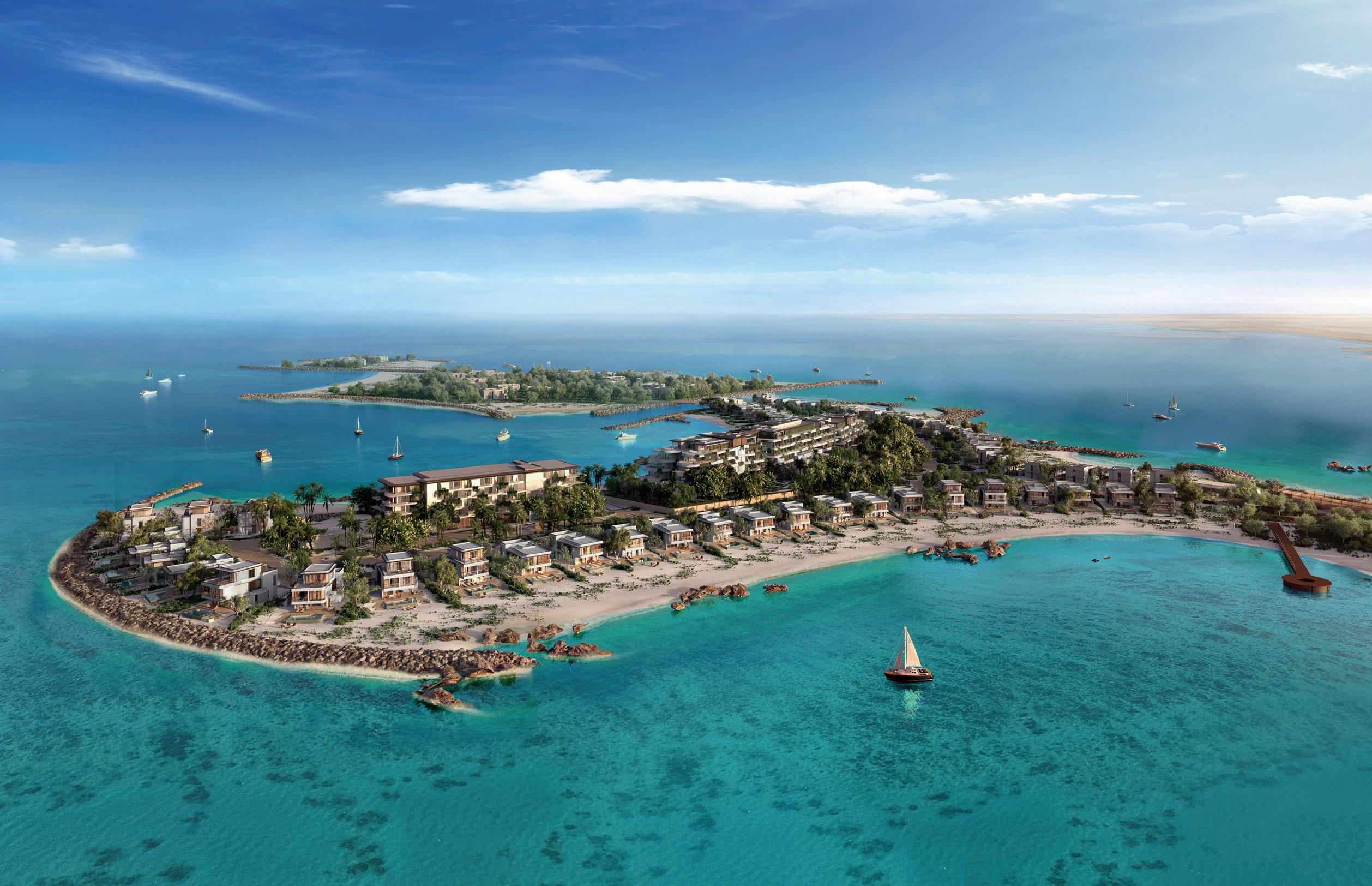
According to the GWI, the pandemic supercharged the market because it dramatically accelerated the understanding among consumers and the building industry about how much external environments impact our physical and mental health.
Now, the GWI forecasts that the sector will grow 15.8 per cent annually from 2023 to 2028, when it will approach the trillion-dollar mark (US$913 billion).
The GWI defines wellness real estate as homes and buildings that are proactively designed, built and operated to support the holistic health of their residents.
The report includes regional and country data and finds that the US (US$181 billion, 41 per cent of the global market), China (US$73 billion) and the UK (US$29 billion) remain the three biggest national markets. It also analyses the biggest drivers and opportunities – as well as the greatest challenges – for wellness real estate in the future. l
n To watch the full Wellness Real Estate & Communities Symposium from the Global Wellness Institute on demand, visit www.spabusiness.com/GWIrealestate
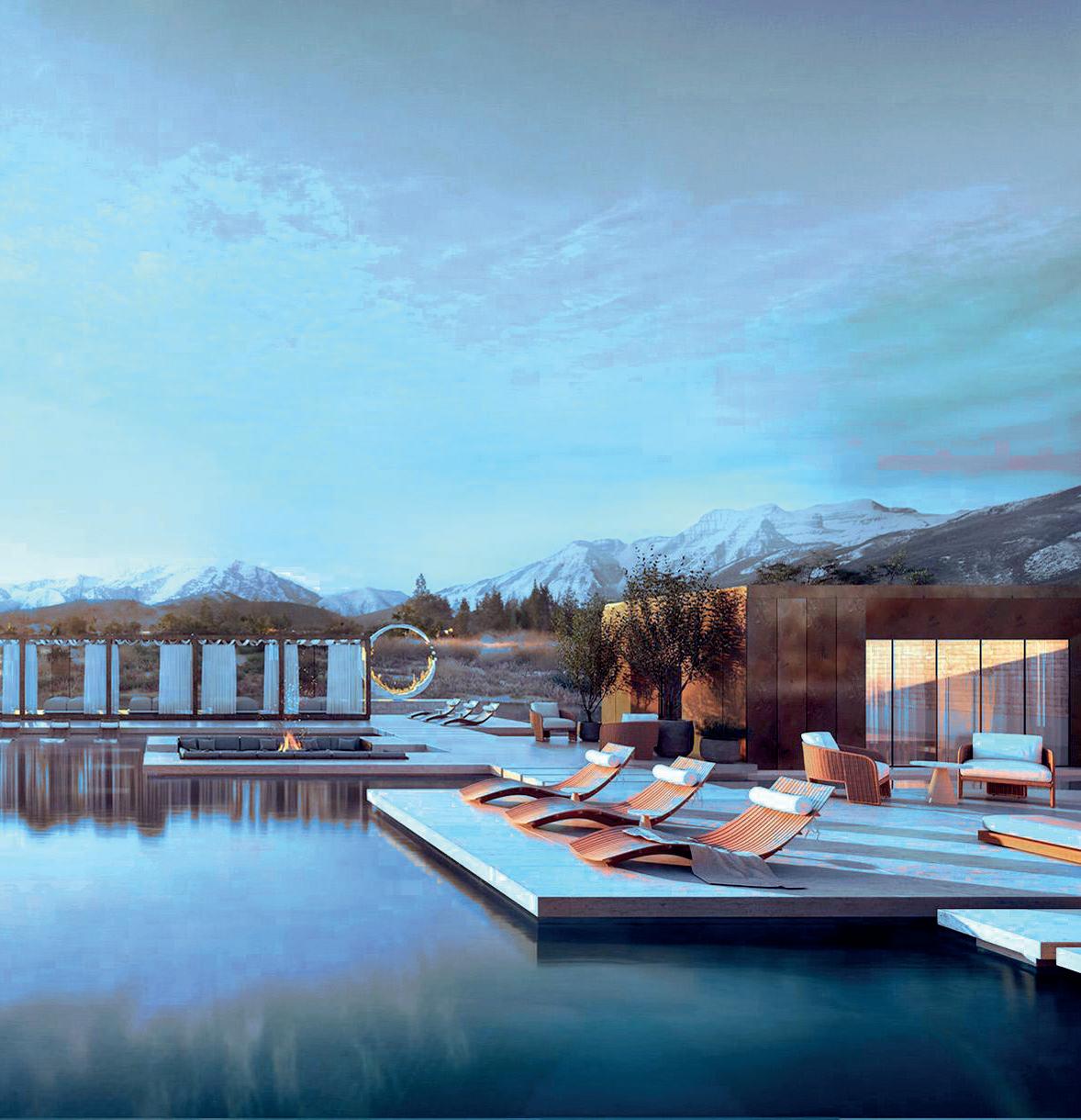

Myrtha Wellness creates, engineers and manufactures sustainable products that delight the clientele. Myrtha modular panels technology are the epitome of ‘Made in Italy’ thermal bathing wellness products - including saunas, steam rooms, vitality pools, plunge pools, ice fountains & experience showers and swimming pools. The exceptional technical team of experts at Myrtha Wellness works globally in concert with architects, designers and engineers throughout the project lifecycle to create memorable experiences, leading the latest technological trends in the hospitality sector. www.myrthawellness.com
SHA Wellness Clinic has opened its first international outpost in Mexico following 15 years of establishing its cutting-edge preventative facility in Alicante, Spain.
The brand, known for its holistic approach that blends anti-ageing and genetic medicine with natural therapies and macrobiotics, says the launch is part of a worldwide rollout plan driven by increasing consumer demands for health and wellbeing pursuits.
“We feel we’ve reached our maximum potential at SHA Spain, so we’re making our offer more accessible to a global market,” SHA vice president Alejandro Bataller told Spa Business in an exclusive interview (see www.spabusiness.com/alejandrobataller).
SHA Mexico is located in Riviera Maya in the eastern portion of the Yucatán Peninsula.
The shape of the striking building, comprising 35 residences and 100 oceanfront rooms, has been inspired by the human genome.
Designed by Mexican architectural firm, Sordo Madaleno, with interiors by Alejandro Escudero, the property blends the indoors with the outdoors with an organic, sustainable and contemporary feel.
As in Spain, wellness facilities are the core focus. SHA Mexico boasts 100 treatment rooms ranging from medical consultation areas, a spa, a hydrotherapy circuit, mind and body rooms, a fitness studio and yoga and meditation sanctuaries.
Guests can choose from four health programmes – Rebalance & Reenergize, Detox & Optimal Weight, Well-Ageing & Prevention and Leader’s Performance – ranging from four to 21 days.


Each will be curated to meet people’s needs across nine disciplines including advanced preventative diagnostics, holistic medicine, preventative and well-ageing, cognitive performance and nutrition.
Physical performance, fitness and healthy living are other features and they’ll be delivered in a high-tech Athletics Club with expansive facilities.
Bataller says releasing the vision in Mexico marks a new chapter in integrative health and wellbeing: “Our commitment to transformative health experiences and unparalleled hospitality is now extended to the heart of Mexico, inviting individuals to embark on a journey of self-discovery and optimal health.
“This is not just an inauguration; it’s a celebration of a harmonious blend of nature, science and luxury, creating a sanctuary where balance is not just achieved but embraced.”
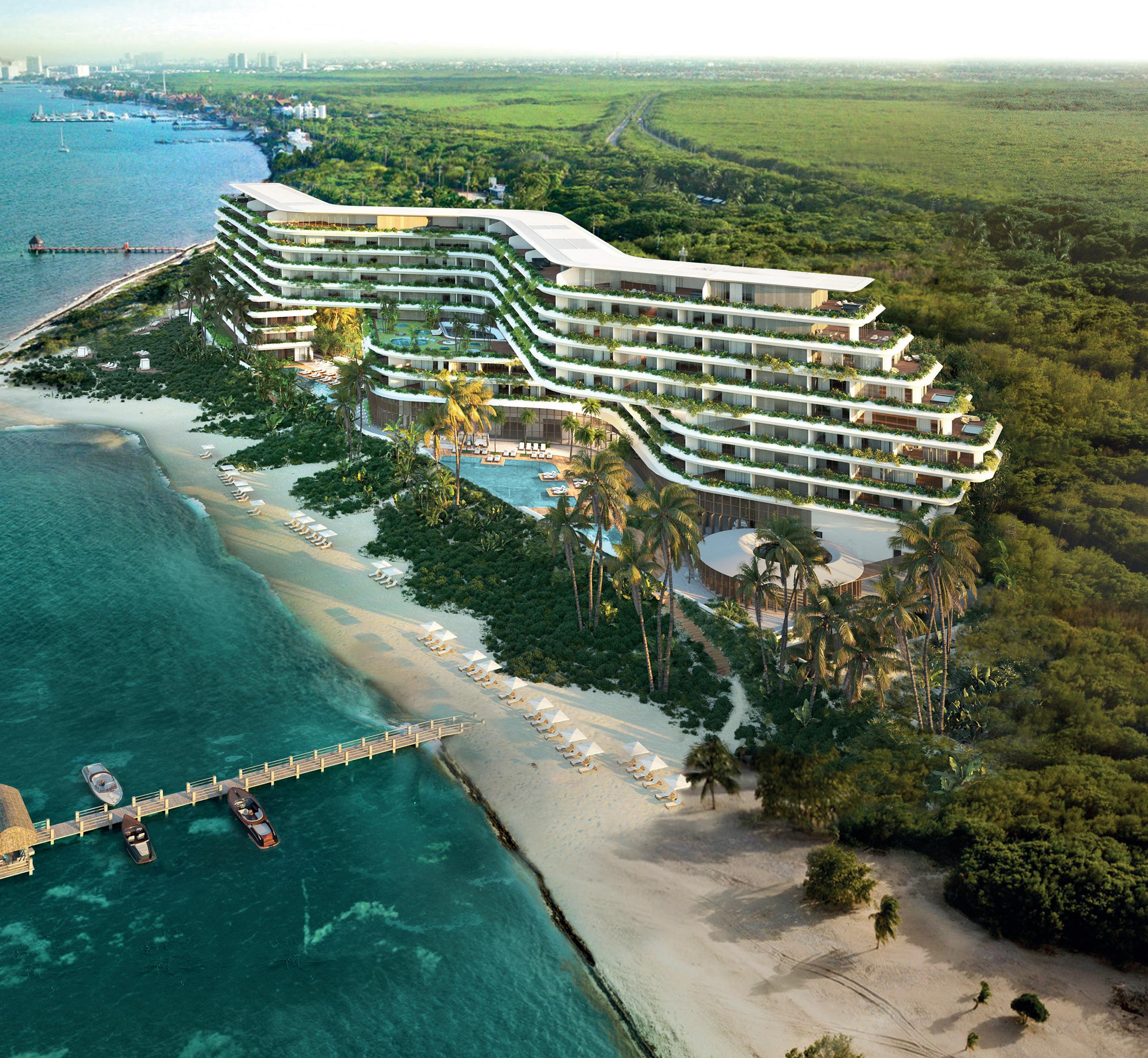


This is a sanctuary where balance is not just achieved but embraced

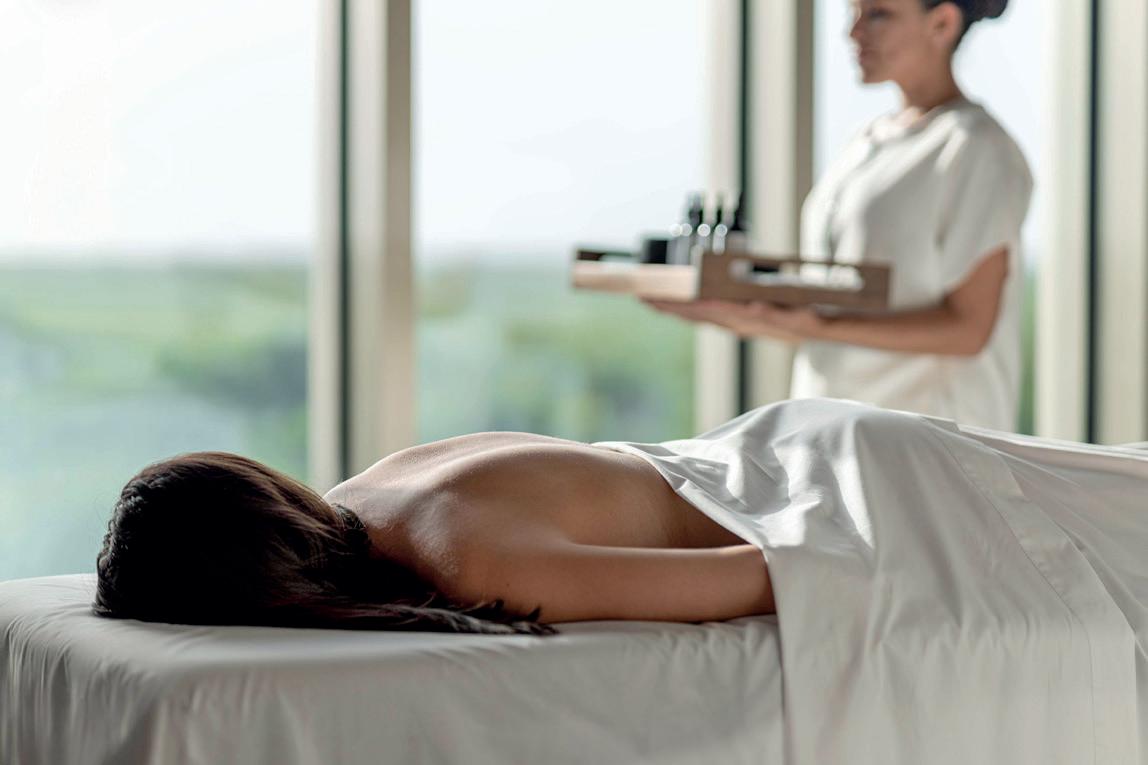

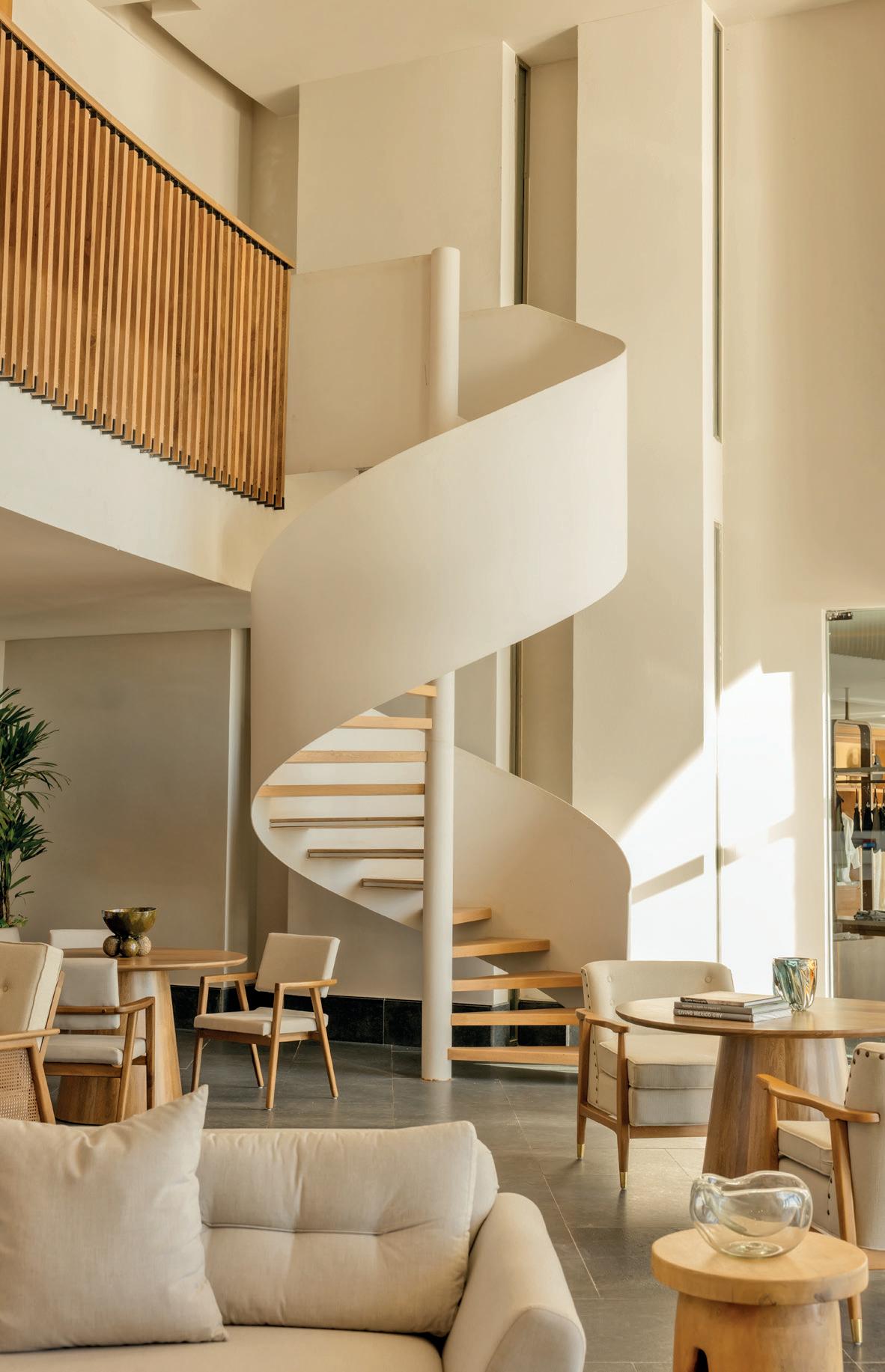

In his interview with Spa Business, Bataller revealed that the overall aim is to have SHA Wellness Clinics on all continents in the next 10 years. And construction is already well underway for SHA Emirates, a further property due to open in Abu Dhabi in 2026 (see www.spabusiness.com/shaemirates).
Both new sites are part of AB Wellness, one of three divisions that fall under the brand’s holding group AB Living – a global development firm founded in 2022.
The two other divisions are AB Properties, focused on residential real estate and AB Hospitality, which aims to develop hotel projects with leading global brands.
Most recently, AB Hospitality has partnered with Marriott with the intent of opening four allinclusive properties in and around Costa Mujeres – where SHA Mexico is located. The portfolio includes a St Regis, Luxury Collection, JW Marriott and W hotel, which will all be managed by Marriott and up and running by 2026 ●



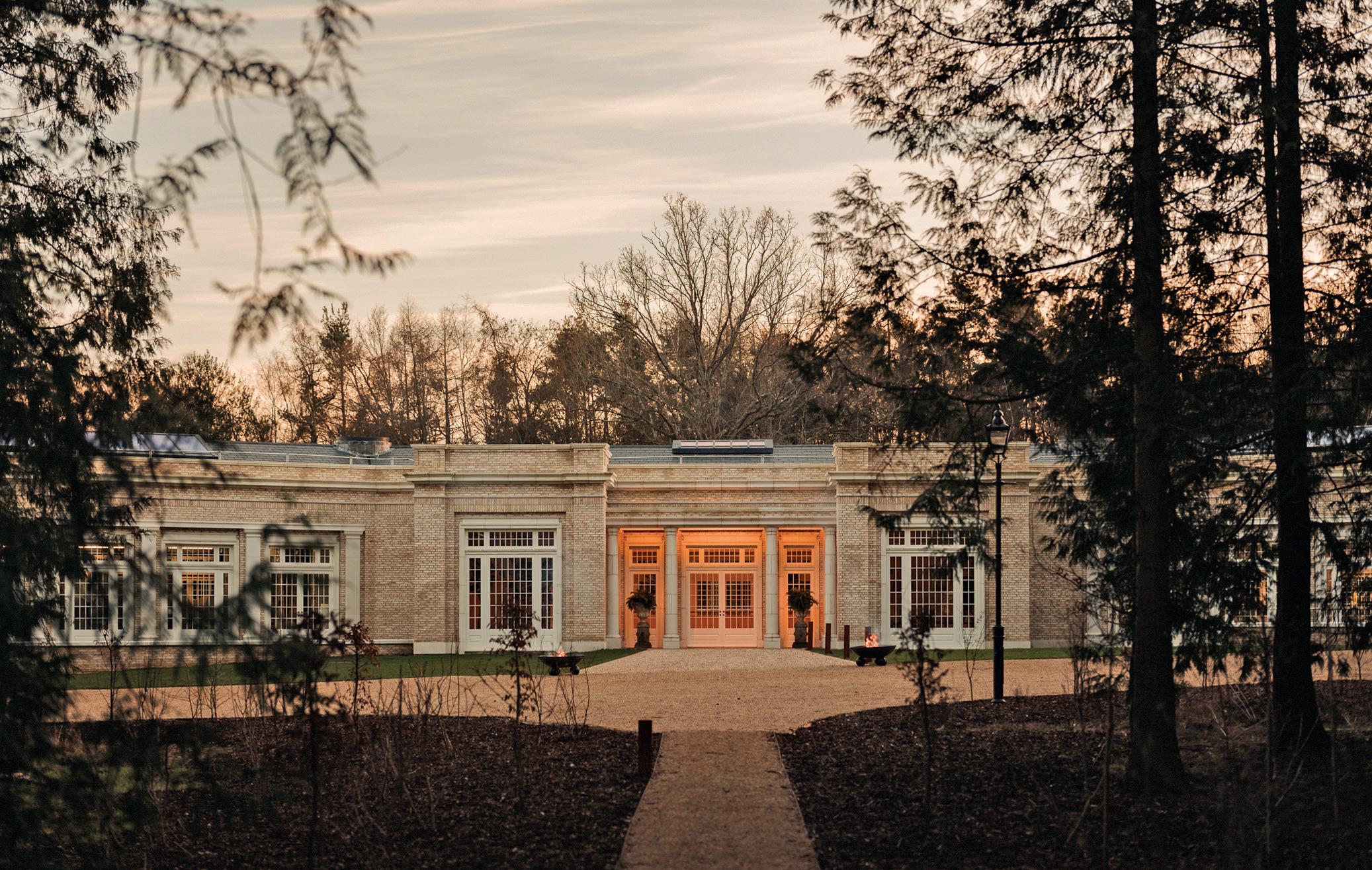
English countryside hotel and club
Estelle Manor has launched a 3,000sq m Roman-inspired bathhouse and spa following an intricate five-year project.
Set on a 60-acre estate in England’s verdant Oxfordshire county, Estelle Manor is a Grade II-listed landmark house that opened as a 108-bed hotel last year under the direction of Ennismore founder Sharan Pasricha.
The site is completed by the newly-revealed Eynsham Baths. Reached by a winding path and surrounded by centuries-old woodlands, the standalone building is defined by neoclassical architecture – sculpted columns, pilasters, hand-shaped bricks and carved marble details – in a nod to nearby Roman villa ruins.
A grand mezzanine bathing hall flooded with natural light lies at the heart of

There are five pools ranging in temperature
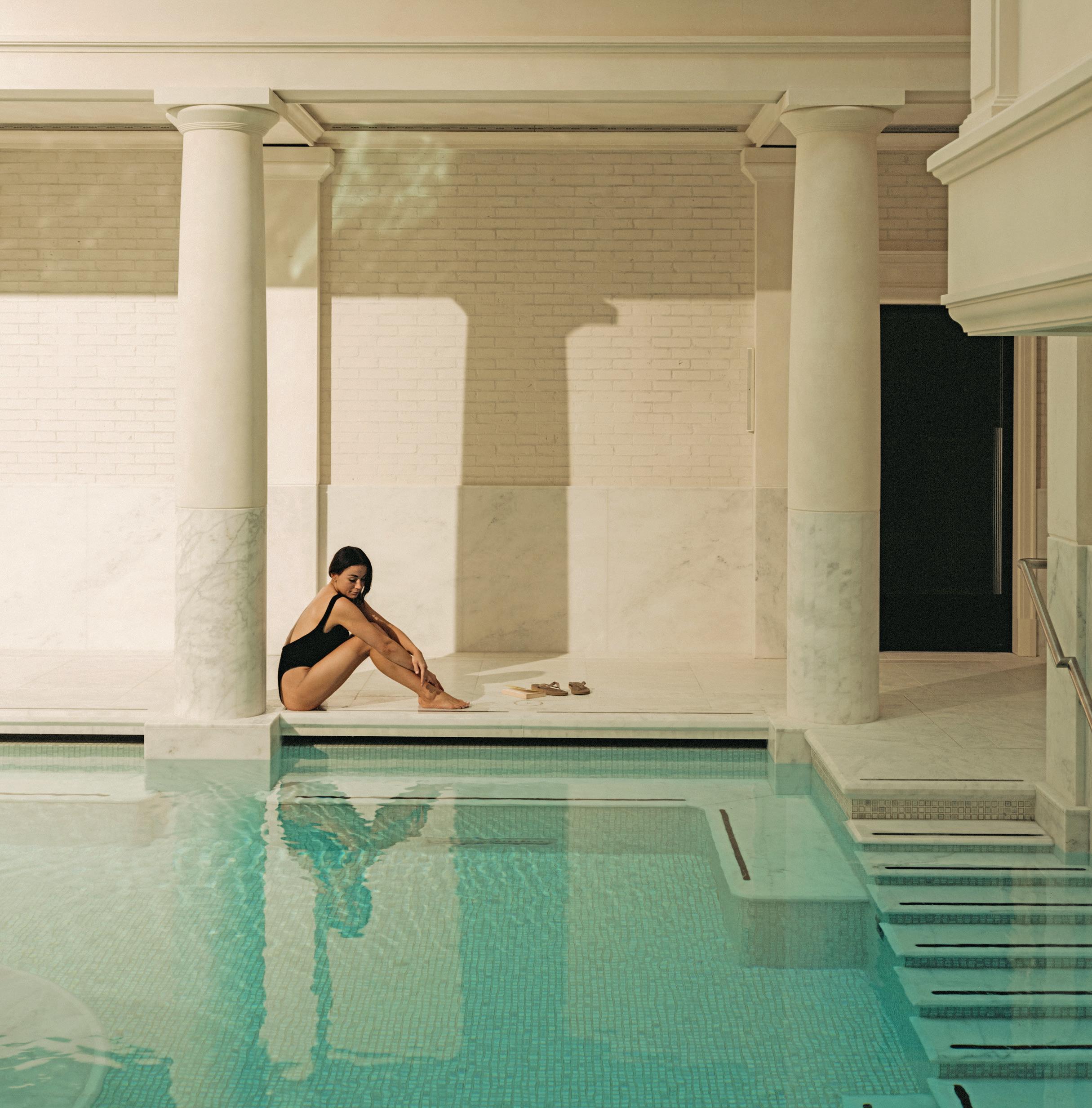

The neoclassical architecture is a nod to nearby Roman villa ruins
Eynsham Baths. Here guests can journey through five pools ranging in temperature or cool off through a series of walkthrough showers and plunge buckets.
Additional facilities include a hay sauna, hammam, steamroom, breathwork pool, tea lounge and 10 treatment rooms.
In recognition of Roman spa history, there’s a focus on thermodynamics where guests can experience a bathing circuit at their own pace or opt for one of two specially devised contrast bathing cycles.
Access to the spa and guided thermal journey costs hotel guests and visitors £95 (US$122, €112). It’s free, however, to members of Estelle Manor.
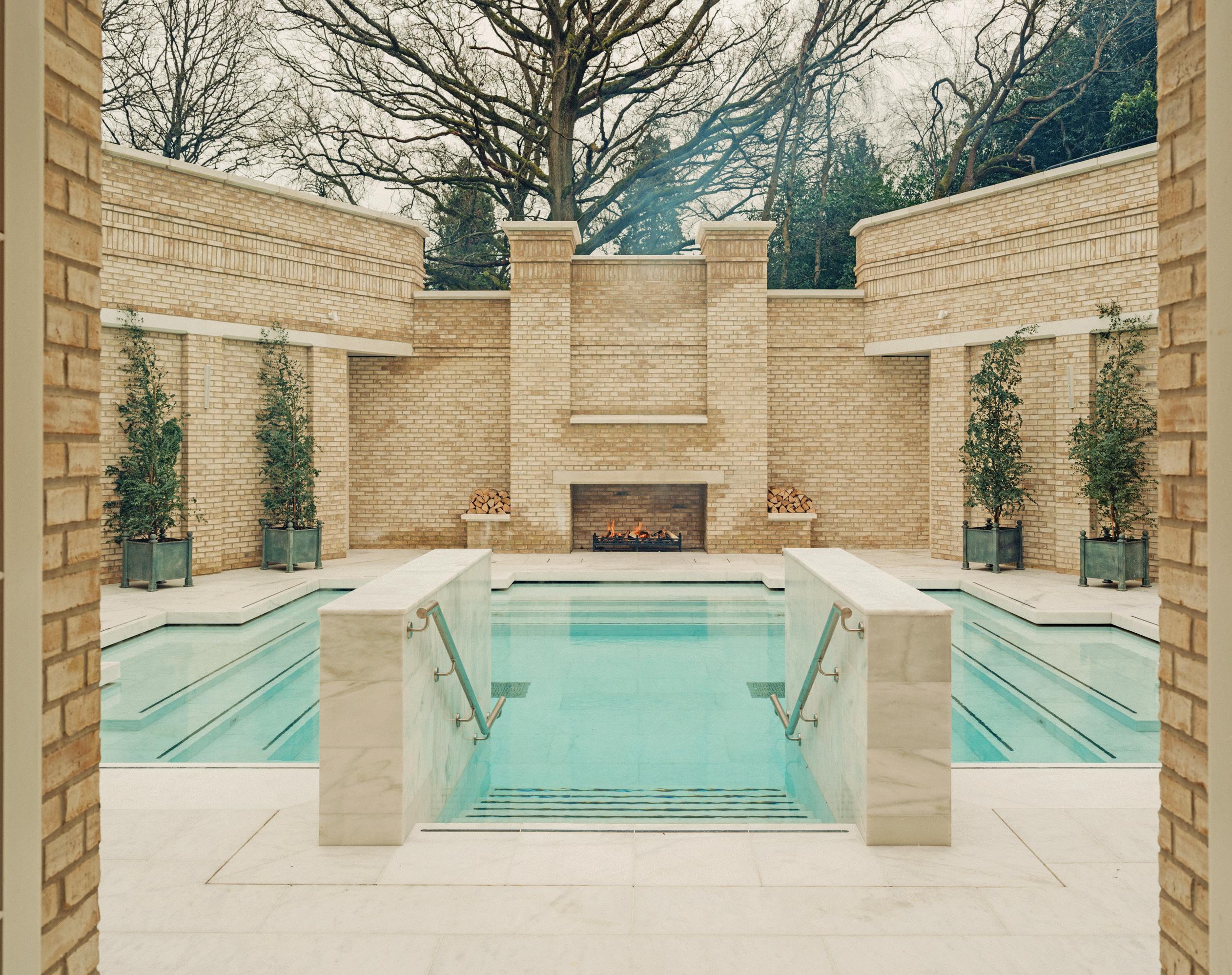

To give it a competitive edge, Eynsham Baths offers a carefully curated treatment menu. It took three years, for example, to formulate plant remedies on which its products are based – they’ve been hand-blended and “coaxed to life while mantras were played in the laboratory”.
Looking to the past again for inspiration, rituals are informed by some of the world’s oldest philosophies of health and longevity such as marma point massage and chakra healing, chi nei tsang and ku nye. Prices for these start at £180 (US$228, €210) for 60 minutes.
Meanwhile, treatments with master-inresidence Manos Dimoudis, who has more than two decades of experience in health and wellness across South Africa, Asia and Europe, begin at £220 (US$279, €256) for 60 minutes.
For modern enhancements, there’s IV therapy by NAD+, brow services by Suman Jalaf and cosmeceutical-based facials by Skin Design London. l


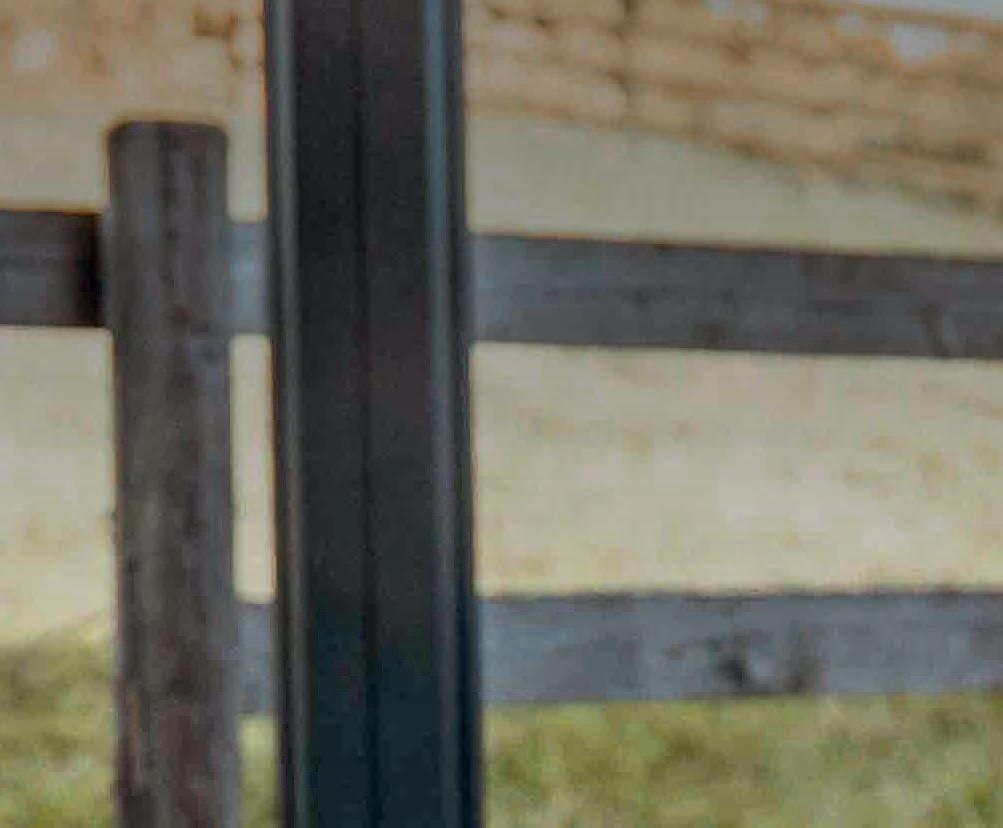
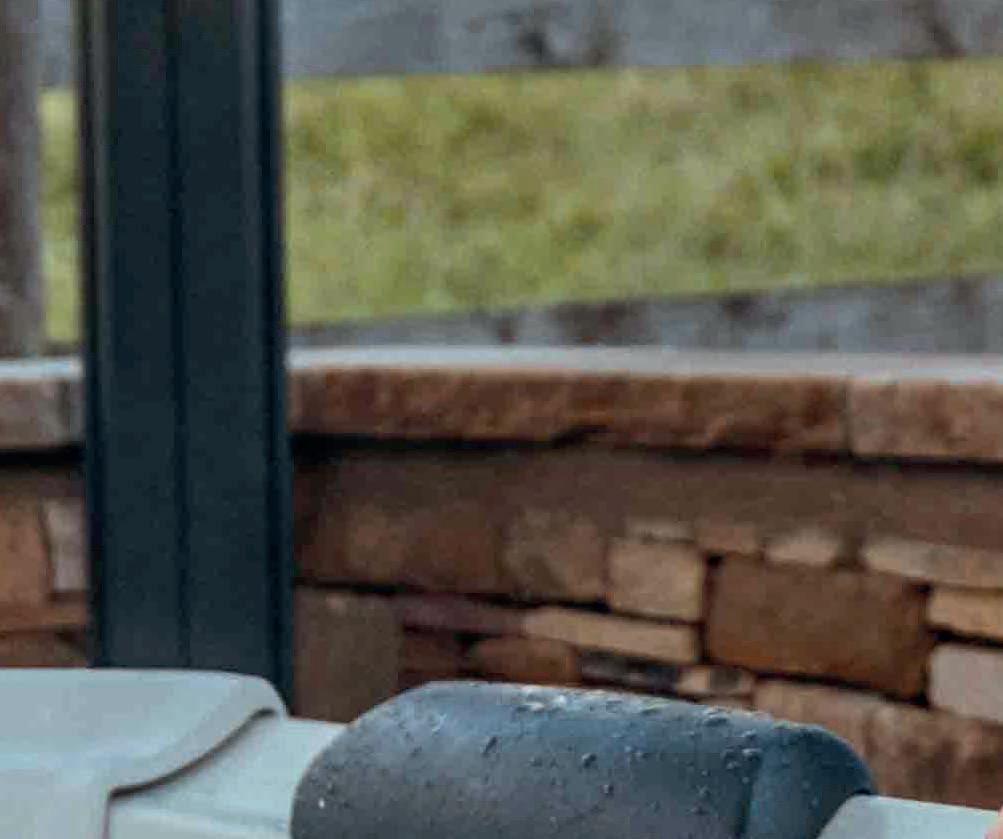
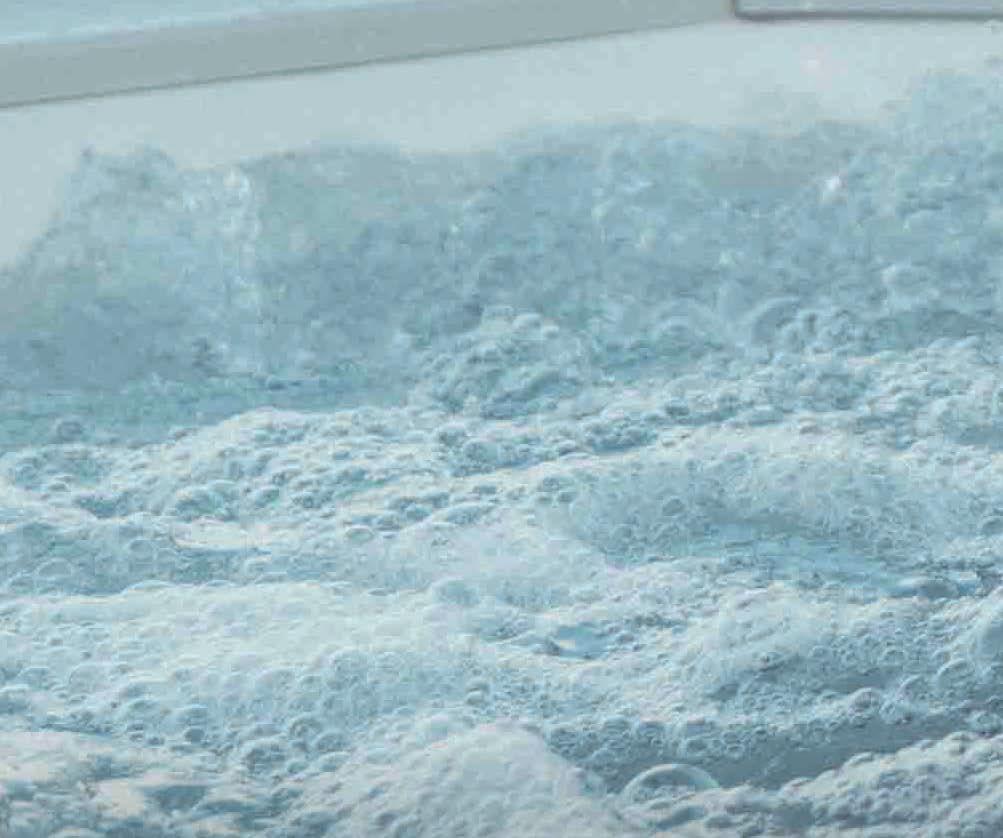

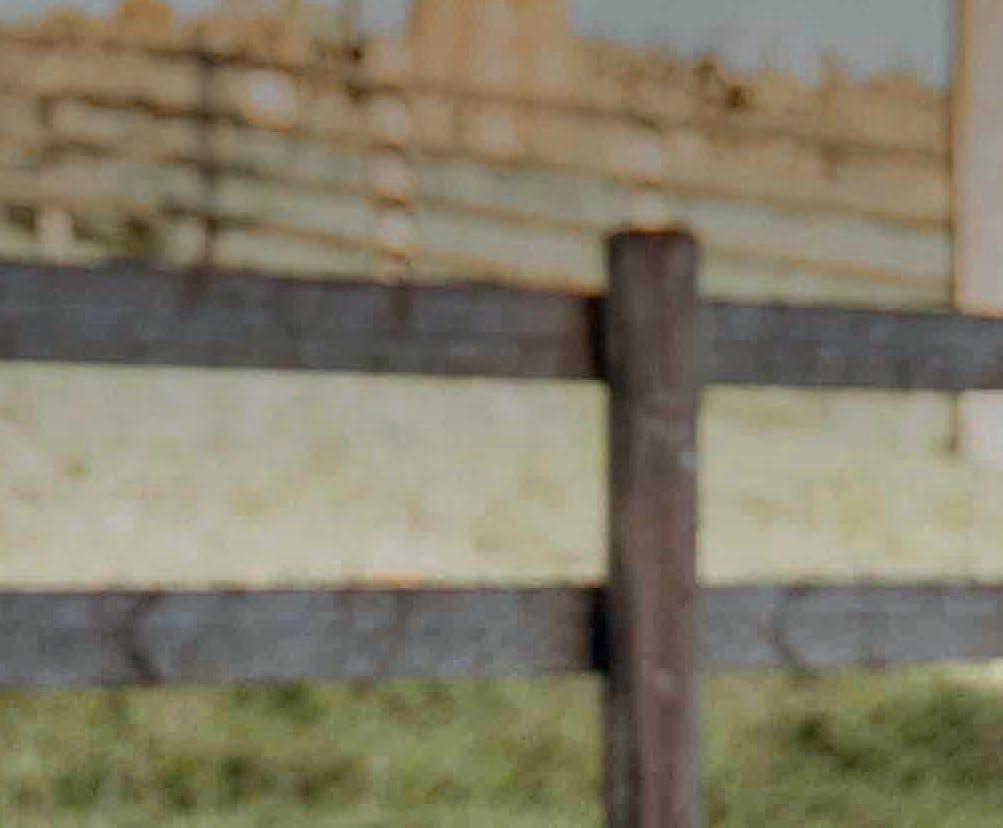














Our luxurious textured plastic panels look just like real wood, but are lighter and more resistant to climate changes. We use timeless, neutral colours to create soothing and natural designs. When assembled, our spas look just like a high-end acrylic spa but without sacrificing on any of the portability and convenience.
Swiss medical wellness and longevity brand
Clinique La Prairie (CLP) has unveiled its inaugural health resort in Anji, China. The opening is part of a highly ambitious worldwide expansion, which will see CLP develop 50 international properties.
Clinique La Prairie Health Resort, Anji represents “a monumental leap in our mission to expand our legacy of excellence globally,” said the company in a statement.
“The new resort is nestled in a secluded haven of peaceful waters and stunning mountains, reminiscent of the setting of its flagship in Montreux, Switzerland.”
The Chinese site will see in-house experts delivering all of CLP’s signature week-long longevity and detox programmes, except for its Revitalisation package which remains exclusive to Switzerland.
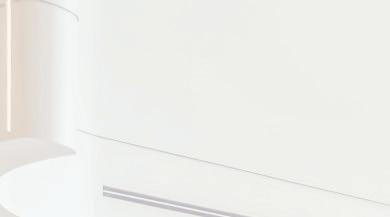
The programmes focus on four pillars – medical insight, wellness, nutrition and movement –and stand out due to using DNA testing for customisation and the administration of its famous anti-ageing extract and supplements.
CLP’s 50-room flagship is based in Montreux, a picturesque Swiss town on the shores of Lake Geneva. Health Resorts, a new entity for the company, will be very similar but smaller in scale.
The 1.3-hectare site in Anji, for example, offers 29 rooms and suites spread over seven villas. On top of this, a core building houses the medical, wellness, movement and nutrition departments.
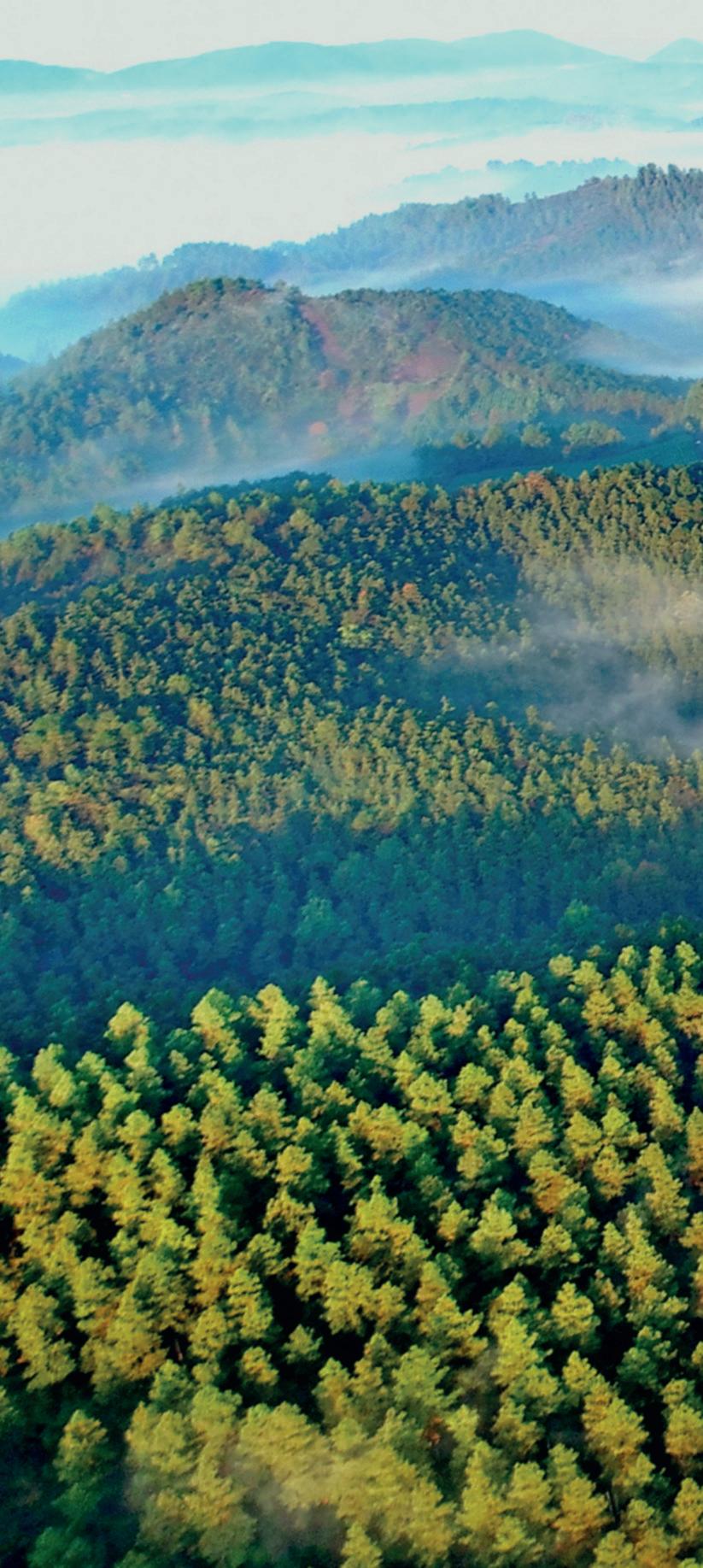
In April, CLP inked a deal to operate a resort at Tri Vananda – a purpose-built wellness community in Phuket, Thailand (see www. spabusiness.com/clpphuket). While another is being constructed in Amaala, the wellness-focused Saudi giga project, and is due to open next year.

The opening is a monumental leap in our mission to expand our legacy of excellence globally

Since 2020, the brand has also been gradually rolling out city-based satellite sites – known as Longevity Hubs. The urban outposts offer a first-access approach to CLP services such as health assessments, cryotherapy, far-infrared light, nutraceuticals, IV drips and brain stimulation.
So far CLP Longevity Hubs have opened in Madrid, Bangkok, Doha, Taipei and most recently in Dubai, at the newly-launched One&Only One Za’abeel (see p98).
Speaking to Spa Business, CEO Simone Gibertoni said: “The long-term plan is to reach about 40 Longevity Hubs and 10 Health Resorts, while always maintaining exclusivity and reinforcing that the flagship property in Montreux is the pinnacle of our portfolio.”
CLP has a team of 15 dedicated to its international development and Gibertoni feels it’s now time to forge ahead with openings.
To hear more about the brand’s plans, including its new sound therapy technology, advanced brain health programming and AI-powered assessments, head to the full interview at www. spabusiness.com/simonegibertoni ●


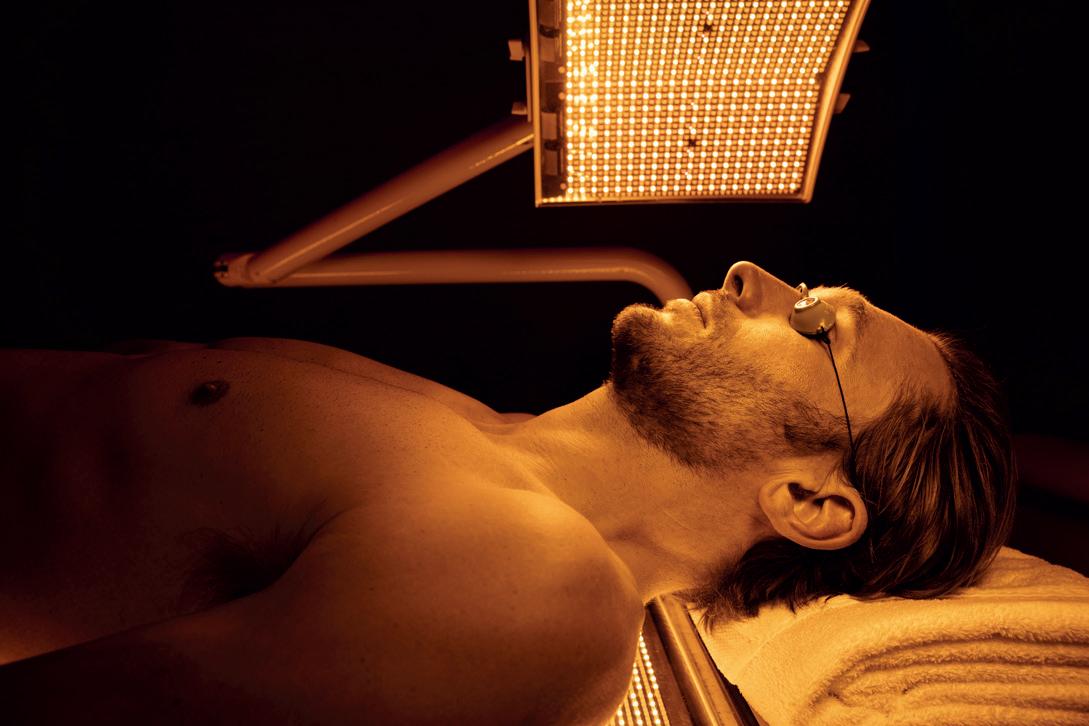
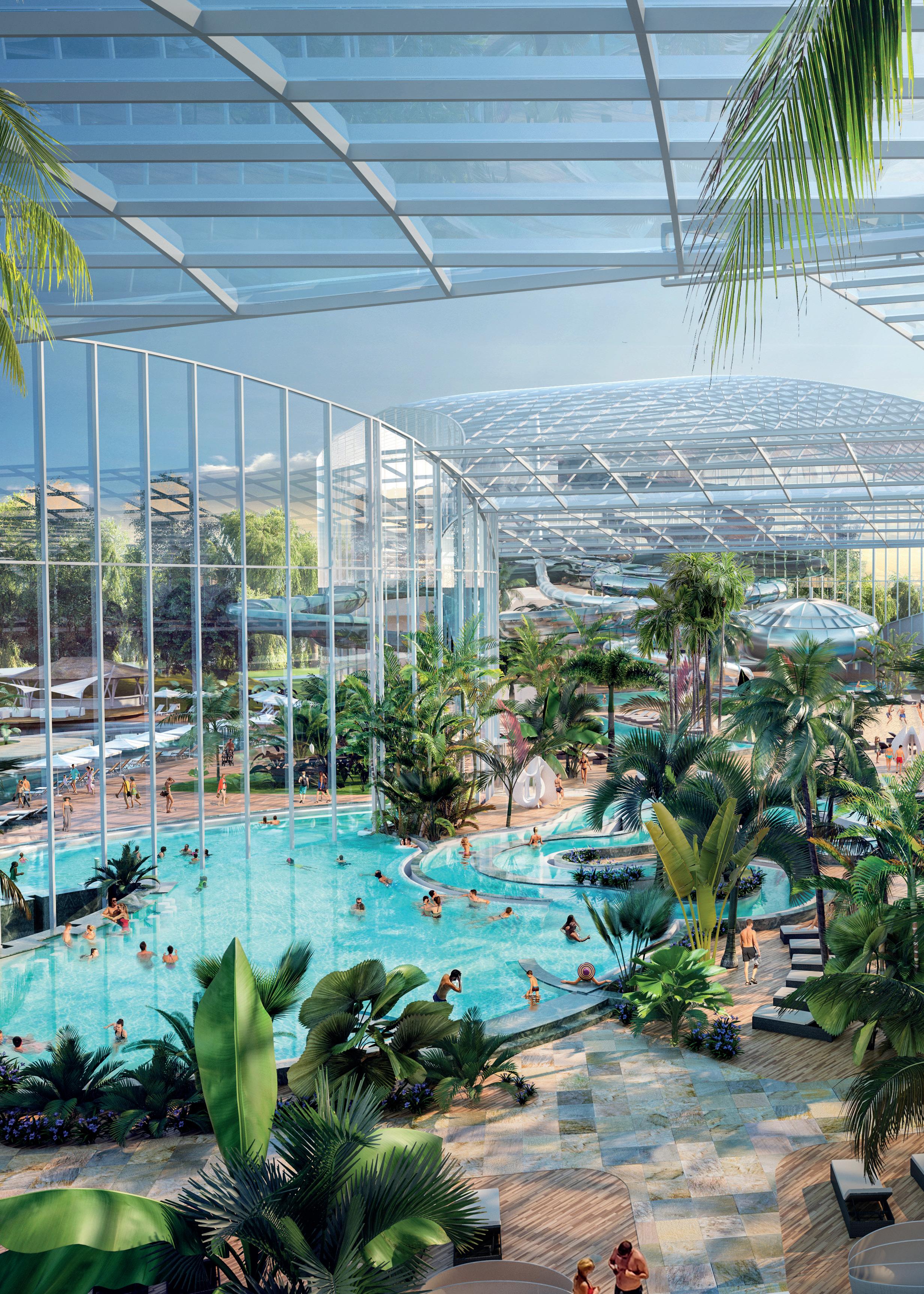
With a mission to make wellness accessible to all, Therme Group is expanding globally, bringing its social spas to the US, Canada, the UK and South Korea. Jane Kitchen speaks to the people behind the brand
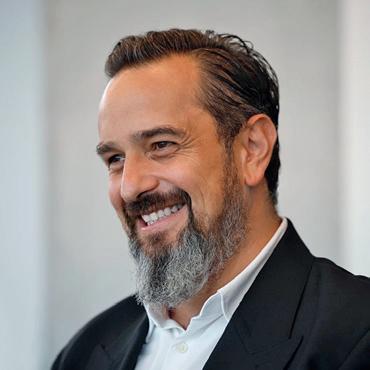



We’ve had to completely change the global perception of what wellness facilities are and can be
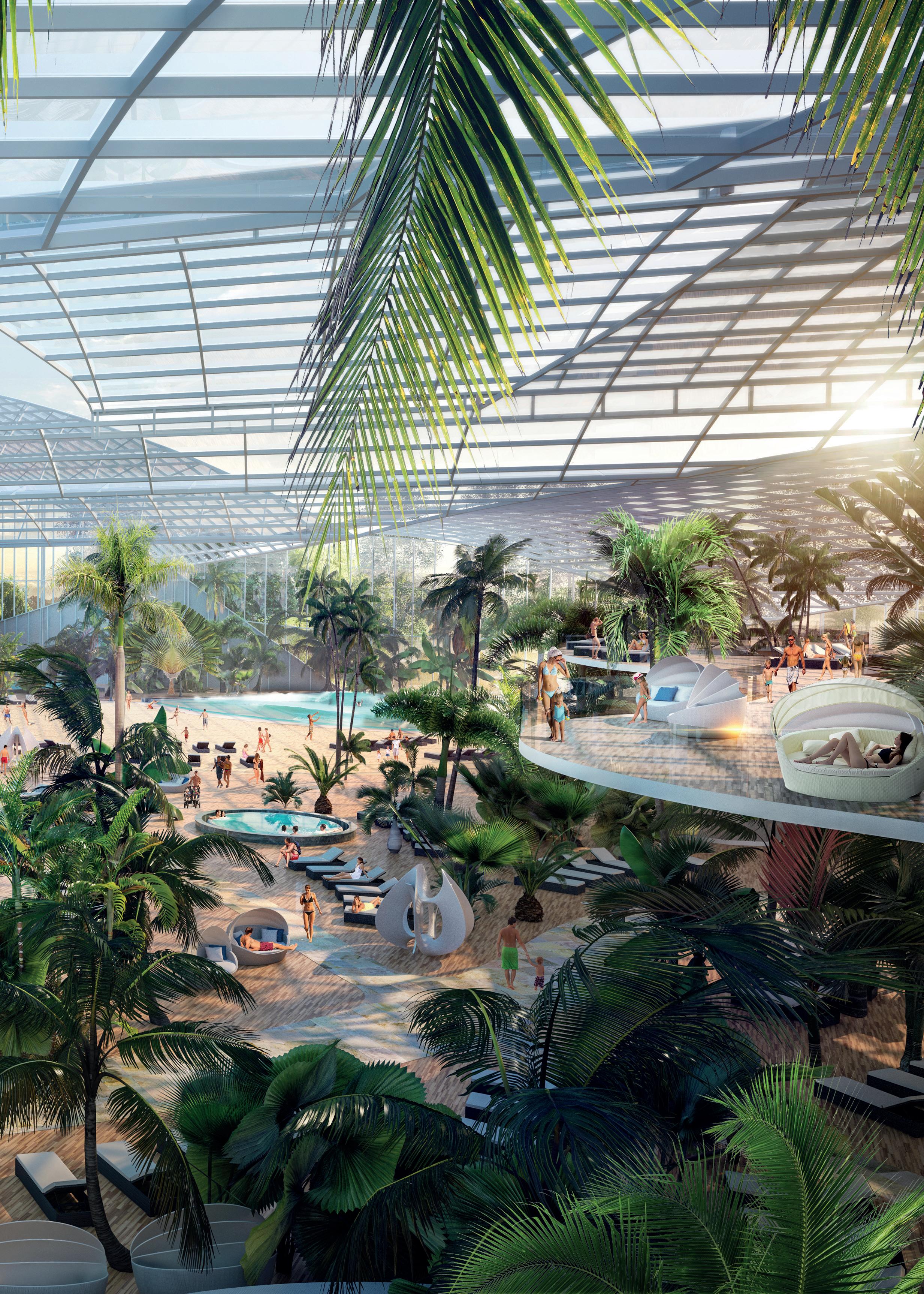
Therme Manchester, UK, is one of five enormous projects in development
With its global headquarters in Vienna, Therme Group is part of A-Heat – a global firm specialising in heat exchange engineering. In partnership with Germany’s Wund Holding, it currently operates four facilities in Europe and intends to build at least six more globally (see p48). Its existing locations are a new kind of spa – part thermal bathing, part indoor waterpark, part botanical garden – that’s described as a “state-of-the-art wellbeing oasis”.
An oasis is definitely the vibe at Therme; the thousands of palm trees and balmy yearround temperatures make for a mini tropical staycation. One key to Therme’s success is that it makes wellness fun – an important differentiator. It’s also multi-generational, with adult-only zones to ensure tranquillity.
Therme builds its giant facilities around five pillars: Active & Fun, which includes waterslides, wave pools, fitness programming and indoor and outdoor beaches; Therapeutic Wellbeing, with mineral pools, saunas, aufguss sessions and spa therapies; Calm & Relaxing, featuring warm lagoons, swim-up bars and botanical gardens; Culture & Education, with musical entertainment, cultural programming and art installations; and Food & Nutrition, based on healthy cafes, cooking demonstrations and future plans for nutrition planning and on-site vertical farming.
Scale and technology help keep access affordable. Its Bucharest location is a sprawling 76,000sq m and entrance fees start at LEI59 (US$13, €12, £10) for a 3-hour weekday adult ticket. At these prices, it’s no wonder they attract both locals and tourists. In total, the facilities that are open have the capacity for more than 24,000 guests a day and aim to attract up to 1.5 million visitors each annually.
As Therme Group prepares to grow its business globally, we sat down with those heading up the expansion to find out what’s in store.
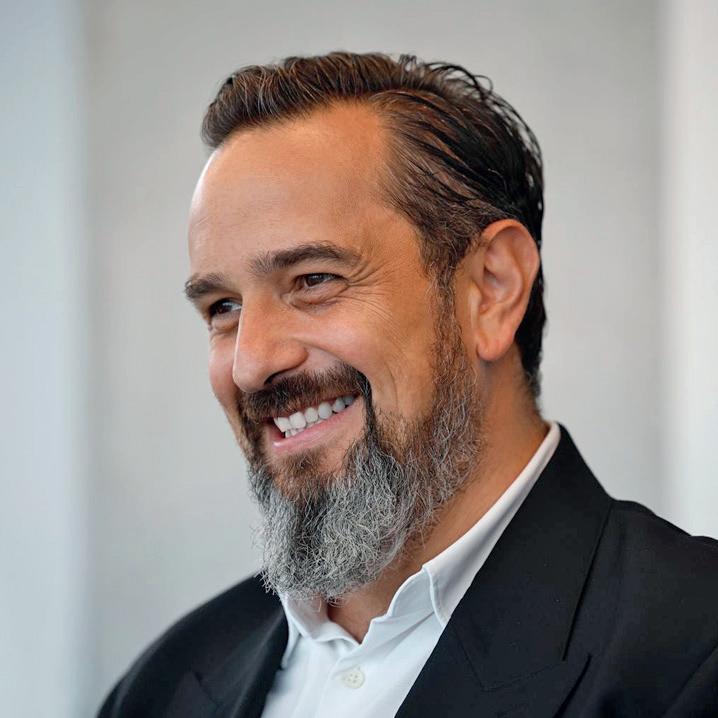
Founder, chair & CEO, Therme Group
Inclusivity is the new exclusivity. If the pandemic taught us one thing, it’s that social connection and human interaction enrich our lives. Therme is all about finding and creating community.
Our tiered and flexible pricing structure caters to a full spectrum of needs and occasions – be it a quick visit for a few hours or a full day with multiple therapies, activities and dining options.
There truly is no ‘typical’ Therme customer – our guests range from every age, background, socioeconomic bracket and more. Central to our ‘wellbeing for all’ promise are entry price points that offer exceptional value for money. We’re not free, but to put it into perspective, in Romania, the average entry price is €23 (US$25, £20) – and people stay 3-5 hours. We also look to work with local authorities to create subsidised rates for people in financially challenged situations.
We’re able to offer a high-quality product at an affordable price by combining scale with cutting-edge, sustainable technology. There’s very little waste at Therme. Everything from our water, electricity, heating and cooling is maximised to be as sustainable and efficient as possible. This saves resources and allows us to pass savings on to our guests.
Therme’s bold vision is of wellbeing as a fundamental human right, which serves as a foundation for successful communities. We see an optimistic future for cities as places of inclusive urban wellbeing, with Therme being a key ingredient to helping people live healthier and more sustainably.
We’ve already seen tremendous success in our impact in Germany and Romania, serving millions of guests who live in and visit the cities where we’re based. This work hasn’t been easy. A lot of it comes
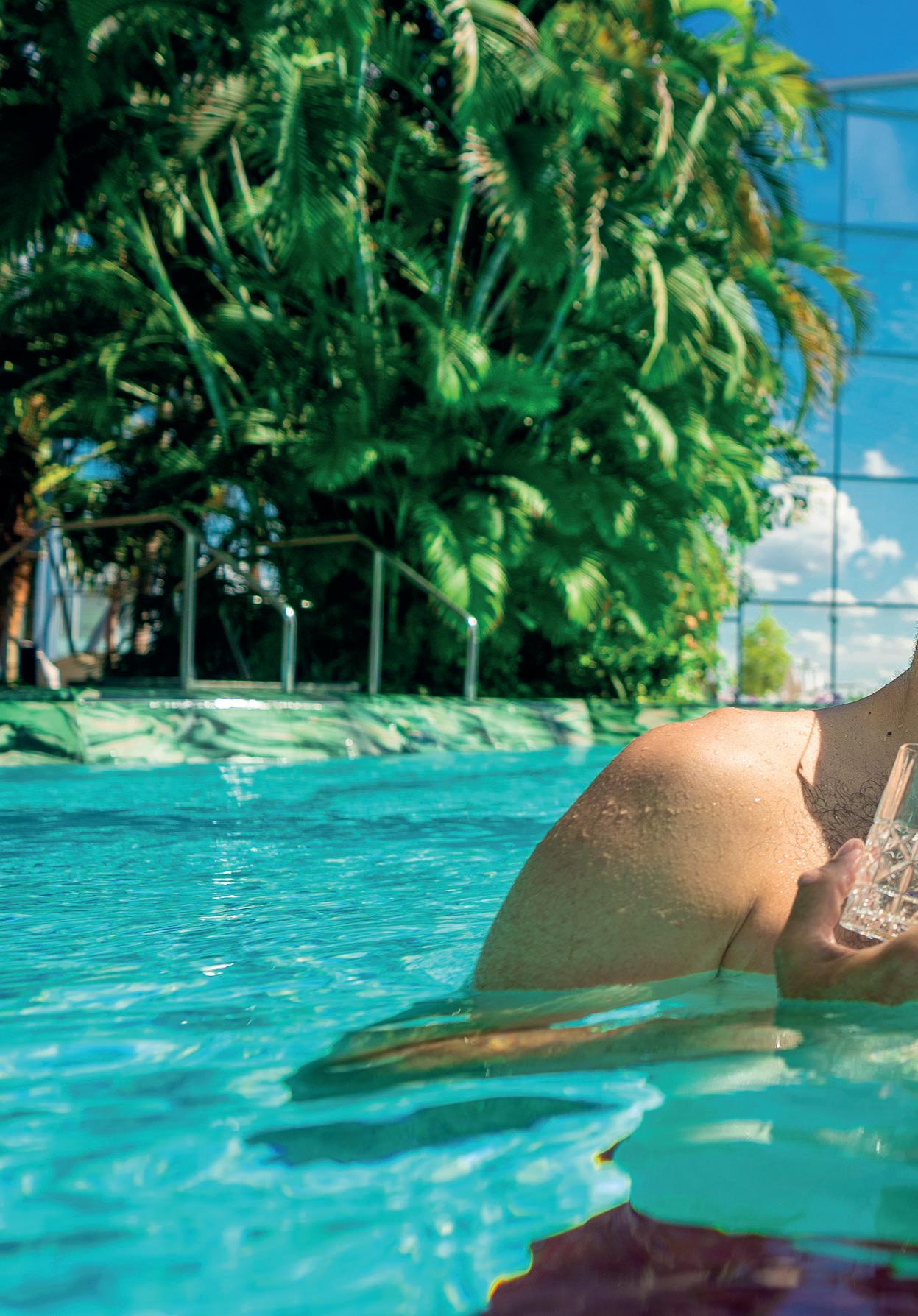
Scale and volume: Therme Bucharest covers 76,000sq m and can fit in 8,000-plus guests a day
back to the Therme ecosystem. We draw together a vast variety of expertise to deliver large, complex projects that serve multiple needs – most others can’t replicate the unique formula we’ve developed.
DO YOUR FACILITIES HAVE?
Our potential facility in Washington DC, US, which we’re actively pursuing, would be a major driver for economic growth, bringing up to 7,200 construction jobs over two years, 700800 permanent operations jobs upon facility stabilisation and an estimated US$1.1 billion (€1.01 billion, £864 million) in tax flow over 25 years.
Project figures for our site being developed in Manchester, UK are similarly impressive. Independent studies estimate that the increased wellness will equate to 1 million fewer days of hospital admissions a year, saving the national health service £973 million (US$1.2 billion, €1.1 billion); and 4.1 million fewer sick days, which has a value of £404 million (US$512.4 million, €474 million) to the UK economy.
WHAT’S YOUR STRATEGY FOR GETTING FACILITIES TO MARKET?
Firstly, we have a dedicated division, Therme XPR, which conducts extensive primary research in target markets.
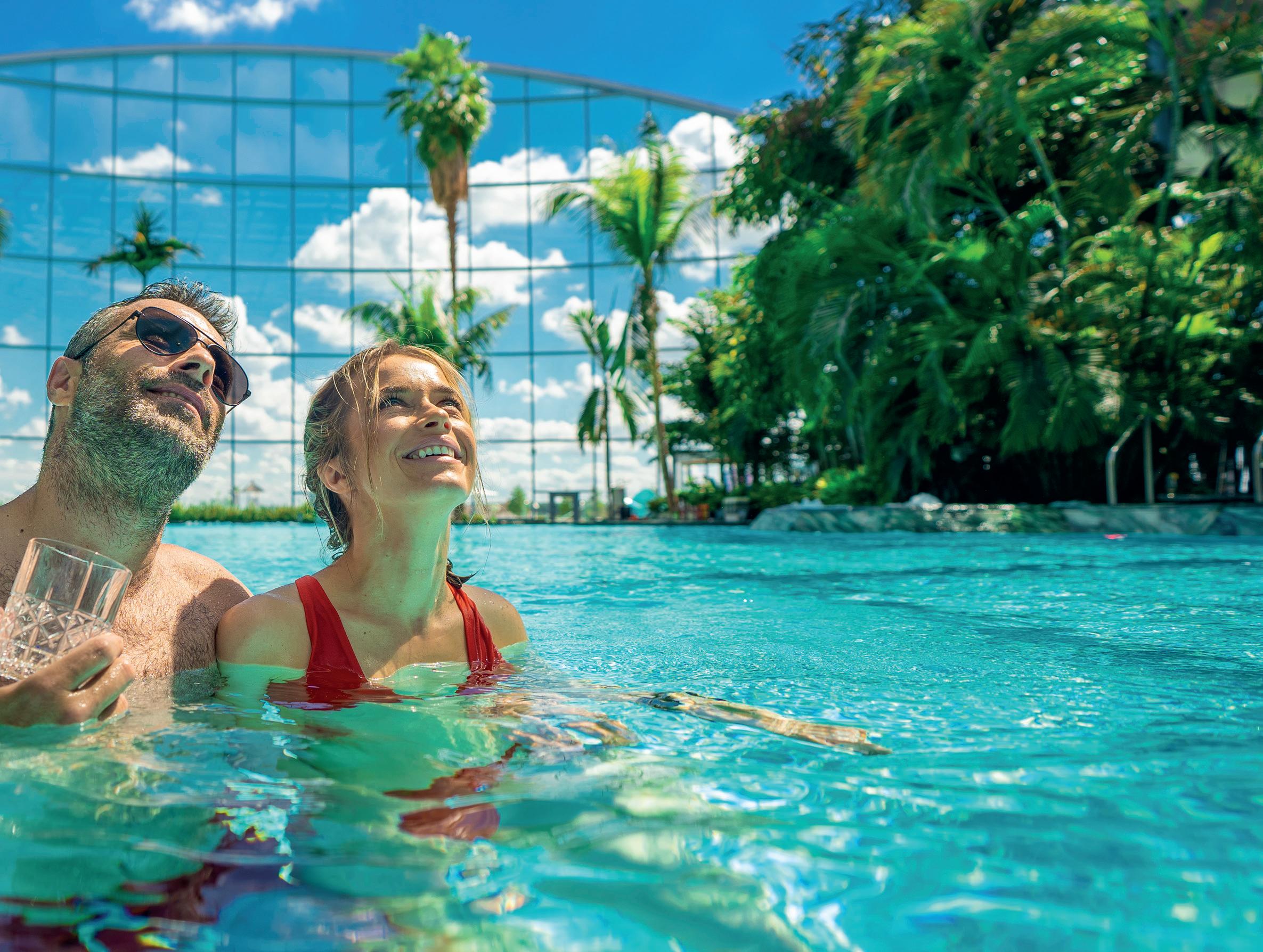
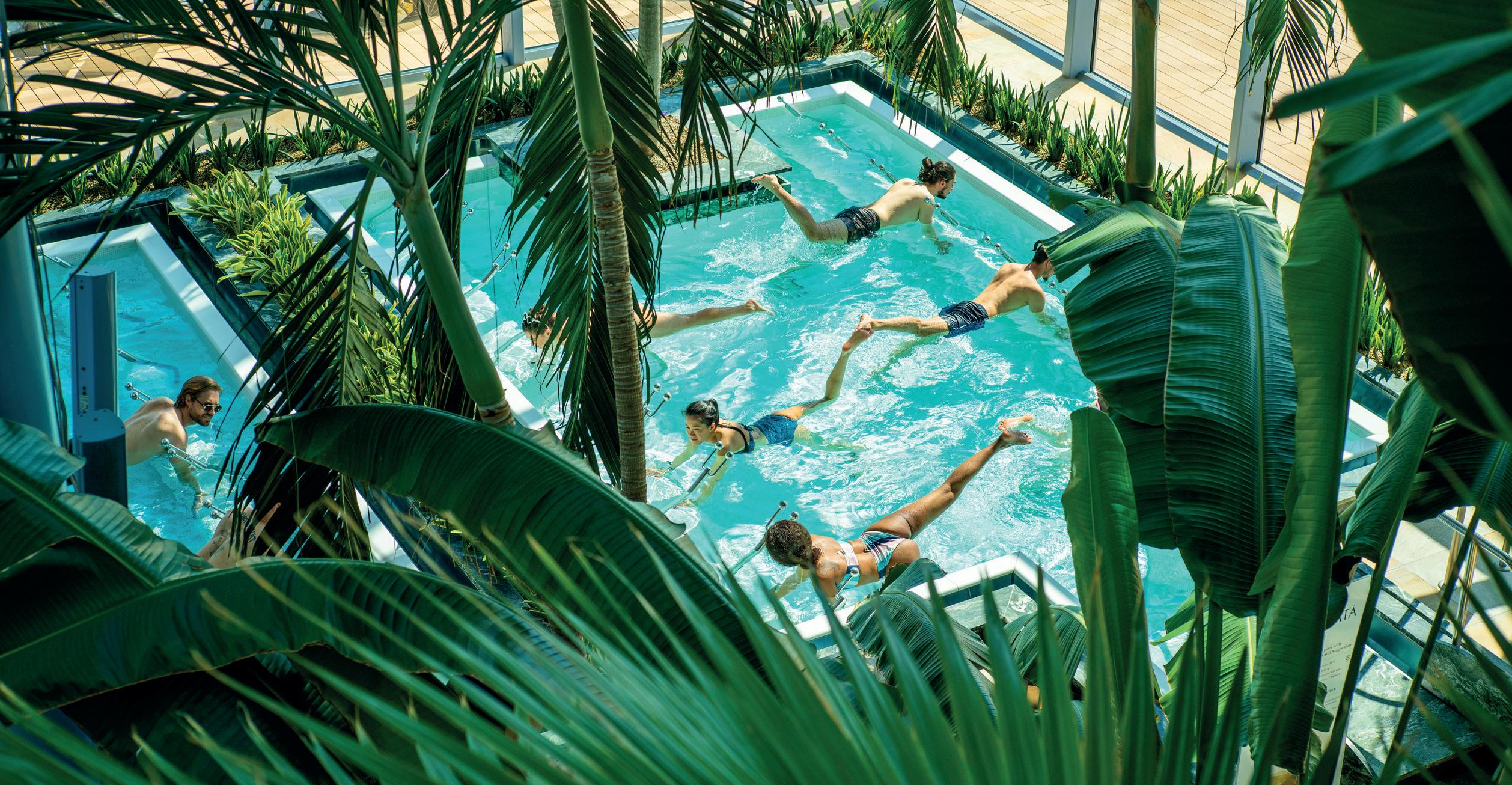

Guests range from every age, background and socioeconomic bracket
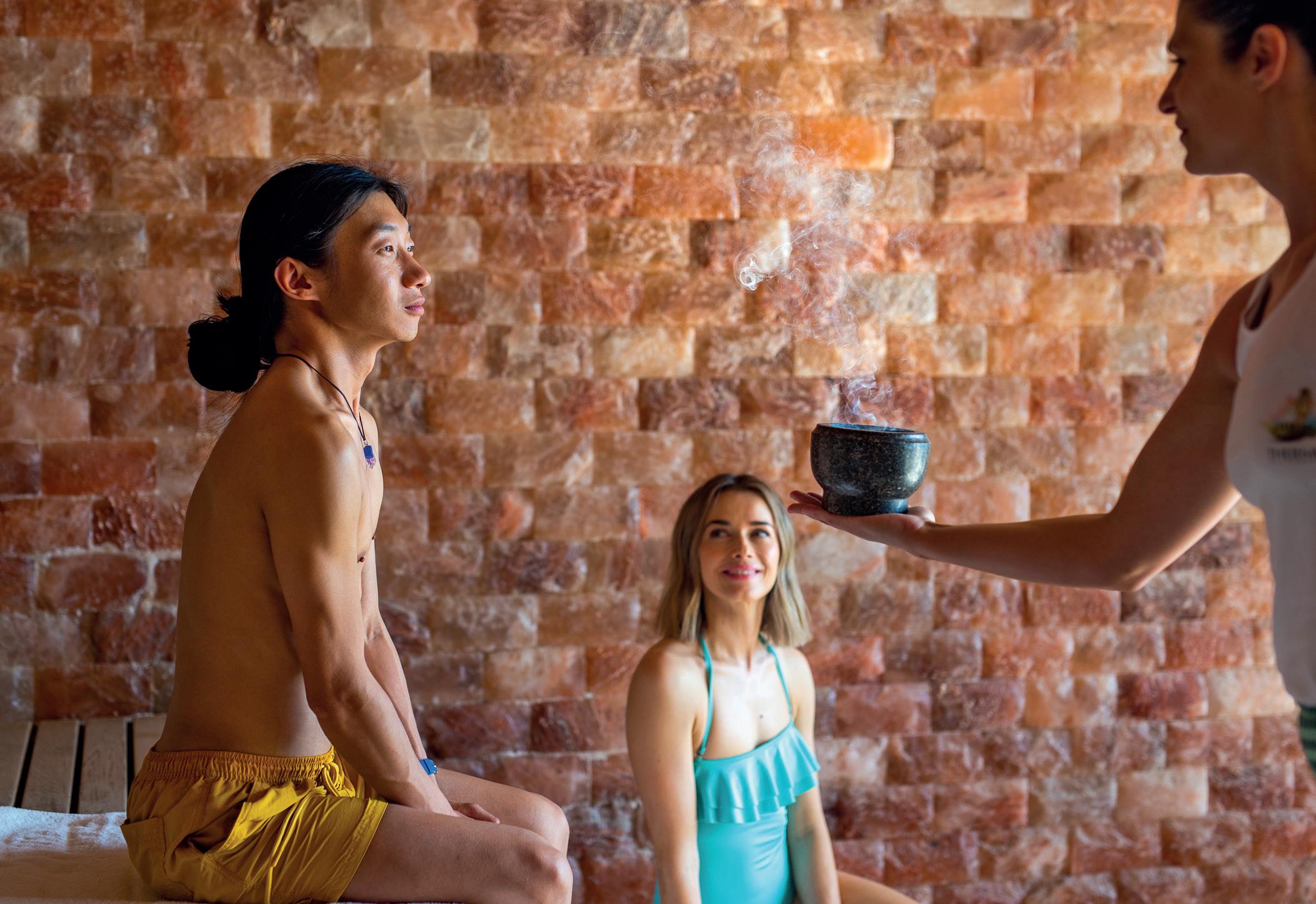
We’re focused on cultivating deep relationships with local leaders, institutions and communities. Therme is about bringing people together in a shared space and we can’t do that if we aren’t working with local communities to deliver an experience that is authentic to the place. The process varies from location to location, as do the stakeholders, but we don’t cut corners. This is an in-depth process that can take years.
Therme is focused on a lifetime commitment to the cities we’re located in. Our facilities are built to last for a hundred years, and we want to engage with the community not just to get the project built, but for the whole lifespan of the Therme.
We have almost a dozen specialist companies under the Therme banner, along with all of our other associated projects and partnerships.
In the UK, for example, Therme Group and the University of Surrey have partnered on the Carbon Tokenomics Model (CTM) – we’re working to identify solutions that the tourism industry can employ to reduce carbon emissions and have just had a paper published*. Tourism is so important for many communities, but we know that longdistance travel takes a toll on the environment.
In addition, immersive art is central to the Therme experience and we’re constantly collaborating with artists such as Superblue (see www. attractionsmanagement.com/superblue) and Marshmallow Laser Feast (see p124).
ARE YOU FUNDING?
We’re funding two active projects. The first is the one with the University of Surrey.
We’ve also partnered with the COGITO Epistemology Research Centre at the University of Glasgow in the UK, on the Dimensions of Wellbeing Project. The project seeks to integrate and develop our understanding of the nature of wellbeing across cognitive, emotional, social, and physical axes.
Natural thermal waters combined with geothermal energy are key to our current product, but we’re developing ways to keep our process efficient when geothermal isn’t available. Our heat exchange technology is world-leading and allows us to maintain water temperature using minimal energy, in a sustainable way.

These are large, complex projects – most others can’t replicate our unique formula
Overall, sustainable energy usage is central to all our innovations. Therme Bucharest is the first LEED Platinum facility in the world of its scale and is proof of our commitment to sustainability. We also employ other technology, such as cuttingedge, compact wave-making machines and complex tree management systems. Therme Bucharest’s retractable roof – which opens to provide natural ventilation – is one of the largest in the world.
Projects, such as Therme Canada, can take years to come to fruition
WHAT ARE SOME OF THE BIGGEST CHALLENGES YOU’VE FACED?
We’ve worked hard to communicate that Therme is more than just a ‘waterpark’ or a ‘spa’ – because it’s almost indescribable if you haven’t experienced it for yourself: a full, multisensory and immersive offering. We’ve had to completely change the global perception of what wellness facilities are and can be. And because there’s nothing else like Therme out there, how do you explain something to people that they don’t believe can exist?
Our facilities are more than just leisure, there’s also the work of supporting mental and physical health and building sustainable communities focused on wellness. That is not an easy task, but we’ve been overcoming the challenges with a steadfast commitment to our values. And the more markets we enter, the more people will get to experience it for themselves.
*Goean, ER et al. Using the Blockchain to Reduce Carbon Emissions in the Visitor Economy. Sustainability. May 2024

President & chief strategy officer, Therme Group US
THERME’S
We want to be in important east and west coast cities, but our product will work great in any metropolitan area. Our locations will be about 500,000sq ft and we need 4-5 million people within a 2-hour drive.
The greatest demand will be in the middle of cities and that’s also what differentiates us. There’s a desire for developers to bring people back downtown, so there’s a lot of spin-off if we can bring 1-2 million people to a site. From a civic point of view, this is also what cities need more of – there’s a wellbeing desert for accessible, central options.
We’re searching for a location in Washington DC and looking at Atlanta, Los Angeles and Dallas. Because commercial real estate has been hit by the decline of office workers, there may be opportunities in San Francisco and New York now as well.
These locations and facilities are difficult to bring to market. Finding the property and going through zoning is very time-consuming. They’re expensive, complicated engineering projects so having a 20-year track record and in-house expertise – Therme ARC (see p50) and a team of engineers in Germany – means we can move forward very quickly once we find a site. And they’re very profitable once they’re open.

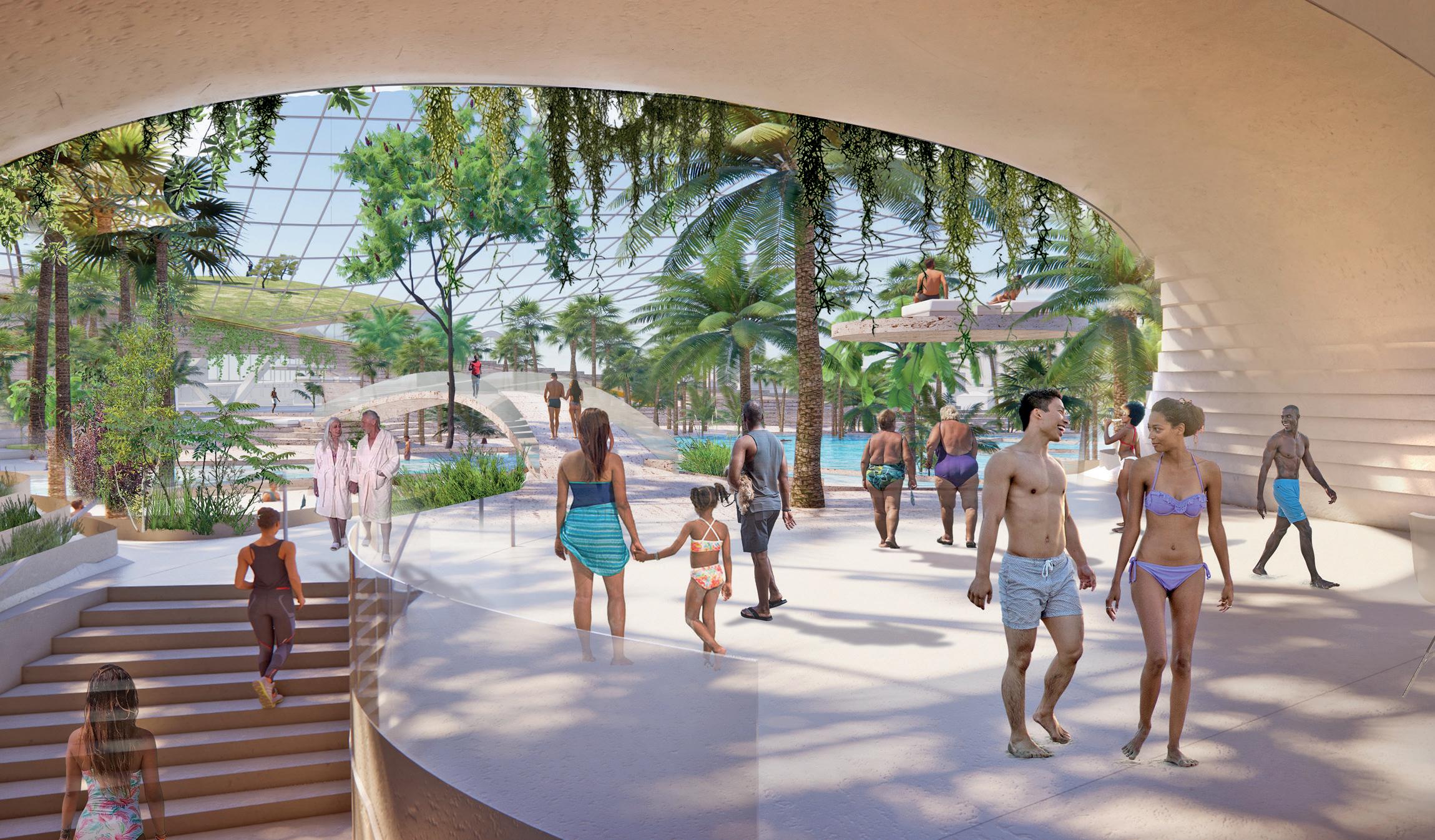
WHY DOES THE MASS MARKET MAKE GOOD BUSINESS
There are a lot of people chasing those same luxury customers. I’m not as worried about their wellbeing. They’ve got a lot of choices and their health outcomes aren’t that bad to begin with. It’s the middle of the market – not just in America – that doesn’t have affordable options. It’s a huge market that’s not been tapped.
People think people without money aren’t willing to spend money on their health. I hear that a lot. But just because you can’t afford a US$400 (€369, £314) 60-minute massage, it doesn’t mean you’re not interested in it, or that you wouldn’t spend US$50 (€46, £39).
WHY DO PEOPLE VISIT A THERME LOCATION?
Interestingly, when we ask people, they don’t say wellbeing – even though the thermal pools, saunas, heat and contrast therapy are so good for you. They’re coming because it’s fun and they want to connect with nature, family and friends. To me, the social element is the biggest benefit and only 10 per cent of people come to our facilities alone. We didn’t invent this. Most cultures have a bathing tradition which was as much about forming societal bonds as it was about health.
It’s an intergenerational experience. In Europe, our makeup is 38 per cent families, 31 per cent couples and 20 per cent groups that are not families. Sixty per cent of them are adults, 30 per cent are
It’s the middle market that doesn’t have
children, 13 per cent are seniors. It’s designed as a destination for travellers as well as for locals, which is another important distinction. In Bucharest, over 60 per cent of residents have visited Therme. Generally, it’s older people in the morning, families in the afternoon and young people at night. So we’re busy from 7am till midnight and ages range from several months to people in their 90s. From a socioeconomic standpoint, it’s also very broad. We’re still working on the US pricing, but it will be much cheaper than a concert ticket. The US does not have this product right now. The good news is we have every segment of it: waterparks, pools, bathhouses, attractions, food destinations. We’re really combining an indoor botanical garden, a water park, a pool and a bathhouse at scale and at a greater quality.
I think of it as a wellbeing Disney World. But when you leave a theme park, you are exhausted, your chemistry has been manipulated with caffeine, sugar and adrenaline and your kids are crying. When you leave Therme, you feel relaxed and rejuvenated – better than when you came in. Having these kinds of experiences is so important.
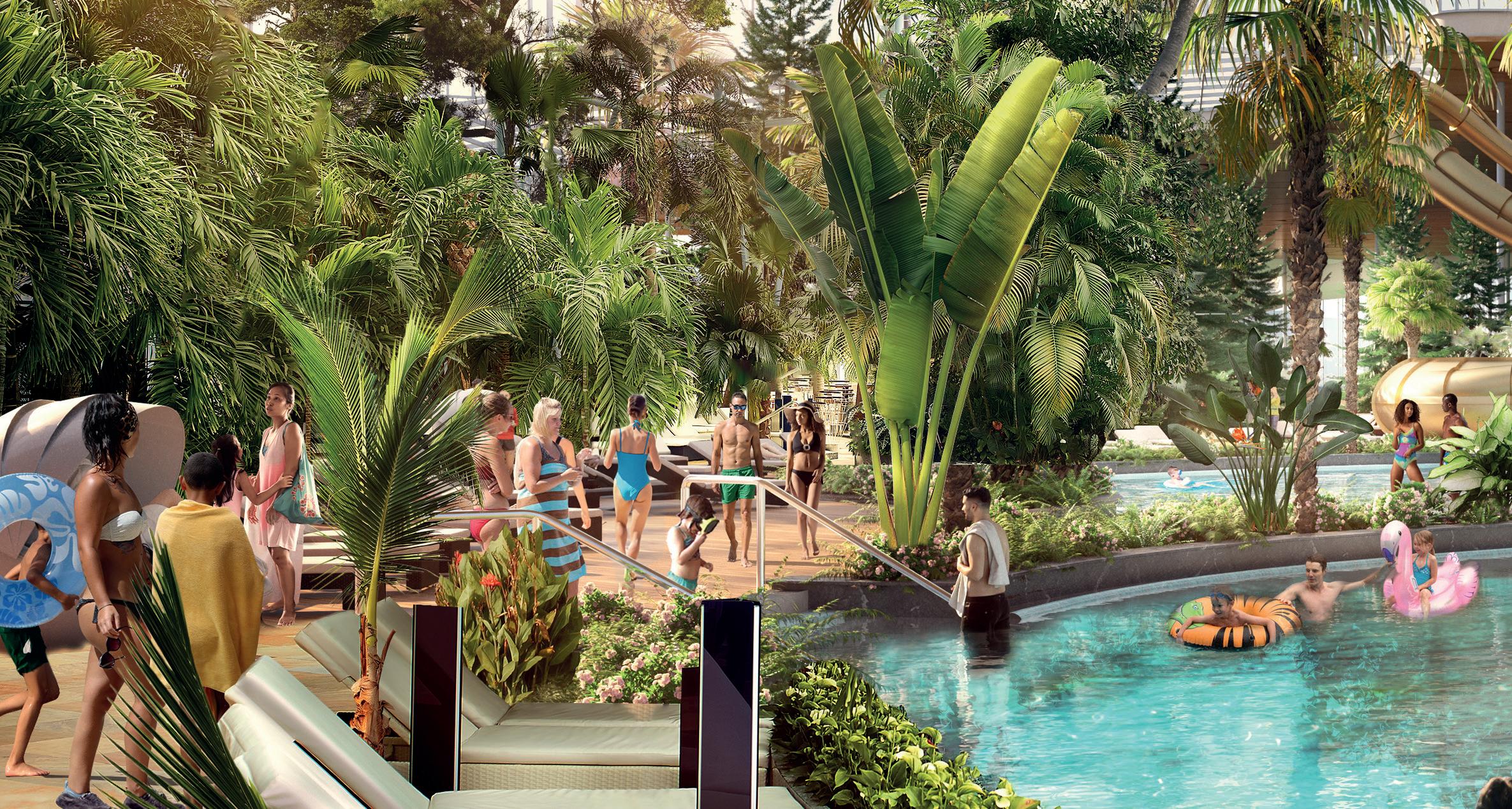

WHY CHOOSE SOUTH KOREA FOR THERME’S ASIAN EXPANSION?
Our research partnership with the Global Wellness Institute shows the wellness economy in South Korea is worth US$113 billion, making it the ninthlargest wellness market in the world. In particular, it highlights the increased interest in spa experiences and thermal bathing – up 16 per cent and 13 per cent respectively between 2020–2022 – which sit at the heart of our guest experience.
WHAT CAN YOU TELL ME AT THIS POINT ABOUT THERME SOUTH KOREA?
It’s located in Incheon, within the Golden Harbor development, and has incredible connectivity to incoming visitors, as well as to the country as a whole. It sits adjacent to an international ferry terminal, is only 15 minutes from Incheon International Airport and just an hour from Seoul city centre by public transport.
South Korea has a rich and varied history in the wellbeing space. It’s renowned for its healthgiving food and bathing traditions dating back
OPERATIONAL
u Badeparadies Schwarzwald Titisee, Germany
u Therme Bucharest, Romania
u Thermen & Badewelt Euskirchen, Germany
u Thermen & Badewelt Sinsheim, Germany
IN DEVELOPMENT
u Bad Vilbel, Frankfurt, Germany
u Incheon, South Korea
u Therme Canada, Ontario Place, North America
u Therme Manchester, UK
u Therme Scotland, UK
PROPOSED
u A f lagship US site in Washington DC
u Additional sites in US, UK, mainland Europe and south east Asia
to the 15th century, which have evolved from medicinal origins to contemporary bathhouses known as jjimjilbangs (see www.spabusiness.com/ koreanwellness). We intend to reflect this local culture in our design, programming and restaurants. It’s incredibly exciting to be introducing a naturalhealing urban oasis to Korea, the likes of which has never been seen here before. On a personal note, I have a special interest in orchid gardens and am thrilled to showcase the best of Asian flowers to the world. We shouldn’t underestimate the wellbeing impact of immersing ourselves in nature.
HOW ARE YOU WORKING WITH THE INCHEON FREE ECONOMIC ZONE (IFEZ)?
We’ve been working with IFEZ to identify the best location for a Therme project since signing a letter of cooperation in November 2022. The Golden Harbor

site is the outcome of this and we recently welcomed the Mayor of Incheon, Yoo Jeongbok, at Therme Bucharest. Our agreement will see project plans progressing throughout 2024 and an expected lease signing in 2025.
Therme’s Incheon project is just the start of our plans and we’re investigating several opportunities both within South Korea and further afield. The strong history of bathing culture across Asia makes many markets appealing.
We’re investigating several opportunities in South Korea and further afield
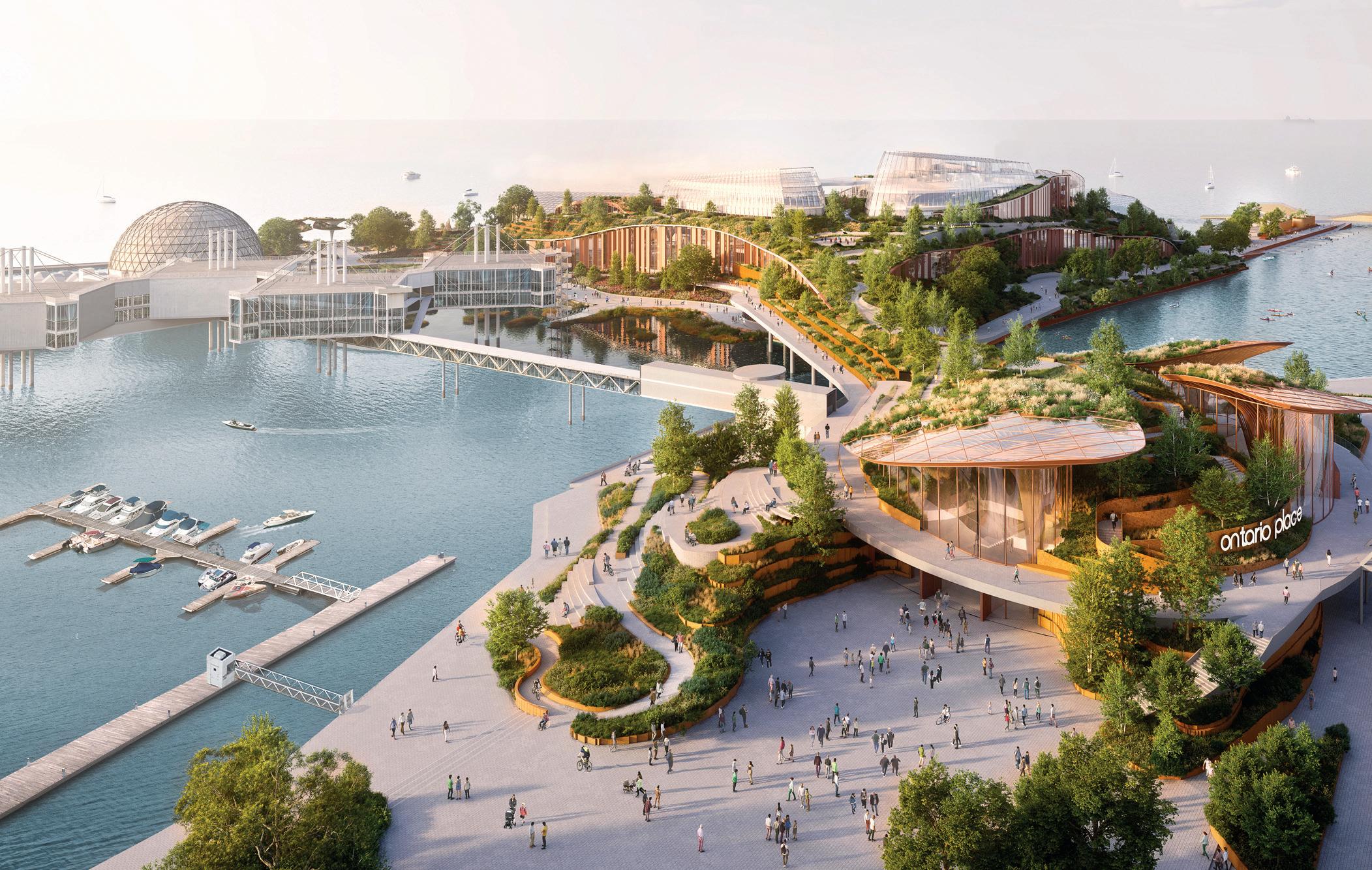



Head of architecture, Therme ARC
WHAT IS THERME ARC?
It’s Therme Group’s in-house architectural practice. Yet our role extends far beyond typical architectural functions; it’s diverse and multifaceted and involves collaborating with diverse stakeholders and experts. We work directly with wellbeing researchers for instance, as well as artists, because art plays a role in enhancing cognitive wellbeing and creating immersive experiences for our guests. We work closely with specialists such as gardeners and tree experts to create environments that promote tranquillity and connection with nature.
We liaise with operational teams to understand guest behaviour and preferences, allowing us to continuously improve our facilities.
WHAT’S THERME’S DESIGN PHILOSOPHY?
It’s deeply rooted in promoting wellbeing across physical, cognitive, social and moral dimensions. Our approach is informed by extensive research being conducted in collaboration with the COGITO centre at the University of Glasgow, where we aim to translate scientific findings into myriad architectural features that enhance the wellbeing of our guests.
One key element is incorporating lush interior botanical gardens. These not only create a serene environment but also tap into the well-established psychological benefits of spending time in nature. High ceilings in our buildings create openness and connection to the surrounding landscape. This helps to foster a sense of freedom and the mental space for abstract thinking.
The predominant use of the colour blue throughout our facilities, from the pool water to the sky-inspired design elements, is deliberate. Blue has been shown to stimulate open, creative and innovative thinking, aligning with our goal of providing an environment conducive to relaxation and exploration. Contrastingly, we minimise colours like red, which promote detailed, critical thinking.
We prioritise physical activity and healthy lifestyle choices through thoughtful circulation

design – discreetly positioning elevators and strategically placing stairs, for example. Furthermore, teaser views of attractions and art motivate guests to explore different areas.
Our process begins with intensive collaboration with local communities to gain a deep understanding of their cultural heritage, myths, values, habits and perspectives on life and wellbeing. We incorporate these insights, especially elements of cultural significance, into our designs. Whether this is through architectural motifs, choice of materials or building techniques, the food we offer or a specific selection of herbs used in saunas, we strive to create spaces that feel authentic and meaningful. Ultimately, our goal is to not only offer places of relaxation and wellness but to create spaces that feel like an integral part of the community, fostering a sense of belonging and pride among residents.
Our priority is to ensure that our facilities are not only efficient and eco-friendly, but also contribute positively to the environment. From
the design stage, we meticulously plan the placement of building components to optimise construction efficiency and minimise resource consumption.
We employ advanced techniques, such as computational fluid dynamics analysis, to optimise the shapes, materials and positions of our buildings. This allows us to understand temperature variations, airflow patterns and air speeds throughout the spaces, enabling us to design for energy efficiency and comfort.
From complex pool details and huge retractable roofs to unique pool filtration technology and automated tree care tailored specifically for our facilities, we prioritise durability, efficiency and guest satisfaction in all our engineering solutions.
It was understanding and envisioning the true magnitude of these facilities, which welcome millions of guests each year, many of whom spend an entire day within the space. On top of that is the need to create spaces that foster peace of mind, tranquillity, creativity, and community, all while accommodating the diverse needs and emotional states of each individual guest.
That’s where our extensive research comes into play and our multidisciplinary approach draws upon insights from philosophy, sociology, medicine, neuroscience, history, anthropology, and art.
Despite the complexity of these challenges, the most rewarding moment for me is witnessing the satisfaction of our guests as they check out at the end of their stay. Seeing the subtle smiles on their faces, indicative of the joy they’ve experienced, reaffirms the success of our design approach. l

Advanced, cuttingedge design ensures efficiency and durability
by




Companies without ESG credentials are getting left behind, as investors and consumers increasingly spend their money with environmentally conscious, ethical businesses. Kath Hudson takes a closer look at how spas can catch up
Environmental, social and governance (ESG) is important for all sectors, but it’s especially pertinent for spa stakeholders whose mission is to improve quality of life.
Following the pain of the pandemic, ESG could be seen as less of a priority, but it’s set to become increasingly important in terms of getting debt, investment and customers.
According to money experts, investors are now analysing non-financial factors to identify risk and growth opportunities. And ESG drives risk resilience. They recognise that companies that measure these metrics are ahead of the game in terms of any legislation and taxation which might be coming down the tracks and companies that can manage, predict and prepare for disruptions are positioned to thrive.
In addition, stakeholder capitalism – a philosophy based on the belief that companies
have an obligation beyond providing returns to shareholders – is now gathering pace.
As well as making companies a less risky investment, ESG aligns with investors’ values, when they want to be seen as ethical. Pressure is also mounting from consumers who want to feel good about where they spend their money, as well as from governments.
The EU’s new carbon tax (see www.hcmmag.com/cbam) shows Europe is taking tough action on climate change.
Figures from Sustainable Wellness, formerly the Sustainable Spa Association (see opposite), suggest the spa industry is still behind the curve. So how can operators get started? We ask the experts.
Read more about how the UN’s Sustainable Development Goals apply to the spa and wellness sector: www.spabusiness.com/sdg
Lucy Brialey co-founder and director, Sustainable Wellness
ESG and CSR (corporate social responsibility) are increasingly essential and it’s a significant advantage for all businesses to implement strategies promptly, as a team effort throughout the entire organisation.
Sustainability should be viewed as a multifaceted endeavour requiring identification, monitoring, measurement, improvement and reporting. As consumers prioritise their environmental and social impact, spa businesses aligning with ESG principles can bolster their reputation, attract

diverse clientele and also mitigate operational risks related to sustainability.
The level of ESG adoption in spa businesses varies. While our membership grew by 73 per cent in 2023, only 19 per cent show a commitment to structured sustainability
Sustainable Wellness’ recommended steps towards ESG:
ENVIRONMENTAL RESPONSIBILITY
l Implement energy-efficient practices
l Reduce water consumption and waste
l Promote circular economy values
l Pay attention to responsible procurement
SOCIAL RESPONSIBILITY
l Promote diversity and inclusion
l Provide sustainability and wellness training
l Support local communities
GOVERNANCE
l Establish transparent corporate governance
l Ensure ethical business conduct
l Align team compensation with departmental or company-wide ESG goals
FIRST STEPS:
l Collaborate with organisations offering ESG guidance
l Assess your current ESG performance
l Consider annual ESG reporting
l Set clear, measurable, time-bound ESG goals
l Engage stakeholders for insights and support
l Educate and train your staff
l Continuously improve your local and global environmental and social ESG initiatives
While our members grew by 73 per cent in 2023,
only 19 per cent are committed to sustainability measurement and education
measurement and education. Suppliers are notably more diligent, displaying enthusiasm rather than apprehension. Of our new members, 65 per cent are in the supply chain, 21 per cent are operators and 14 per cent are consultants, industry associations or academics. Standalone, small to medium-sized hospitality chains and suppliers have been quicker and more successful in implementing ESG initiatives. Their key drivers are to meet market demand, improve team education and attract talent. International wellness and hospitality giants often focus on
in-house reporting without third-party verification, lag in adopting social ESG practices and are driven by impending regulatory pressures. Nonetheless, the trend towards responsible business practices is growing industry-wide. By its very nature, ESG creates diversity and inclusion across a business. All team members can contribute to a sustainable future, enhance brand image and advocate its values to attract environmentally and socially conscious customers. This, in turn, ensures long-term economic success in a changing business landscape.

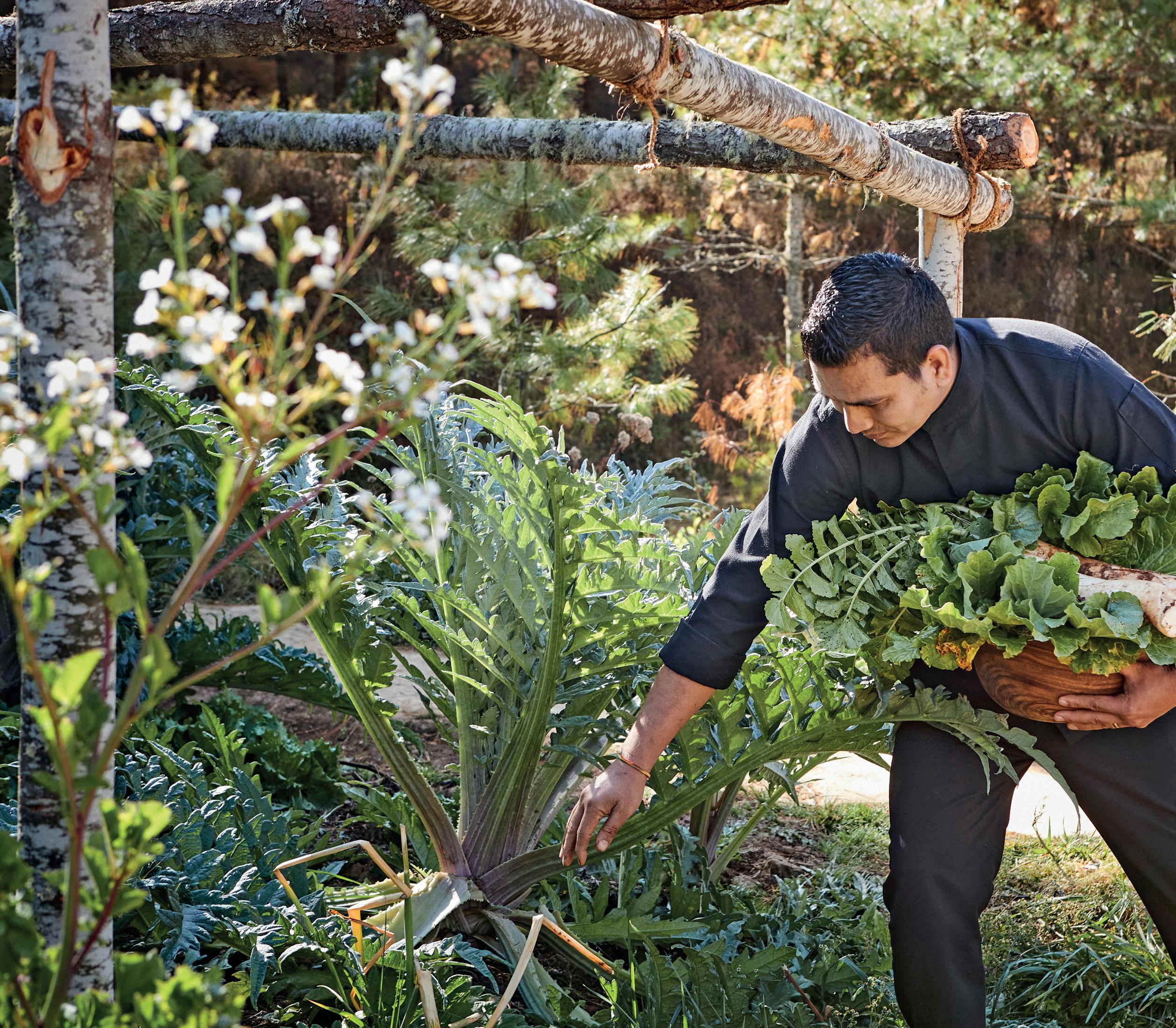
We can’t be well while living in an unwell world, so any business not taking ESG into consideration is at risk of falling behind. Across Six Senses we operate with sustainable operations guidelines which minimise any potential negative impacts on the environment and community with audits to manage compliance with those policies.
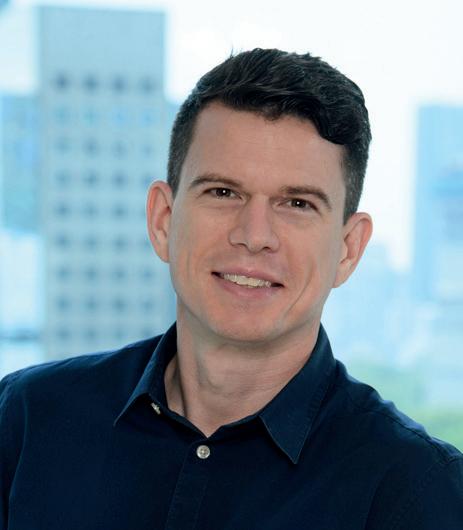
We track all energy, water and waste on a monthly basis and set targets to reduce them. Plus we have moved
We have sustainable operations guidelines across Six Senses and audits to manage compliance
towards carbon reduction as per agreements with the Science Based Targets initiative and our parent company, InterContinental Hotels Group.
Good ESG strategy begins with what’s core to your brand and your operation. Start by
managing what’s within your control. Measuring energy, water and waste will inform your targets and allow you to measure success. The G for governance is extremely important to avoid greenwashing and driving high performance.

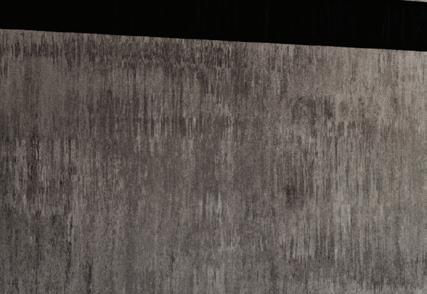



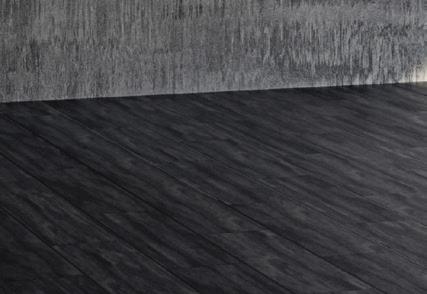



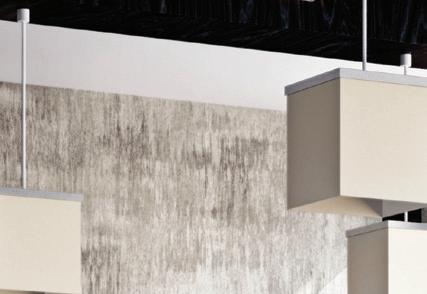


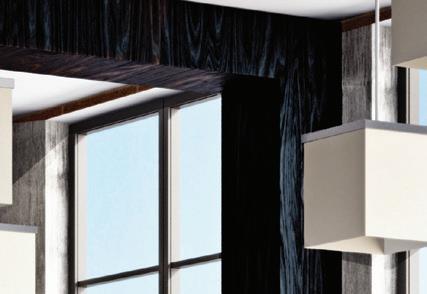
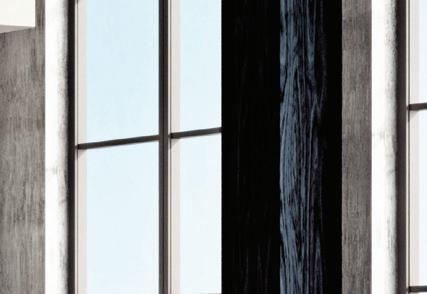
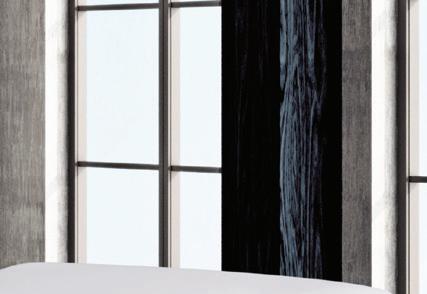
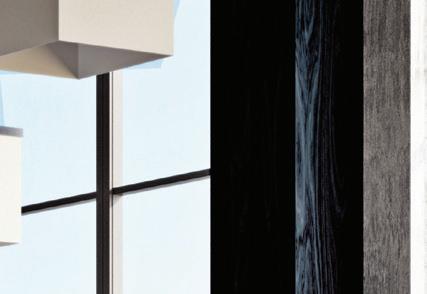
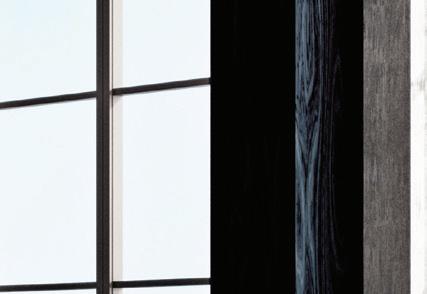
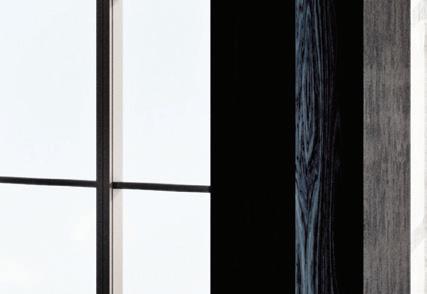
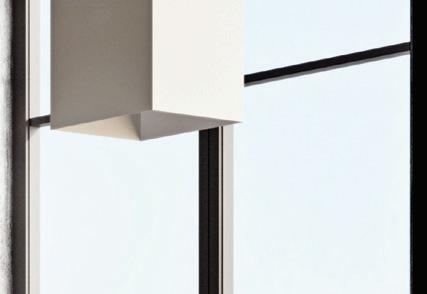

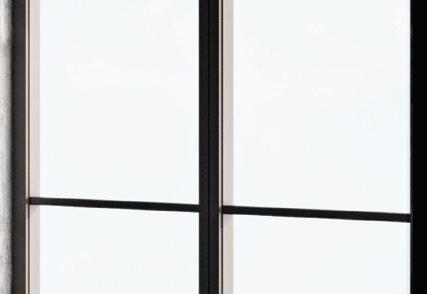


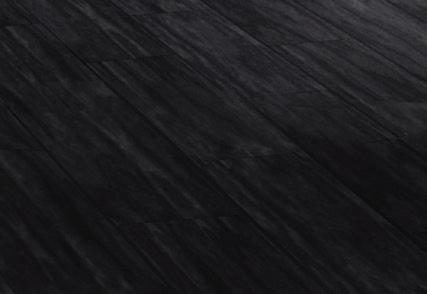
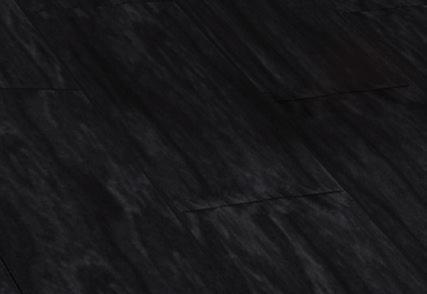
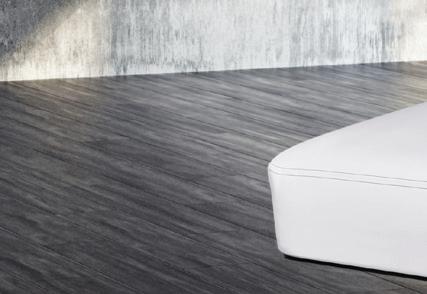
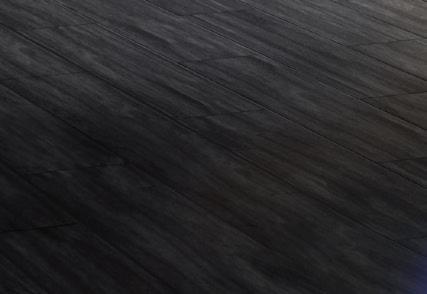
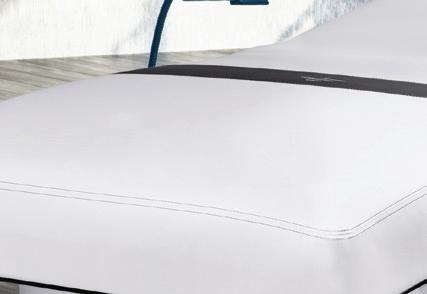


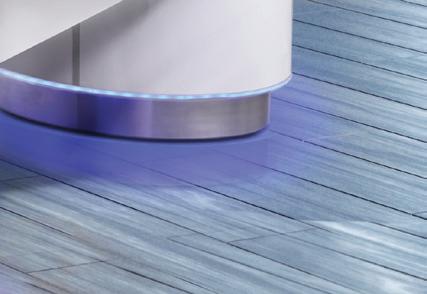
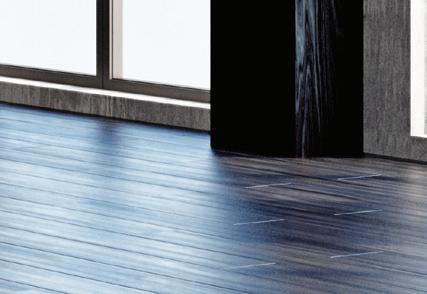


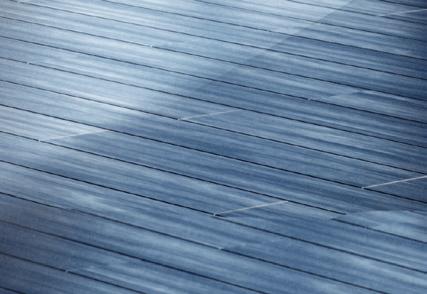



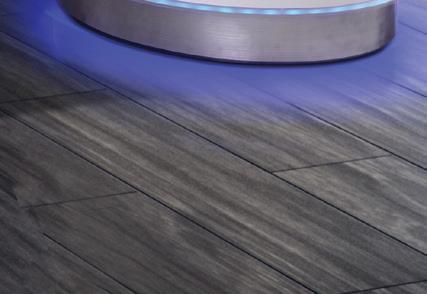


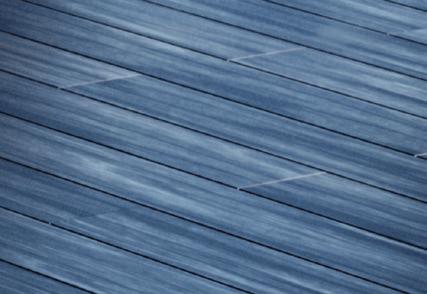



Oriele Frank co-founder, chief product & sustainability officer, Elemis
It’s our industry’s responsibility to have a more positive impact on people and planet. As part of Group L’Occitane, Elemis has signed up to many mandatory and voluntary ESG ratings and audits, including RE100, CDP climate, EcoVadis, B Corp and RSPO sustainable palm oil derivates. As a UK-registered business, we must also report on key sustainability metrics, such as our carbon emissions and our packaging impact.
In 2020, Elemis set up a sustainability roadmap to 2050. We started by measuring our existing position against markers such as carbon footprint, diversity, equity & inclusion (DE&I), traceability of ingredients and

recyclability of packaging. We also reached out to stakeholders to understand what was important to them. Internally, we asked employees which of the UN’s Sustainability Goals they felt we should focus on and which charities they’d like to support. It can be daunting but just take it step by step. First, use government websites to find out if your business has any legal ESG
It’s super important to collaborate with other companies on the same journey… we can achieve so much more working together
reporting requirements in your country. Legalities aside, use a recognised framework, such as the B Impact Assessment tool, to assess your current position.
Once you’ve identified what’s most significant to your business and stakeholders, and understood your gaps, set up a short, medium and long-term sustainability plan. While some elements, such as carbon, waste and DE&I, are more measurable, there are other
Fiona Rangel head of operations, Aromatherapy Associates
We’ve been continuously improving our ESG approach for the last decade, however, when we achieved our B Corp certification in 2020 it was elevated to a priority. When implementing a strategy, constantly ask yourselves how you can improve, as consistent small steps will take you a long way. Be conscious of the partners you work with, choosing those which focus on the environment and local communities. Be conscious of the products you produce and what
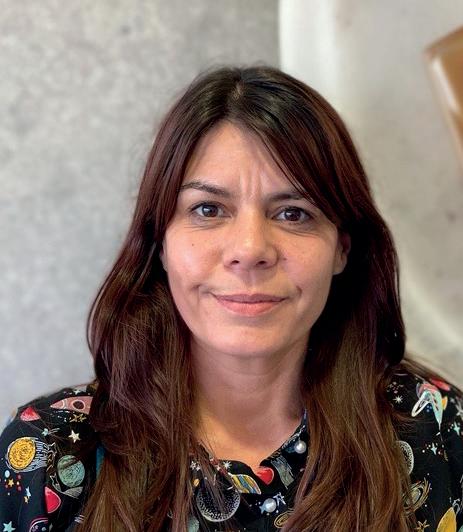
impact the materials have on the environment.
At Aromatherapy Associates, we work with environmentally and socially ethical suppliers and manufacturers; for example, one of our essential oil suppliers
less measurable areas which are still worthwhile. Remember to take your whole business on the journey. It’s important everyone knows and gets involved with your ambitions. And it’s also super important to collaborate and ask questions to other companies within and outside your industry who are on the same journey. B Corp businesses are perfect for this! We can achieve so much more working together.
Consistent small steps will take you a long way. Be conscious of the partners you work with … and the products you produce
puts money straight back into the indigenous community in Australia. We’re currently working to reduce all plastic within our packaging, although we’ve already come a long way we’re still looking for further reductions and utilising recycled plastic at increased levels.
Our distribution partners work with biodegradable or recyclable materials and our logistics partner in Europe has an ethical status on the environment, using renewable energy and electric vehicles and also works to financially support disadvantaged communities across the world.
Upgrade your backbar with the versatile Charcoal & Black Seed Pro Desincrustation Gel. Perfect for facial and body treatments, this unique solution is made with binchotan charcoal, black seed oil and cica extract to make extractions* and deep pore cleansing a breeze.
Part of the full Charcoal & Black Seed Collection.


Want to build a beautiful partnership with Éminence Organics? Apply today.
*If your licensing does not allow for the performance of extractions, this gel can be used as a deep pore cleanse.
Davide Bollati chair, Davines Group and Comfort Zone
We’ve been a B Corp company since 2016, but we’ve always had a deep commitment to the wellbeing of our people and the planet. Our purpose is to do our best for the world, creating a good life for all, through beauty, ethics and sustainability. We recognise our resources and planet are finite and feel every company has a responsibility to shift toward a sustainable and regenerative economy.
Three pillars guide our sustainability strategy: decarbonisation, circularity and biodiversity. In 2022, we signed a commitment with the Science Based Targets initiative to achieve net zero emissions no
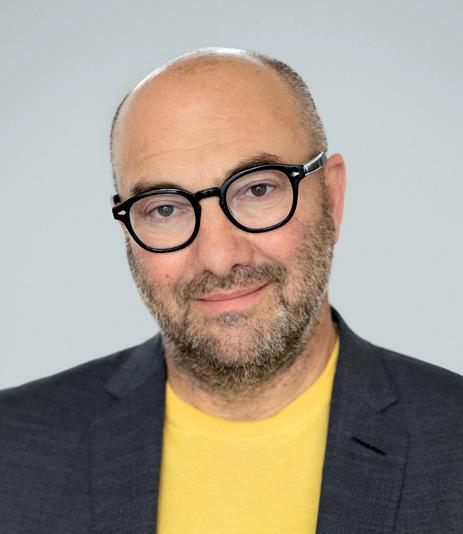
later than 2050, and this year we’ve incorporated water conservation into our efforts.
We prioritise eco-design principles in our packaging, allowing for reduced plastic usage and lighter materials. Thanks to our collaboration with Plastic Bank, we remove an equivalent amount of plastic from the environment for every plastic-packaged product
A transition towards a new regenerative economic model is more necessary than ever
we introduce to the market. If every company were to make such a choice, we would no longer have plastic pollution in the environment, or at the very least, the problem would be drastically reduced.
Also in 2021, we co-founded the European Regenerative Organic Center, one of the first establishments dedicated to training and research in regenerative organic agriculture. These actions are accompanied by a steadfast commitment to our local community,

positively contributing to its development, as well as a strong focus on the wellbeing of our people – our most valuable asset.
A transition towards a new regenerative economic model, one that moves beyond the extractive takemake-dispose approach, is more necessary than ever. However, lasting and sustainable positive change can only occur when an ever-increasing number of public and private entities, as well as individual citizens, collaborate towards a common goal. l

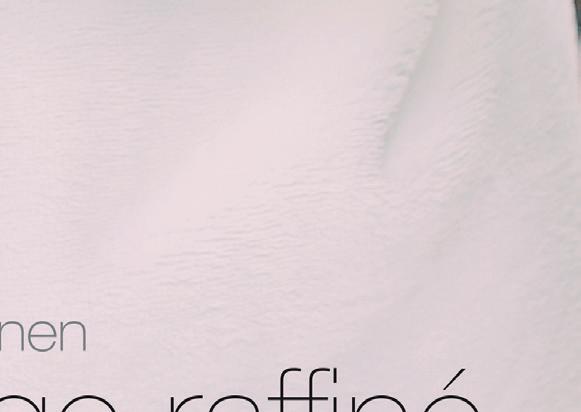










by Megan Whitby, assistant editor
Spa revenue is at an all-time high in the US for the second year running, but does this momentum have a threshold?
Megan Whitby digs into the findings of two fresh ISPA studies
The US spa industry reached US$21.3 billion (€19.9 billion, £17 billion) in revenues in 2023, surpassing the previous industry high of US$20.1 billion (€18.7 billion, £16 billion) in 2022, according to a sneak peek of the Big Five statistics from the International Spa Association (ISPA).
The other core metrics from the 2024 ISPA Spa Industry Study, based on 2,400 operators and conducted in partnership with PricewaterhouseCoopers (PWC), were positive too, yet some KPIs experienced stronger growth than others (see Table 1).
Average revenue per visit in 2023 climbed more than 5 per cent from US$111.5 (€104, £89) to US$117.2 (€109, £93) and the total number of employees now sits at 370,100, a 2.6 per cent rise since 2022. Less uptick was observed in the number of spa visits which equalled 182 million (+0.6 per cent) and the number of locations that came in at 21,840 (+0.2 per cent).
So what meaning can we attribute to these benchmarks? Spa Business takes a closer look at the figures and also delves into the 2024 edition of ISPA’s Consumer Snapshot survey to gain more insights.
Every year, ISPA reveals its Big Five statistics ahead of its full research in July/August and first
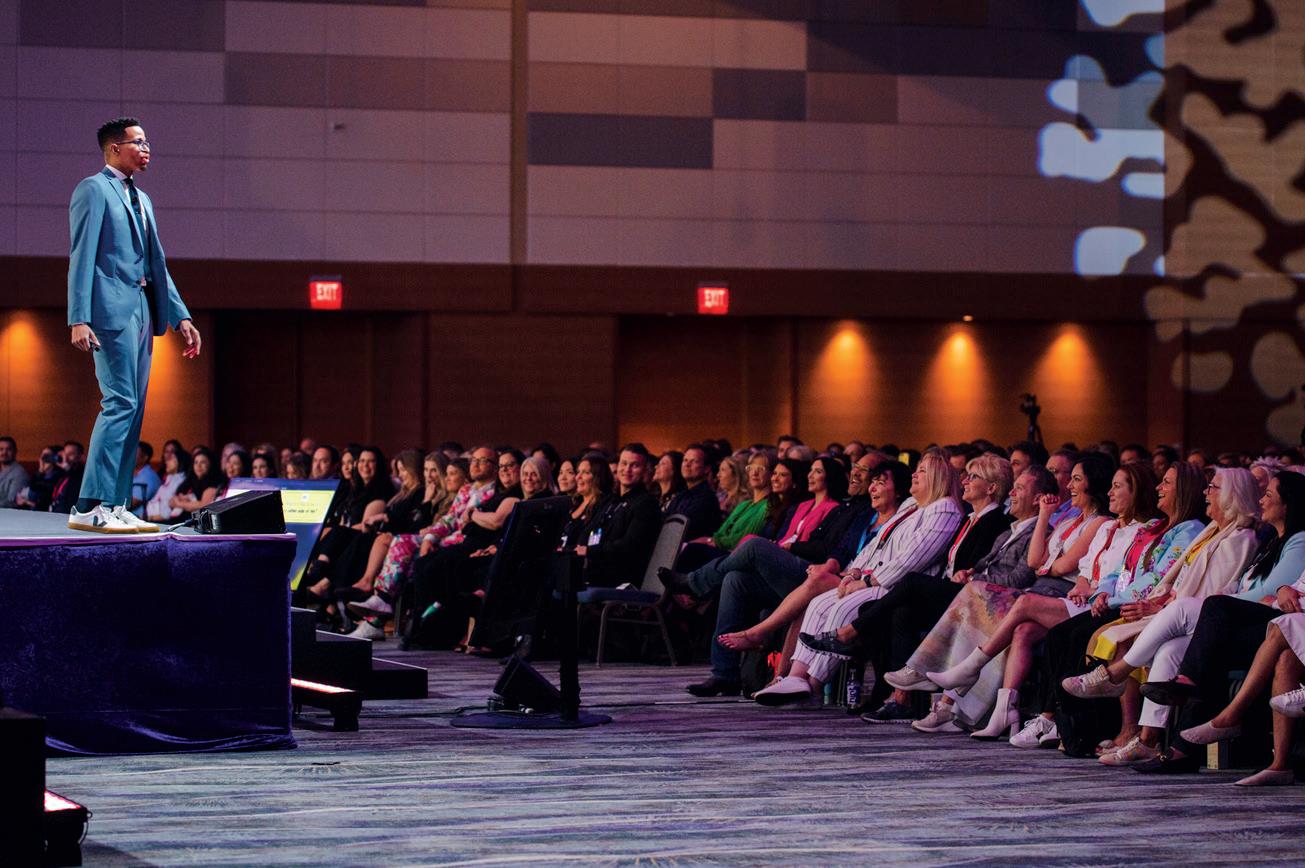
The research findings were revealed at this year’s
teased its 2024 findings with delegates at the ISPA Conference in Arizona, USA this April.
ISPA president Lynne McNees says overall these latest numbers give out a positive message.
“Revenue drives growth for spas,” she says.
“Increasing overall revenue and dollars spent per visit allows spas to hire more employees and open new locations. This year’s good news will enable the spa community to reinvest in growth.”

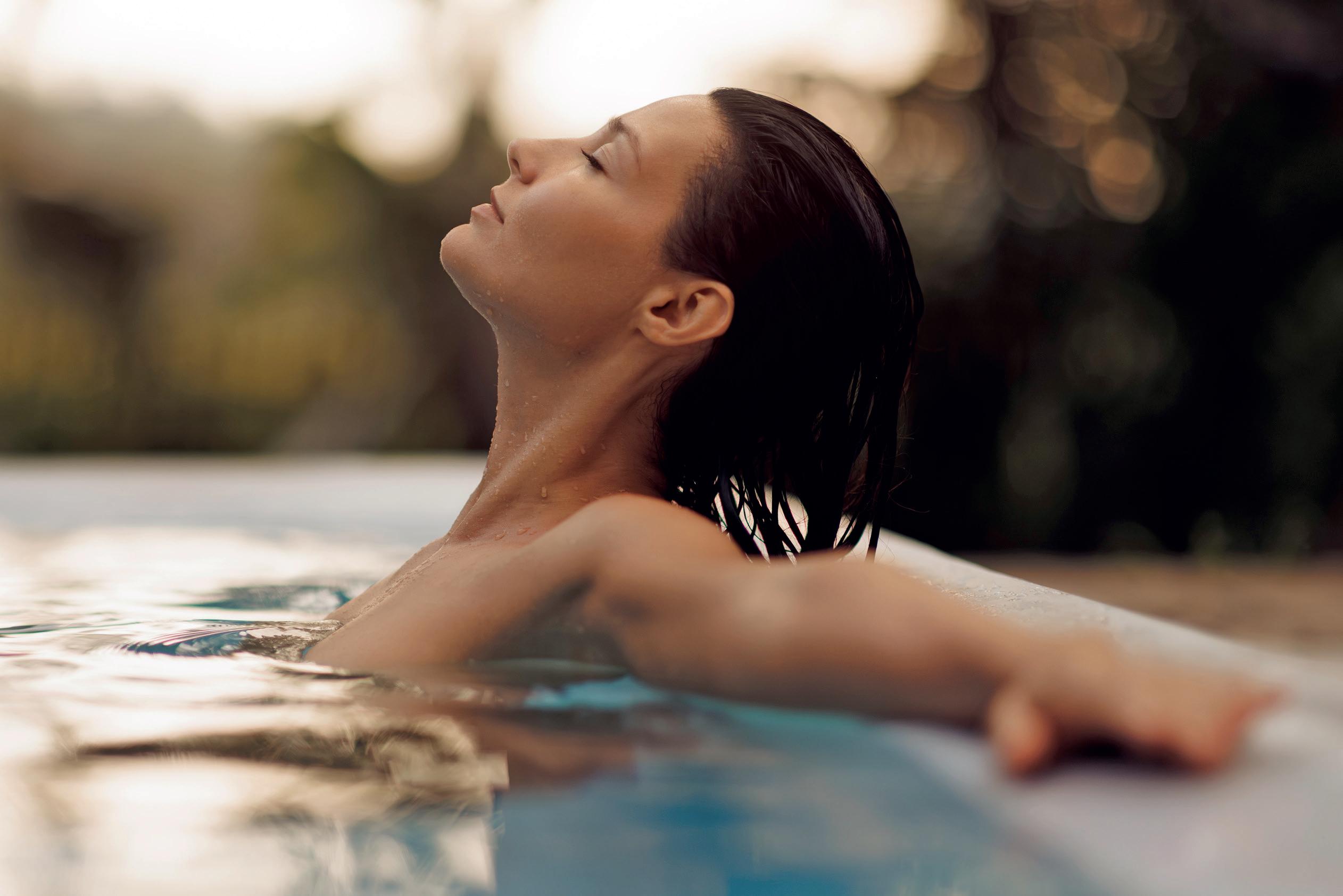
Colin Mcilheney, ISPA research advisor – who presented the Big Five on stage – however, flags that the metrics required further attention.
He notes that with overall revenues steadily climbing while visitor numbers remain stagnant, the driving force behind this growth lies with consumers who are investing more per visit to spas. “In light of the current cost of living crisis, it’s crucial to ask: Are these upward trends sustainable,” he says. While a portion of the revenue increase can be attributed to adjusted pricing structures, it’s essential to recognise that customers may have reached their spending thresholds, he adds.
Released in March, the 2024 edition of ISPA’s Consumer Snapshot survey suggests that customers who visit spas more frequently could be the key to future success.
The survey was based on the responses of 1,002 spa-goers in December 2023. ISPA defines a spa-goer as someone who’s been to a spa in the last 12 months and found that 70 per cent of survey participants had visited at least twice in the previous year – making them a ‘regular spa-goer’. Subsequently, it found that these regular spa-goers will likely spend the most –US$200 (€186, £159) and over – in a year.
“Regular spa-goers are significantly more likely to spend more money while in the spa
The US spa industry reached US$21.3 billion in revenues in 2023
on treatments and spend money on other wellness-related facilities, such as gyms and beauty salons,” according to the report.
“They’re also more inclined to adopt healthy lifestyles and see going to the spa as a long-term commitment to their health and wellbeing. They have higher incomes than irregular spa-goers which gives them more flexibility to spend their money on discretionary activities and add them into their regular routines.”
A further breakdown of regular spa-goers shows that 45 per cent of them are millennials (aged 27-42), mostly employed (82 per cent) and that 58 per cent have a household income between US$50,000-US$149,000 (€46,613-€138,906, £39,882-£118,848).
To encourage more regular customers, spa operators might want to consider introducing membership packages as the rise in popularity of Netflix and Amazon has opened consumer mindsets to subscriptions. And on p110 Spa Business investigates how software suppliers can help operators with membership set-up and management.
Almost all spa-goers (96 per cent) have purchased some form of annual subscription/ membership that has year-round access/ benefits (see Graph 1). Specifically, 31 per cent
Graph 1: Which of the following do you currently hold an annual membership:subcription to?*
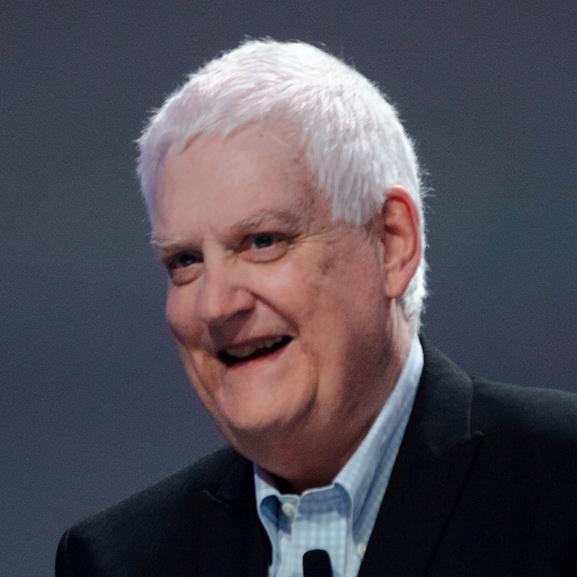
31 per cent of spa-goers have a spa membership and 67 per cent are interested in one
*Source: ISPA Consumer Snapshot: Today’s Spa-Goer, 2024
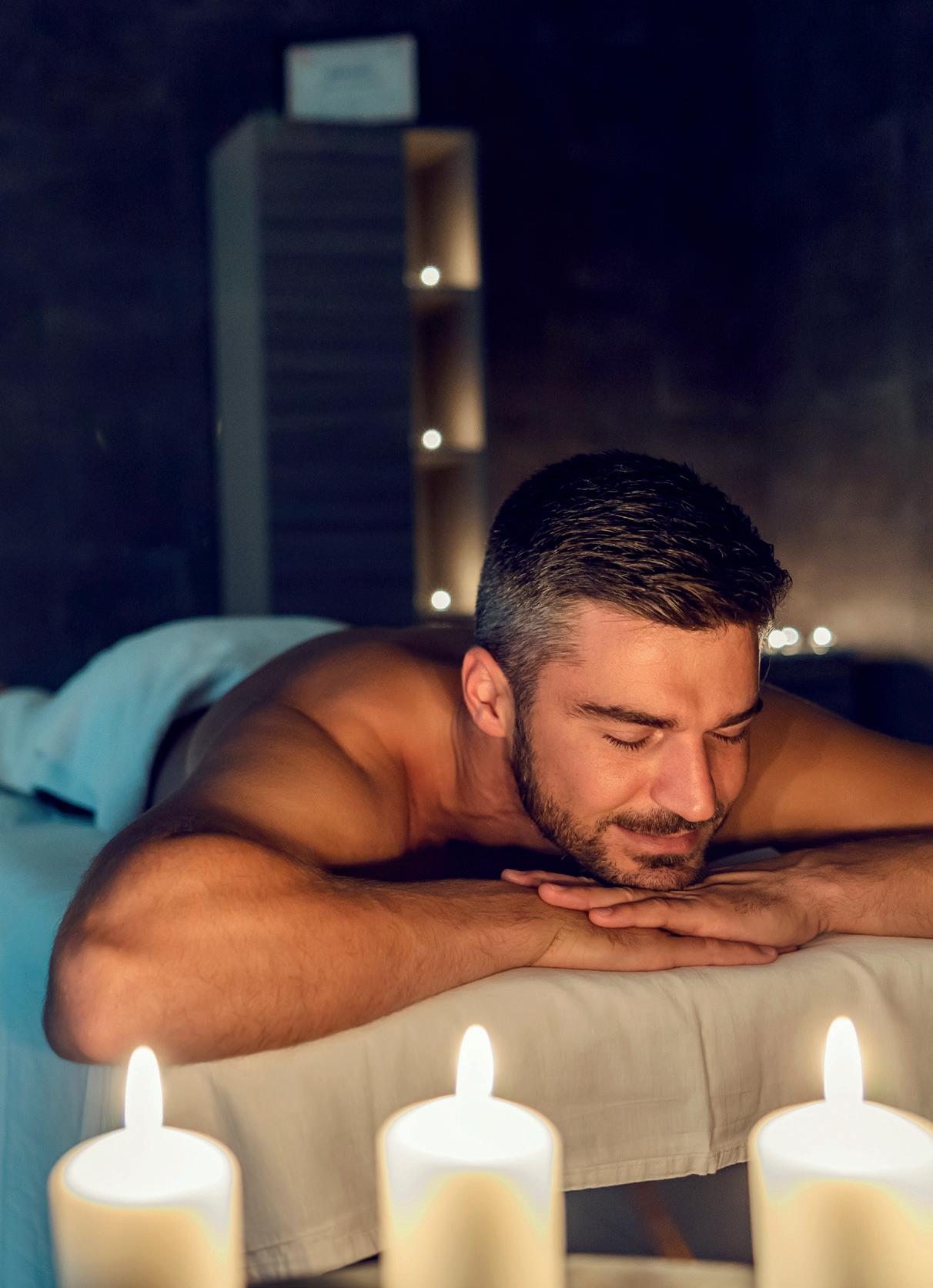
are already members of spas and 41 per cent have signed up to gyms. Furthermore, 67 per cent of participants agreed with the statement ‘Spa memberships that extend a set number of treatments per month are of great interest to me’. However, across all spa-goers, there was a sentiment that spas are expensive and that having deals or offers could entice them to visit more frequently.
A shift in perspective emerged among frequent spa attendees, who increasingly view treatments as indispensable investments in stress reduction and mental wellbeing. While spas were once regarded as luxuries, today’s patrons prioritise their visits not only for indulgence but for mental health and overall wellness, the survey shows.
In fact, even though indulgence came out as the key motivator behind spa visits, reducing stress and taking a step towards leading a healthier lifestyle were significant contributing factors.
Around 80 per cent of respondents agree that looking after mental wellbeing and eating healthily is an important part of the daily routine. Moreover, 96 per cent of spa-goers state they’ve taken steps to look after their mental wellbeing in the past 12 months with sleep and health being the key focus. In the aftermath of a global pandemic, it’s interesting to note how spa consumer behaviours, habits, attitudes and expectations are changing. And the two ISPA studies not only illustrate the current state of play in the US industry but also highlight where the opportunities lie for the future. l

EXCLUDE THE OUTSIDE WORLD AND FLOAT WEIGHTLESSLY ON BODY-TEMPERATURE, MAGNESIUM-ENRICHED SALT WATER

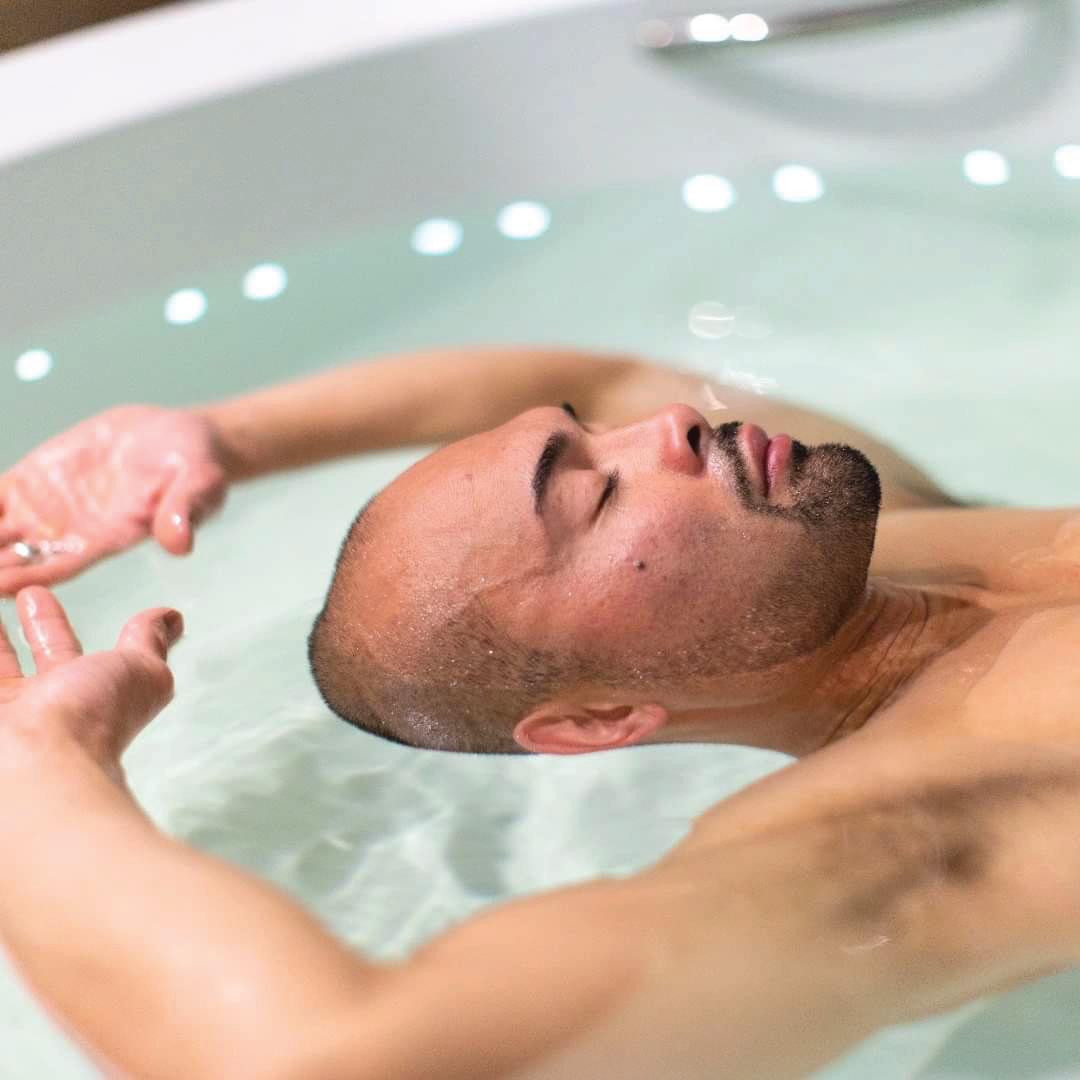

MAXIMUM HYGIENE LEVELS 4+1 FILTRATION STEPS 100% SELF-DRAINING POOL WITH WATER RESERVOIR SOUND-, LIGHT-AND AROMATHERAPY

As French brand Yon-Ka celebrates 70 years of innovation and sustainability in the beauty business, the company is moving forward with new eco-friendly product packaging
In celebration of its 70th anniversary this year, pioneering French skincare brand Yon-ka Paris has unveiled an eco-conscious redesign of its iconic beauty lotion in alignment with its dedication to creating greater sustainability within the beauty industry. With one bottle sold every three minutes, Lotion Yon-ka has become a much-loved skincare staple both in France and around the world. The product uses aromatic plants and essential oils, creating a potent blend of signature ‘photo-aromatics’ to deliver an enjoyable and effective ‘spa in a bottle’ experience to customers.
For the landmark anniversary, Lotion Yon-ka’s packaging has been reimagined to fit with the brand’s already strong environmental values.
The bottle’s previous plastic cap has been eliminated and the container uses lighter glass to significantly reduce the brand’s environmental footprint. The container now weighs 180 grams instead of 255 grams, saving 12.8 tonnes of glass annually, while the cap change will save 2.7 tonnes of plastic each year.
The founders of the Yon-Ka brand (whose parent company is the Multaler Group) have been pioneering the use of aromatherapy since 1954. The independent family business has consistently followed environmentally-responsible business practices and prioritised the use of natural ingredients for its skincare range.
Yon-Ka has based its leading beauty business around five founding principles: effectiveness through nature, high quality formulations, expert
professional beauty techniques, ethical commitments and its creation of an experience for the senses. Central to Lotion Yon-Ka’s efficacy is the brand’s Quintessence formula – a synergistic blend of five essential oils: lavender, geranium, rosemary, cypress and thyme. This proprietary blend is

Yon-ka products are used by 6,000 beauty professionals around he world
Lotion Yon-ka packaging has had an eco makeover for the company’s 70th anniversary
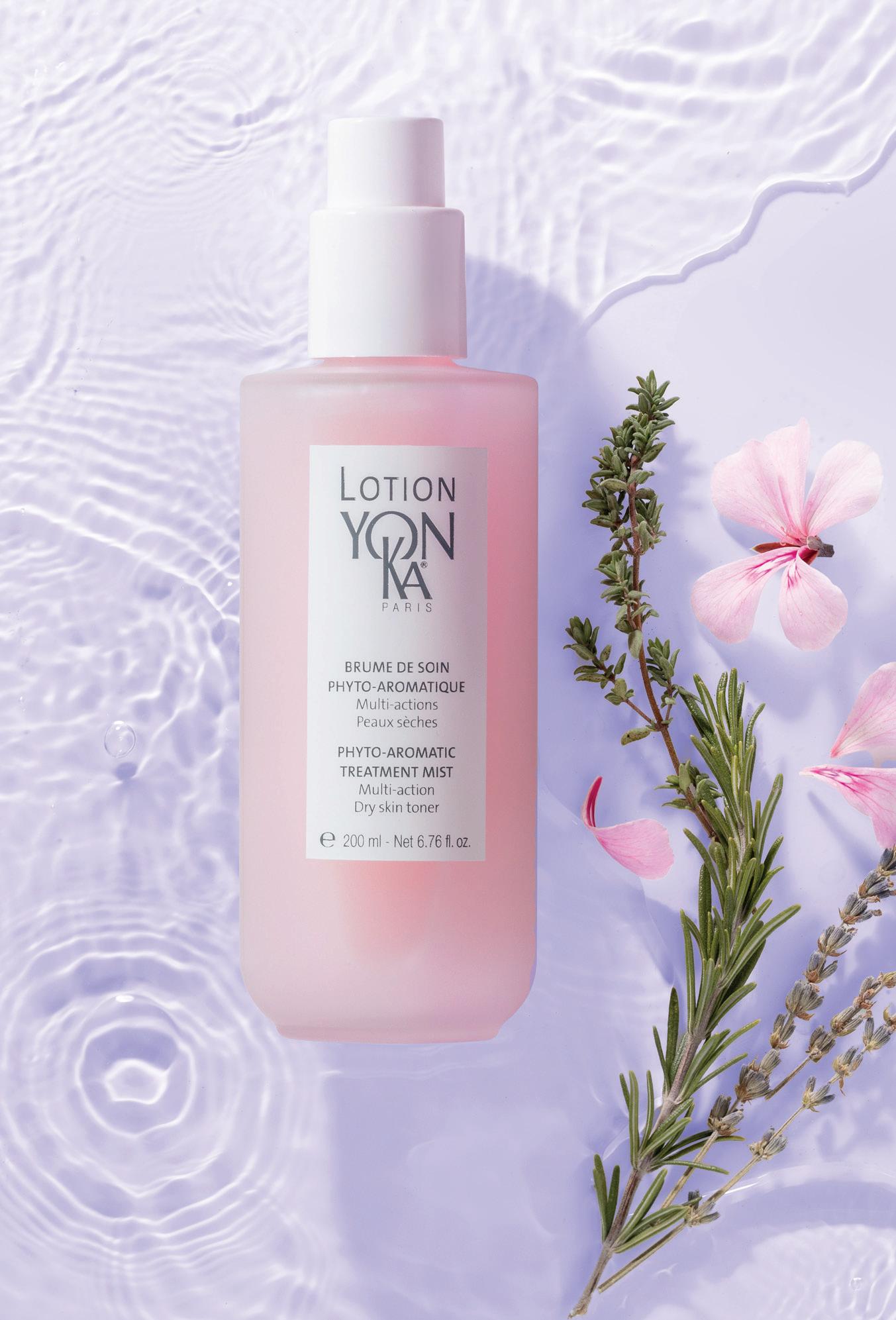
designed to revitalise the skin, resulting in a refreshed, toned and balanced complexion.
Each Yon-Ka phyto-aromatic treatment is a unique, personalised experience which contributes to the physical and mental harmony of every individual, at every stage of life.
All its products are developed and manufactured in its own laboratories in Paris, under strict controls at all stages, from formulation through to meeting ISO 22716 standards.
Spa, beauty and wellness operators that choose to work with the brand will find a comprehensive range of expert face and body treatments to meet all their clients’ needs. Their staff will be trained in Yon-Ka’s well-defined techniques and methods. These treatments are subtly and expertly designed to prolong and strengthen the effects of the essential oils in the products, thereby optimising treatment results.
To complete the client spa experience and improve profitability for the spa, Yon-Ka has also developed a full line of face and body products to extend the benefits of the professional treatments into customers’ homes.

The eco-makeover of Lotion Yon-Ka stands as a testament to the brand’s achievements and aspirations
Amal Amgaad, global director of communications
To date, over 6,000 beauty professionals around the world (covering five continents and 60 countries) have chosen to share Yon-Ka’s experience of phytoaromatic skincare with their spa and beauty clients.
Yon-Ka’s many professional clients include Bellagio & JW Marriott in Las Vegas; Canyon Ranch, USA; Four Seasons in Jakarta, Indonesia and La Rosière in France. Among its clients in Japan, there is the Hyatt Regency, Hakone and L’Espace Yon-Ka, Tokyo, which has been voted Best Spa of the Year in Japan on numerous occasions.
After seven decades of delivering natural eco-friendly and personalised skincare, Yon-Ka is looking forward to serving its clients for another 70 years – and further developing its sustainable practices in the future.
Yon-Ka’s global director of communications, Amal Amgaad, says: “The eco-makeover of Lotion Yon-Ka stands as a testament to the brand’s achievements and aspirations, promising continued innovation and dedication to both beauty and the environment.” l
More: www.yonka.com
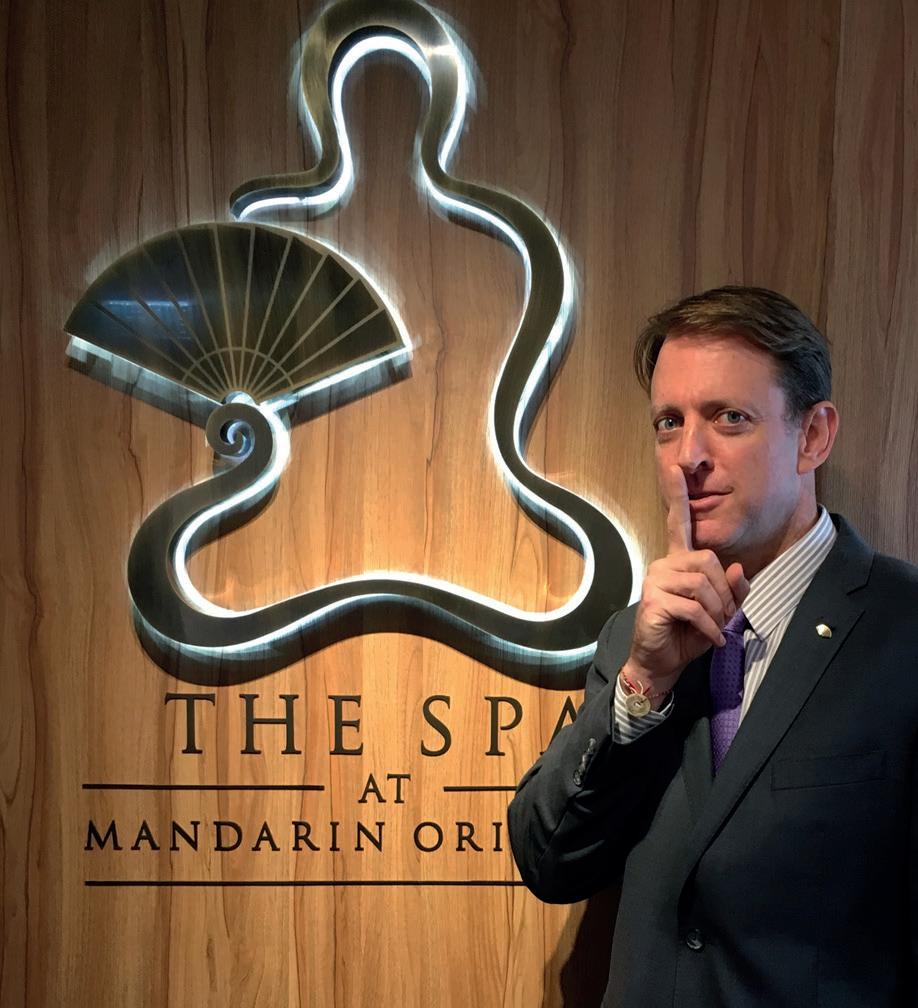
While we enjoy the idea of a digital detox, the reality is we need technology to solve the wellbeing problems of our increasingly complex world
To find wellbeing in the modern age we have to think about how to avoid technology while also using it to our advantage, says Jeremy McCarthy
It’s no coincidence that the rising interest in wellness as a global-macro trend over the past three to four decades has come handin-hand with a parallel trend of digitalisation. We’ve seen the world around us completely transformed by technology at a pace that continues to accelerate exponentially and our bodies and minds are simply not able to evolve fast enough to adapt. We find ourselves out of sync and have no choice but to seek new strategies, tools and practices to help us manage our wellbeing. This disconnect leads to an interesting paradox. We can pursue wellness by either rejecting technology or embracing it. On the one hand, there’s a yearning to escape from technology and return to nature to adopt a slower rhythm of life. There’s a reverence for the past, a desire to return to a simpler, less connected world. Practices such as
meditation, yoga, singing bowls and hydrothermal bathing have all existed in different cultures for thousands of years, but they’re more popular than they’ve ever been as consumers look to the past to find ancient solutions to modern problems.
However, we cannot turn our backs on technology completely. While we enjoy the idea of taking a couple of hours (or god forbid, a couple of days) for a digital detox, the reality is we will need the assistance of technology – better science, tools and data – to help us navigate and solve the wellbeing problems of our increasingly complex world.
This is the great wellness paradox of the 21st century. F Scott Fitzgerald famously said that genius comes from the ability to hold two opposing views at the same time. This is exactly what modern wellness intelligence looks like, simultaneously rejecting and using technology in support of human wellbeing.
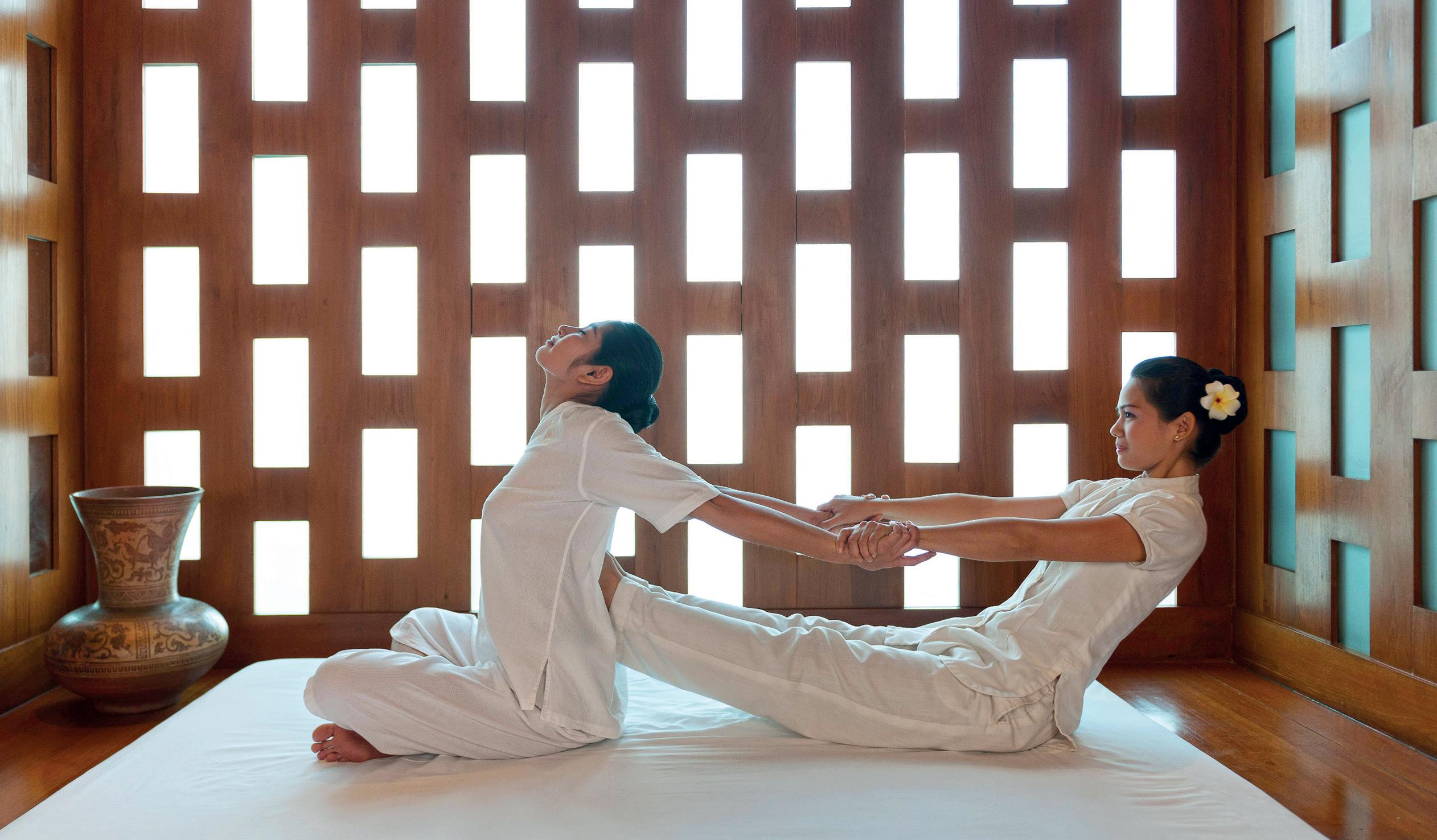
1.Schedule time for digital detox
Block out hours in your day, days in your week, or weeks in your year, to take a break from technology
2 .Reflect on relationship with technology
It’s hard to recognise the impact of technology while we’re immersed in it. When we step away, we can evaluate whether it’s supporting our highest goals and objectives
3.Slow down
Find ‘slow hobbies’ such as meditation, painting or kite-flying, to counteract the accelerated frenzy of the digital world
4.Immerse yourself in nature
Leave the urban environment and immerse your brain and body in the sights, sounds and scents of nature
5.Practice silence
Step out of the digital stream of content and allow your mind to recover from information overload
1.Join a community
Social networks provide great opportunities to find likeminded people to support you on your wellness journey
2 .Use new tools
Our devices and apps help coordinate everything –including our wellness habits. Whether you use a sleep tracker, a guided meditation app, or
In honour of Global Wellness Day, Mandarin Oriental hosted complimentary ‘tech detox’ events worldwide on 8 June, encouraging guests to disconnect and practise wellness activities that help them find balance. This December, the company also celebrates 10 years of its annual Silent Night initiative, which promotes the need for quiet reflection in its spas
Read more: www.spabusiness.com/silentnight
follow an online workout programme, there are tools that can help build a healthy lifestyle
3.Seek inspiration and mentoring online
There are great voices sharing wellness inspiration and motivation online that can have a massive positive impact. Choose the people that you follow wisely
4.Do research
You can find opinions about anything online. But you can also be more scientific and look for validated research or respected voices to separate the wellness wheat from the chaff
5.Ask an AI
If you’re not sure where to begin, new generative AI tools make it easier than ever to ask questions or get tips about diet, exercise, wellness practices and more. l
Jeremy McCarthy has worked in the spa industry for 34 years. As group director of spa and wellness for Mandarin Oriental, he oversees spa, wellness and leisure operations at 35 luxury hotels globally. Contact him with your views on Twitter @jeremymcc
The chair of the Global Wellness Summit has been fundamental in defining the industry and continues to drive it forward. But how did she get to where she is today and what’s her vision of the future?
Jane Kitchen finds out
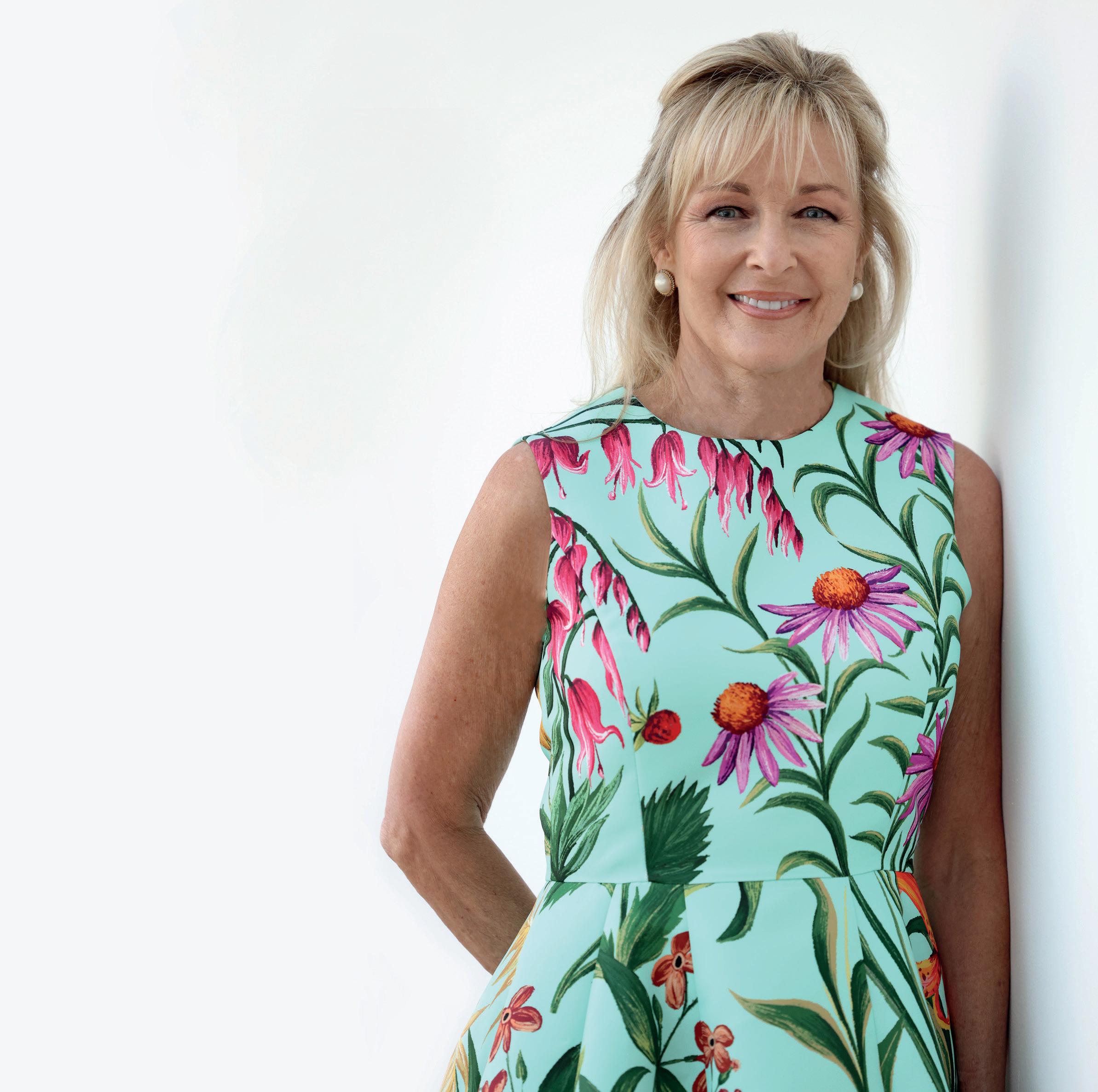

Though most in the industry today know her as the face and driving force behind the Global Wellness Summit, Susie Ellis’ five-decade career in spa and wellness began in 1974 at the famous Golden Door in California, where she worked as a fitness instructor. Photos from that time show her as young, blonde, leotard-clad – and I can only imagine, full of pep. Fifty years later, that enthusiasm has not been curbed and she continues to push the wellness industry forward, identifying new segments and opportunities, encouraging us to be more inclusive and bringing more people into a global conversation about health and wellness.
The inaugural summit was held in New York in 2007 and now falls under the much wider umbrella of the Global Wellness Institute (GWI). This nonprofit organisation, which Ellis also heads up, has a mission to empower wellness worldwide by educating public and private sectors about preventative health and wellness. From the beginning, Ellis recognised the importance of research for the industry. The first Global Spa Economy Research report was released the following year. It’s those numbers that have helped to define and measure our industry’s growth. Back then, the global spa economy was estimated to be worth more than US$250 billion


In quiet moments, I reflect on the fact that my work feels like a God-given calling
(€230.2 billion, £196.7 billion). Today it’s part of a wider global wellness economy that’s valued at US$5.6 trillion (€4.24 trillion, £3.62 trillion).
Ellis has also been instrumental in introducing the concept of wellness tourism and the idea of wellness real estate, which has just been valued as a US$438 billion (€402.9 billion, £344.3 billion) industry (see p26). And the GWI’s research has expanded to include everything from mental wellness to wellness policy. These days, it’s rare to read an article on wellness that doesn’t reference those numbers.
Susie and I sat down to talk about the industry, her own history and the future of spa and wellness, in anticipation of her induction into the Wellness Hall of Fame (see p76).
How did you get started in the industry?
I grew up in Illinois in the US and my parents were immigrants from Germany. They were both gymnasts, so there was always an understanding of the importance of exercise and gymnastics was something I was involved in and that was important to me.
My undergraduate degree was in recreation administration, but I was already working in the physical education area. This was back in the 70s, when aerobic dancing was just starting and I became an instructor. My very first job was in Albuquerque, New Mexico, at a place called Tom Young’s Health Spa. It was a small spa, but they had exercise equipment and I was able to teach.
From there, I ended up at Golden Door. It was 1974 and I was interviewed by Deborah Szekely (see www.spabusiness.com/szekelyhof). I immediately recognised that it was a really good fit for me. At the time, there was no spa industry and we weren’t using the word wellness, but the core of their philosophy was built around physical activity, healthy eating, stress reduction and beauty – what we look at now as the whole ecosystem of wellness was there. Guests would come for a whole week and the transformation I saw in people at that time was very inspiring and encouraging.



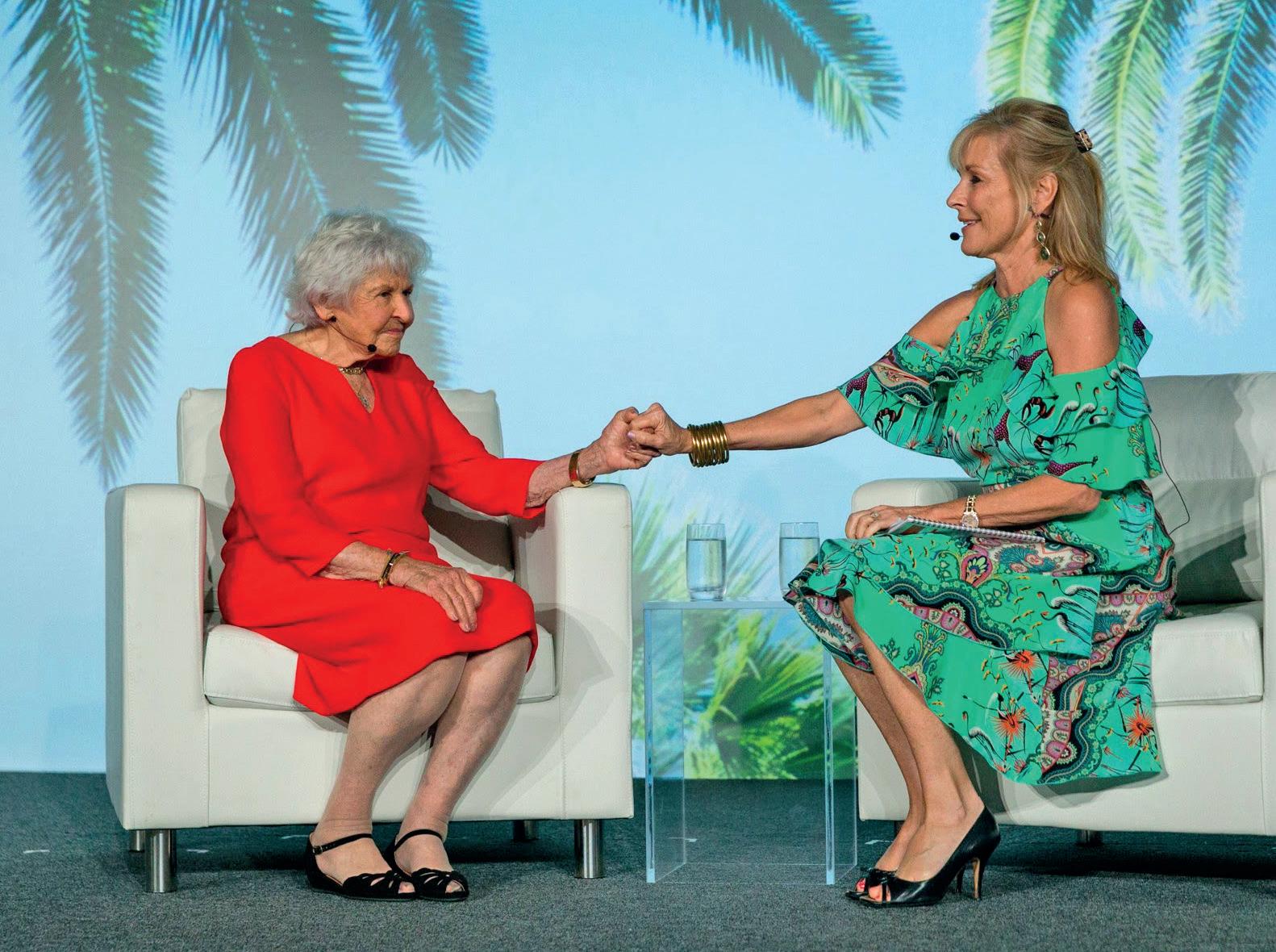

I’d love to see research that proves when a country invests in wellness, healthcare costs go down
Tell us about your relationship with Deborah Szekely
We initially became closer after she wrote a book and asked me to model the exercises in it. She went on TV shows to talk about it and asked me to go along. Maybe Deborah recognised a kindred passion and vision, but over the years she really has been a mentor and then she became a friend.
You both place importance on community and conversation. How has that shaped your work?
I really learned that at the Golden Door. Guests came on Sunday and left the following Sunday and it was a group of about 39 people, small enough that they got to know one another. One thing Deborah did that was brilliant was rearrange the tables at evening dinners so cliques wouldn’t form. It was a subtle thing, but it meant there was a lot more mixing and exchanging of ideas. This sense of community was the glue that put people together. The magic that no one else had. So when we started the summit, it was very intentional that we put people together, mixed people up and that there was no hierarchy. This has been very valuable. That’s why we have our lunch discussions with tables of six people – venues generally want to give you big tables of 12 and




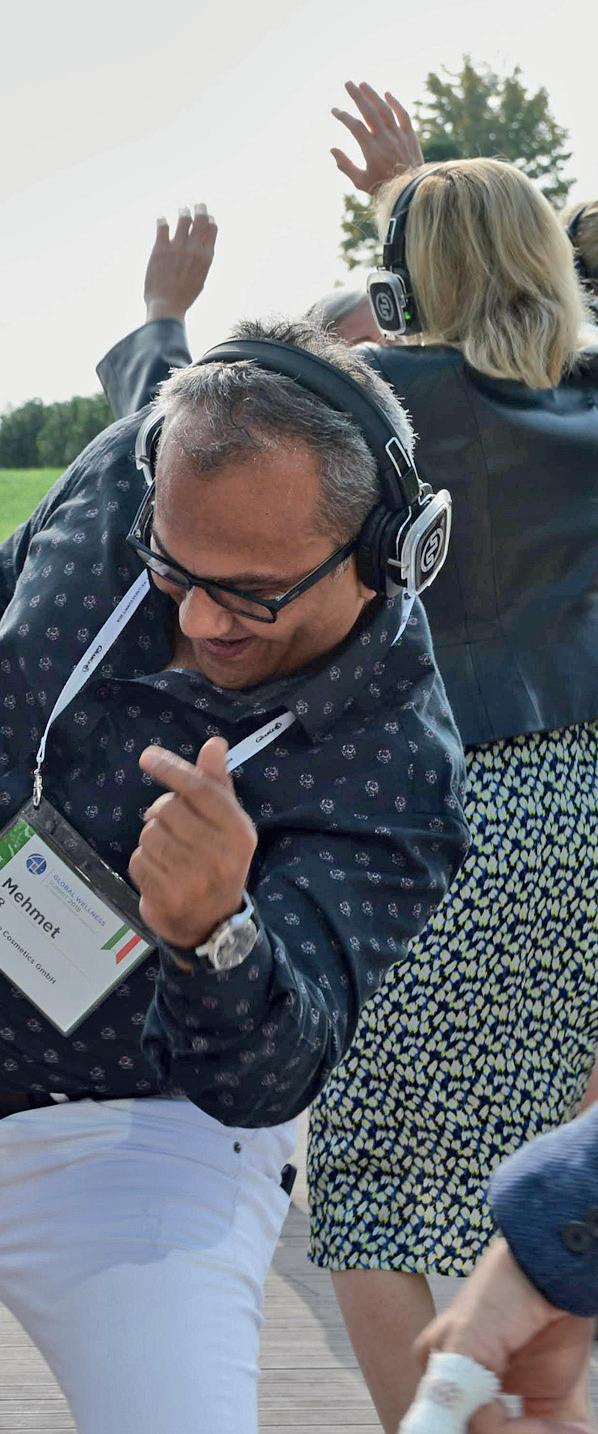
I just won’t have it. That’s why we also have a delegate directory with attendee’s contact details. The intention of connecting people is a big part of the DNA of my passion. It’s so important. Now more people are talking about it because of the loneliness crisis and research is backing up the fact that having connections with others is an important part of health.
How has the summit evolved?
Our values include being future-focused, collaborative, evidence-based, nimble, inclusive and global. Perhaps this stems from my German roots and all the travel I’ve done. Early on, I saw the potential to learn so much from different countries – their practices and their healing methods. So that was the genesis of the GWS – the idea of bringing people from all over the world together to have conversations because we can learn from each other.
We started as the Global Spa Summit. I was working as president of Spafinder when I went to the World Economic Forum in Davos and saw the value of the format. It was international and invite-only, so it attracted decision-makers. It wasn’t about selling products and doing business. It was about thought leadership. At the time, there was the ISPA conference in the US and a few spa-focused gatherings in Europe and Asia, but there wasn’t a worldwide summit. In 2007, we hosted the first event in New York, because it was a global city and easy to get to. It attracted 180 people and our agenda was modelled after Davos with thought-provoking discussions. It became clear that we needed
GWS attracts high profile speakers from around the world

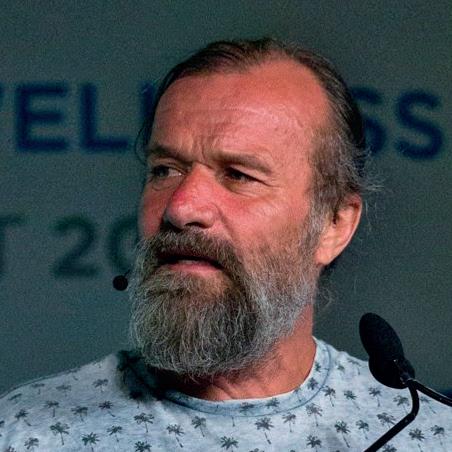



n New York City, USA (2007)
n New York City, USA (2008)
n Interlaken, Switzerland (2009)
n Istanbul, Turkey (2010)
n Bali, Indonesia (2011)
n Aspen, USA (2012)
n New Delhi, India (2013)
n Marrakech, Morocco (2014)
n Mexico City, Mexico (2015)
n Kitzbühel, Austria (2016)
n Palm Beach, USA (2017)
n Cesena, Italy (2018)
n Singapore (2019)
n Palm Beach, USA (2020)
n Boston, USA (2021)
n Tel Aviv, Israel (2022)
n Miami, USA (2023)
The next summit will be held in St Andrews, Scotland this November
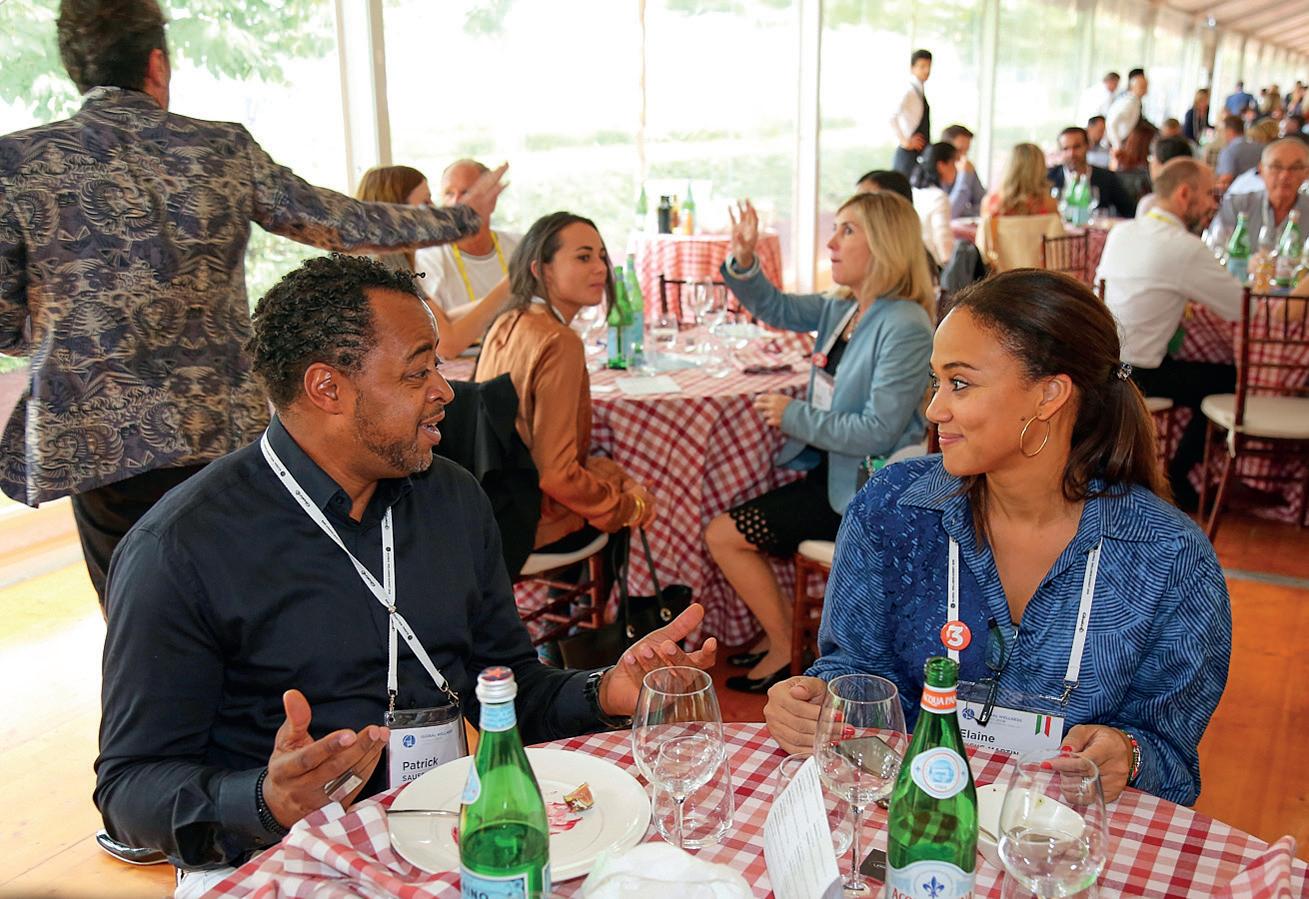
Tables are limited to six seats to encourage more exchanging of ideas

research – figures that would help us define the industry and understand what impact it was having globally. We continued to create an enticing summit each year, moving it to many outstanding places around the world (see above) and becoming more inclusive of other fields, on top of spa, such as physical activity, beauty and nutrition.
did you start to define the industry globally?
I’d seen a study on the golf sector by SRI International and wanted something similar. So we hired the company that created that report and asked for the same researchers – Ophelia Yeung and Katherine Johnston – to work on our spa research. They worked on it for a year and realised that the industry was widely fragmented. They suggested bringing it all together by defining the word ‘spa’ very generically as “places that are improving body, mind and spirit”. Then underneath that umbrella term, you have all kinds of spas –resort, thermal, medical, ayurvedic, day – and adding up their combined revenue gets you a large number that people will pay attention to.
We had the figures at the second summit and made them available to everyone without cost. It was a major decision and it’s something I’m proud of. At that time, if you did research, you sold it to cover the high costs, but we realised there were very few people who had
I feel that I’ve helped define the wellness sector globally and given it visibility
the vision to say there was a “spa industry” and thought it more important that everyone was able to look at the framework we created.
Over the years we’ve added to the data – first looking at the global wellness market as we saw the term bubbling up, then focusing on wellness tourism, wellness real estate and mental wellness. Importantly, we continued to make the research available to everyone.
I feel that I’ve helped define the wellness sector globally and helped give it visibility and momentum that has contributed greatly to its positive impact on the world’s health and today’s emphasis on prevention. I think our research numbers have had a global impact and continue to do so. I’m proud of that. I’m also proud that we’ve put up some guardrails for quality – those numbers can be relied on.

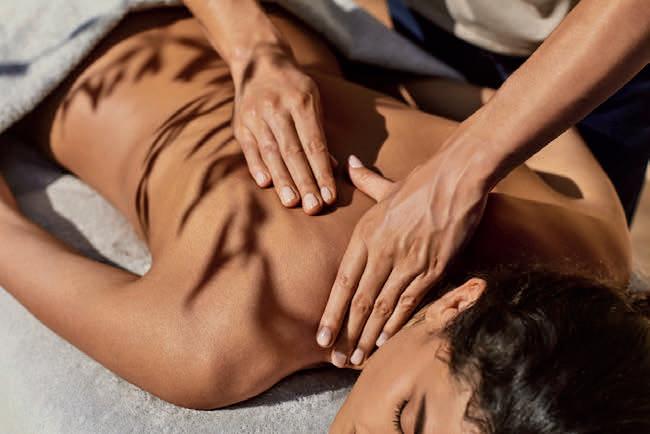
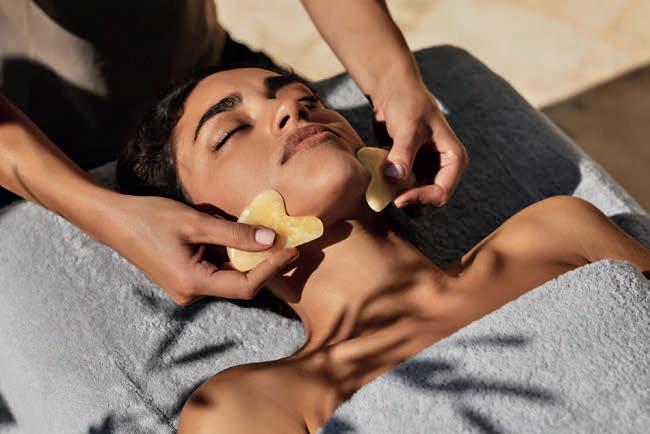
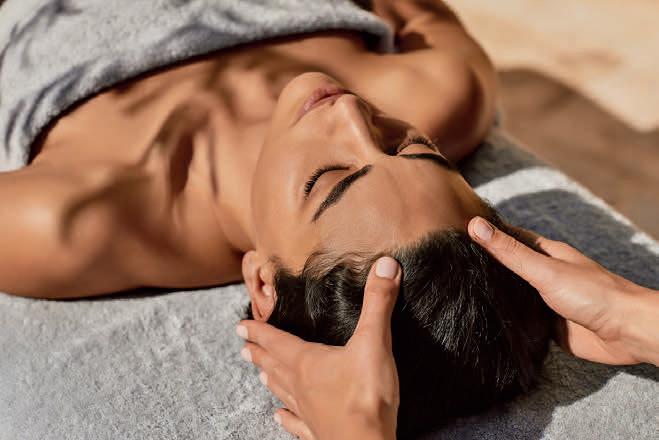

of age: this year will be the 18th event for the GWS
Backed by Spa Business magazine and chaired by Andrew Gibson, the Wellness Hall of Fame (WellHOF) was launched to recognise the work of our industry pioneers, while also enshrining their collective wisdom in a central library that we can all be proud of. See www.wellHOF.org for further details
In quiet moments, I reflect on the fact that my work feels like a God-given calling to ultimately help disconnected entities around the world improve peoples’ body, mind and spirit – something that has now become the global powerhouse that we call the “wellness economy”.
I’d like to see wellness become more democratised and have a lifelong desire to see the obesity trend reversed.
I also hope the wellness momentum we all feel today will accelerate. While the medical world continues its rapid scientific advancement to bring people back to health, individuals, families, companies, nonprofits and governments are also being inspired to engage in wellness pursuits to curb preventable illnesses.
I also dream about how the industry can contribute uniquely to climate and environmental concerns and ultimately, I’d love to see us trumpet the research that proves when a country invests in wellness, healthcare costs go down. That’s when we will have arrived.
I see increasing respect for the wellness sector as more people pursue optimal

health, in conjunction with a need to actively focus on the health of our planet.
I also see an understanding of wellness diplomacy emerging, where countries work together to improve health and wellbeing for all. There are so many disagreements in the world, but when it comes to health and wellness, people rarely argue –they agree that it’s much better to be healthy than to spend money on making sick people well. The idea of prevention being something that can help with relationships between countries and people is something that we can start talking about.
Health and wellness is best as a global conversation because we can learn a great deal from all people, regions and cultures. Community is part of the secret sauce, not only for personal health but also for accomplishing goals whether business, family, country, etc. I feel called to be doing what I’m doing and think it’s had an impact – and I’m not finished! I still have a lot of excitement. l
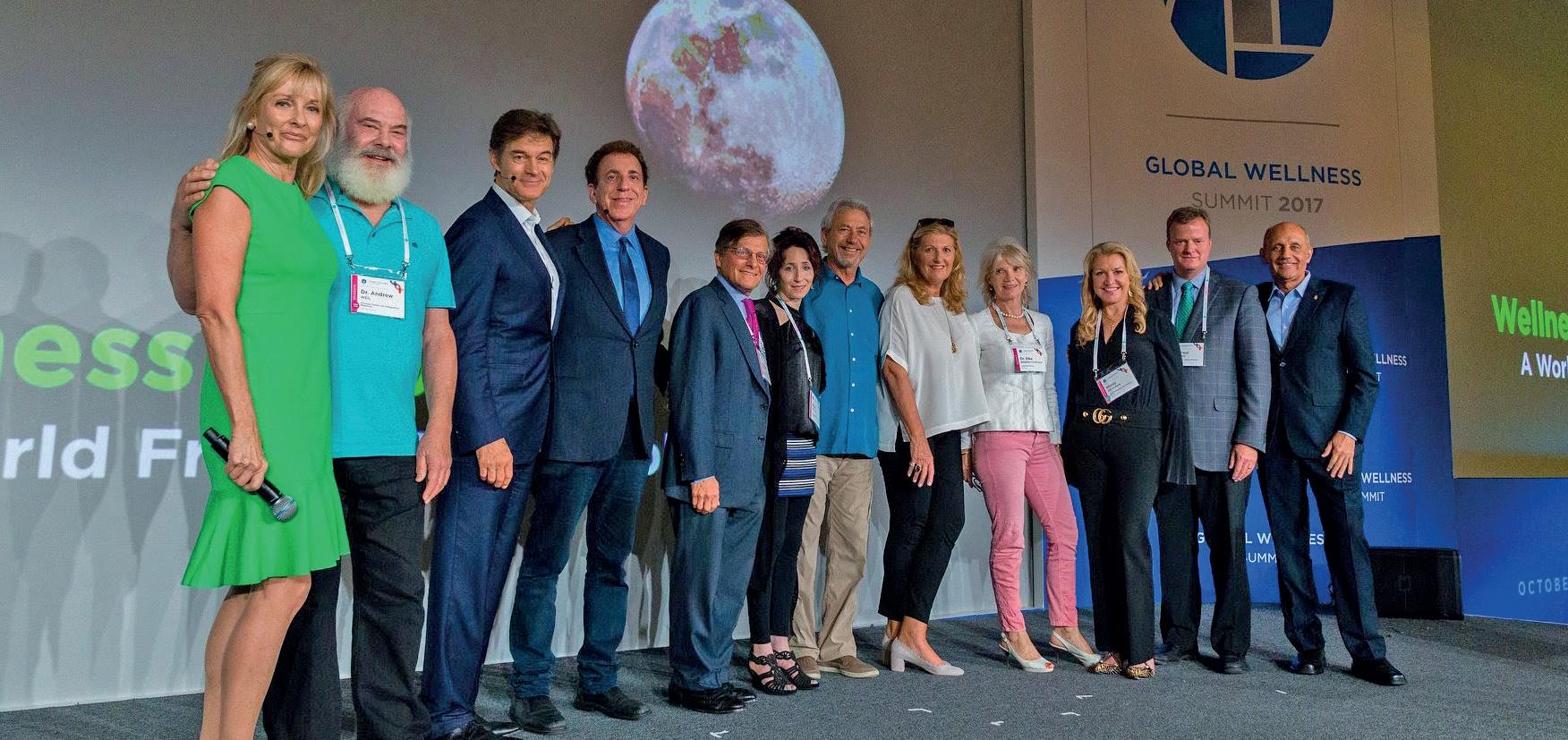



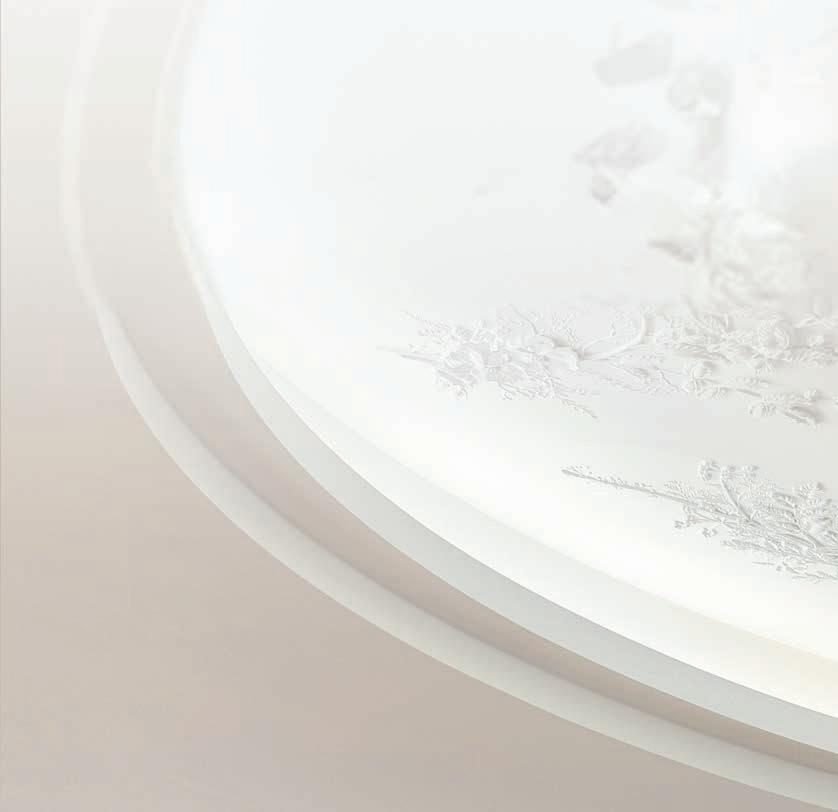









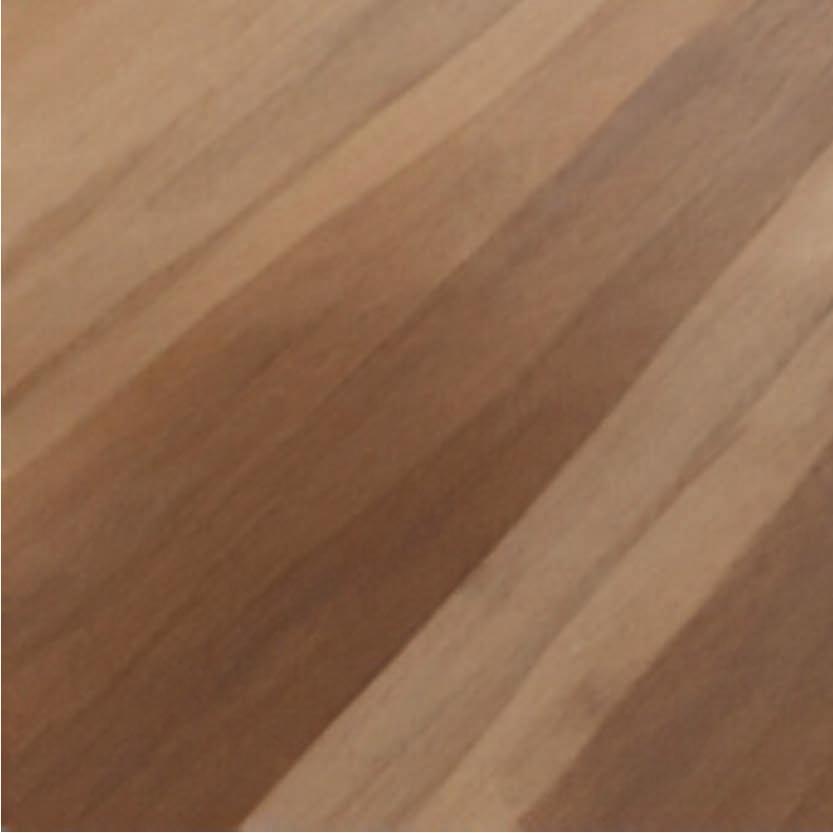



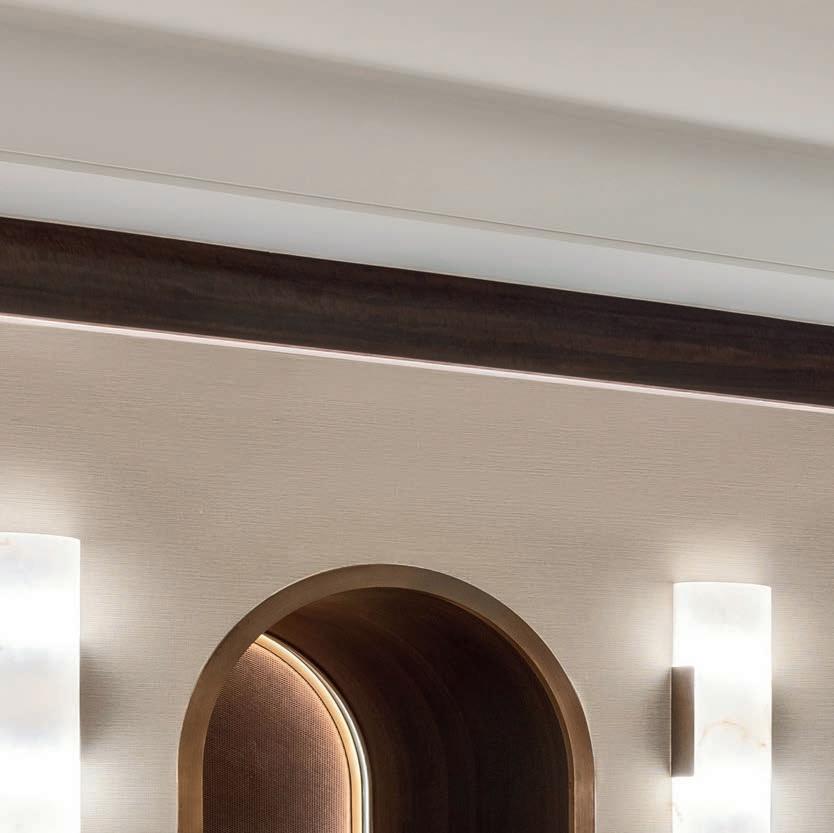


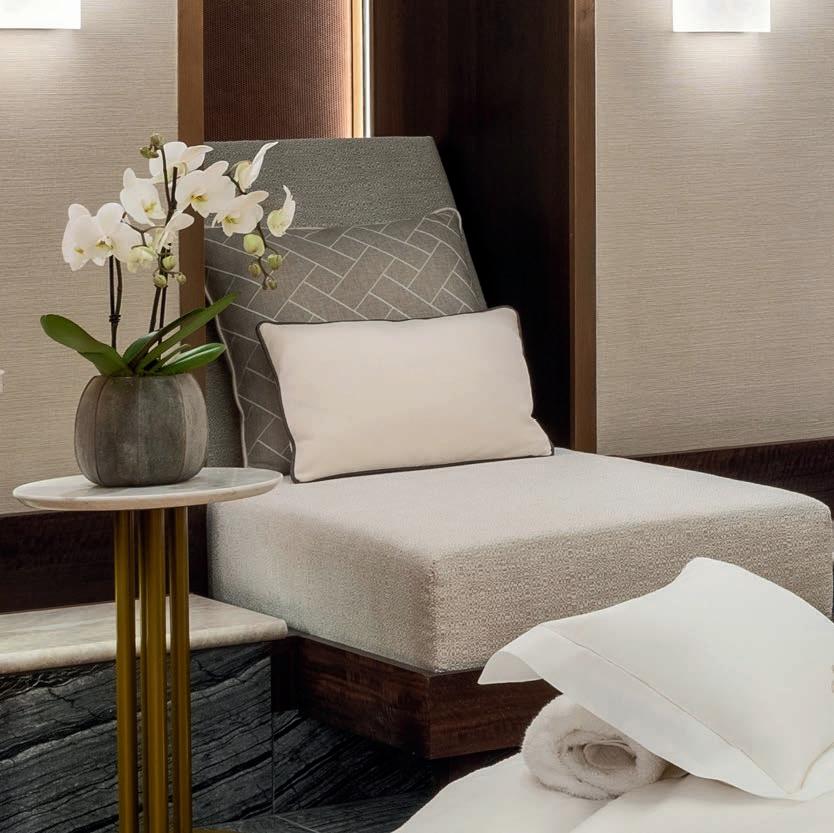










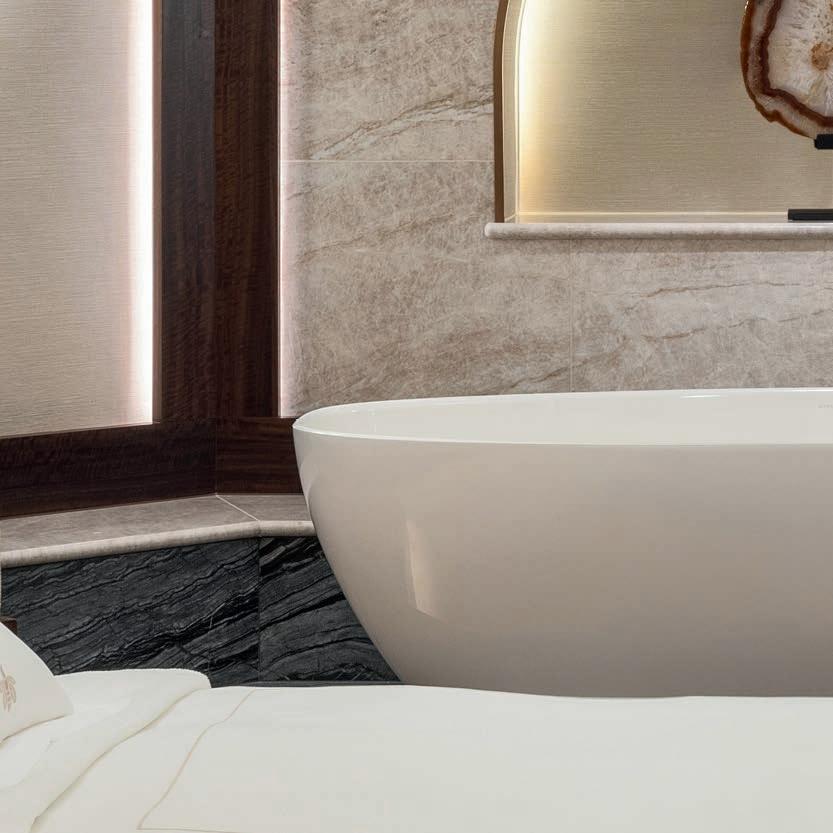








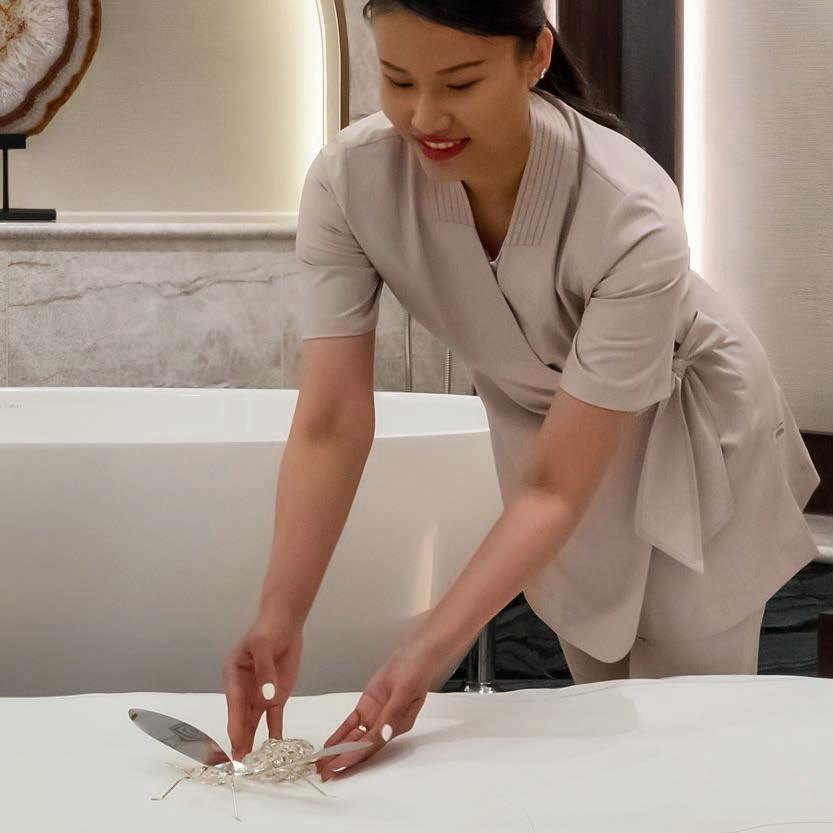

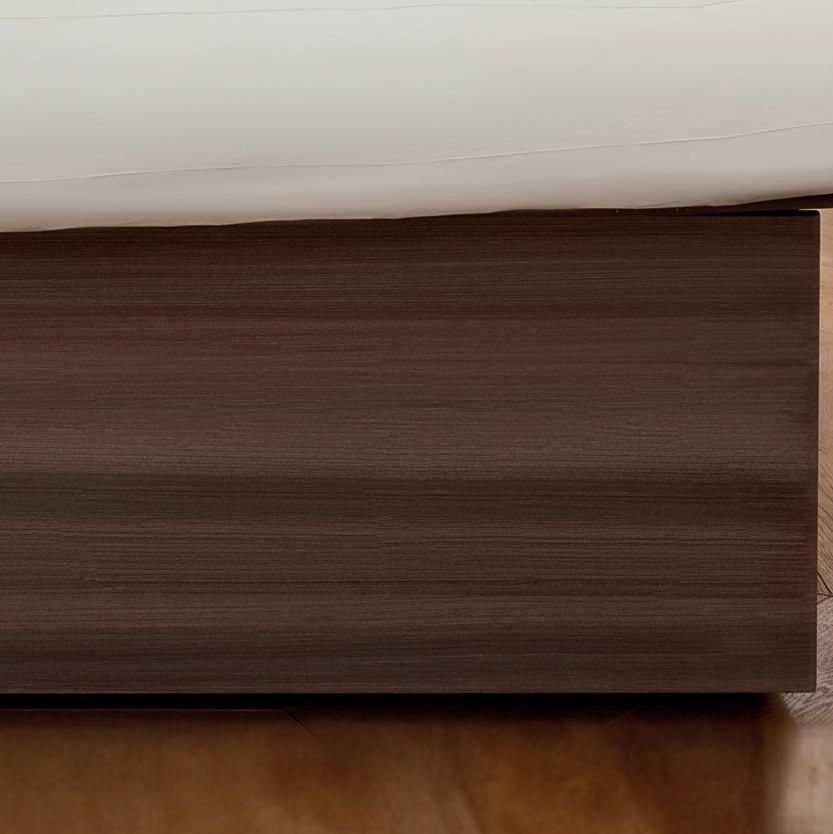
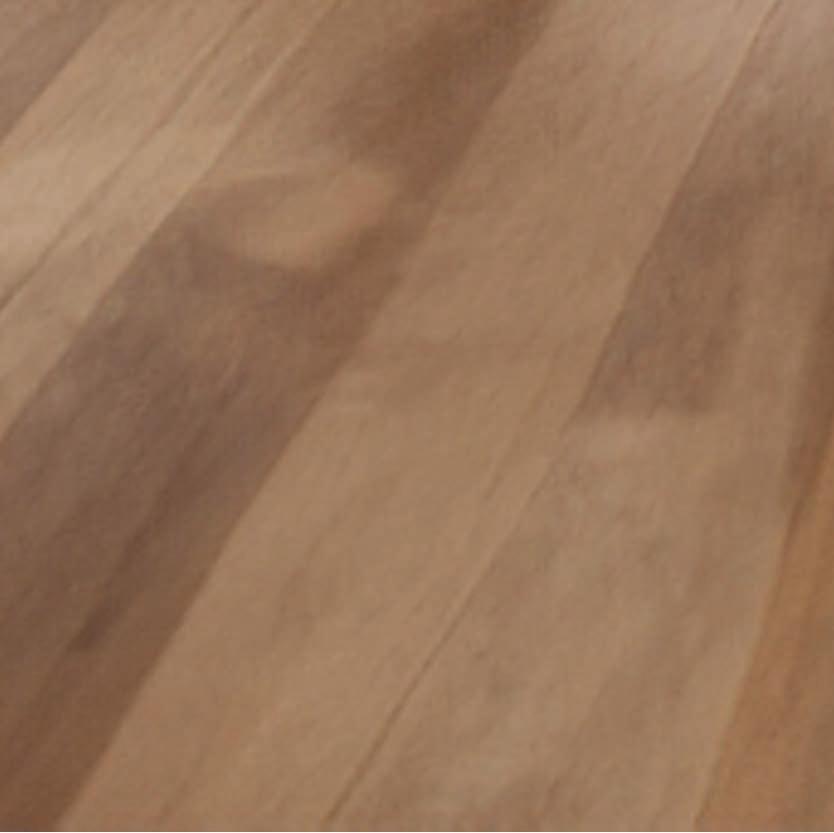





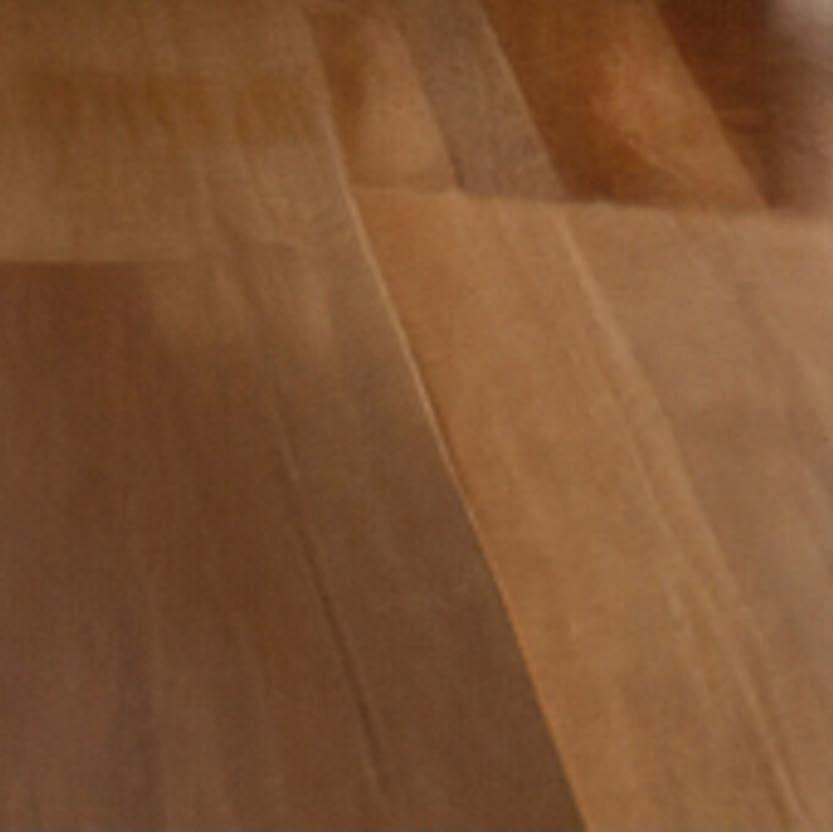


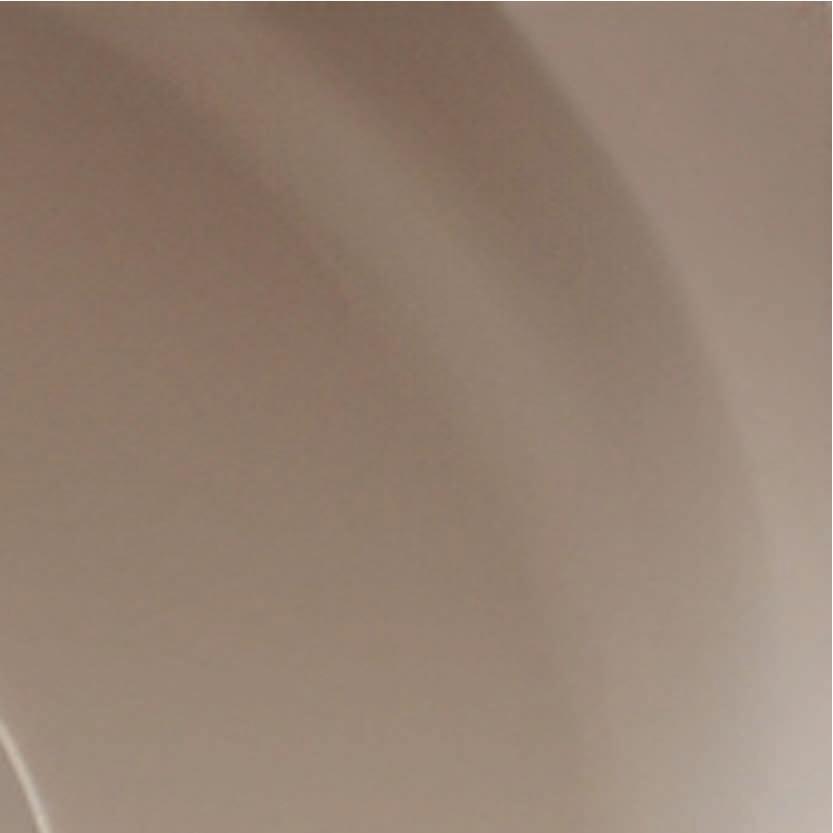









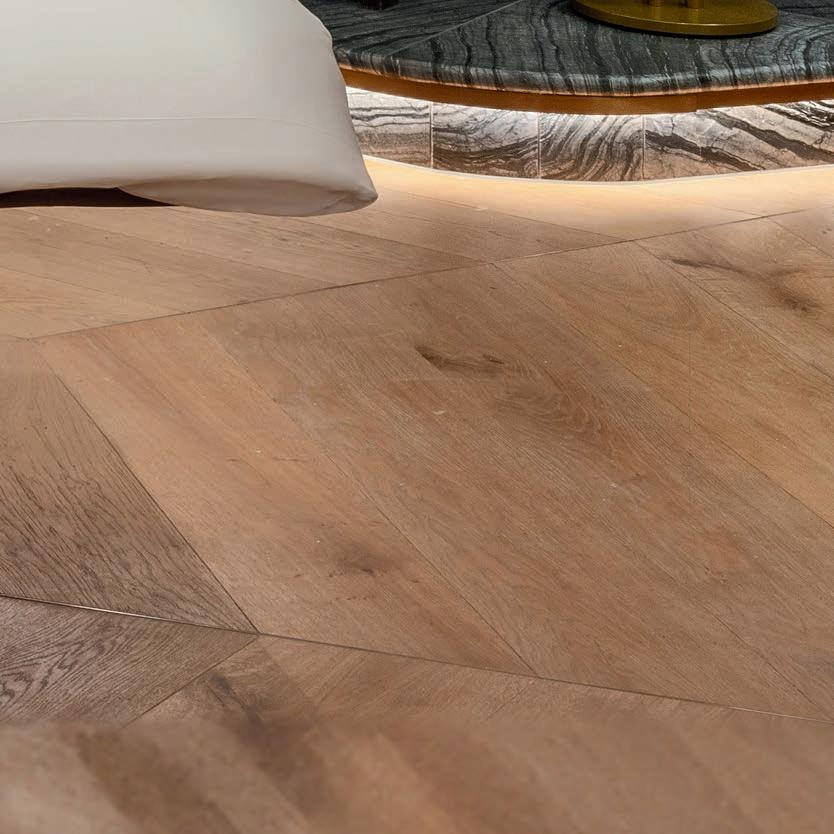

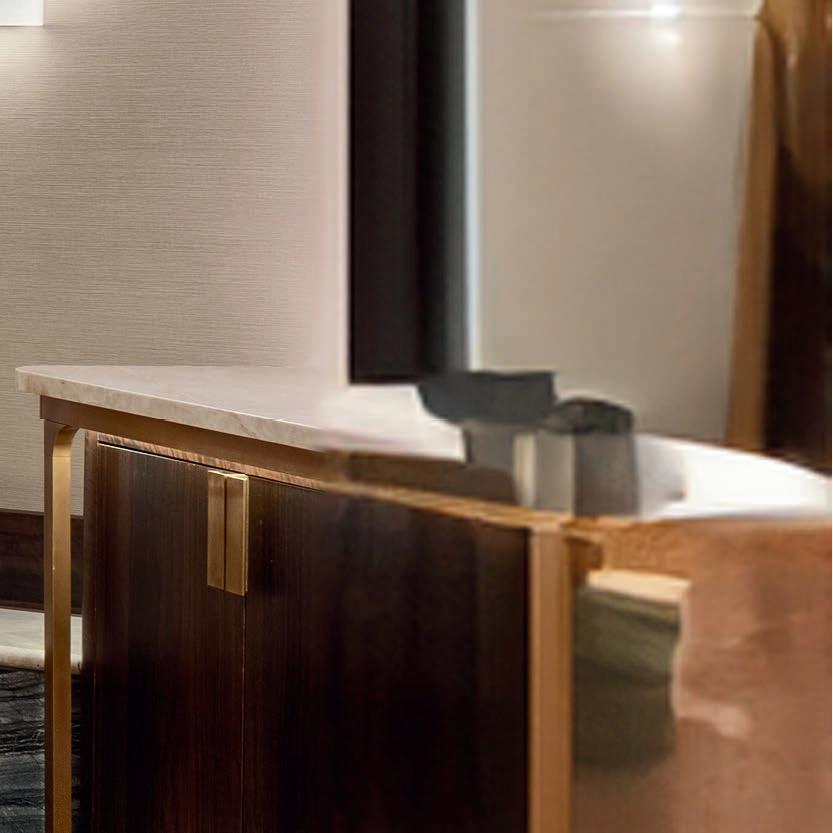


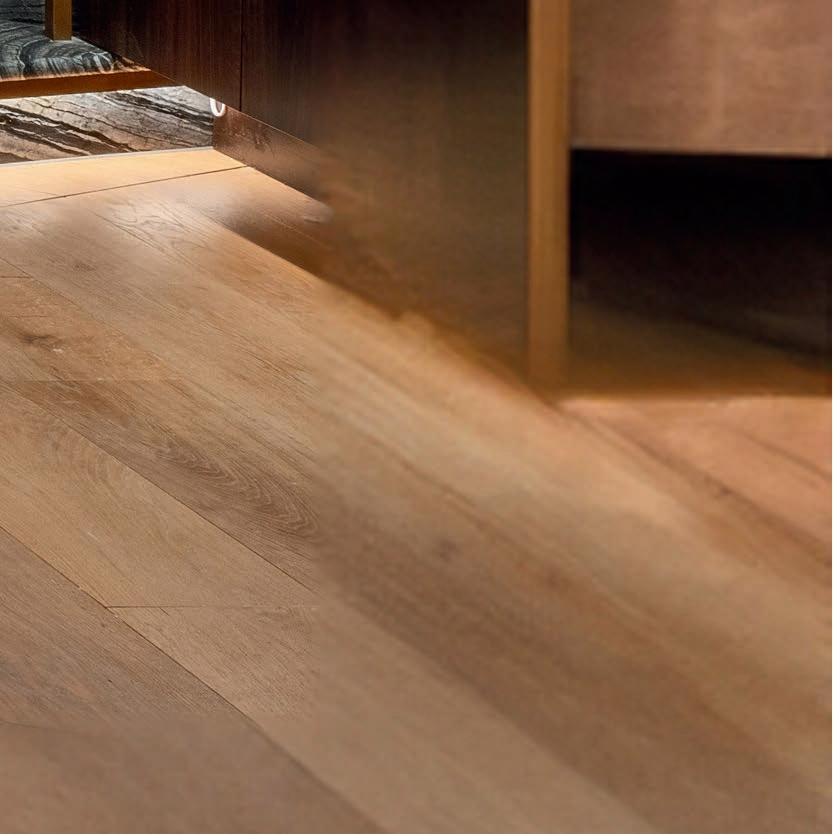
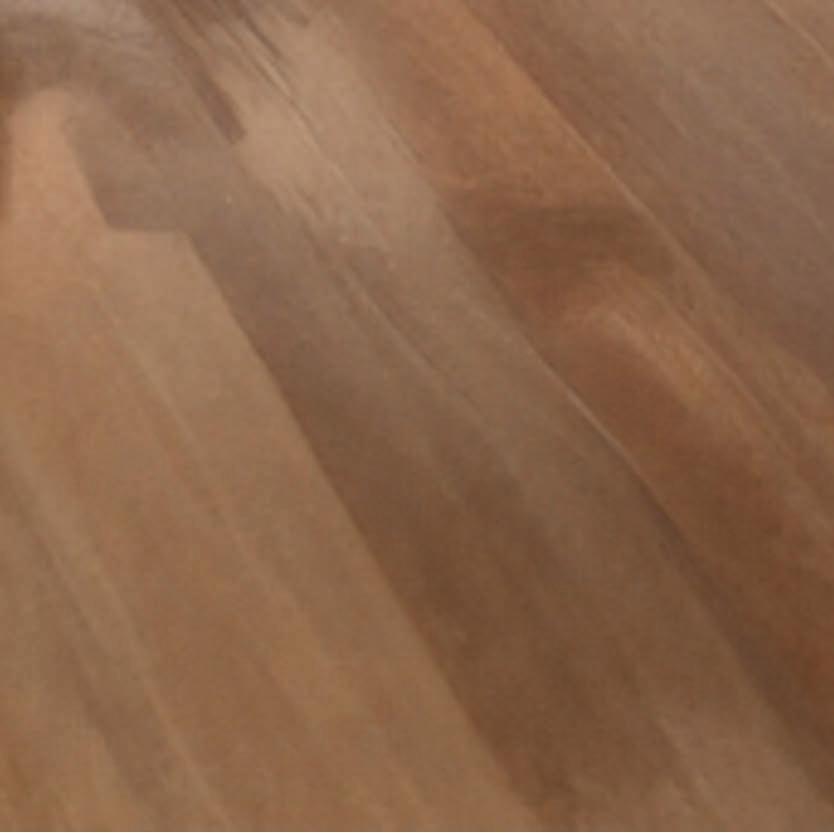


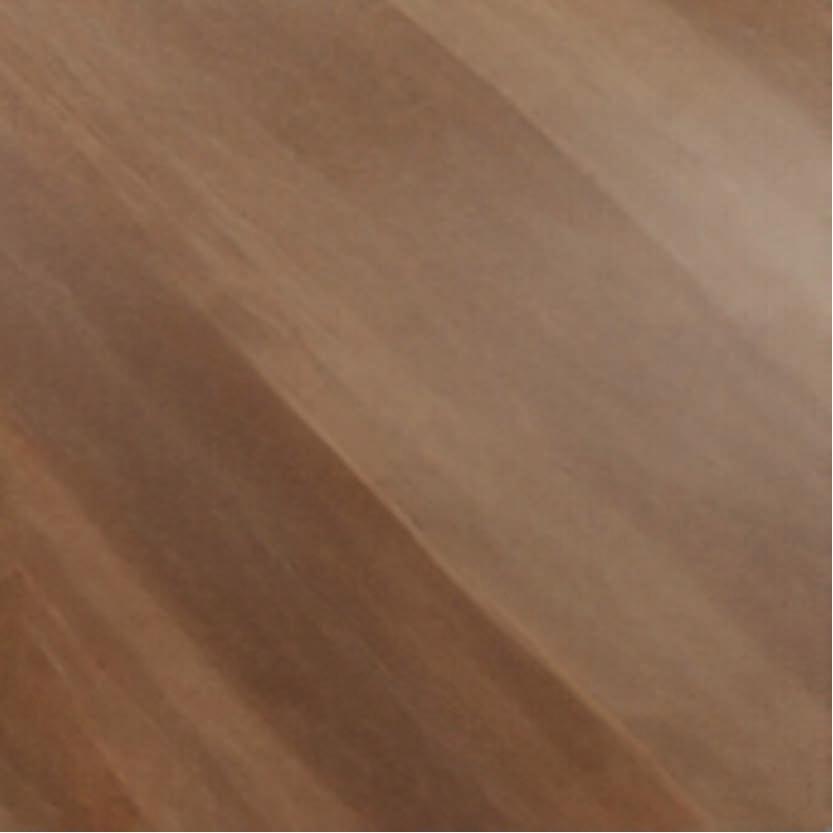

*instrumental evaluation, 20 people, different humidity and temperature conditions controlled, 1 application.
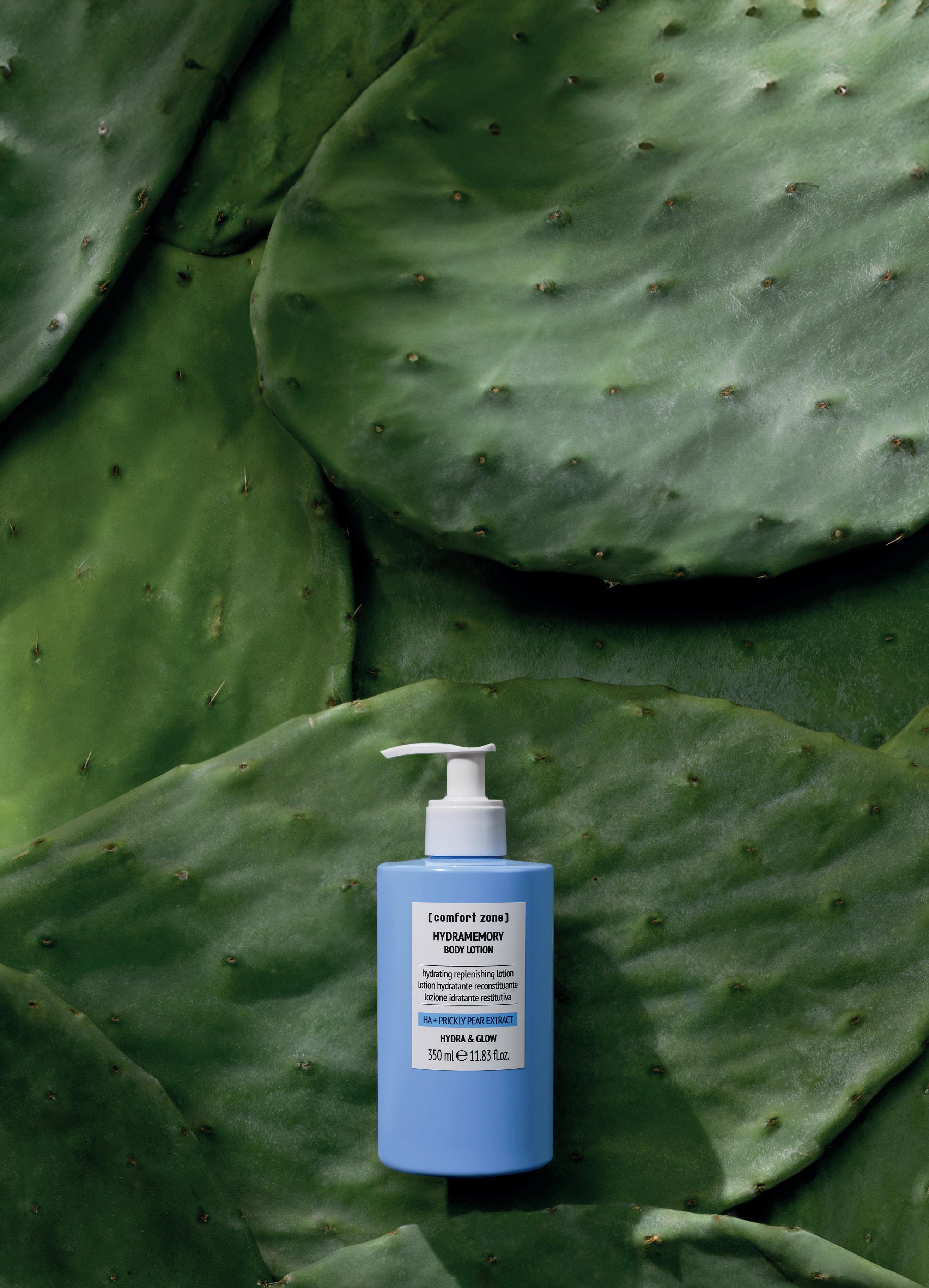
Vegan biomimetic sorbet textures harnessing the power of Prickly Pear from regenerative organic agriculture and Hyaluronic Acid for clinically proven results.
+26.8% HYDRATION AFTER 1 DAY FROM APPLICATION*
6.9% X SKIN’S ABILITY TO RETAIN WATER IN DIFFERENT CLIMATIC CONDITIONS*

The new body lotion joins the multi-award winning, best-selling Hydramemory line

B Corp-certified skincare company Comfort Zone has added a new body lotion to its Hydramemory range, which is inspired by the water-retaining powers of desert plants
Leading Italian beauty company, Comfort Zone, has revealed a new product as part of its bestselling, plant-based moisturising line – Hydramemory.
The line is already well loved for its pro facial, which is available in Comfort Zone partner spas around the world.
The new limited-edition Body Lotion joins other scientifically-proven products in the line, featuring the same proprietary, advanced Skin Adaptive hydration, inspired by the remarkable ability of the prickly pear to survive in and adapt to the harshest conditions.
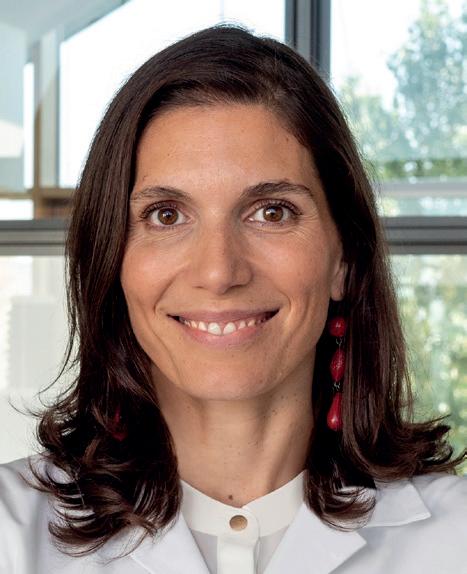
In a similar way, Comfort Zone’s advanced technology enhances the skin’s ability to retain water in different everyday environments, such as in the heat and in air conditioned or polluted atmospheres.
The hydrating body lotion has a lightweight, fast-absorbing, silkening texture and is particularly recommended for normal to dry skin.
Scientific evaluations demonstrate a significant 26.8 per cent increase in skin hydration just one day after applying the Hydramemory body lotion and Comfort Zone says that in self-evaluations, 85 per cent of panellists found their skin to be more velvety after daily use.
All Hydramemory formulae are vegan and enriched with prickly pear extract, which is sourced from regenerative organic growers in Apulia, Italy.
It’s nature that teaches skin how to regenerate: we owe it the power of our formulae
Eve Merinville R&D
director, Comfort Zone
This ingredient, from hardy desert plants, is known for its ability to strengthen the skin barrier, providing enhanced protection and moisture retention. The lotion also contains betaine, which keeps the skin moisturised and velvety and macro hyaluronic acid, which brings an immediate sense of softness and elasticity to the skin.
As a leading skincare developer, Comfort Zone adheres to its Conscious Skin Science principles. All lines are made in Italy from renewable resources, using only high-quality ingredients that respect both the skin and the planet.
The Hydramemory Body Lotion is composed of 98.7 per cent natural-origin ingredients, while the packaging is CO2 neutralised through reforestation initiatives, and certified Net Zero Plastic by Comfort Zone’s partner, Plastic Bank. l More: www.comfortzoneskin.com
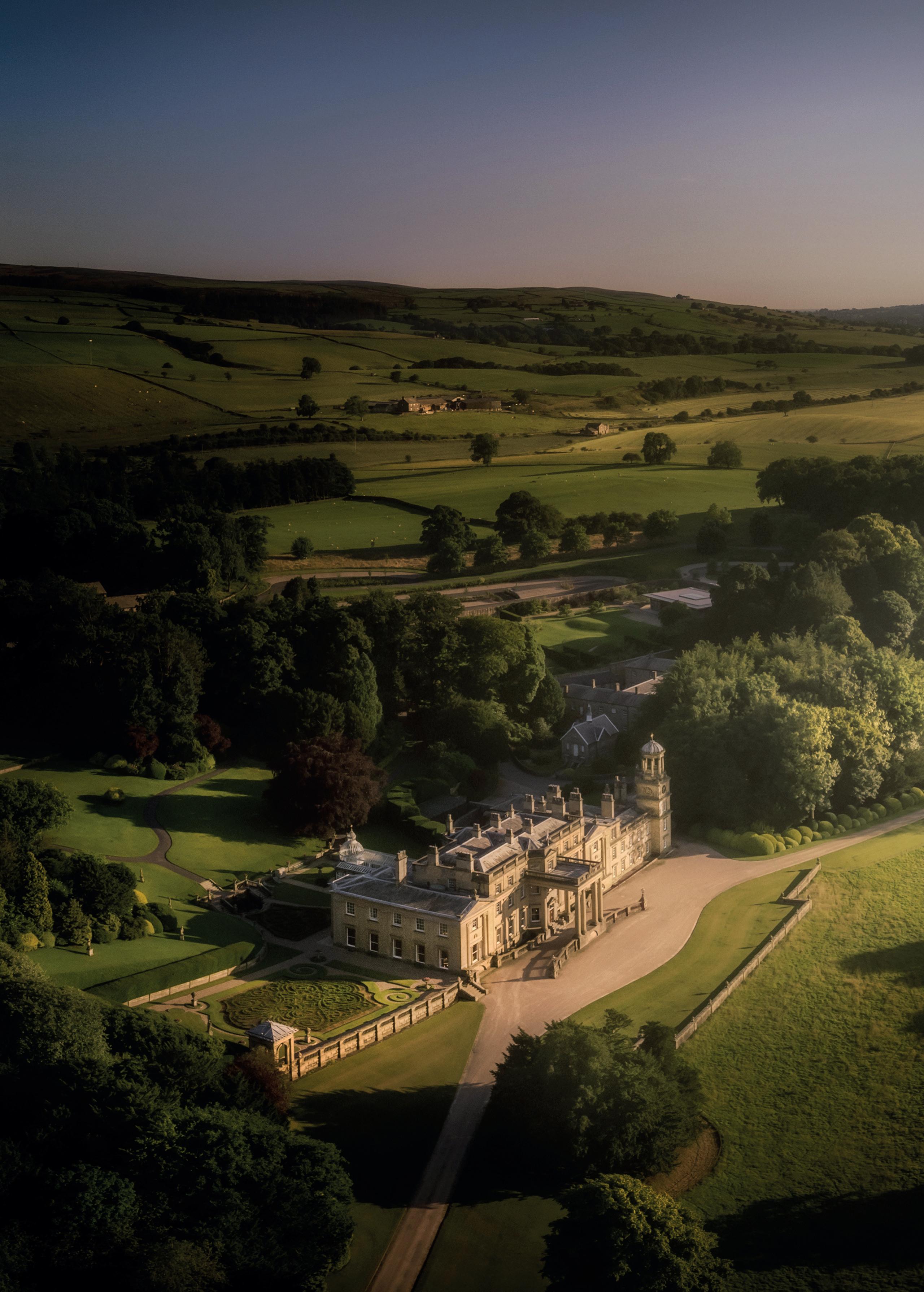
Broughton Sanctuary isn’t just a business; it’s a calling


Magali Robathan meets the owner of Broughton Sanctuary, a 900-yearold stately home in the UK which is addressing the most pressing problems of modern-day living with its retreat-based business
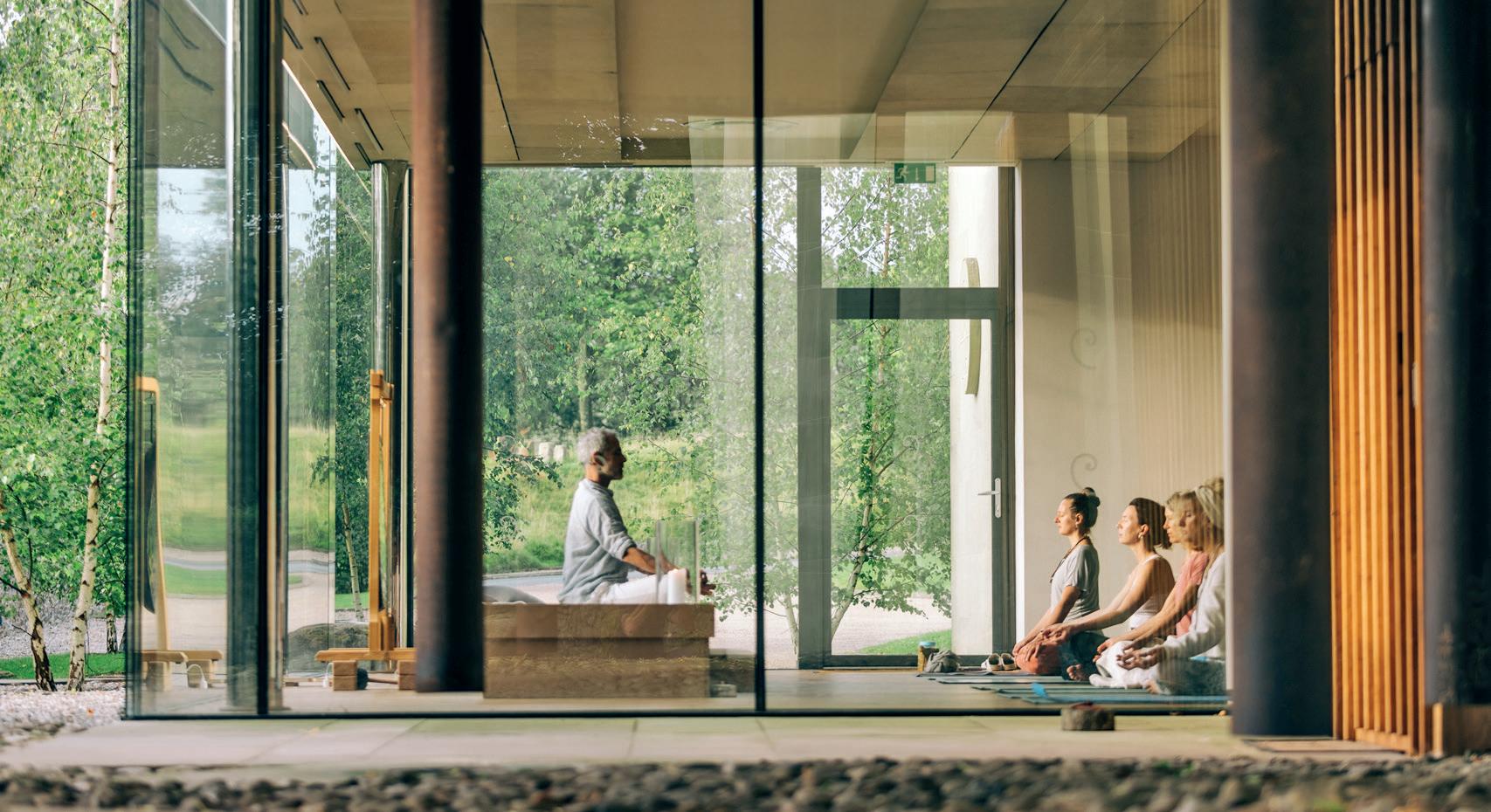
More than 900 years ago, Roger Tempest’s ancestors came to England from Normandy during William the Conqueror’s 1066 invasion and were given the land that now houses Broughton Sanctuary in North Yorkshire.
When Tempest inherited the estate – which includes a Grade 1-listed stately home, cottages that once housed the estate workers and 3,000 acres of land – he might have been expected to look to the past. Instead, he used his privilege to create a sanctuary aimed at addressing some of the 21st century’s most pressing problems.
“We’re all about the future,” he tells me, when we meet in Avalon, Broughton’s new purpose-built wellbeing centre.
Tempest took over the running of the estate when he was 25, but it wasn’t until a couple of decades later that the idea of using it to create “a house of transformation, peace and safety” started to take shape.
“In my late 40s, I began to have a kind of awakening,” Tempest tells me. “I had a growing feeling that I wanted to contribute to the world.”
His quest to live a more meaningful life led Tempest to a series of experiences including the Hoffman Process in Ireland. The seven-day retreat proved profound for Tempest, helping him make sense of events from his past and freeing him up to live more fully – and to help others.
He adds: “Hoffman [also] taught me that creating transformative experiences needs the right environment and tools for the full potential of healing and change to occur.”


Broughton’s purpose is a house of transformation
Together with his partner Paris Ackrill, who he has a four-year-old daughter with, Tempest began to think more deeply about how he could use the historic house and land he had inherited to instigate change.
“In our current civilisation, a lot is breaking down – societally, socially, spiritually and environmentally,” he says. “There’s such polarisation in society and dissatisfaction in people’s hearts, but there’s also hope. There’s a movement – a change – taking place that feels inevitable and we want to be part of that.
“I realised I had this gift of Broughton Hall and I wanted to contribute. I suddenly thought Broughton’s purpose is as a house of transformation.”
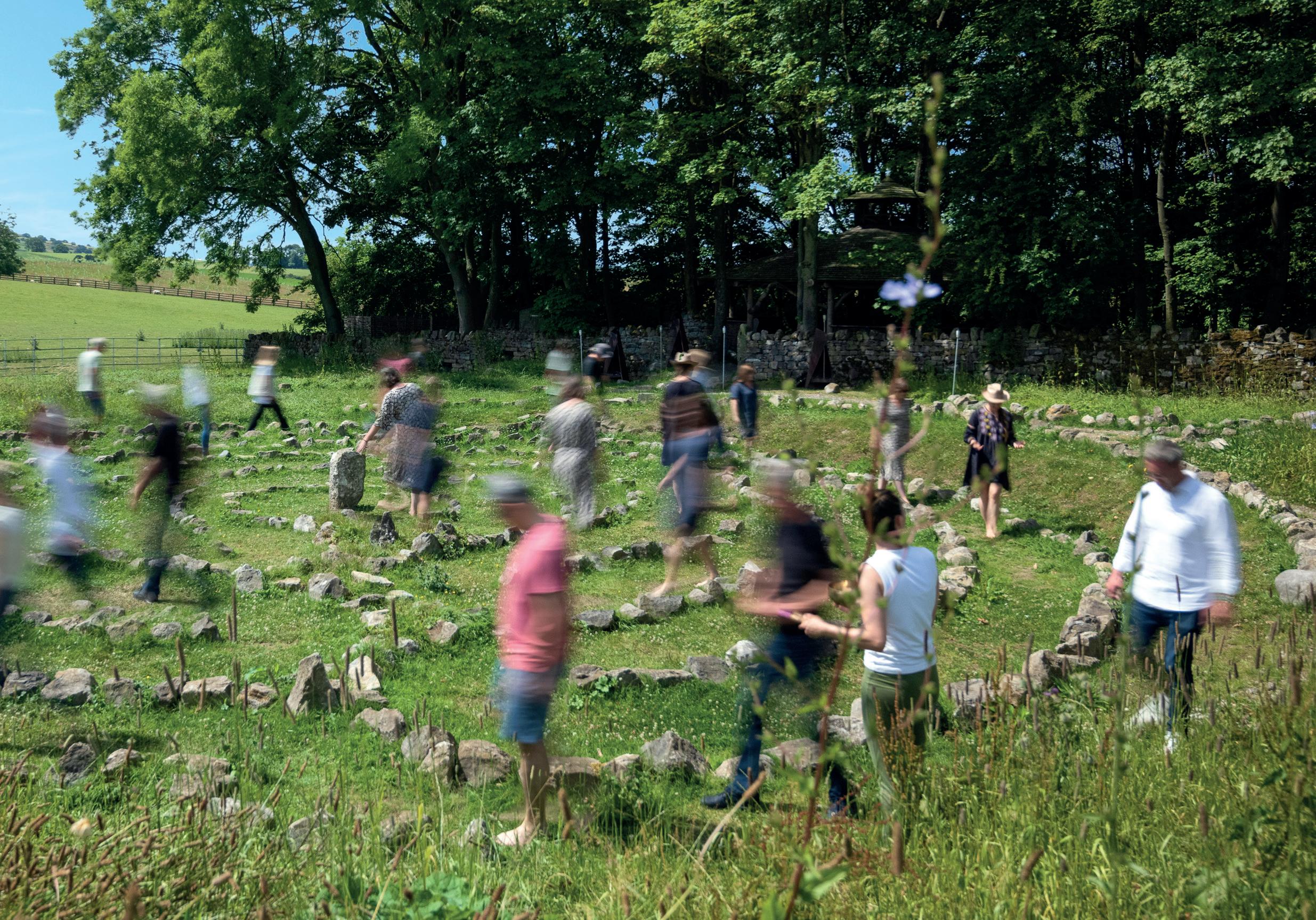
In 2020, Tempest and Ackrill opened Avalon, Broughton’s wellness facility, with the aim of it becoming the UK’s leading retreat centre. Designed with sacred geometry principles in mind, it’s a beautiful calming building, featuring two glass-fronted studios with views of the gardens, a 20m pool looking out onto the trees, a sauna, steamroom and hydrotherapy pool as well as therapy rooms, relaxation and meditation chambers. It also features a crystal light bed, Somadome meditation pod and floatation tank. Today, the whole estate is dedicated to Tempest and Ackrill’s mission to “rewild spirits” – to encourage spiritual growth and personal transformation. Broughton Sanctuary hosts 50 retreats a year, ranging from established spiritual programmes including the Hoffman Process and Path of Love to ground-breaking retreats such as Men Without Masks, a five-day package created by Craig White, a former British Lions rugby performance coach, aimed at ‘rewiring masculinity and nurturing brotherhood.’
I took part in a five-day mindfulness retreat run by Ruby Wax and Buddhist monk Gelong Thubten entitled Keeping it Real in a Frantic World, which saw 28 participants learn to meditate, take part in writing workshops, try cold water

The retreats account for up to 50 per cent of Broughton’s revenues

immersion, experience a sound bath led by Ackrill and enjoy a night of drumming and celebration. We ate delicious plant-based food, slept deeply, learned, laughed and cried. It was a genuinely transformative few days in a place unlike any other that I have been to. To read more about the experience visit www.spabusiness.com/rubywax.
Other events hosted by Broughton include the Wyrd Experience – an ‘interactive consciousness lab’ exploring the intersection between technology and consciousness – a couple’s Tantric sexuality retreat and a midlife women’s wellness retreat. This October, Broughton Sanctuary is also hosting the Healing Hotels of the World’s annual Healing Summit.
The retreats account for approximately 50 per cent of Broughton Sanctuary’s revenue, Tempest tells me, with additional revenue coming from its rural business park, the onsite pub and the hire of the hall as a filming location. The estate is also used as a venue for weddings, meetings and other events and the 19 restored cottages can be rented out as holiday homes. While the main hall doesn’t operate as a hotel, it can be hired out in its entirety for up to 32 guests.
The majority of Broughton Sanctuary’s retreats are created by external partners, says Tempest – this model sees partners paying a set fee for the use of the facilities and then taking any profits themselves.
When it comes to choosing which retreats to host, Tempest says that content is always the starting point. “We start by looking at what issues people need support with – it
could be grief, trauma, menopause or personal transformation, then we look at what’s out there.”
In addition, the Broughton team co-curate their own retreats with a variety of thought leaders. These signature offerings include Profound Rest, ‘a supported six-night journey into silence’ led by Ackrill and founder of the Bodhimaya detox retreat Cornelius O’Shaughnessy, and Reconnect and Rewild, led by natural lifestyle coach Tom Riddle.
Prices range from £1,500 (US$1,870, €1,755) for a room in one of the retreat houses on Ruby
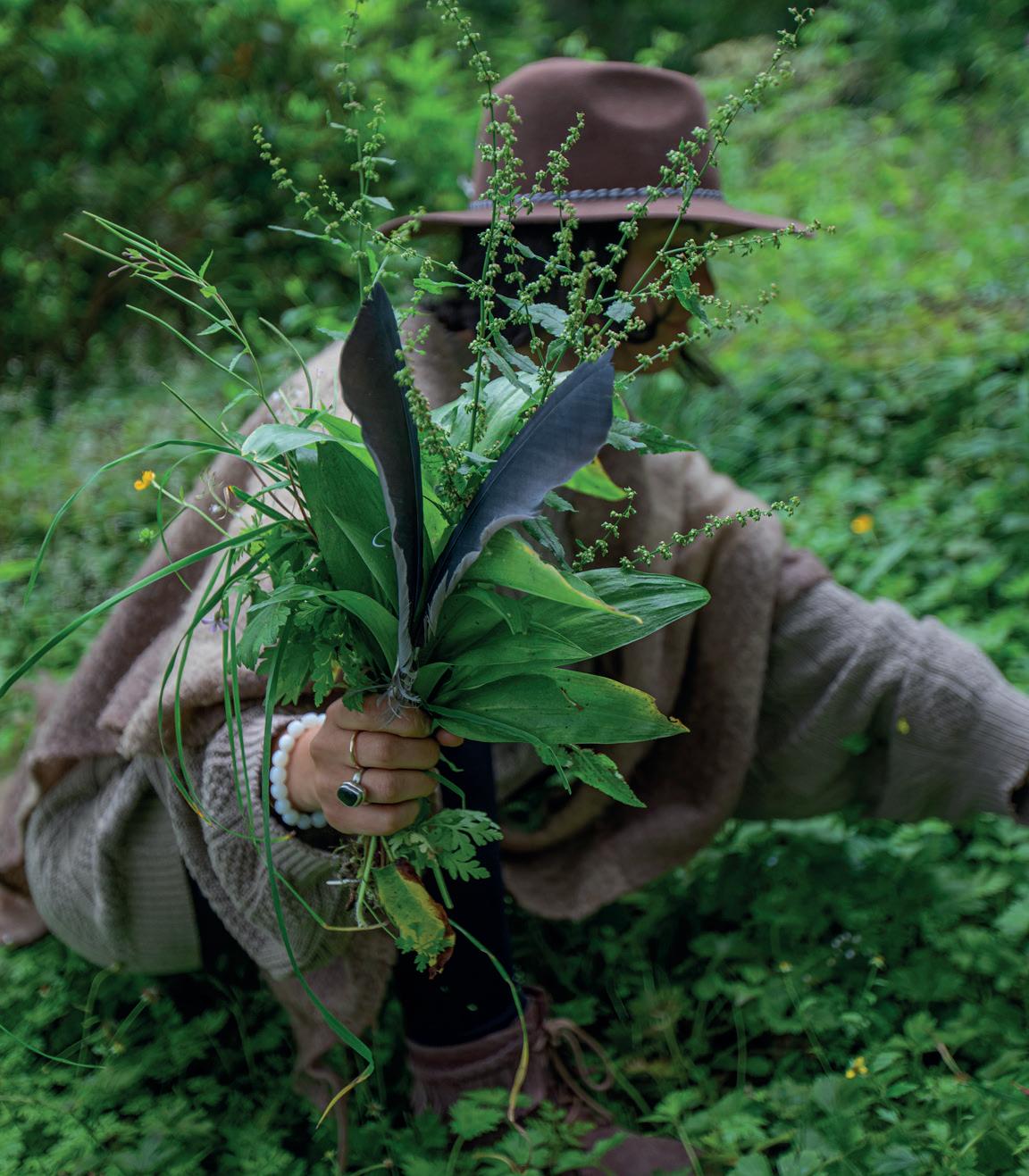
Experiences include foraging tours
SAVE THE DATE: 2024 Healing Summit
The annual Healing Summit will be held at Broughton Sanctuary on 31 October – 4 November. Taking on a new format, called The Heart Retreat, attendees will take a deep dive into their own wellbeing
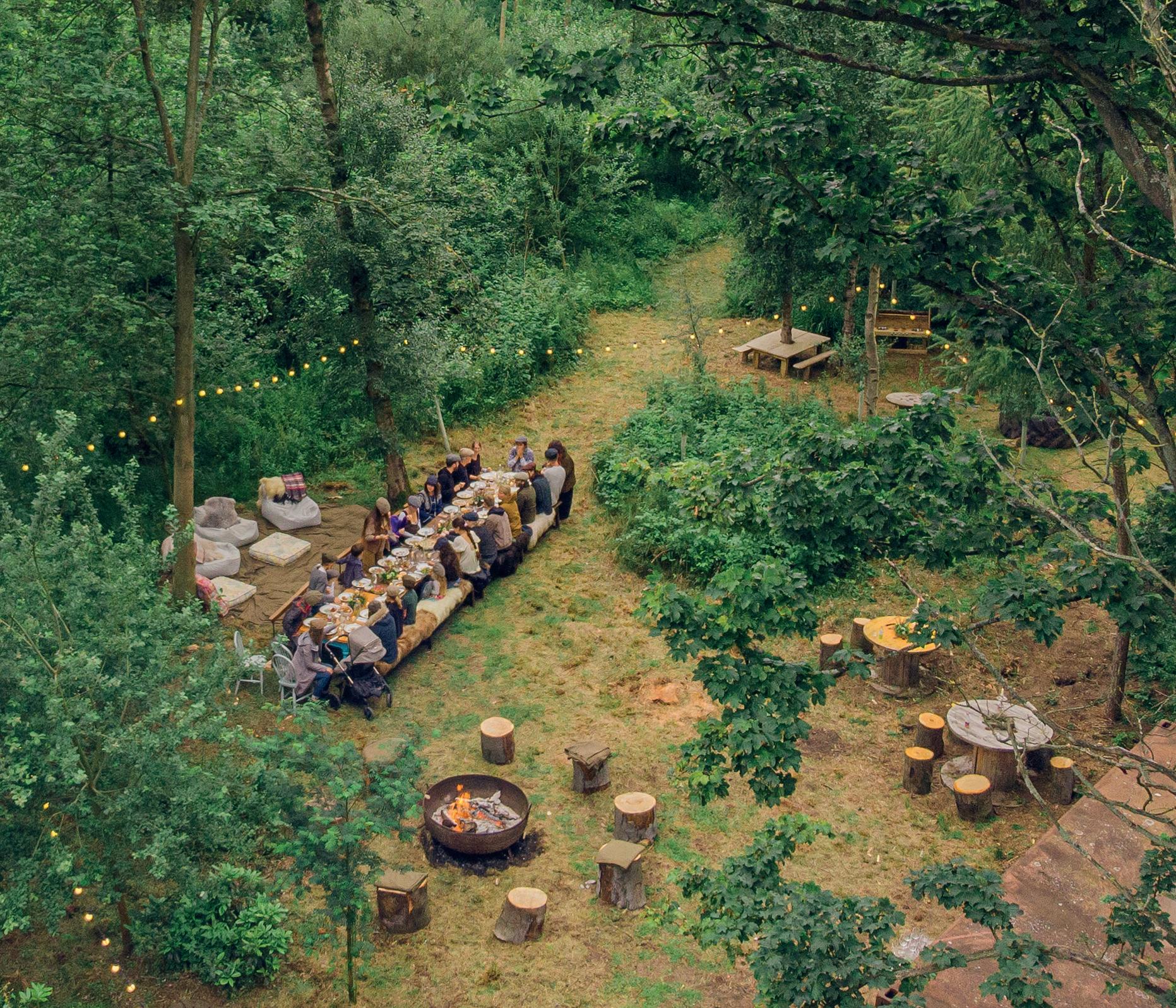
“We’re very into wild wellness,” says Tempest, adding that nature is key
It’s a place unlike any other that I’ve been to
Wax’s programme up to £5,252 (US$6,540, €6,150) for the Hoffman Process.
The estate is also home to an addiction clinic, a chapel and a small school.
What are the main challenges of running a retreat-based business, I ask Tempest.
“It’s very hospitality based,” he says. “People on a retreat need to feel looked after, so you need a very responsive team. Guests can be demanding and

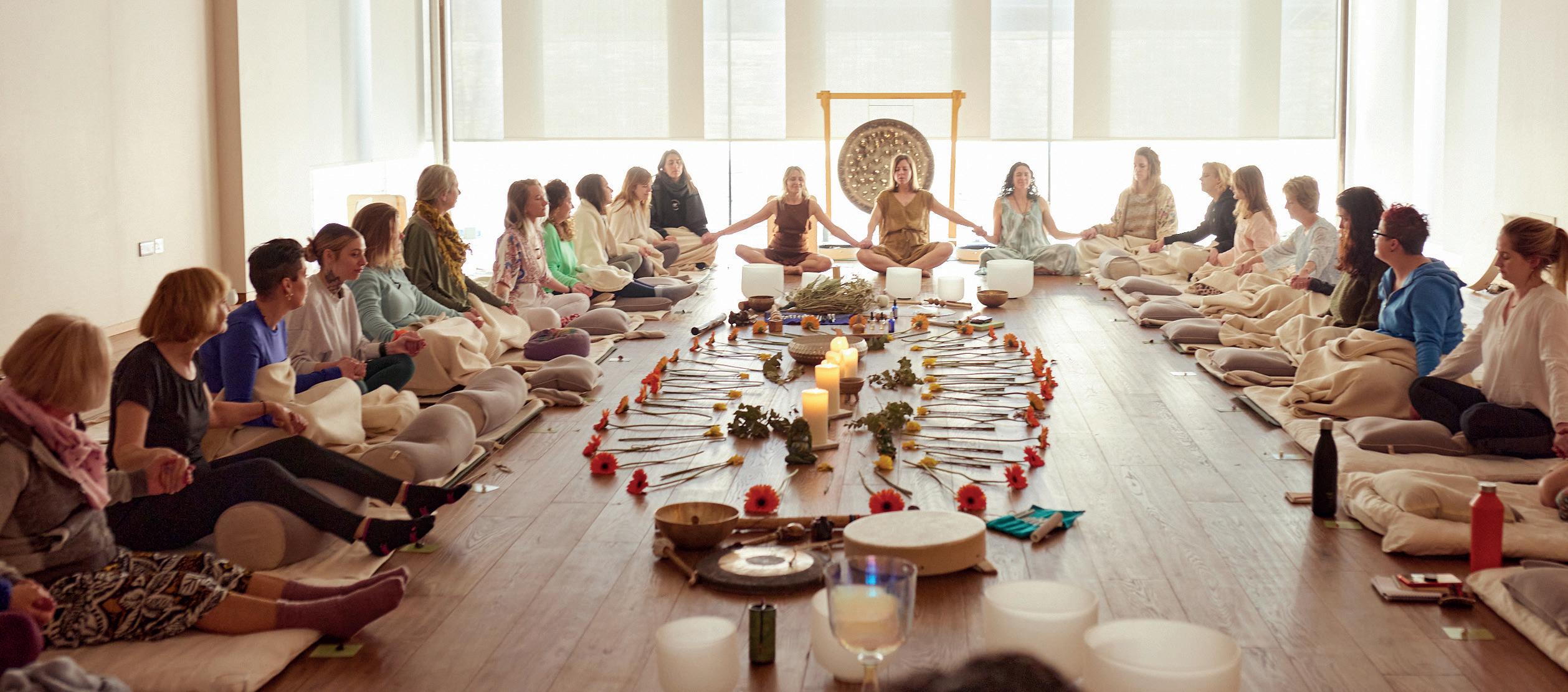


co-creator
when they’re going through tremendous change, they need to feel supported. Our team need to be very aware of the psychodynamics going on.”
With such a clear ethos, it’s vital to vet all potential retreat partners thoroughly to ensure that their values align, he adds.
“A lot of people approach us, but we have to be careful. We’ve just said no to a gathering of people who wanted to come here because our approaches weren’t aligned. This group wanted to create change, which I admire, but their approach felt aggressive and divisive and that’s just not our thing. Our approach is one of love.”
We want to create a sanctuary – a breeding ground of hope and positive change
Nature is another key element of Broughton’s offering. The estate is home to one of the UK’s leading rewilding projects, with almost 400,000 trees planted over the past few years.
“We’re very into wild wellness and the idea of nature as a prescription,” says Tempest. “We offer a whole range of experiences, including forest bathing, foraging tours, moon bathing, woodland dining, cold water immersion and wild swimming.”
For the ultimate experience, wild swimming and ice bathing in the estate reservoir are combined with sessions in a log-burning woodland sauna and hot tub. The estate also features a wooden fire temple, used for music workshops and celebrations; a sweat lodge; stone circle; and cosmic gardens.
While Tempest is obviously business savvy, it’s clear his passion comes from a deeper place. His mother was a devout Catholic who worked with Mother Theresa and he cites the iconic nun as one of his biggest inspirations.
“Mother Teresa said that God gave us the gift of life and what we become is our gift to God,” he says. “What we want to create is a sanctuary – a breeding ground of hope and positive change. This all comes from the heart.
“Broughton Sanctuary isn’t just a business; it’s a calling.” ●

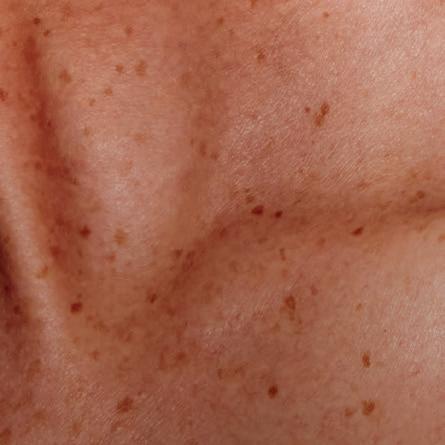
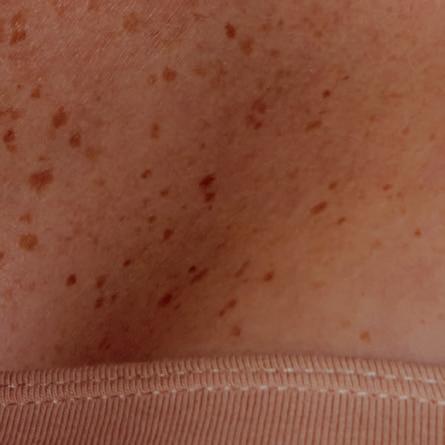
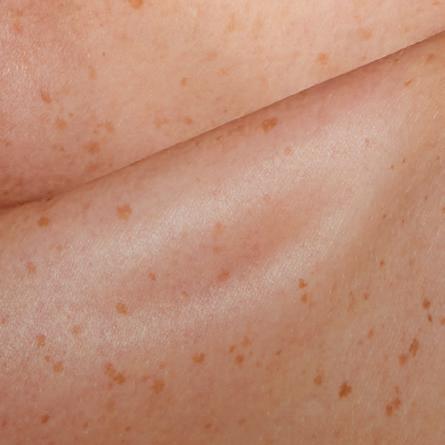
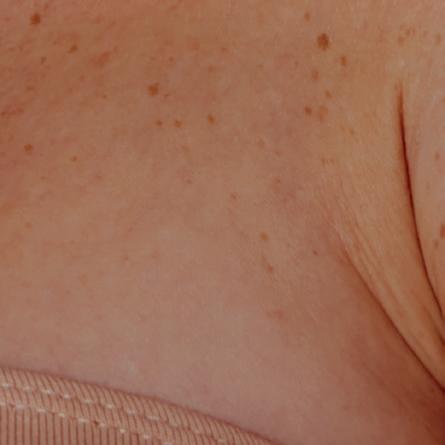



Facial sunscreen with broad-spectrum UVA/UVB protection. Suitable for all skin tones.
96% agreed the product left the skin looking brighter*
Powered by potent naturals such as skin-smoothing and hydrating Hyaluronic Acid, age-defying Chinese Butterfly Bush, and skin-defending Beta Carotene.
To find out more, please contact us at enquiries@espainternational.co.uk
We’ve committed to innovation and sustainability in order to craft highly personalised and specialised wellness experiences
Italian spa equipment supplier, Lemi, is embracing the trend towards tech-driven wellness treatments, while also driving sustainable industry practices
With the integration of technology into spa experiences becoming ever more prevalent and aligned with consumer demand, wellness equipment manufacturer Lemi is moving with the times.
Already a leader in the design of innovative spa and treatment beds, the Italian company’s latest creations integrate technology into its beds that’s focused on delivering a higher level of personalisation and greater therapeutic benefits.
Lemi general manager Matteo Brusaferri says: “Introducing tech-based products marks a pivotal new direction for Lemi, and responds to shifting trends within the wellness industry.
“These trends are inspired by the growing demand for integrated technology experiences that enhance not just physical wellbeing, but also mental,” he explains.
“Acknowledging this trend, we’ve committed to both innovation and sustainability, in order to craft highly personalised and specialised wellness experiences,” he says
Lemi’s launch this year of the ThermoSoft-V spa treatment bed is a prime example of this new direction. The bed combines heated blankets and a memory foam mattress with built-in vibro-acoustic technology to enhance the work of the therapist

– relaxing muscles, gently supporting detoxification, improving circulation and calming the mind.
Brusaferri says: “Humans are designed to perceive acoustic vibrations, which pass through the body boosting peripheral microcirculation.”
ThermoSoft-V’s integrated thermal blankets allow for a deeply cocooning and touchless body warm-up ahead of a main treatment session. Clients feel more relaxed and their body tissue is more receptive to the therapeutic touch.
The technology, which is controlled through Lemi’s Vibro-Music app, is designed to generate vibrations that act on a cellular level – much like a physical massage – enhancing physical and mental wellbeing and supporting the body’s natural healing processes.
The music delivered by the system transcends mere background sound to become a vibration that deeply harmonises with the individual, helping to calm the mind and the emotions.
Going beyond heat and vibration, Lemi’s Aemotio Spa incorporates the natural elements of water and light for an elevated and immersive treatment experience. It includes a signature LemiLemi massage, developed for the Aemotio Spa by Jean-Guy de Gabriac, that leverages the use of hydrotherapy, chromotherapy, and steam to create a personalised relaxation journey for the client.

Lemi’s ThermoSoft-V beds have built-in experiential tech, such as vibro-acoustics

Introducing tech-based products marks a pivotal new direction for Lemi, directly responding to shifting trends within the wellness industry
Matteo Brusaferri
Alongside this increased focus on technology, Lemi is also turning its attention to boosting its already robust eco-friendly practices and creating an exemplary work environment.
Brusaferri says: “Our commitment to sustainability is thorough and integrated across various aspects of our business. As a company, we prioritise the selection of renewable materials and sustainable production methods.
“We also engage with leading sustainability organisations such as Ecovadis, Futureplus, and The Sustainable Spa Association, reinforcing our dedication to industry leadership in sustainability.”
Around 70 per cent of Lemi’s wooden spa equipment and treatment beds are made from FSC-certified timber harvested from
responsibly-managed forests, while 90 per cent of its packaging is crafted from sustainable materials such as wood and cardboard.
Lemi’s new Vita collection of material finishes are inspired by the earth, featuring up to 80 per cent renewable materials, including recycled organic cotton, with an emphasis on using local and regional raw materials sourced from within the EU.
Beyond its selection of materials, Lemi is also committed to sustainability across its whole operations. This includes choosing greener energy solutions, such as photovoltaic panels, and adding a fully electric van to its fleet.
To enhance staff wellbeing, Lemi’s employees enjoy the provision of numerous wellness benefits and amenities, including a company gym. l
More: www.lemispa.com
What is the value of an authentic spa treatment and who decides, the guest or the operator? Andrew and Karin Gibson take to the hammams of Istanbul to investigate
Sense of place, that alluring concept of offering guests a genuinely traditional experience, steeped in local culture. Something many of us in the industry place great value on, but do we deliver? And does it have to be authentic for guests to appreciate the experience they receive?
Istanbul has over 300 hammams so this should be the place to experience a true Turkish bath and over a week, my wife Karin and I tried as many different forms of the bathing ritual in Istanbul as our skin could tolerate. We learned a lot and came away with a few surprises. We tried public hammams, some of which have been in continuous service for hundreds of years, as well as luxury hotel hammams, to see if the sense of place remained in newer establishments.
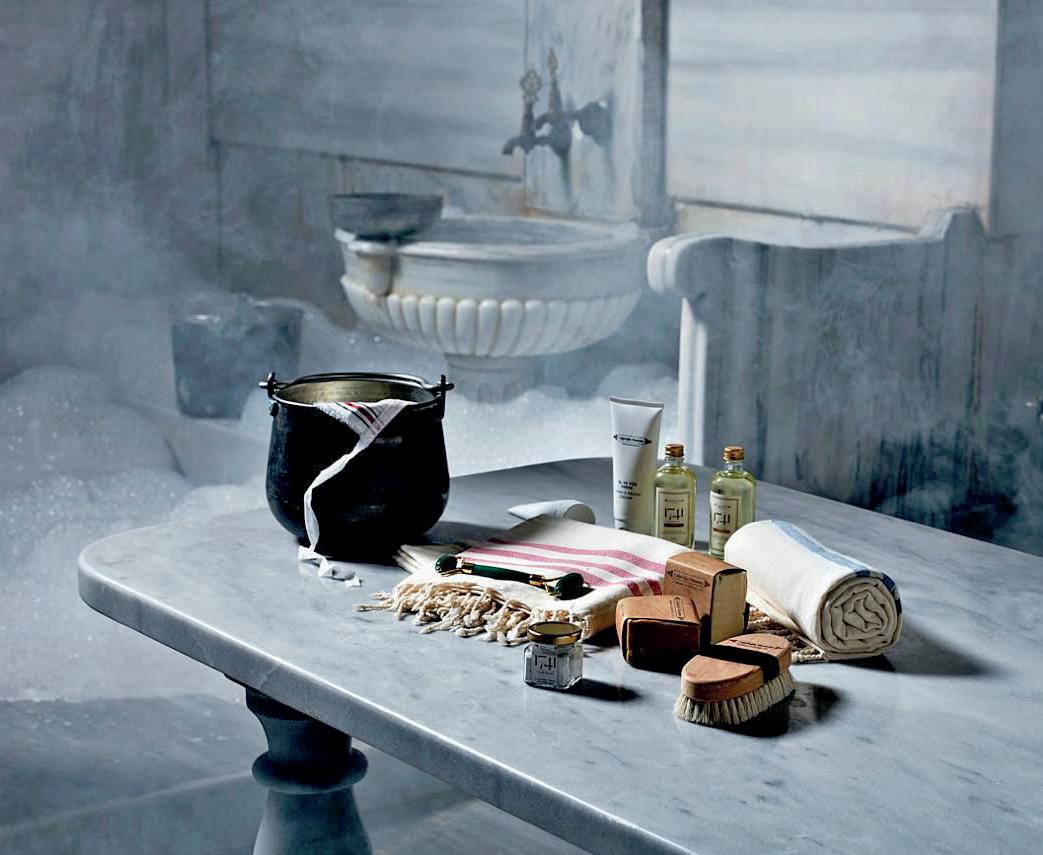
We interviewed seven spa directors – all of whom were Turkish and had grown up with hammams as part of their culture. We spoke with hammam constructors. All had different ideas of what parts of the hammam should be heated, how the water should drain, what the shape of the slab should be and whether there should even be one.
WHAT IS AN AUTHENTIC HAMMAM?
What we call a Turkish bath or hammam is the result of thousands of years of tradition and evolution. It’s been influenced by the culture and religion of the people who’ve enjoyed it. Istanbul was once a Greek city with Greek baths. Then later, Roman, Ottoman and now Turkish. The bathhouses have remained a constant feature, as public establishments and private hammams still exist in the palaces of the wealthy. Today, many of Istanbul’s best hammams are located in its luxury hotels.
There are no official standards in Turkey for what constitutes a hammam experience. The facilities we visited varied greatly in size and use. Some were built from red brick, one had plastered walls and others featured stunning carved marble. The most ancient had the most modern online booking system. The one frequented only by locals featured a modern design that deviated the most from traditional styles.
That said, the core treatment remained relatively consistent and was performed at every establishment. It includes a whole body scrub with an abrasive wet mitten, called a kese, to remove dead skin. An abundance of soap is then applied, sometimes in combination with a massage, before copious amounts of suds are heaped over the bather only to be rinsed off with numerous bowls of water. Shampooing of the hair is often the final part of the ritual.

Spa directors and hammam operators all mentioned that their business was limited by their facilities, not by lack of demand
Experiencing so many treatments back to back, highlighted subtle, yet significant variations. In larger hammams, the bather moved so the scrub was given by the tap and basin while the soap and massage was done on the slab. Some hammams had side rooms for the shampoo and final rinse.
In hotels, the hammam was used for the entire bath and sometimes the guest remained on the slab throughout. All of them, including Mandarin Oriental and Raffles, offered outstanding amenities, changing and relaxation facilities.
There were differences in the temperature of the water. In some rituals, only warm water was used while others alternated between hot and cold.
Attention to detail stood out too. At Çukurcuma Hamami, built in the early 1800s, antique paraphernalia such as wooden clogs with mother-of-pearl inlays, featured in decorative displays. At Peninsula, robes were made of peshtemal fabric, which is used in traditional hammam towels and the hammam featured local Marmara marble with its characteristic stripes.
Spa Soul, which operates the spa at the Ritz-Carlton, strives to tailor its hammam rituals by offering a choice of scrub mittens for different levels of abrasion, various soaps made by a local artisan and a selection of oils, skincare and bathing products.
At the Four Seasons, our welcome tea was served in a beautiful handmade cup with an olive wood saucer, an extra towel was placed on the slab for comfort and a soft cloth was used to apply the soap while our eyes were gently covered to protect them during the bath. The entire experience was a seamless and pampering one.
● Cağaloğlu Hamami
● Çukurcuma Hamami
● Hürrem Sultan Hamami
HOTEL HAMMAMS
● Four Seasons Bosphorus
● Mandarin Oriental Bosphorus
● Peninsula Istanbul
● Raffles Istanbul at the Zorlu Center
● Ritz-Carlton Istanbul
● Six Senses Kocataş Mansions

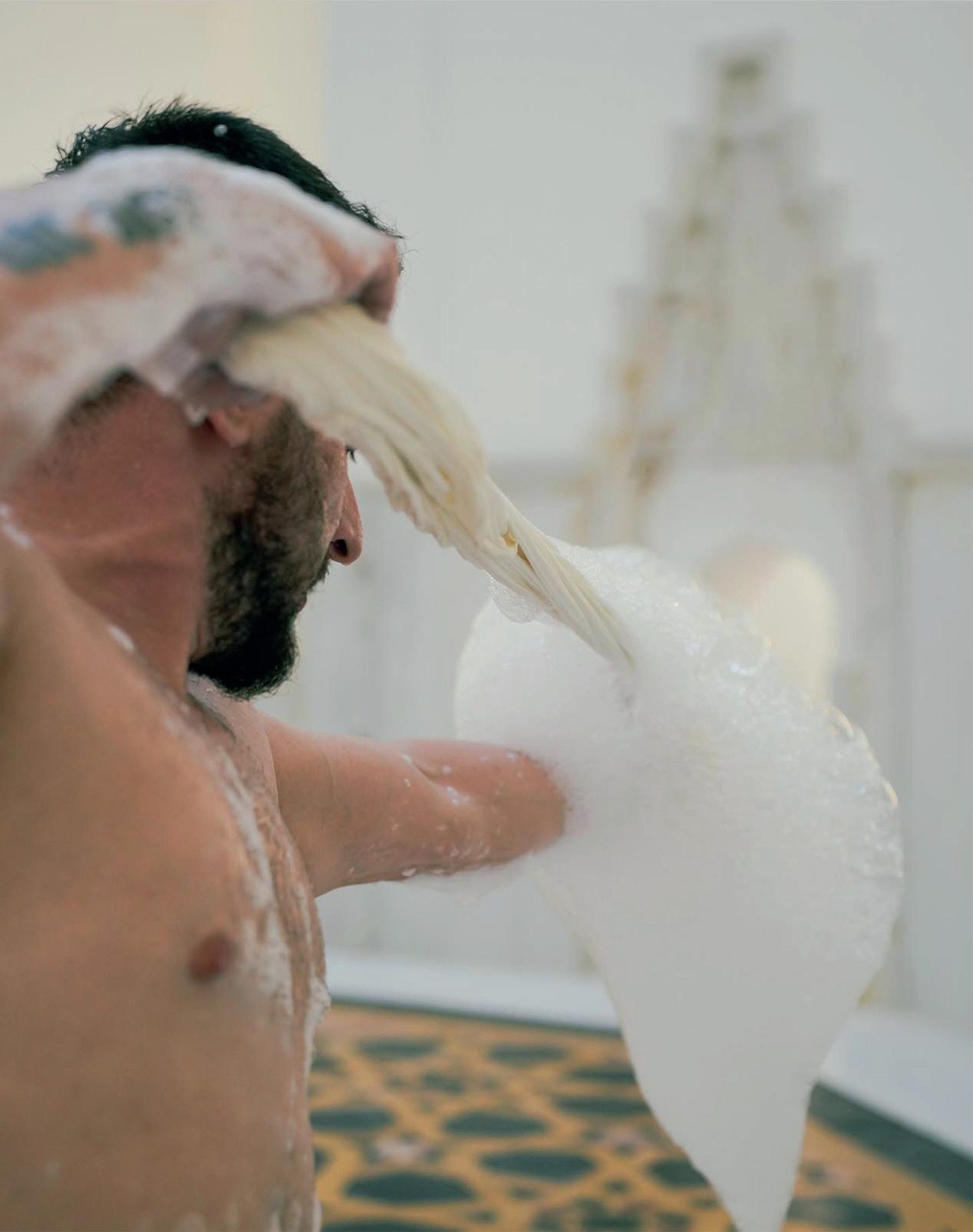


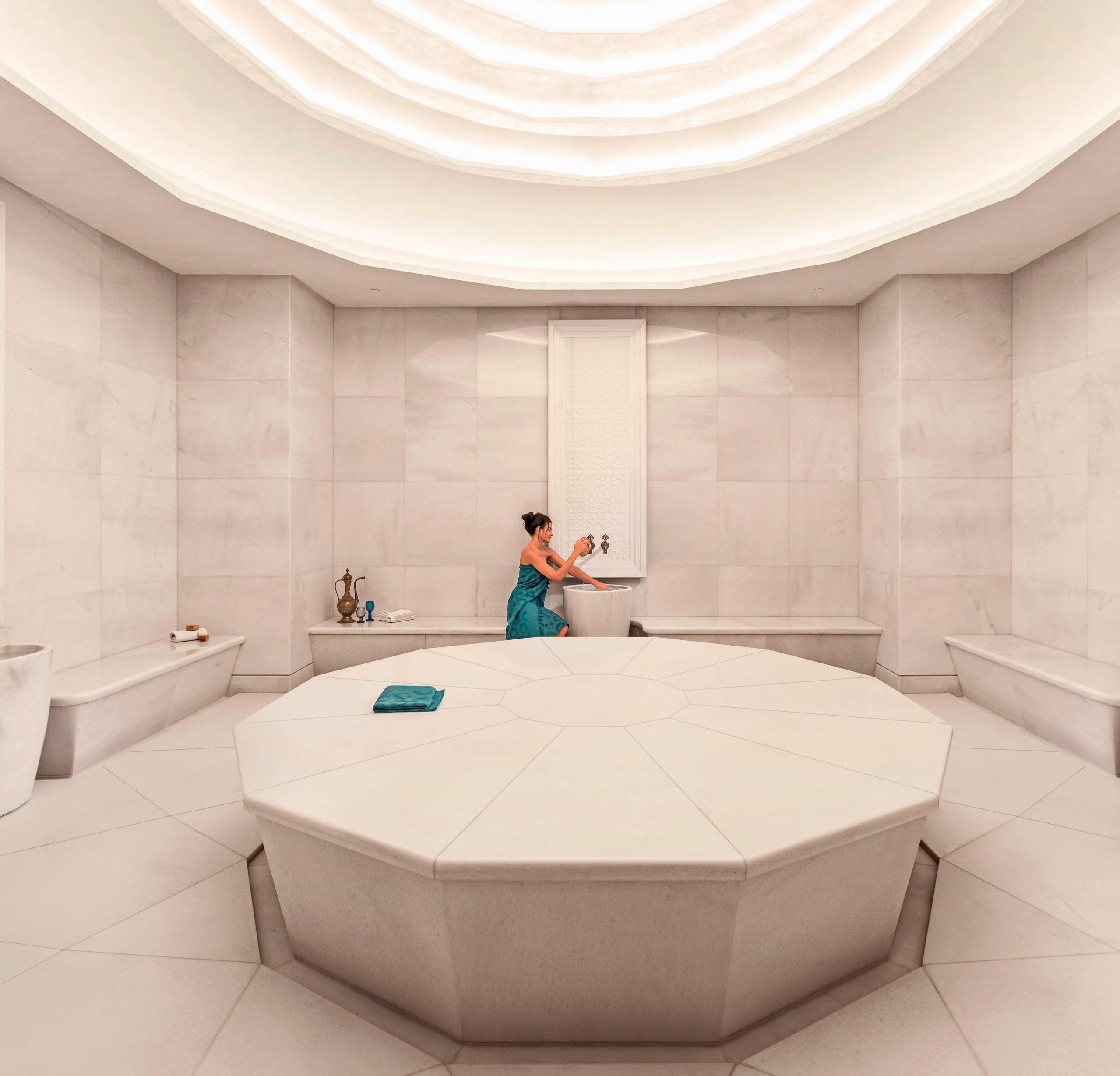
Male hammam therapists are known as tellaks and females are called natirs. The trade can follow the family line for generations. Much was said about the need for local therapists for authenticity. This can make recruitment challenging, with some operators opting to recruit from Indonesia. Local therapists may also lead to potential language barriers but Hürrem Sultan Hamami, one of the oldest facilities, bypasses this by guiding bathers through each step of the ritual by holding their hand.
At Four Seasons, a third-generation natir called Pinar expertly synchronised our couple’s treatment, thoughtfully putting our hands together while we lay at the mercy of the kese. At Six Senses, it’s clear why Laleh, a sixth-generation natir, has a loyal following. Her attention to detail is meticulous and no one leaves without booking their next bath.
Ancient public hammams are favoured by international visitors, while many locals seek the privacy of more modern hotel hammams
It was clear to us that hammams are essential to people in Istanbul, visitors and locals alike. All operators said their business was limited by their facilities, not by lack of demand. The public hammams are very popular – busy in the week and usually full at weekends. Çağaloğlu Hamami, close to Hagia Sophia, has been in continuous use since 1741 and its experience is intense and true to the core. The hotel hammams are also busy. When we asked the spa directors what extra facilities they might like, they all said they’d choose to add another hammam because they provide such consistent business and in many hotels, hammam rituals generate up to 55 per cent of spa revenues.
Create a genuine, local treatment
l A basis of tradition and culture
l A presence of that tradition and culture that still exists
l A standard process for everyone providing the treatment
Make replication difficult
l Local therapists with a generational history of the treatment
l Buildings have historical significance and are still in use
l Local products, such as soaps and oils are used in the services
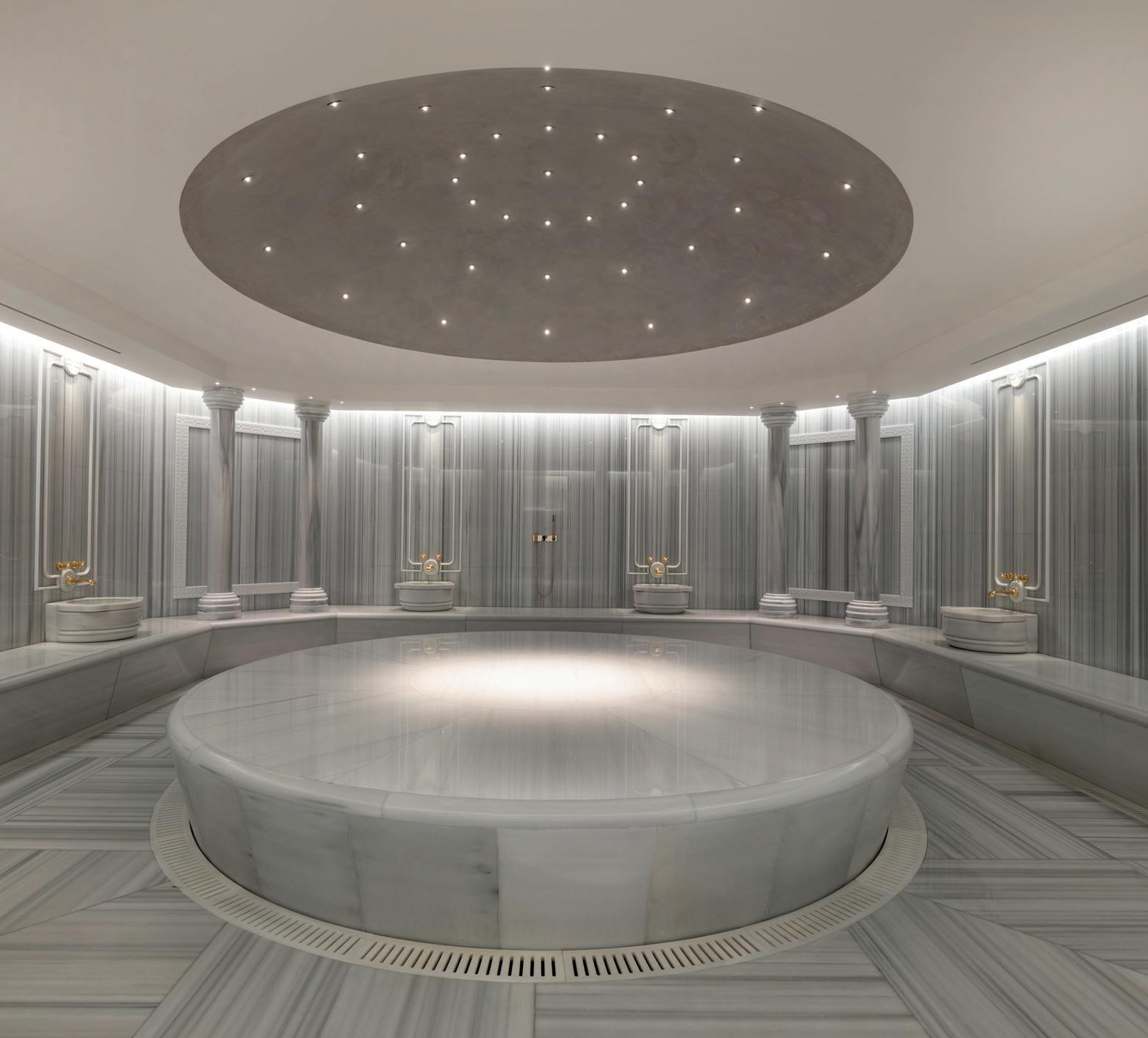
Upselling was used – adding massages, clay masks or wraps to the bath. Retailing included a variety of keses, soaps and oils. The spa at Ritz-Carlton specialised in building rituals around the hammam and connecting these to retail.
Ancient public hammams are favoured by visitors. Much like bazaars and Turkish coffee, they’ve become a not-to-be-missed experience. Locals on the other hand seek the privacy and luxury of the newer, smaller hammams in top-end hotels.
There’s a regular clientele in all locations and in one hotel, 95 per cent of hammam treatments are taken by residents, while people who live nearby often book last minute, after work and come back habitually.
We heard stories of how traditional hammams are places to socialise and that bathers stay for hours.
This isn’t great from a revenue perspective, so public hammams encourage a fast flow of guests from entry to exit, while hotels offer a leisurely experience with pre-treatment wet facilities and post-treatment relaxation rooms. This may be another reason locals favour hotel hammams.
What makes a hammam authentic is almost impossible to say. One spa director called the hammam a ‘professional bath’ and many associated it with being scrubbed by their mothers as children.
It’s a very intimate affair and perhaps newer hotel hammams offer the most genuine emotional experience, with their cleansing journeys in a sanctuary away from everyday life.
While public hammams with their traditional buildings and facilities, may have lost some of their local soul, the steam, the heat

Hammam rituals in most hotels generate up to 55 per cent of the spa revenue
and being scrubbed among strangers still offers a uniquely Turkish experience.
As visitors to Istanbul, we loved the experience of the public hammams, although bathing in the hotel hammams offered a fivestar Turkish treatment wrapped in a more international spa experience and actually gave us a more deeply relaxing sensation. l




















Fragrances for
Fragrances for steam baths,
Fragrances for steam baths, saunas, whirlpool, hot tubs and experience showers
Fragrances for steam baths, saunas, whirlpool, hot tubs and experience showers
Fragrances for steam baths, saunas, whirlpool, hot tubs and experience
Fragrances for steam baths, saunas, whirlpool, hot tubs and experience showers
Fragrances for steam baths, saunas, whirlpool, hot tubs and experience showers
Fragrances for steam baths, saunas, whirlpool, hot tubs and experience showers

Sauna, spa and wellness technology: Technology for experience showers, saunas, hammam, steam baths and rhassoul, dosage systems, inhalation systems, light technology
Sauna, spa and wellness technology: Technology for experience showers, saunas, hammam, steam baths and rhassoul, dosage systems, inhalation systems, light technology
Sauna, spa and wellness technology: Technology for experience showers, saunas, hammam, steam baths and rhassoul, dosage systems, inhalation systems, light technology
Sauna, spa and wellness technology: logy for experience showers, saunas, hammam, steam baths and rhassoul, dosage systems, inhalation systems, light technology
Sauna, spa and wellness technology: Technology for experience showers, saunas, hammam, steam baths and rhassoul, dosage systems, inhalation systems, light technology
Sauna, spa and wellness technology: Technology for experience showers, saunas, hammam, steam baths and rhassoul, dosage systems, inhalation systems, light technology
Sauna, and wellness technology: Technology for showers, saunas, hammam, steam baths and rhassoul, dosage systems, inhalation systems, light technology
Sauna, spa and wellness technology: Technology for experience showers, saunas, hammam, steam baths and rhassoul, dosage systems, inhalation systems, light technology
Sauna, spa and wellness technology: Technology for experience showers, saunas, hammam, steam baths and rhassoul, dosage systems, inhalation systems, light technology
Sauna, spa and wellness technology: Technology for experience showers, saunas, hammam, steam baths and rhassoul, dosage systems, inhalation systems, light technology
Cleaner / conditioner for sauna, spa and wellness facilities. Disinfectant and cleaner for whirlpools and Jacuzzis
Kemitron , is manufacturer of high-quality products for the spa-, sauna-, and wellness market (technology, fragrances, cleaners, cosmetic). The company’s focus is on best quality and workmanship. All items are “made in Germany”.
Kemitron , is manufacturer of high-quality products for the spa-, sauna-, and wellness market (technology, fragrances, cleaners, cosmetic). The company’s focus is on best
workmanship. All items are “made in Germany”.
Cleaner / conditioner for sauna, spa and wellness facilities. Disinfectant and cleaner for whirlpools and Jacuzzis
Cleaner / for sauna, spa wellness facilities. Disinfectant and cleaner for whirlpools and Jacuzzis
/ conditioner for sauna, and facilities. and cleaner whirlpools Jacuzzis
Cleaner / conditioner for sauna, spa and wellness facilities. Disinfectant and cleaner for whirlpools and Jacuzzis
Cleaner / conditioner for sauna, spa and wellness facilities. Disinfectant and cleaner for whirlpools and Jacuzzis
Cleaner / conditioner for sauna, spa and wellness facilities. Disinfectant and cleaner for whirlpools and Jacuzzis
Cleaner / conditioner for sauna, spa and wellness facilities. Disinfectant and cleaner for whirlpools and Jacuzzis
Fragrances for steam baths, saunas, whirlpool, hot tubs and info@kemitron.com • Telefon: (0) / 60 • www.kemitron.com
E-Mail: info@kemitron.com
Kemitron , is manufacturer of high-quality products the spa-, sauna-, market (technology, cleaners, cosmetic). The company’s focus is on best quality and workmanship. All items are “made
Kemitron , is manufacturer of high-quality products for the spa-, sauna-, and wellness market (technology, fragrances, cleaners, cosmetic). The company’s focus is on best quality and workmanship. All items are “made in Germany”.
Kemitron , is manufacturer of high-quality products for the spa-, sauna-, and wellness market (technology, fragrances, cleaners, cosmetic). The company’s focus is on best quality and workmanship. All items are “made in Germany”.
Kemitron , is high-quality for the sauna-, and wellness market (technology, fragrances, cleaners, The company’s focus is on best workmanship. All “made in Germany”.
Kemitron , is manufacturer of high-quality products for the spa-, sauna-, and wellness market (technology, fragrances, cleaners, cosmetic). The company’s focus is on best quality and workmanship. All items are “made in Germany”.
Cleaner / conditioner for sauna, spa and wellness facilities. Disinfectant and cleaner for whirlpools and Jacuzzis
Kemitron , is manufacturer of high-quality products for the spa-, sauna-, and wellness market (technology, fragrances, cleaners, cosmetic). The company’s focus is on best quality and workmanship. All items are “made in Germany”.
Cleaner / conditioner for sauna, spa and wellness facilities. Disinfectant and cleaner for whirlpools and Jacuzzis
Kemitron , is manufacturer of high-quality products for the spa-, sauna-, and wellness market (technology, fragrances, cleaners, cosmetic). The company’s focus is on best quality and workmanship. All items are “made in Germany”.
Kemitron , is manufacturer of high-quality products for the spa-, sauna-, and wellness market (technology, fragrances, cleaners, cosmetic). The company’s focus is on best quality and workmanship. All items are “made in Germany”.
Kemitron’s products are sold on the international spa and wellness market and can be purchased via our webshop on our homepage. www.kemitron.com
Kemitron’s products are sold on the international spa and wellness market and can be purchased via our webshop on our homepage. www.kemitron.com
Kemitron’s products are sold on the international spa and wellness market and can be purchased via our webshop on our homepage. www.kemitron.com
Kemitron’s products are sold on the international spa and wellness market and can be purchased via our on our homepage. www.kemitron.com
Kemitron’s products are sold on the international spa and wellness market and can be purchased via our webshop on our homepage. www.kemitron.com
Kemitron’s products are sold on the international spa and wellness market and can be purchased via our webshop on our homepage. www.kemitron.com
Kemitron’s products are the international spa and wellness market and can be via our webshop on our homepage. www.kemitron.com
Kemitron’s products are sold on the international spa and wellness market and can be purchased via our webshop on our homepage. www.kemitron.com
Kemitron’s products are sold on the international spa and wellness market and can be purchased via our webshop on our homepage. www.kemitron.com
Kemitron’s products are sold on the international spa and wellness market and can be purchased via our webshop on our homepage. www.kemitron.com
info@kemitron.com • Telefon: + 49 (0) 70 / 9 50 • www.kemitron.com
We’re driving toward this goal with relentless innovation, uncompromising quality and a deep dedication to sustainability
Jim Chenevey, CEO
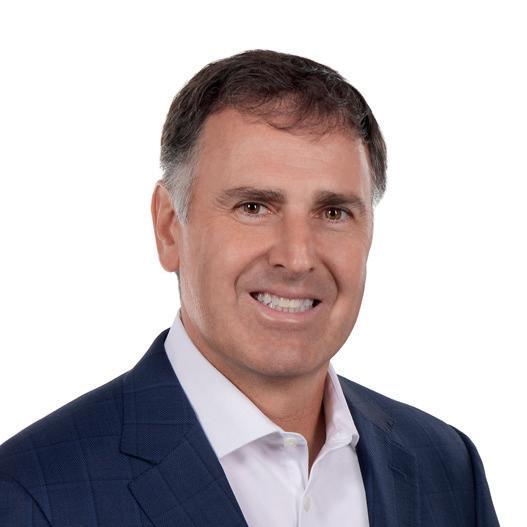
Living Earth Crafts’ CEO Jim Chenevey gives the lowdown on what the next chapter holds for the company
For more than 50 years, Living Earth Crafts has been manufacturing award-winning spa equipment for the world’s finest spas and wellness facilities, serving over 120 countries. The company offers a wide range of built-to-order spa and wellness furnishings, including relaxation loungers with electronic adjustment, LED lighting, heat, massage and the company’s bio-hacking MindSync technology for stress reduction and sleep. The company also excels in pedicure and nail care designs, featuring space-saving mani-pedi combo chairs such as the distinctive Maestro Opus.
Counting the likes of Accor, Marriott, Auberge Resorts, Canyon Ranch, Kempinski, Mandarin
Oriental and Rosewood as clients, Living Earth Crafts is regularly recognised with awards and accolades from ISPA, American Spa Magazine, Green Spa Network, NailPro Magazine and more. In this profile Jim Chenevey, president and CEO, discusses future innovations and what’s in store for the company.
What can the industry expect next from Living Earth Crafts?
2024 is set to be our most innovative year yet, with groundbreaking products in red light therapy, grounding and EMF protection, stress reduction and acoustic resonance.
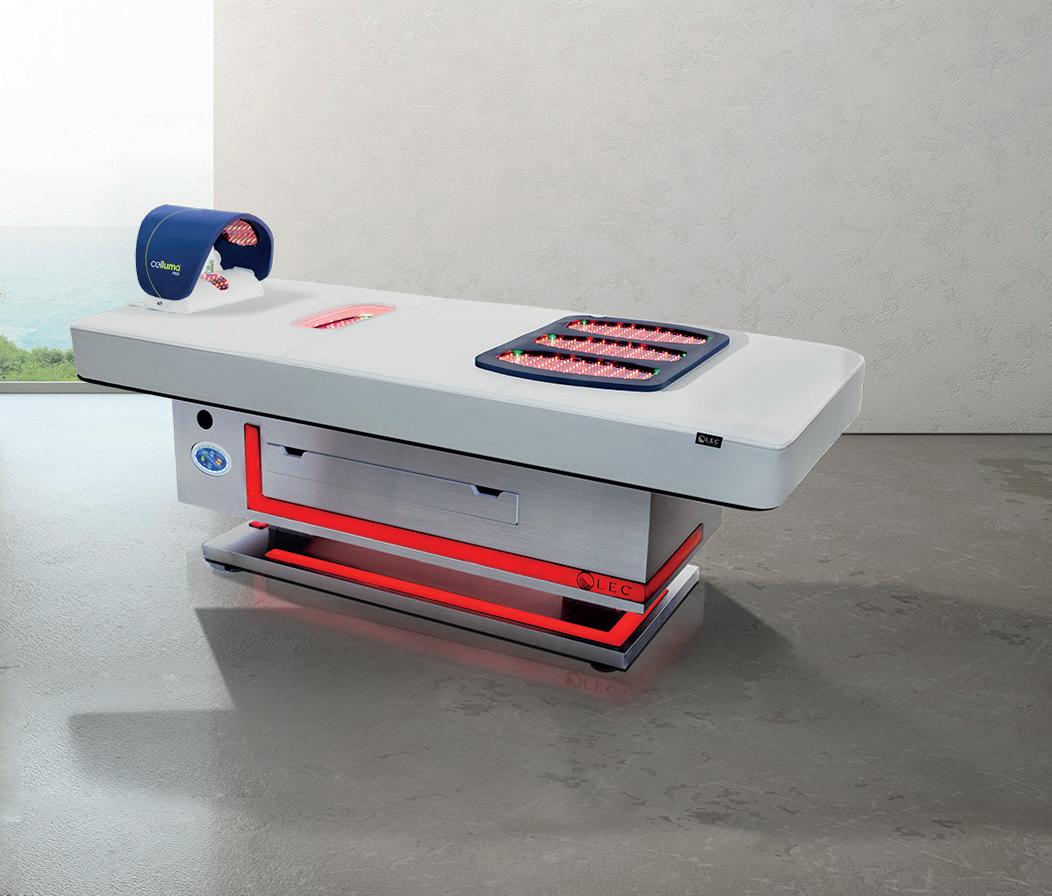

What innovations are on the way?
We’re thrilled to announce a significant update to our award-winning flagship treatment table, the Century City. This update features the luxurious Strata Cloudfill II Mattress with a more plush formulation, dual-zone warming, EMF protection and an innovative grounding feature to enhance comfort and healing.
Additionally, our new Insignia 2.0 Collection boasts two new base designs, the Cloudfill II Mattress and a smoother, whisper-quiet electric lift system. Both lines support our optional patent-pending Conforma Lux chest comfort system, which is exclusive to Living Earth Crafts.
What differentiates Living Earth Crafts from its competitors?
Innovation is at our core, driving our position as a leading global equipment supplier. We focus on three key pillars:
Products combine bespoke finishes with practical features

1. Unsurpassed comfort for guests
Our proprietary comfort features include the 14 cm Strata Cloudfill Replaceable Mattress with EMF protection and grounding, the Conforma Lux Adaptive Chest Comfort System, Thermasoft Dual-Zone Embedded Table Warmer and the Caress Self-Adjusting Facecradle.
2. Commercial-grade, built-to-order craftsmanship for owners
Customised products crafted from the finest materials, built to endure years of intense commercial use, supported by one of the industry’s best worldwide warranty and service networks, with a multi-language service app and parts distribution centres on three continents.
3. Practical, convenient features for therapists Ergonomic low-height range designs, wireless hand and foot controls, integrated warming drawers, handy trolleys and comfortable rolling stools.
Where does Living Earth Crafts distribute?
We operate a worldwide network of local distributors with factories in the US and Asia and distribution centres in Europe, the US, Japan and China.
Who are your clients?
Based in the US, we serve spas and hospitality operations worldwide and are the preferred choice for brands such as Como Hotels, Four Seasons, Hyatt Hotels, Hilton Hotels, Miraval, Montage, Peninsula Hotel Group, Ritz Carlton, Sandals and Shangri-La.
What’s the long-term vision for the company?
To solidify our status as the go-to equipment partner for the world’s most prestigious spa and wellness destinations. We’re driving toward this goal with relentless innovation, uncompromising quality and a deep dedication to sustainability. l More: www.livingearthcrafts.com l Century City, Maestro Opus, Strata Cloudfill, Caress, Insignia, Conforma Lux and Thermasoft are trademarks
SIRO is staking its claim as the world’s first fitness and recovery hotel brand and has plans to roll out 100 properties globally. Lisa Starr visits the inaugural site in Dubai

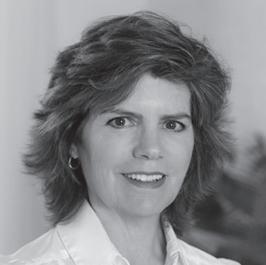
Meal plans which can be personalised by an in-house nutritionist, an ‘intelligent fridge’ rather than your typical vending machine, a choice of 50 workout sessions a week – including some devised by AC Milan and an Olympic boxer – thermoregulating mattresses, cryotherapy and contrast bathing. The health and wellbeing details embedded into every step of the SIRO customer journey are innovative and exhaustive.
Hailed as the first fitness and recovery hotel brand, the arrival of SIRO in Dubai this February was overly anticipated. It’s operated by Kerzner International and alongside a One&Only vertical hotel, another Kerzner brand, it forms part of the One Za’abeel mixed-used development (see p102). SIRO has access to restaurants and pools at One&Only – which, coincidentally, is also home to a Clinique La Prairie Longevity Hub – but its core facilities on the 30th and 31st floors are the 885sq m Fitness Lab (gym) and 840sq m Recovery Lab (spa).

I caught up with spa manager Julie Amos and the hotel’s clinical dietitian Heeral Shivnani to hear their highlights of the brand and share my own impression of the SIRO experience just days after its debut.
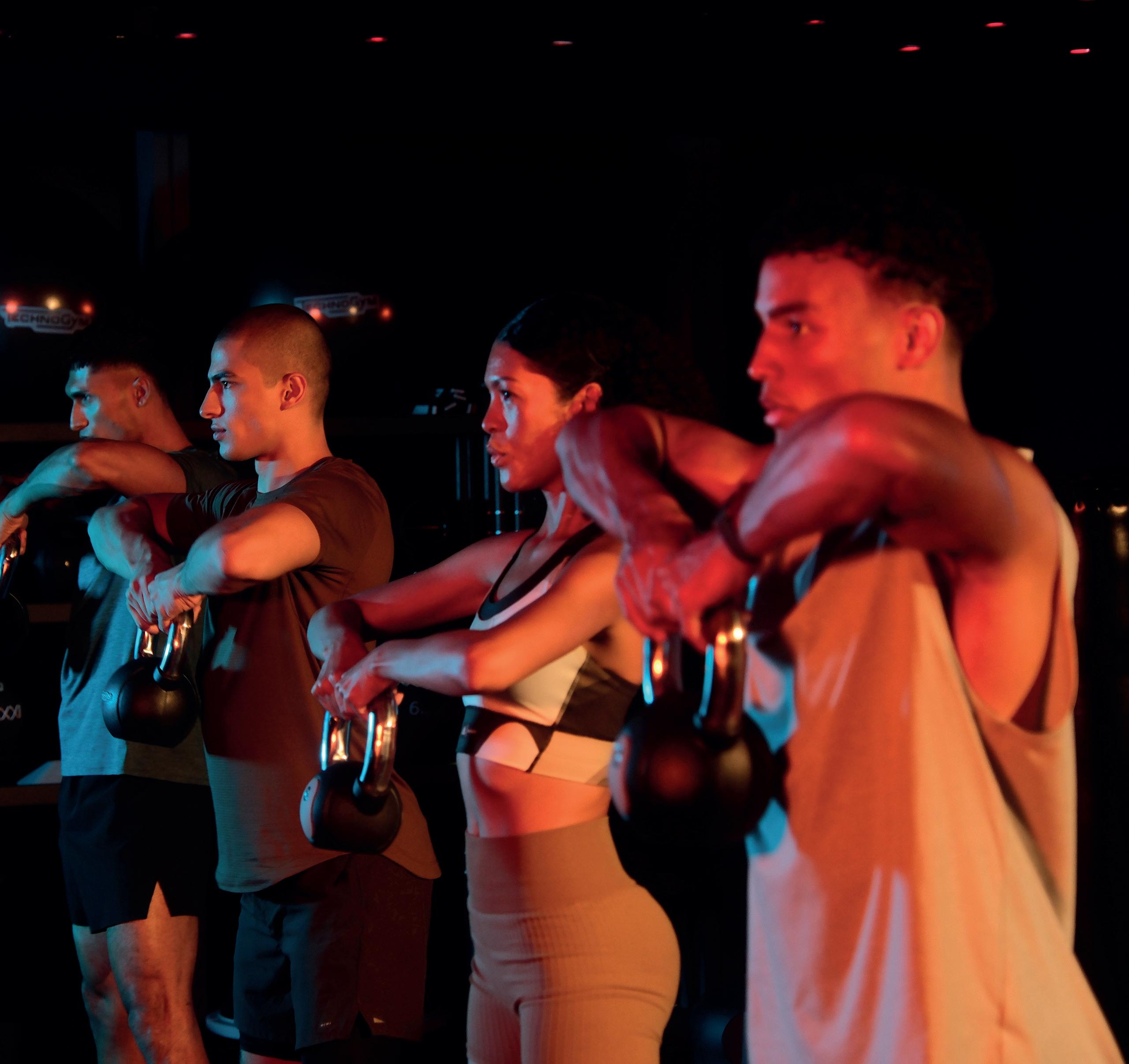
There are up to 50 exercise classes a week and membership starts at US$1,932
The concept behind SIRO – an acronym for strength, inclusivity, recovery and originality – is to empower guests to unlock their peak mental and physical potential.
Philippe Zuber, CEO of SIRO’s parent company Kerzner, says:
“Prioritising fitness, recovery and self-care has become a way of life for many and has evolved into a pillar facet of modern life. SIRO is our direct response to this new normal.”
Speaking at a London convention Zoe Wall, VP of SIRO and global wellness director at Kerzner, said the company envisions opening at least 100 properties, indicating that its first hotel in One Za’abeel is already trading well.
Since its world debut in February, SIRO has confirmed a Q4 opening for its second hotel in Montenegro and has revealed further plans for two more developments in Los Cabos, Mexico (opening 2027) and Riyadh, Saudi Arabia (opening 2028). Japan has been touted as another future destination.
Zuber concludes: “SIRO was designed to be a rapid-growth challenger brand that enables Kerzner to expand our global footprint in the world’s most vibrant cities.”
Read Spa Business’ interview with Kerzner’s Zoe Wall at www.spabusiness.com/zoewall
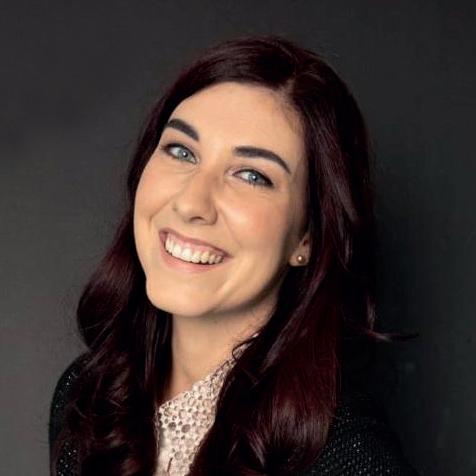
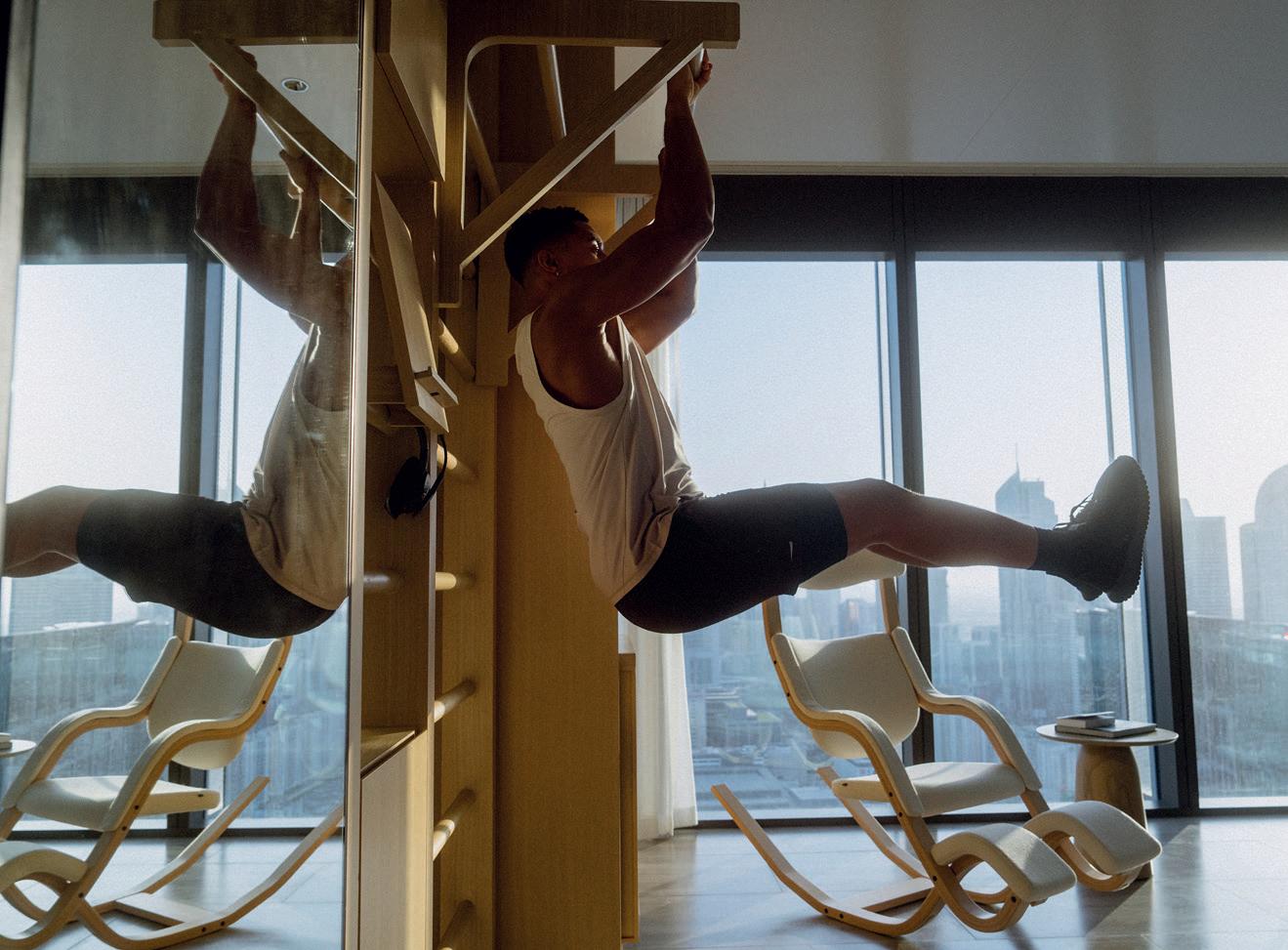

The proposition is to offer life-changing experiences in state-of-the-art destinations.
We don’t even refer to a gym, we have a Fitness Lab. It’s like a club, rather than a hotel gym, with a reception area and staff on hand for nutritional consultations or body analysis, plus a refuel bar offering a selection of smoothies, protein bars and freshly made snacks.
You arrive by lift on the 30th floor and there’s a traditional check-in desk, or guests can check in online and fill out questionnaires beforehand if they want.
It covers nearly 1,000sq m and is split into zones focused on cardio, strength and functional training with equipment by Technogym. In our Experience Box, classes take place hourly. There are also group cycling, pilates and yoga studios.
The idea is to create a culture – a wellbeing community – and central to this is The Collective. This is a designated area for workshops, we’re aiming for three a week, covering everything from sleep and nutrition to gut health and mindfulness.
Of course, we have a membership programme in place too (see p106) and the response has been very positive.
you called your spa a Recovery Lab?
Recovery is an essential part of exercise –whether you just want to keep up your training or you’re an athlete looking to improve performance. So our spa has traditional elements such as hands-on treatments alongside cutting-edge technology but everything complements the fitness element
We offer myofascial cupping, for example, to stimulate blood flow and relieve muscle tension or a full-body treatment by Proverb which combines massage and assisted stretching. More technology-based treatments include compression boots or percussive therapy by Theragun.
We have 10 treatment rooms and four of these are dedicated to specific experiences including cryotherapy by Art of Cryo plus Gharieni’s infrared MLX i3Dome and its vibroacoustic Welnamis bed. And in our beautiful hydrothermal area, we offer a combination of hot and cold experiences for contrast therapy, which is perfect for recovery.
Our Zen Room is personally one of my favourite areas as you can really switch off. You can read and journal, or even fall asleep.

Given that four of our treatment rooms are more technology-focused, you’d think it’s not so labour-intensive. However, it’s still very similar to a traditional spa manning structure and we may even have more additional staff than normal. We have various assistants escorting people through every part of the journey. Cold treatments and contrast therapy are particularly popular, but many people are experiencing these for the first time so we have people coaching them through it. Several guests are even frightened of cryotherapy so it’s essential they’re offered guidance and once they’ve done it, they feel invigorated.
SIRO aims to make fitness and recovery a part of your lifestyle. Yes, we have an amazing gym and spa, but depending on your schedule or preference you might not use them. So you have the freedom to experience it in your room. We offer an extensive workout kit in our fitness suites and access to virtual exercise classes. Sleep is a huge part of recovery and our thermoregulated mattresses in all rooms really stand out. They adjust to body heat to ensure you have a much deeper level of sleep. Many guests say it feels like they’re sleeping on a cloud.
What type of hotel guests are you targeting?
Being so close to the financial centre we expect to attract a high number of business travellers, but being a resort we also believe it’s perfect for leisure guests. Our members are not only Dubai residents, they come from further afield and there’s a wide range of nationalities. We’re thrilled that this all ties in with our pursuit of inclusivity.
We don’t even refer to a gym, we have a Fitness Lab
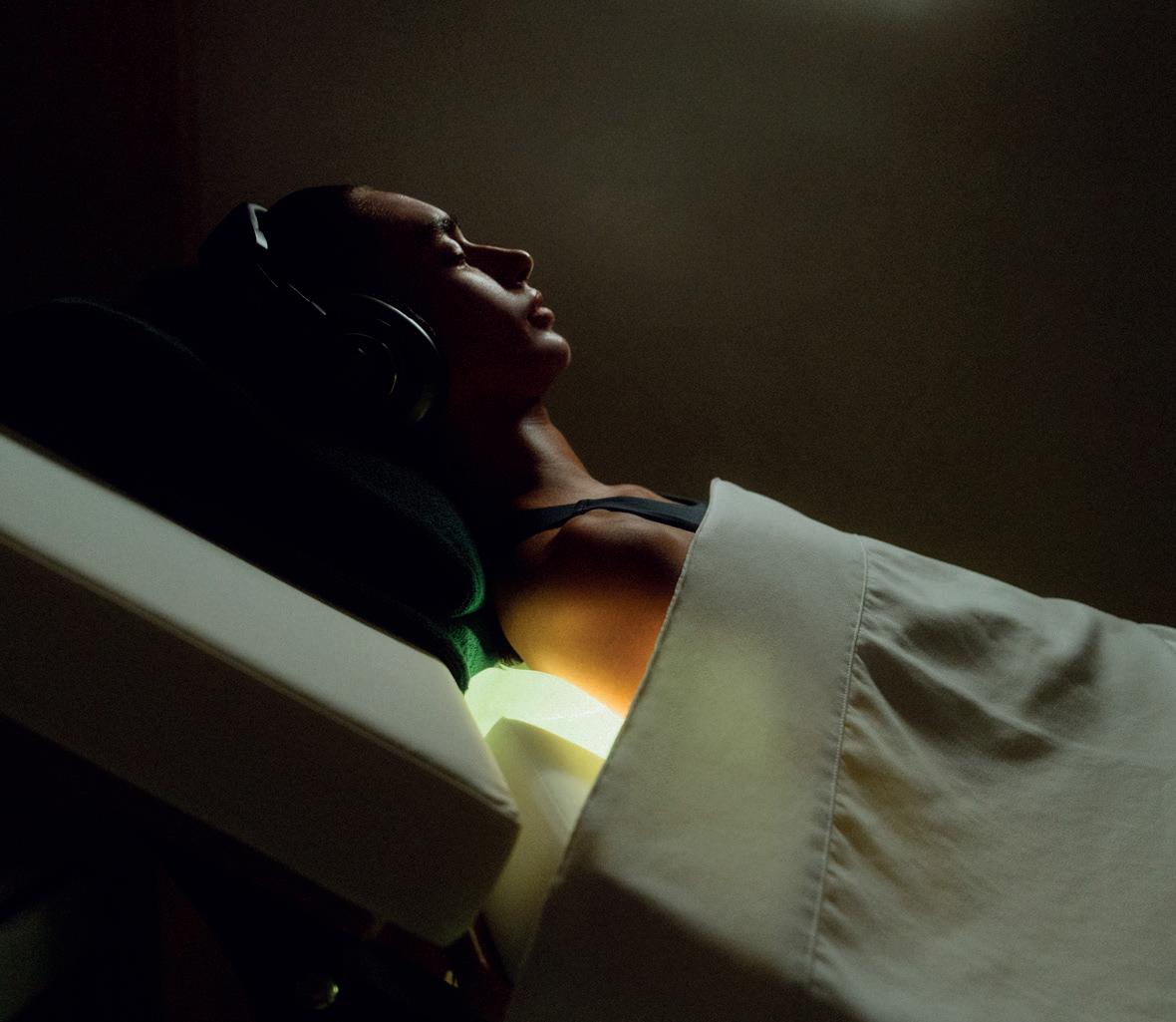


CLINICAL DIETICIAN
would you describe SIRO’s approach to nutrition?
Just because you travel, it doesn’t mean you have to deviate from your health goals. You shouldn’t have to compromise. Nutrition is one of the pillars of SIRO and one of my responsibilities was to create a menu which gives people options. But at the same time, we have a shared service system with One&Only and wanted to avoid putting extra stress on the operational team.
So, we’ve developed a modular concept that’s embedded in the menu. People can choose their set dish, but, also select ingredients to build their own bowl – we offer a variety of proteins, vegetables, dressings, nuts and things that provide extra goodness such as matcha powder. It’s flexible but not too complicated as the team has those ingredients to hand.
Or, if you have a consultation ahead of your stay, I can customise a meal plan based on requirements, preferences and, of course, keeping in mind imbalances and intolerances. Give me 24 hours notice and I’ll devise a daily menu of breakfast, lunch and dinner with snacks according to your desired calorie intake or any other specialised needs.
But you don’t have to have a full consultation either. My office is right next to the Refuel Bar and I’m always available for guests to approach –whether that’s for general nutritional advice or for me to guide them through the F&B experience.
We don’t have a dedicated restaurant, so the food we’re supplying is something you can come in and grab.
Developed by Ithra Dubai, a subsidiary of the Investment Corporation of Dubai, One Za’abeel is a mixed-use complex at the threshold of the Dubai International Finance Centre. It consists of two towers joined together by The Link – which reaches 230m in length and is one of the world’s longest cantilevered structures. Between the two towers (reaching 68 and 59 storeys), the development includes:
l 264 residential apartments l 229 One&Only guestrooms
l 94 One&Only private homes l 132 SIRO guestrooms l 11 restaurants
l SIRO’s 885sq m Fitness Lab (gym) l SIRO’s 840sq m Recovery Lab (spa)
l 1 Clinique La Prairie Longevity Hub (part of the One&Only hotel)
l 26,000sq m of office space l A series of retail outlets at ground-level
For more details about the wellness facilities of SIRO One Za’abeel visit www.spabusiness.com/sirozaabeel
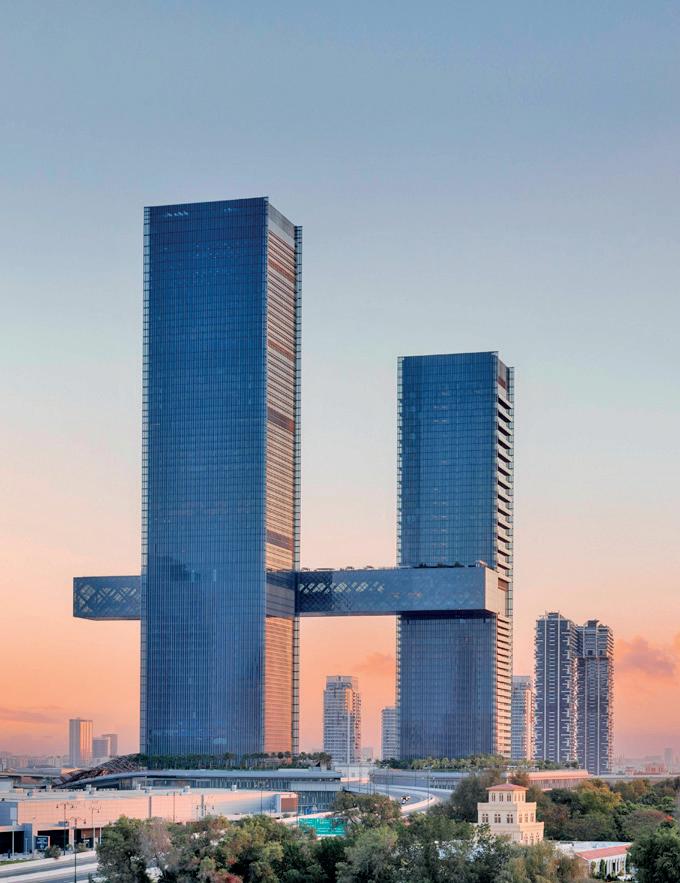
24 hours notice,

To listen to the original interviews with Julie Amos and Heeral Shivnani, visit
https://wynnebusiness. com/starrcast-podcast/
Just because you travel, it doesn’t mean you have to deviate from your health goals
We have a vending machine which is more like an ‘intelligent fridge’ – it’s a beautiful dispenser which shows pictures of the food. There are freshly made power bites without any gunk or preservatives, dried fruits and nuts.
We also have a range of signature shakes and smoothies created in tandem with One&Only’s mixology and beverage team and a UK-based protein supplement brand called Innermost. They’re categorised by desired outcomes such as strength, weight loss, performance and general good health. We have classic shakes, but others have added vegetables or feature Middle Eastern ingredients such as tahini and orange blossom water.
How much thought has been given to nutrition in the guestroom?
We’ve basically turned around the minibar concept. You would expect to see things like sodas, potato chips and Skittles, but none of those are good for you. Instead, we offer snack bars with peanut butter and dark chocolate, cucumber mint sparkling water and coconut sugar for hot drinks, which is very rare.
We’ve really invested time in finding the right products. It’s very niche and you don’t realise what goes into a space like this, but it’s a huge component of the SIRO guest experience that’s critical to get right. And so far there’s been a lot of curiosity and appreciation for what we’re trying to do.
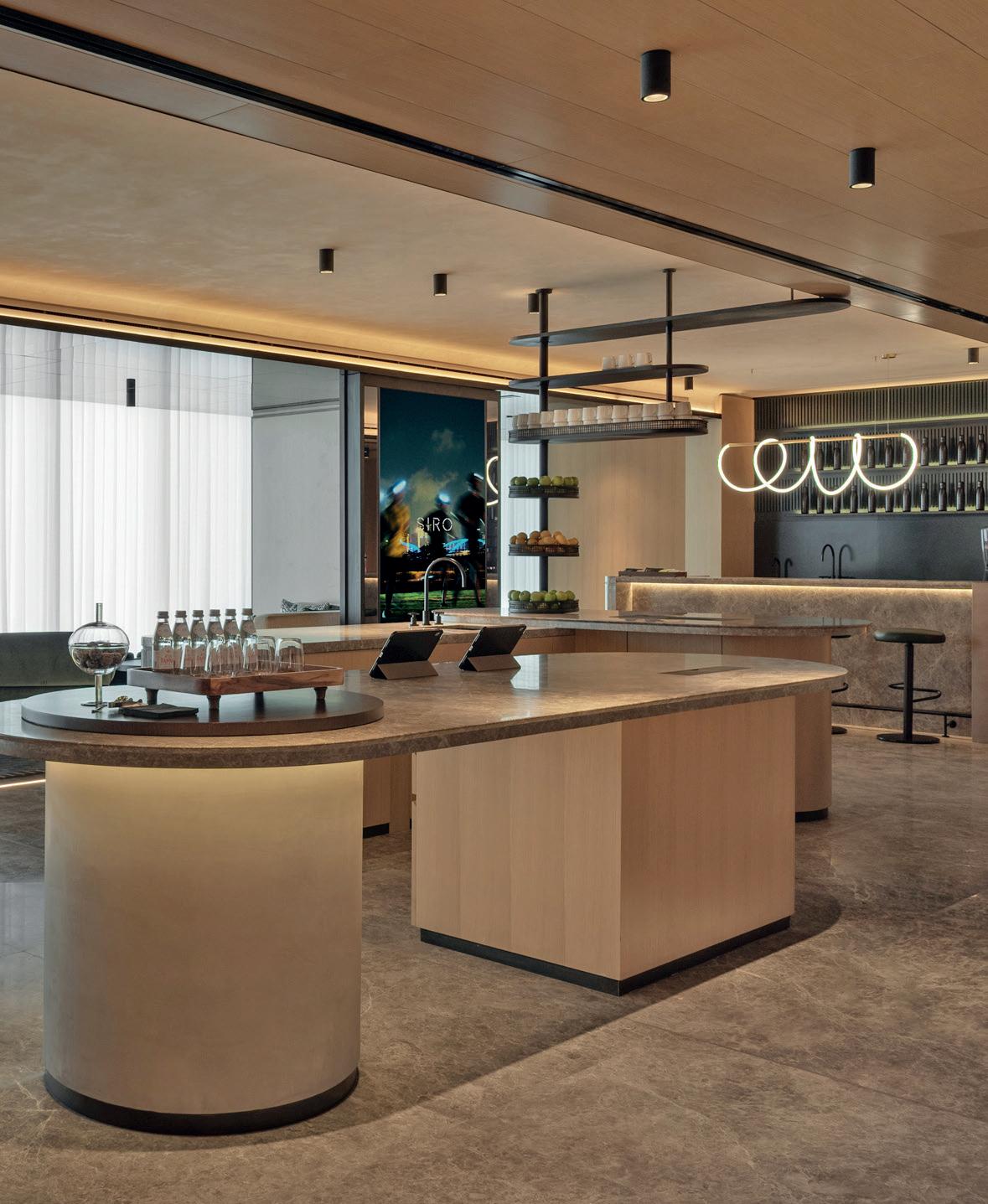
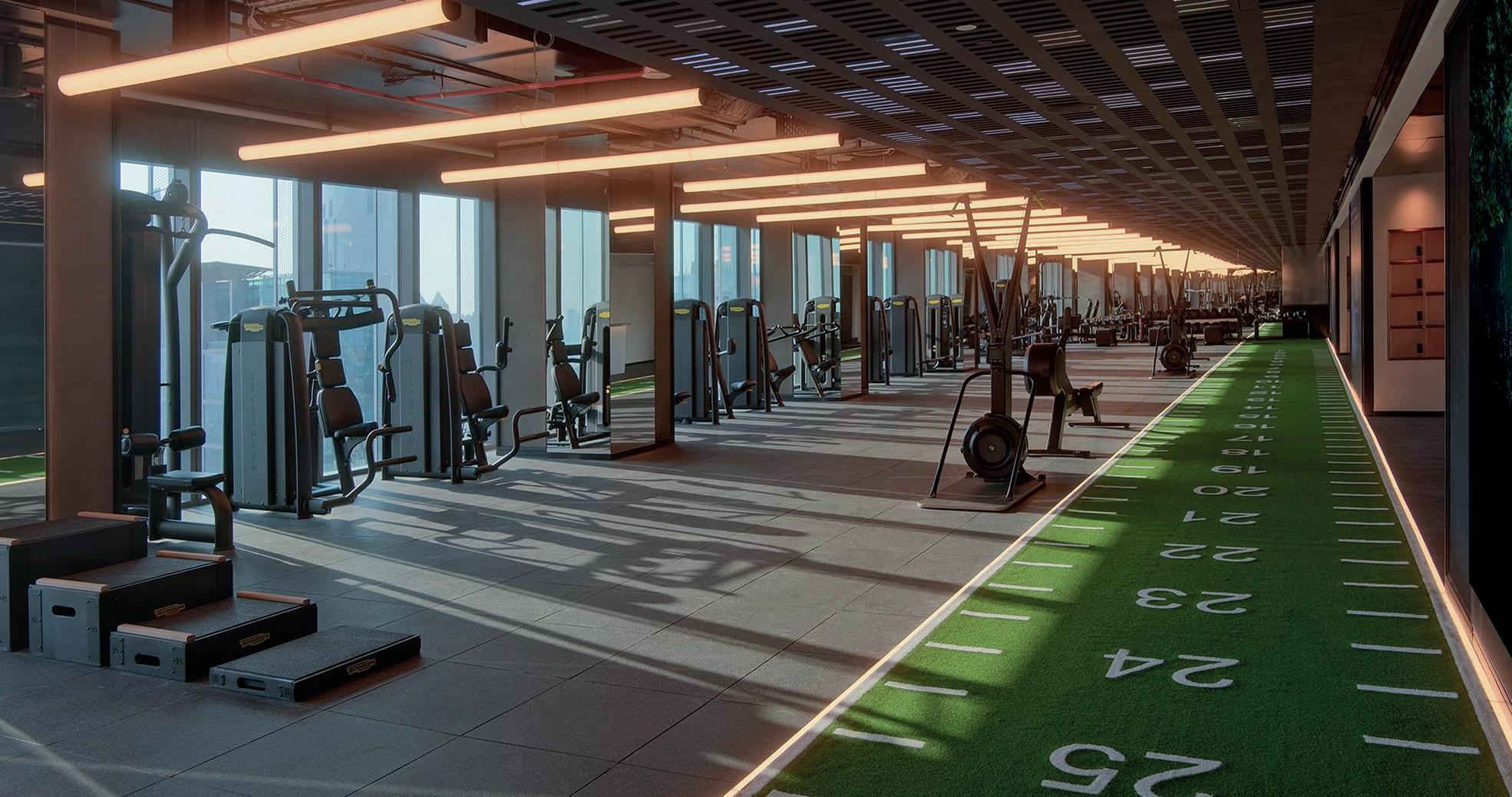
It’s always exciting to visit something that’s the first of its kind and, as with anything truly new, SIRO presented some surprises. The first occurred at the entrance of One Za’abeel. It is very early days still, but there was no sign or mention of SIRO neither in the lobby nor the elevator up to its home on the 30th floor. Once there, the doors open on both sides. Turn one way, you see seating areas, retail counters and a coffee and juice bar. The other way brings you into the spectacular gym, where a trainer immediately greets me and sends me back to the first side. What I thought were retail counters, were customer service stations for checking in. It serves as a fitness mecca and reception to the hotel above and has a decidedly casual vibe. It all speaks volumes about what SIRO is striving for.
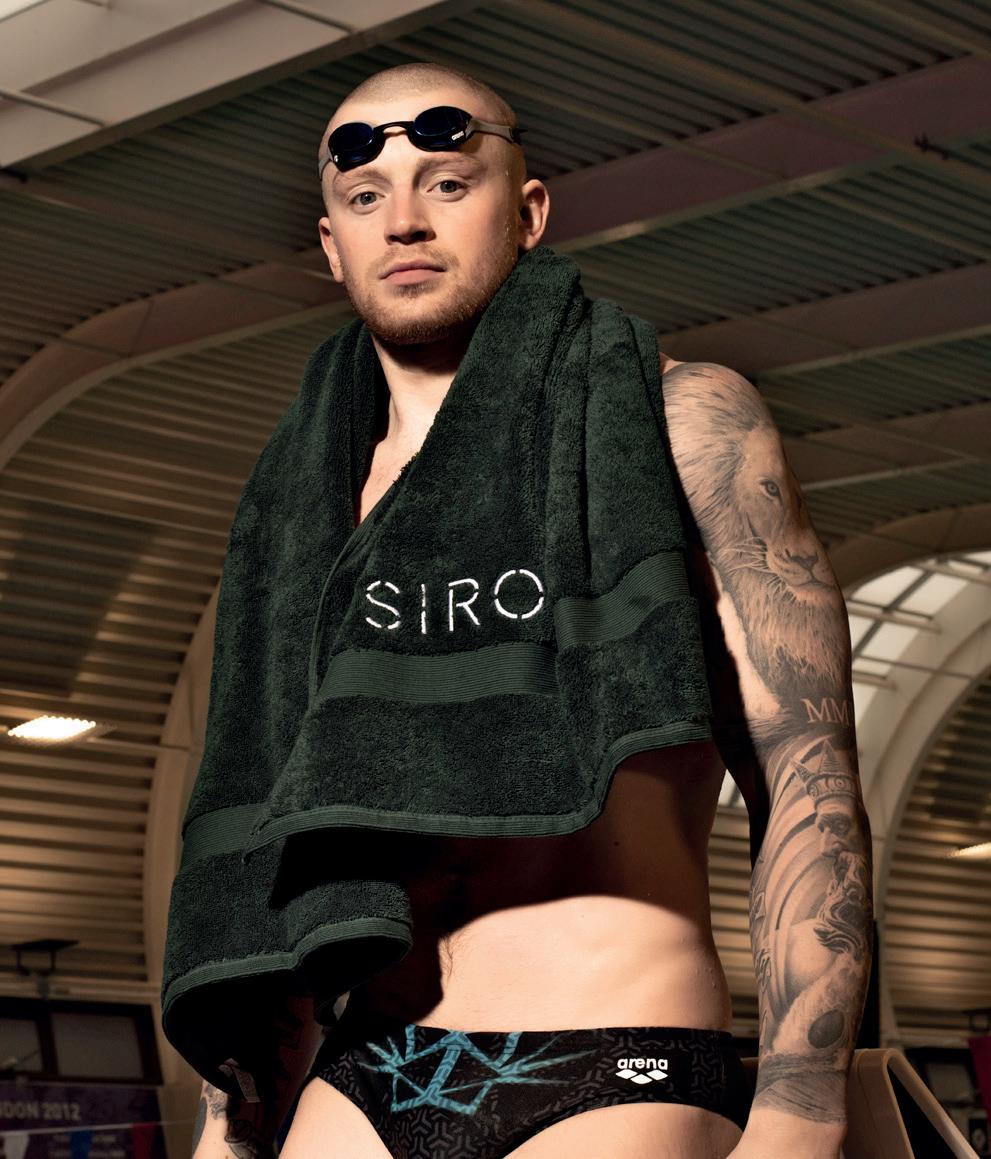
It’s the nicest gym I’ve ever been to, in any country
Positioned on the main floor, the Fitness Lab rivals any big city club in appeal – it’s the nicest gym I’ve ever been to, in any country. It has a wide array of equipment and a design influenced by a cool cohort of professional athletes such as AC Milan, world champion swimmer Adam Peaty and Olympic boxer Ramla Ali. And, although I didn’t experience the workouts, I dare say they’re more elevated because of these alignments.
Guests can have a session in the group cycling studio, utilise Pilates Reformers in a dedicated space and participate in an array of classes including boxing and HIIT in the Experience Box. Trainers are roaming the floor to aid as needed and expansive windows on three sides inspire with the views. Even visiting midday, there was a buzz of activity.
A beautiful and welcome design feature is a large curving staircase leading up to the Recovery Lab. No elevator here, which is a nod to the notion of making movement a lifestyle choice. Here beauty therapy staff manage 10 rooms offering just the right blend of technology-based and traditional spa treatments.
A particular highlight was the RelaxSpace module in the Zen Room – it’s a multisensory experience providing sights, sounds and even scents to whisk you on a natural getaway of your choice.
















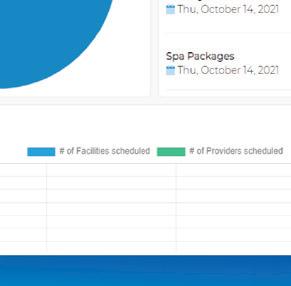

























l Room rates start at AED1,460 (US$398, €367, £310) a night
l Annual Fitness Lab silver membership (for access, but no classes) is AED7,095 (US$1,932, €1,777, £1,514)
l Annual Fitness Lab gold membership (with unlimited classes) costs AED9,460 (US$2,576, €2,369, £2,018)
l Facilities and classes are free to hotel guests
l A basic 60-minute massage starts at AED400 (US$109, €100, £85)
Unstructured downtime is also welcome amid a facility brimming with so many options and this space, with its comfortable niche lined with salt blocks, offers the tranquillity to do just that.
More elevators take you to the four SIRO hotel floors above, housing 132 rooms and suites. It’s difficult not to be won over by the spectacular view of the Dubai skyline in my corner room.
While there is a basic choice of workout equipment – an exercise ball and cabinet hiding yoga mats and straps – the space is more focused on restoration.
The large, thermoregulated bed with hypoallergenic sheets and down pillows gave me a reasonable night’s sleep, but I wasn’t in it long enough to fully feel any profound benefits. It was great to see a zero-gravity chair for relaxing in – another detail demonstrating the recovery ethos – if only I could have got it to recline correctly! But my favourite ‘restful’ feature of my stay was the SIRO robe. Crafted in the style of a hoodie, it’s extremely cosy and comfortable. Having to leave the robe behind, as well as the Fitness Lab where it just felt nice to hang out more than anything else, was definitely disappointing. Overall, I loved the experience and I’d ‘jump’ at the chance to return. l


The launch of Gharieni’s new touchless technology brand Metawell is perfectly aligned with the
future direction of spa and
wellness,
says the company’s CEO, Sammy Gharieni
With 30 years’ experience as pioneers in spa and wellness technologies, Gharieni Group is now ready to embrace a new era of ‘touchless wellness’ technologies that promise to bring even greater benefits to spa and wellness clients.
This new direction was first signalled earlier in 2024 with the company’s announcement of its new ‘brand segment’ called Metawell – a division launched to exclusively advance Gharieni’s mind-body wellness technologies in the global marketplace.
Metawell is now one of three defined brands to sit under the umbrella of the Gharieni Group.
The group’s headquarters in Moers, Germany serves as the base for the Gharieni and Metawell

A big idea behind Metawell is to activate the application of our wellness technologies alongside industry partners
Sammy Gharieni
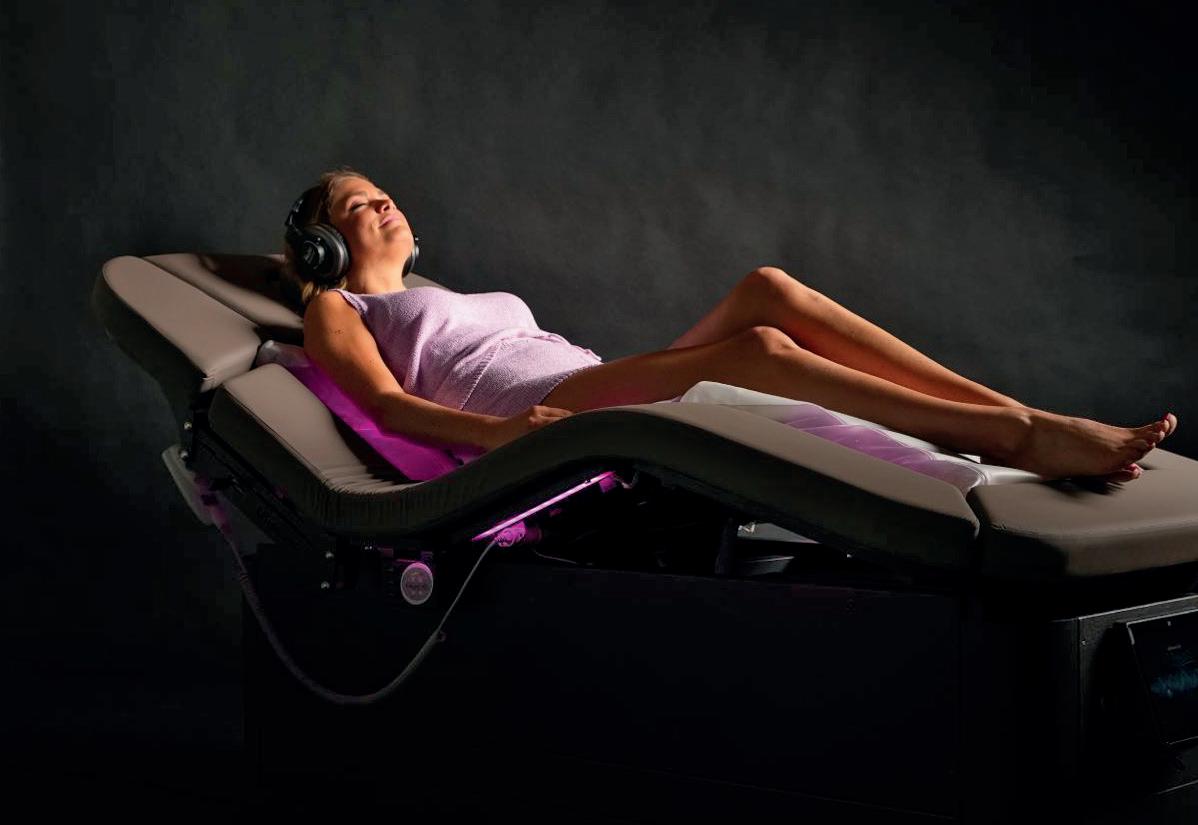
brands. Bentlon remains based in the Netherlands – a company the group recently acquired to appeal to a younger customer base serviced by smaller spa and salon operators with vibrant, contemporary brands.
Each brand has its own website, (also linked to the Gharieni Group’s main site) while all operational aspects will remain unchanged for the time being.
Gharieni Group CEO, Sammy Gharieni says:
“A big idea behind Metawell was to help our clients clearly identify mind-body and wellness technologies in the Gharieni portfolio.
“In addition we plan to continue to collaborate with industry partners who we know will complement our new strategic brand vision”.
The group’s current collection of sensory wellness technologies includes experience beds, loungers and spa equipment that integrate sound, vibration, light and water, and there are many more exciting technology developments in the pipeline.


Metawell is the home of the company’s tech products, such as the MLX i³Dome
One of Metawell’s primary aims is to forge new agreements with other touchless wellness partners to create what Gharieni describes as a “hybrid spa and wellness ecosystem”.
One example of this is Metawell’s collaboration with French music conductor Jean-Marie Adrien to create the ‘Augmented Massage’. This treatment has been hailed as an evolution in massage therapy, uniting technology and human touch to deliver a unique and immersive experience for the client.
Metawell also intends to partner with owner-operators looking to install premium touchless wellness solutions in their facility. In this scenario, Metawell will either create a bespoke solution for the spa, or deliver one of its innovative ready-to-go concepts.
Gharieni says: “As Metawell is a newly-launched brand we’re currently in different conversations for projects in development, so watch his space.”
Gharieni admits that ‘a lot of confusion’ had previously existed surrounding the distinction between the company’s newer experiential products and its regular treatment beds, such as massage, podiatry and spa beds. He says: “The rebrand helps our customers understand that Metawell is all about the use of technology in this new era of wellness.”
And Metawell is not merely just keeping up with current trends but – as Gharieni sees it – is mirroring major shifts in the delivery of health and wellness modalities.
“As a company, we’re aligned with the mega trends of hyper-personalisation, the dawn of immersive wellness experiences and the digitisation of products and services across our industry,” he explains.
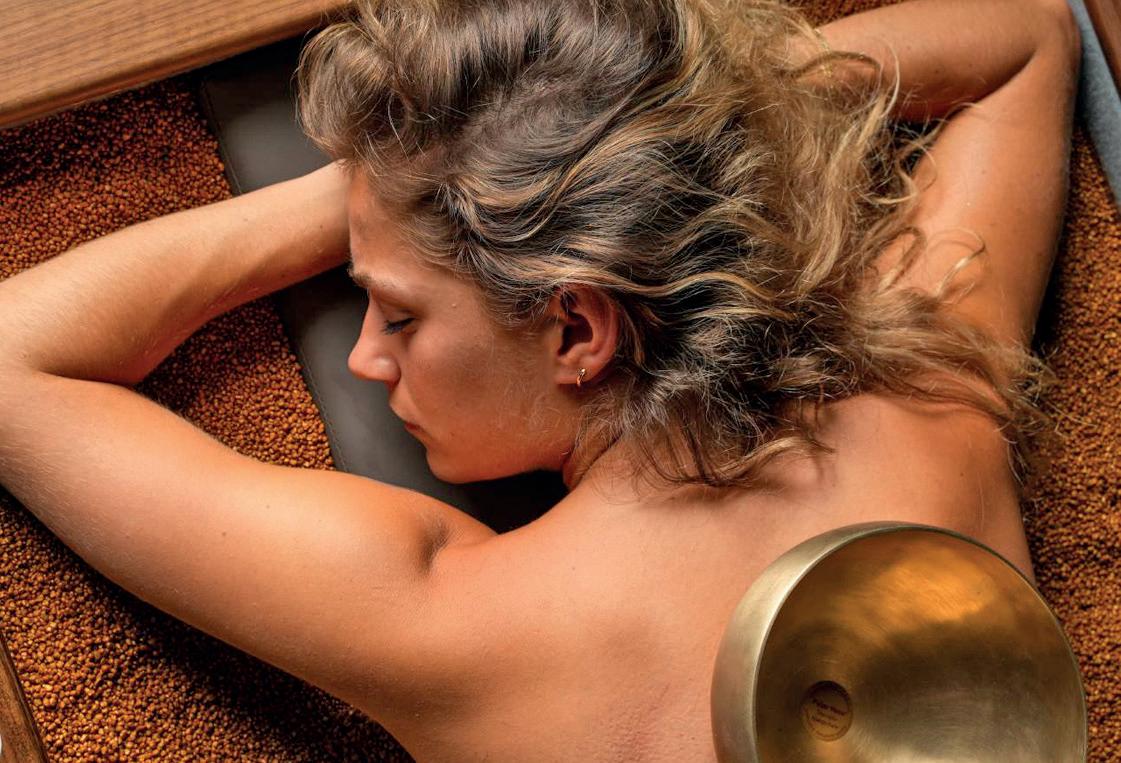
Since the launch, Gharieni says Metawell has been well received by the company’s existing customer base, as it brings greater clarity to the concept of how touchless wellness can become more integrated into traditional spa and wellness spaces.
Gharieni, who is the embodiment of pioneering leadership, fresh ideas, trendsetting and market disruption, is clearly excited about what a tech-driven future will look like for the spa and wellness industries.
“The sector will continue to cross-pollinate from other industries in the experience economy,” he says. “We’ll also see a tremendous opportunity to deepen our industry thought leadership and create new opportunities for collaborations.
“We’re looking forward to this new era in wellness and to continuing the expansion of touchless technologies in the market, while being future-focused and packed with value for all stakeholders.” l More: www.gharienigroup.com

New research shows that up to a third of spa-goers now hold some form of spa membership. How can software systems help support this growing trend?
Robert Whitehead Journey
The growth of exclusive use areas has helped drive an increase in spa memberships, as venues look to increase access control to minimise overcrowding and maximise the guest experience. Up to 70 per cent of Journey’s spa customers now offer some form of membership and using our system they have the flexibility to create multiple types of packages.
Our pricing matrix is a key USP. It provides a single default price for services and retail, with a value or
Results from ISPA’s latest spa-goer survey show that with the popularity of platforms such as Amazon and Netflix, consumers are now more open than ever to subscription and membership models. The survey, based on 1,000 respondents in December 2023, shows that 96 per cent of spa-goers hold some form of annual subscription – and that a third of them now specifically have spa memberships (see p62).
Given that memberships increase customer loyalty (and spending) and offer a regular, guaranteed revenue stream, Spa Business sees more operators jumping on this trend in the years ahead. All of the spa software suppliers here offer membership set-up and management as a standard feature, but how does their functionality differ?
percentage discount off applicable items based on the membership type. This means the operator doesn’t need to run multiple price lists for guests and members. Paired with our e-commerce platform, spas can offer members the ability to purchase everything online, assured that they have the best price.
The ability to automate key membership tasks is another popular feature. Spas particularly find the renewal notices and payment reminders – paired with the ability for members to self-process all payments and administration online – a great time saver.

Up to 70 per cent of Journey’s spa customers now offer some form of membership
Sixty-four per cent of Trybe’s clients use our membership function and this is increasing with every new business. Consumers enjoy the convenience, cost savings and the feeling of belonging that memberships bring. Operators enjoy the steady income stream and brand loyalty. With Trybe’s membership management functionality, consumers have 100 per cent control over their subscription 24/7 – from signing up online, to payments, cancellations and bookings
– and our spas love that. It means they can even make money when closed. One client has seen membership revenue double since moving to Trybe. The end-to-end automation, also removes the possibility of human error and eliminates the need to keep track of each step with manual spreadsheets. Having a central solution, where the membership database is under the same roof as the payment solution, also saves time. Another one of Trybe’s clients has gone from one team member spending five days a week processing memberships to less than one day with our software.
Our software has a modular structure, so every customer receives exactly the modules they need. If a spa wants to offer memberships, the membership management module is just the right thing. With this module, spa memberships can be managed quickly and easily and roughly a third of our hotel spas and day spas use this feature.
The module stores important information about members – how often they visit, how much they spend and on what products and packages. But the most popular feature is TAC Pay, a fully integrated payment interface which processes single and recurring payments (as well as refunds), easily, quickly and securely.
Another unique selling point is a dedicated app for direct communication with members. After all, a closer operator and customer relationship often makes all the difference.

TAC’s membership module includes a dedicated app for direct communication with consumers

The number of spas which offer memberships has nearly tripled since 2021

The number of Vagaro’s spas which offer memberships has nearly tripled since 2021. Our membership functionality offers an unprecedented amount of flexibility and opportunities for future revenue. Operators can sell memberships both in-house and online and set up autopay for clients.
Setting up automatic billing helps spas to protect their recurring income, save time and get paid faster. Adding benefits to memberships – such as the ability to assign and redeem points – helps encourage future purchases. This feature can also help to drive sales by building service, class or product discounts into memberships.
In addition, offering occasional promotions exclusive to membership-holding clients can also incentivise others to sign-up and helps strengthen client loyalty since they are being further rewarded for their dedication. What’s more, operators can easily enable a Friends & Family Share opportunity for their clients – enticing even more customers over the threshold.

Agilysys’ customers are typically hotel and resort spas and predominately offer services to guests onsite, but around 20-30 per cent of them offer a membership to local residents too.
We’re seeing an increased interest in our membership functionality and what sets it apart is the insights it provides when integrated as part of an overall solutions ecosystem. It enables operators to manage member interactions across the entire property, not just the spa. This gives a property more versatility
in creating and managing member experiences, providing communications, discounts and services that appeal to clients as individuals rather than as a homogenous group.
From a member’s perspective, the member portal provides a detailed view of their account. They’re able to see discounts, itemised billing and other expenses. The user-friendly interface, also allows them to book services, activities and events, which relieves staff from administrative tasks they would typically handle.
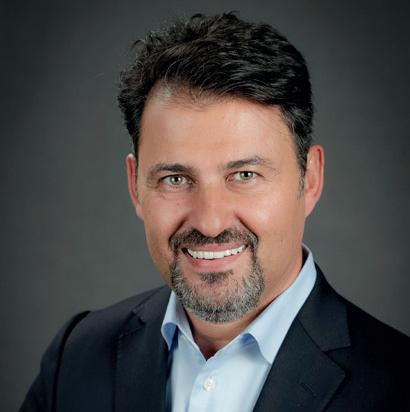
Using Agilysys software, operators can manage member interactions across an entire property, not just the spa
Spas can easily see how they need to tweak memberships with SpaSoft’s robust member data reports

SpaSoft’s membership module is flexible and customisable allowing it to serve many segments in the industry and adapt to business’ needs. Around 30 per cent of our current spa clients, including management companies and day spas, utilise this functionality. Equally as important as flexibility is being able to track member activity. SpaSoft creates a membership
database so operators can analyse members through insights such as attendance, timestamps, billing history, tenure and more. Using robust reports to track member data, spas can easily see when they need to implement a change to encourage growth – whether that’s creating a new package, tweaking costs or adding perks.
In addition, SpaSoft offers a Member Check-In module that allows colleagues to check members in or empowers guests to check themselves in. ●

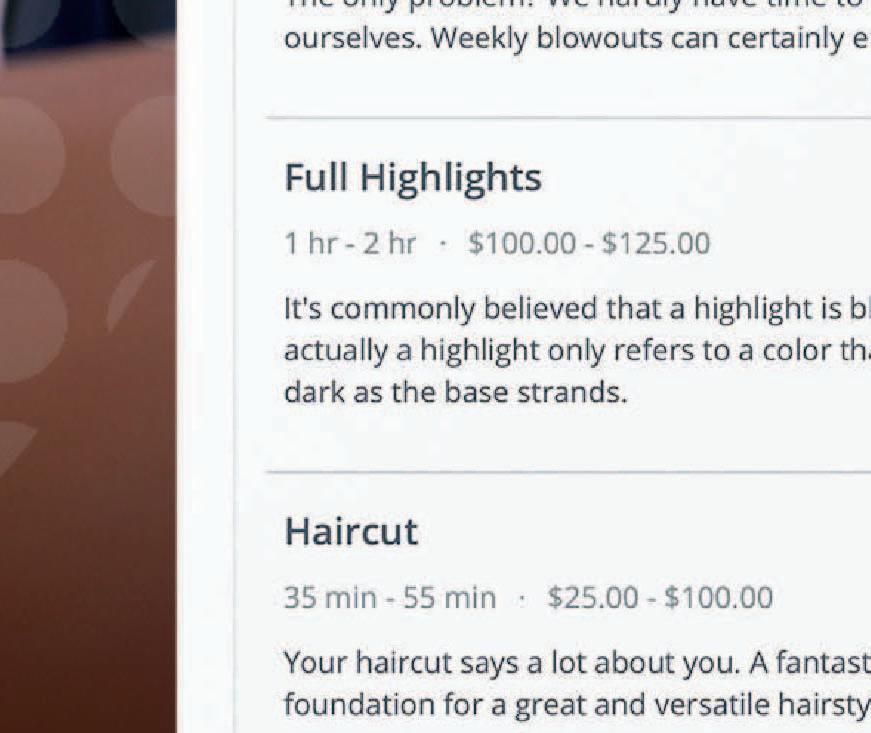




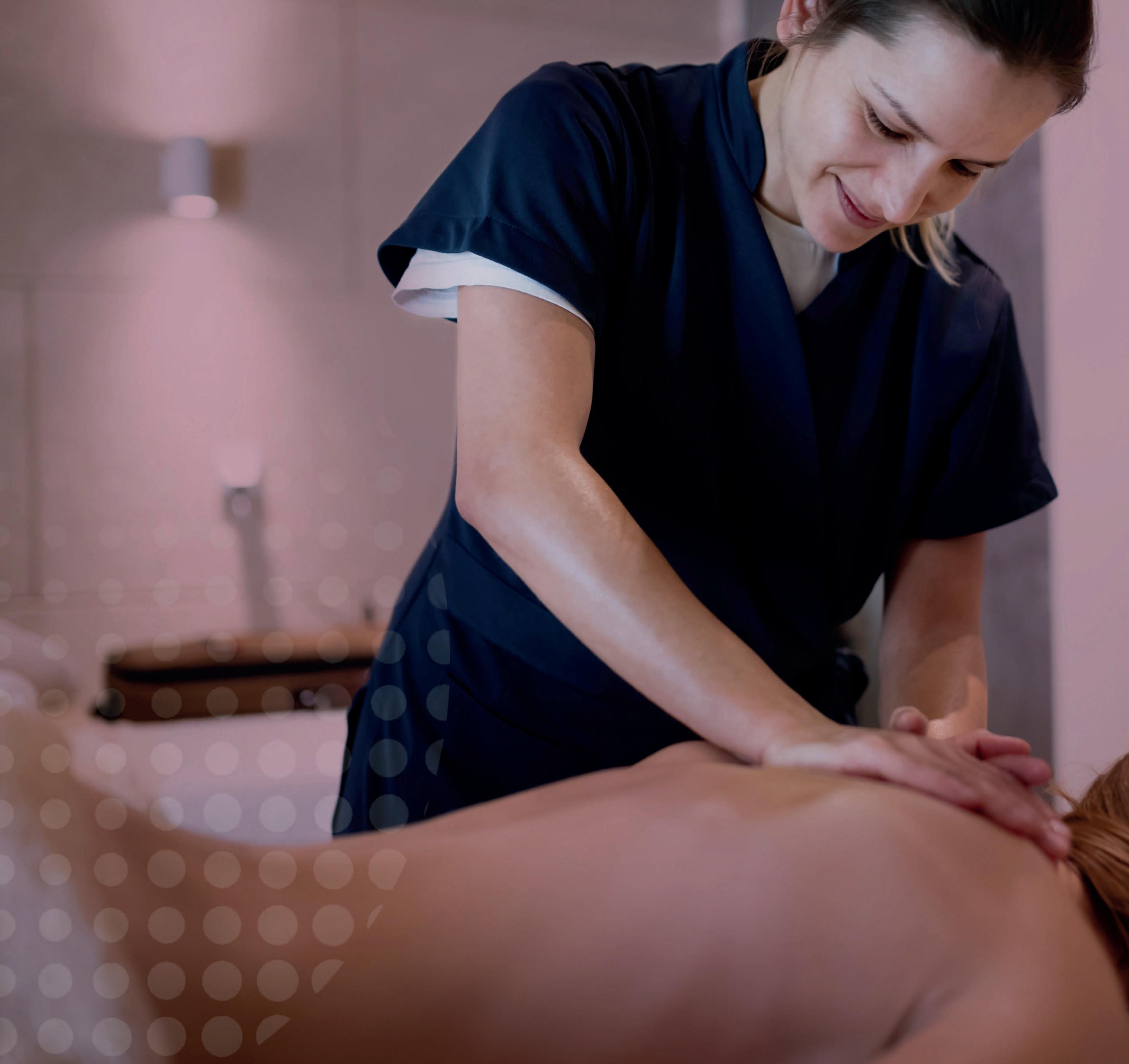
Biologique Recherche is showcasing its new triple-action serum designed to firm, plump and re-contour with a new treatment protocol
Introducing the latest breakthrough from esteemed French skincare brand, Biologique Recherche. Called Lift Buste 3D, it’s a targeted serum that exemplifies the brand’s commitment to innovation and excellence in skincare.
Crafted with precision and backed by extensive research, Lift Buste 3D has been specially formulated to address the unique needs of the décolleté and buttock areas.
Biologique Recherche maintained an unwavering commitment to efficacy and evidence-based results during the product’s development, as Hélène Huguet, head of R&D explains: “Our R&D team is dedicated to bringing pioneering products to market, grounded in the latest advancements in skin biology research,” she says. “Collaborating with a diverse panel of medical experts was crucial to ensuring the serum’s efficacy and safety throughout the development process.
“Our team worked closely with a panel of medical experts, including a surgeon, a senologist, an oncologist, a socio-aesthetician and a
gynaecologist-obstetrician to rigorously test and validate both the serum and protocols for its use,” she says.
The triple-action serum delivers:
n Plumping: Creates a noticeable lifting effect as the chest area is volumised, while the buttocks are delicately reshaped and enhanced.
n Smoothing: Reduces wrinkles and achieves instantly smoother décolleté skin, thanks to the serum’s powerful smoothing properties.
n Firming: Combats sagging and restores skin elasticity. Strengthens and enhances the chest area while achieving firmer buttocks.
Key ingredients include adipactiv, arctic peptide, vectorised hyaluronic acid, myorelax peptide and organic silicon complex, in addition to extracts of cassava, chlorella and sugar cane.
To celebrate the release of Lift Buste 3D serum, Biologique Recherche has also introduced the expert ‘Soin Lift Buste 3D firming treatment’, an enhancement to its signature facial protocols for delivery in spas.
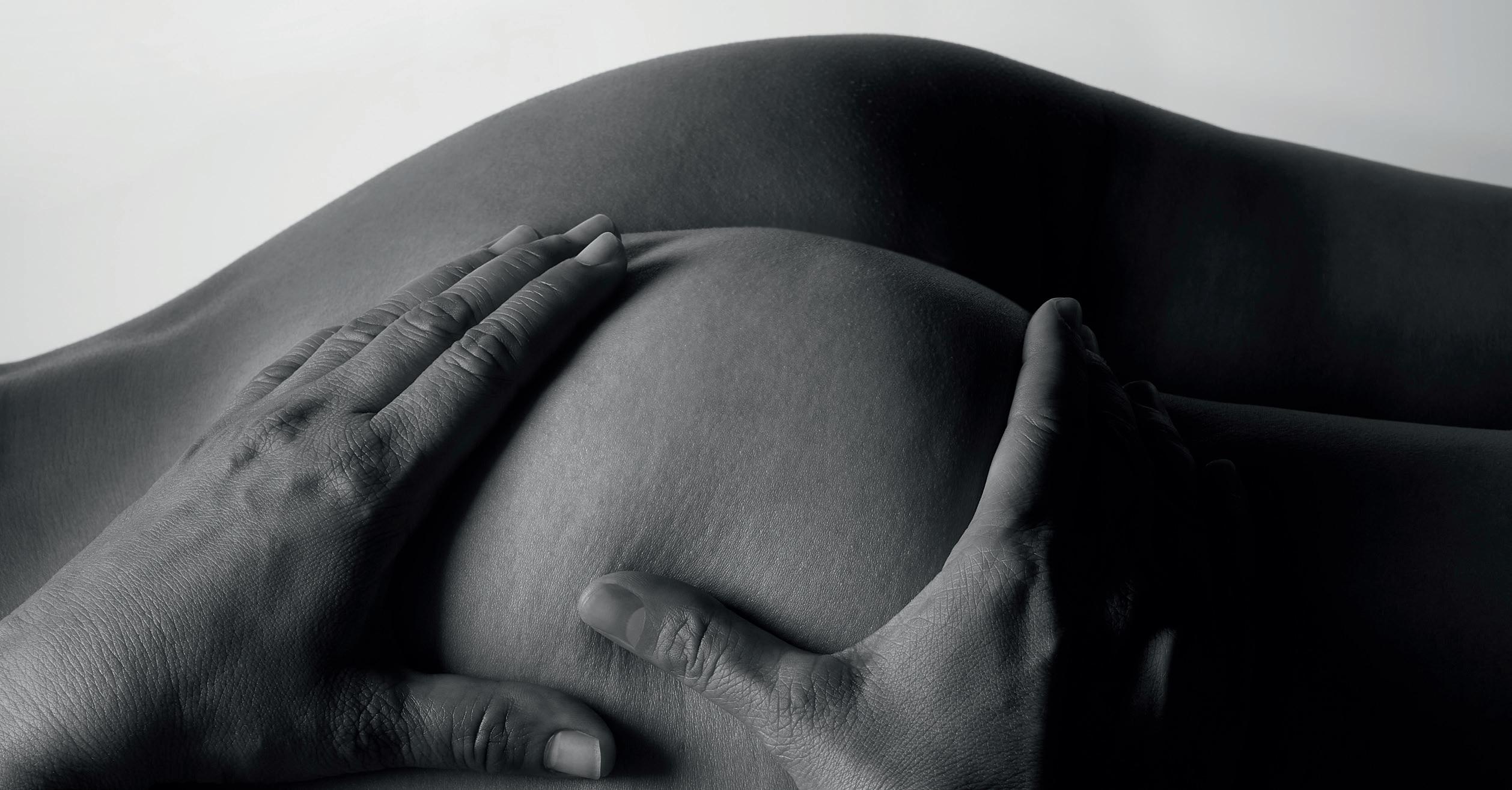
The protocol complements the brand’s signature facials

Our team worked closely with medical experts to test and validate this serum
Hélène
Huguet,
head of R&D

This Soin Lift Buste 3D facial upgrade has been meticulously designed to combat sagging, defend against visible signs of ageing and preserve the contours of the bust, décolleté, arms and chest.
Central to this transformative treatment is the Remodelling Face process, an advanced bio-electronic therapy that utilises the synergy of four distinct currents. These work together to enhance volume and produce a noticeable lifting effect, delivering enduring results.
Every Biologique Recherche treatment begins with a comprehensive dermo-cosmetic diagnosis by the therapist, using the innovative Skin Instant Lab system. This thorough analysis identifies subtle changes in the client’s skin, forming the basis for personalised care.
Visual assessments, precise measurements and detailed questionnaires further tailor a bespoke treatment protocol that aligns perfectly with the guest’s unique skincare needs.

Biologique Recherche emphasises that unlocking the full potential of this new product and treatment protocol requires professional expertise, a deep understanding of muscular anatomy, a meticulous methodology and a keen awareness of volume and contour. The result is skin that feels visibly lifted, firmer and imbued with a youthful plumpness.
Spa guests can enjoy the transformative power of Lift Buste 3D serum and the Soin Lift Buste 3D firming treatment, where innovation meets exceptional care for unparalleled beauty enhancement. l More: https://www.biologique-recherche.com/en-gb/

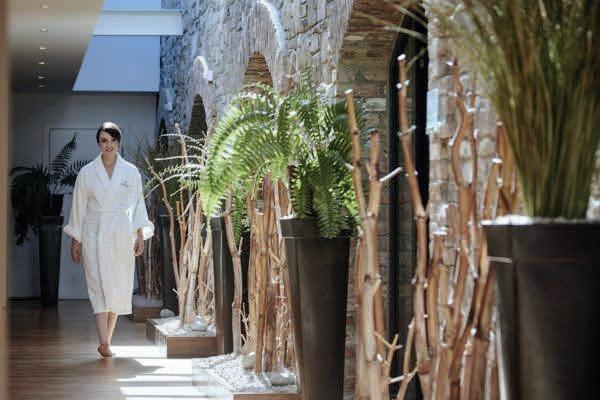
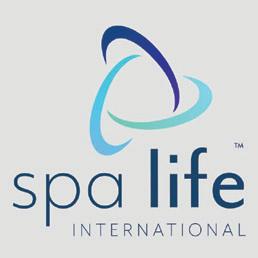
For more insight, or to get in touch with the companies featured, visit www.spa-kit.net and type in their keyword
Spa and wellness industry suppliers tell us about their latest product, treatment and equipment launches
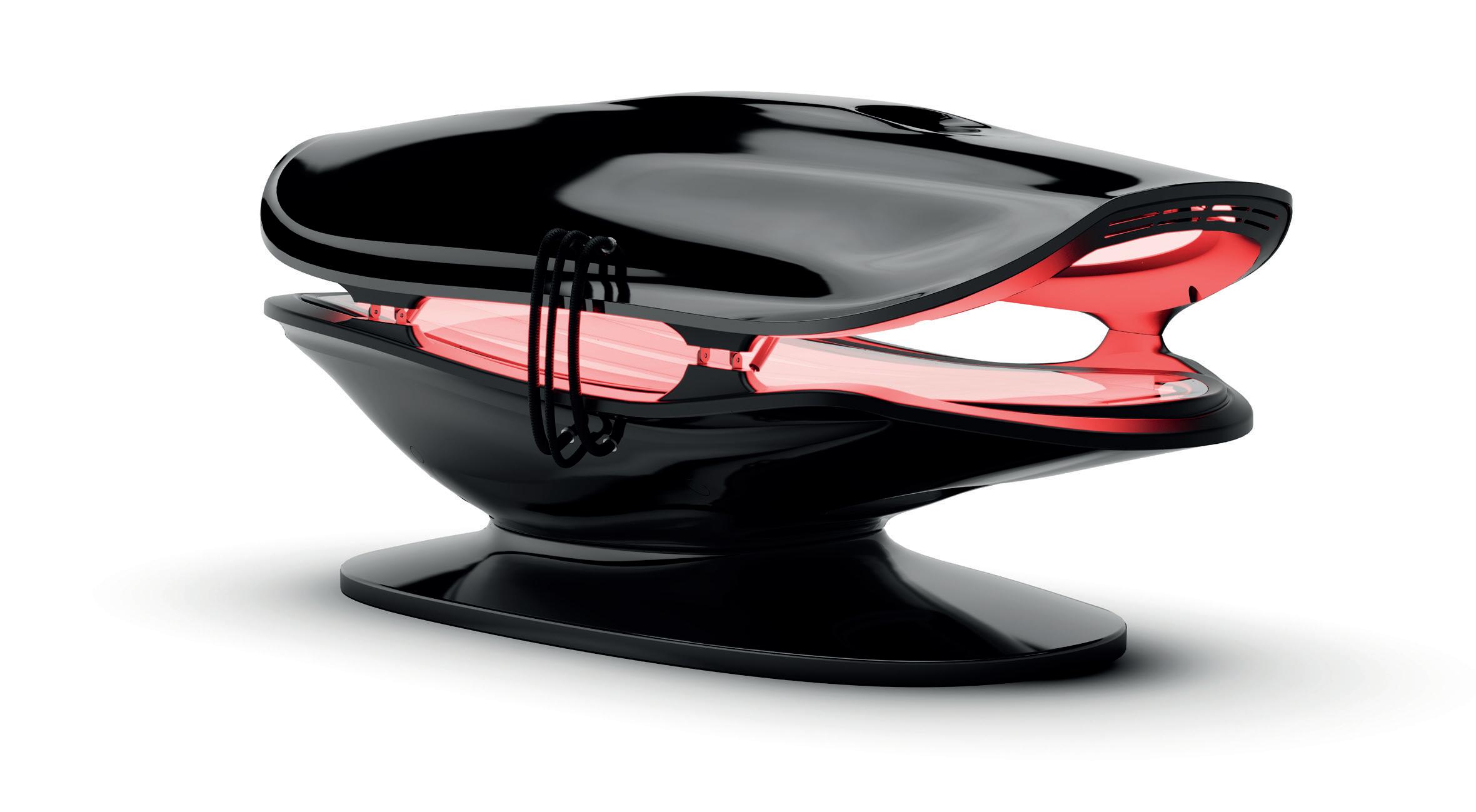
New PBM bed is futuristic and multi-beneficial, says Kloodos’ Julie Cichocki
Kloodos has secured the global distribution rights for a photobiomodulation (PBM) pod that also emits negative ions and makes you feel like you’re floating on a cloud.
Based on red and near-infrared therapy, Cell Stack enables facilities to customise the light sessions –selecting from continuous or pulsed wave rates and six irradiance levels.
Kloodos, which brought the bed to market in a joint venture with a medical equipment manufacturer, says Cell Stack is especially unique because users can pinpoint the joule (energy) dose they’re exposed to. And it’s developed a series of protocols, averaging around 20 minutes, to
help manage mitochondrial health, recovery, rehabilitation, circadian rhythm balancing, hormonal regulation and stress/pain relief.
The bed also emits a steady flow of negative ions which are believed to optimise air quality to “increase the body’s ability to recover, switching us from an acidic to an alkaline state”.
In addition, it’s ergonomicallydesigned and rather than lying on hard perspex, it sports a specially-created silicone mattress “to support and caress the body”.
“We can’t wait to set the longevity world alight and see these sculptural works of art in the best places,” says Kloodos founder Julie Cichocki.

We can’t wait to set the longevity world alight
Julie Cichocki
spa-kit.net keyword: Kloodos
http://lei.sr/4U6P0
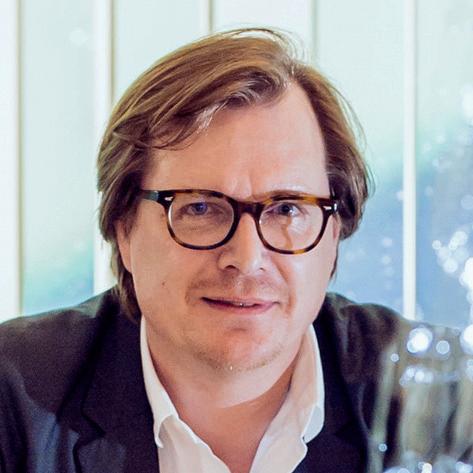
The glint of crystal and how it reflected the light reminded me of sparkling water
Michael Neumayr

Dornbracht has created a sculptural experience shower. Suspended from the ceiling, Aquahalo circles a central spot for light and water above.
“My original inspiration was a chandelier that hung in my parent’s dining room”, says designer, Michael Neumayr. “The glint of the lead crystal and how it reflected the light always reminded me of sparkling water as a child.”
The Aquahalo offers three types of flow. With Aqua Circle Rain, the water falls from the ring like a soft cone, to create a relaxing and meditative effect.
Tempest Rain, on the other hand, is like an invigorating rain shower, coming from every direction. The gentle drops fall seemingly without pressure and are claimed to bring a sense of clarity as well as energy.
Esse’s new serum is activated by the sun, says Trevor Steyn
Vitamin D is a cornerstone of skin health, but with sunlight being our primary natural source, it’s crucial to exercise caution against overexposure to potent rays.
To combat this, Esse Skincare’s new Pro-Sun D serum, containing provitamin D, has been formulated to harness UV rays to enhance vitamin D levels in the skin and reduce time spent in the sun.
Proposed benefits include repairing the barrier function, resulting in more hydrated skin. Esse says it also regulates cell regeneration for a healthy glow and calms inflammation, which slows the ageing process.
Company founder Trevor Steyn says: “By boosting the levels of the starting material
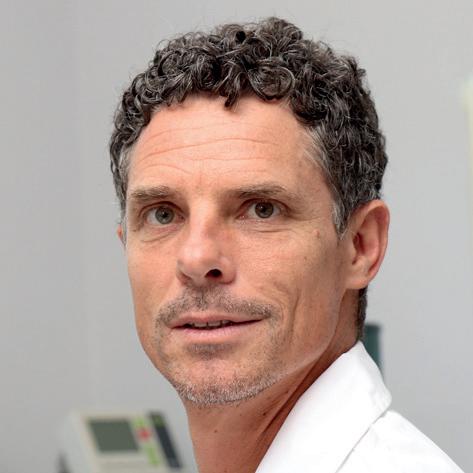
Provitamin D helps people make the most of their sun
exposure
Trevor Steyn
for this critical vitamin, we can help people make the most of their sun exposure.”
This serum is suitable for all skin types and is touted as more effective than pill forms of vitamin D.
Meanwhile, Diamond Rain combines water and light into a clear stream that’s designed to be both comforting and aesthetically pleasing.
The product is available in five finishes, polished and brushed versions of chrome and 22kt Gold, as well as matte black.
http://lei.sr/6Z9e0
spa-kit.net keyword: Dornbracht
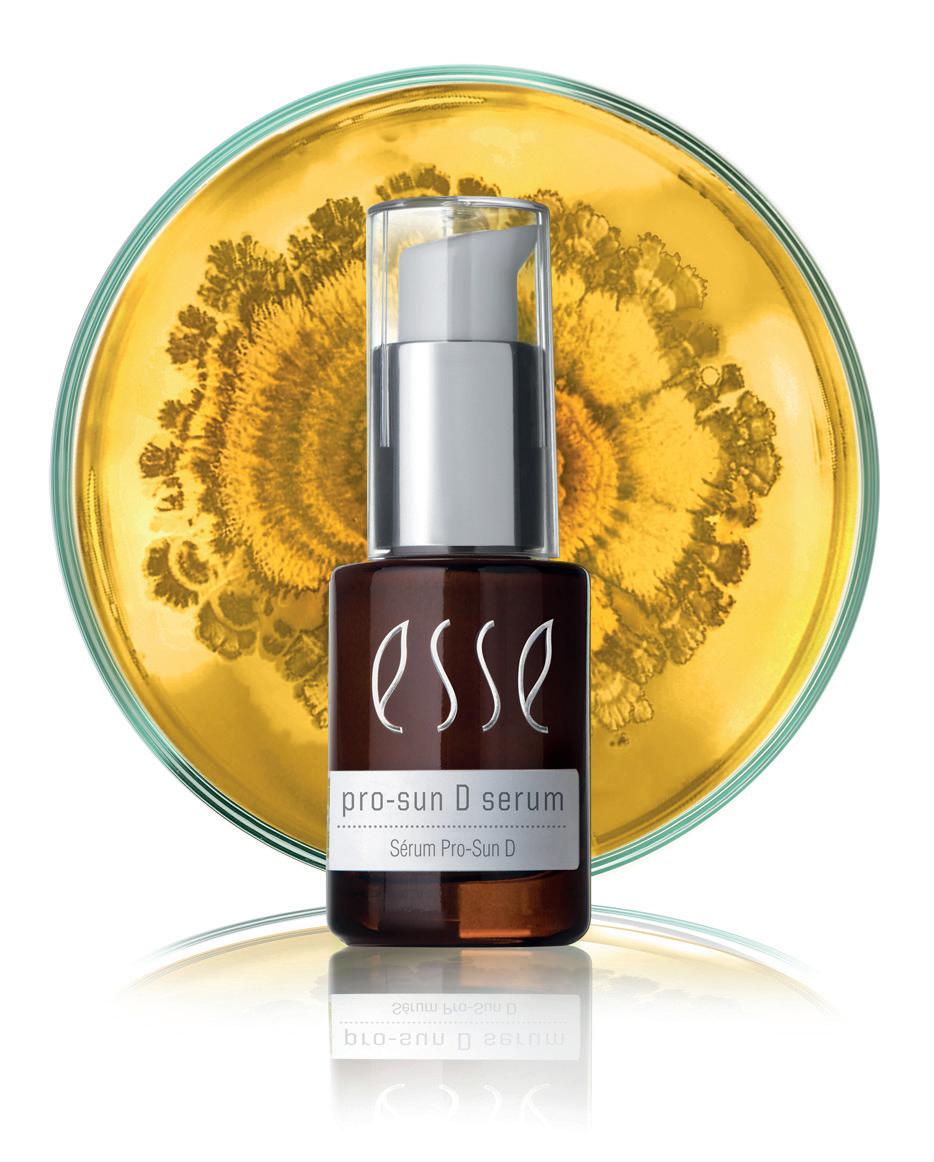
spa-kit.net keywords: Esse Skincare
http://lei.sr/y4A6y
Klafs’ Gilles Darmon unveils customisable outdoor sauna
“The Taras outdoor sauna offers a completely customisable wellness retreat for our customers,” says Gilles Darmon, director of Klafs UK.
With 23 floorplan variants, from glass fronts and panoramic and side windows to glazed wood panelling or metallic surfaces, Taras saunas can be made to match the aesthetic of their outdoor space. They’re delivered as a complete unit and assembled onsite in a day.
“It not only promotes health but offers an unmatched and elegant design that can be harmoniously integrated within our customers’ outdoor space,” adds Darmon.
Engineered for optimal comfort, the seemingly free-floating lounger is set against a backdrop of wooden wall panelling – available in various woods such as spruce softline, ash nature
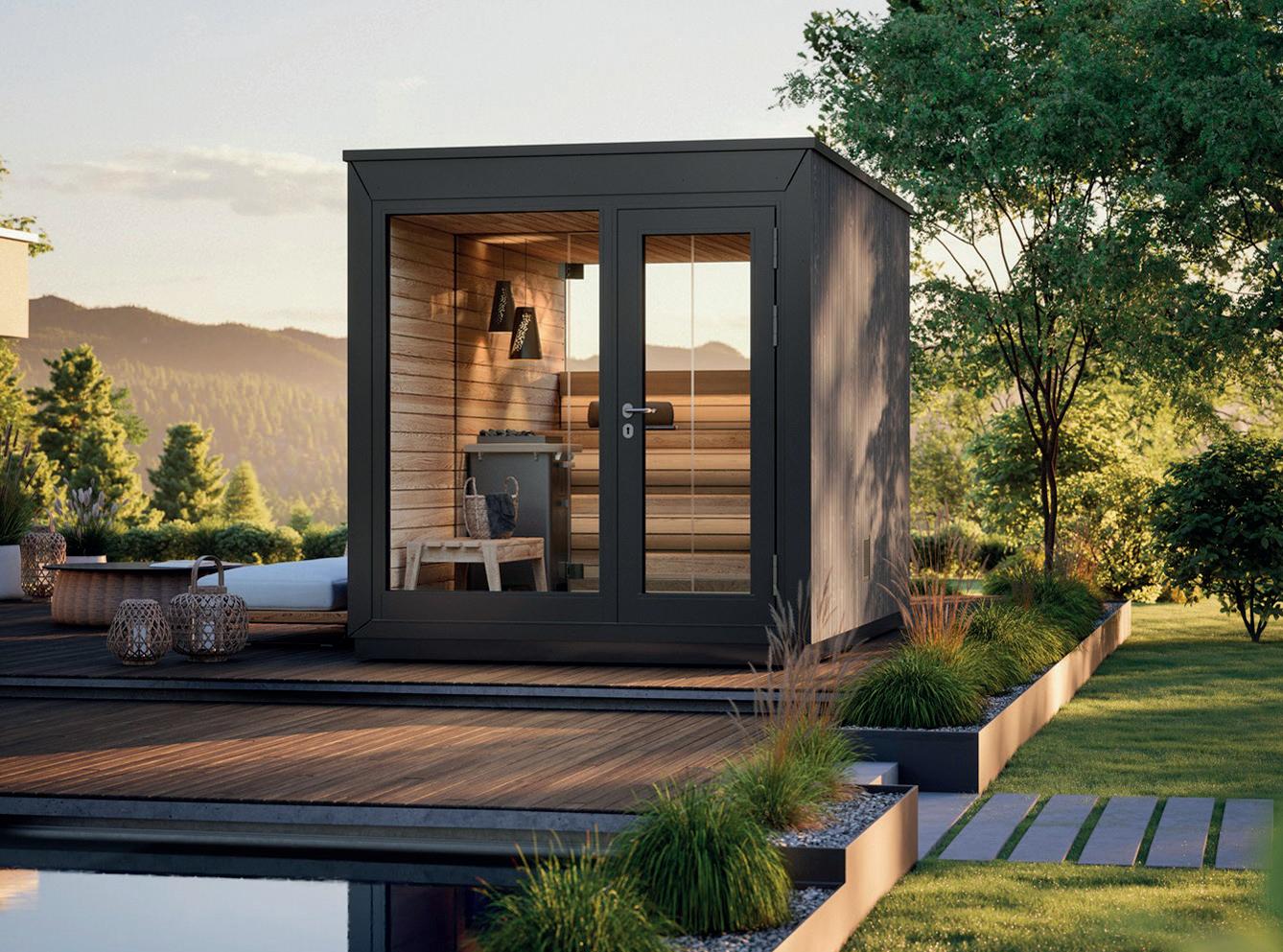
and thermo – and complemented by atmospheric lighting elements.
The insulated construction, paired with optional triple glazing prevent the possibility of draft, meaning customers can enjoy enduring warmth, whatever the weather.
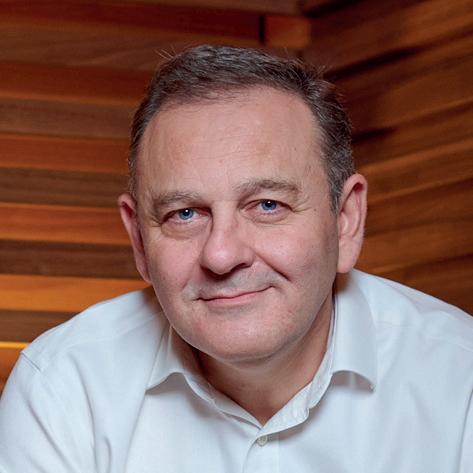
Taras
Dream Machine founders Kevin Finel and Brice Battung target spa industry
Two hypnosis professionals from France, Kevin Finel and Brice Battung, are looking to enhance spa relaxation experiences with their Dream Machine innovation.
“In a world that’s moving ever faster, it’s sometimes difficult to disconnect, to take time for yourself, to refocus on your feelings and emotions,” say Finel and Battung.
Already offered at Paris’ iconic Molitor Hotel Spa, the Dream Machine uses patented photostimulation technology – an approach typically used in neuroscience laboratories.
It’s a lamp which emits various flickering patterns of light to stimulate the optic nerve and then the brain in a sensory spectacle. “Your brain becomes the director of breathtaking images ... filled with vibrant colours and complex geometric shapes.”
http://lei.sr/8e0j0
spa-kit.net keyword: Klafs
outdoor saunas offer a completely customisable wellness retreat
Gilles Darmon


Your brain is filled with vibrant colours and complex geometric shapes
Kevin Finel and Brice Battung
An app proposes 27 sessions and four programmes which control different “light dances” depending on how users want to feel. They’ve been designed to help calm the nerves, aid meditation, enhance concentration, improve sleep or even induce a psychedelic experience.
http://lei.sr/F2w3L
spa-kit.net keywords: Dream Machine
Aromatherapy brand Alqvimia has expanded its Essentially Beautiful range with the Radiance Booster Facial Oil for daily morning and night use on the face, neck and décolleté.
Composed of natural pure essential oils and active ingredients such as vegetable bio-retinol and luffa root extract, it’s been designed to stimulate collagen to leave the skin glowing and full of energy and vitality.
The dry-touch booster also features golden algae that grow in the deep sea and have UV-resistant properties to help prevent photoageing.
Scent is another key aspect and the heart notes of the Alqvimia’s Dromla Lizcano reveals booster facial oil

It has an instant effect on the skin and the smell brings a sense of joy
Dromla Lizcano
fragrance are rosewood and sage, which contrast with citrus top notes and exotic base notes.
CEO Dromla Lizcano says:
“I’m so in love with this product. It has an instant effect on the skin and the smell reminds me of spring and brings a sense of joy,” adding that “effectiveness
“Nowadays tools and technology play such a huge part in skincare and we see a desire for effective, multi-tasking products,” says Monica Poli, Comfort Zone skin science and technology manager.
To answer this demand, the brand has launched the Facial Roller a
non-invasive tool to stimulate local microcirculation and promote better absorption of products.
Poli adds that the roller, for in-treatment or at-home use, was inspired by physiotherapy and acupuncture techniques. “It’s cleverly designed with a pointed
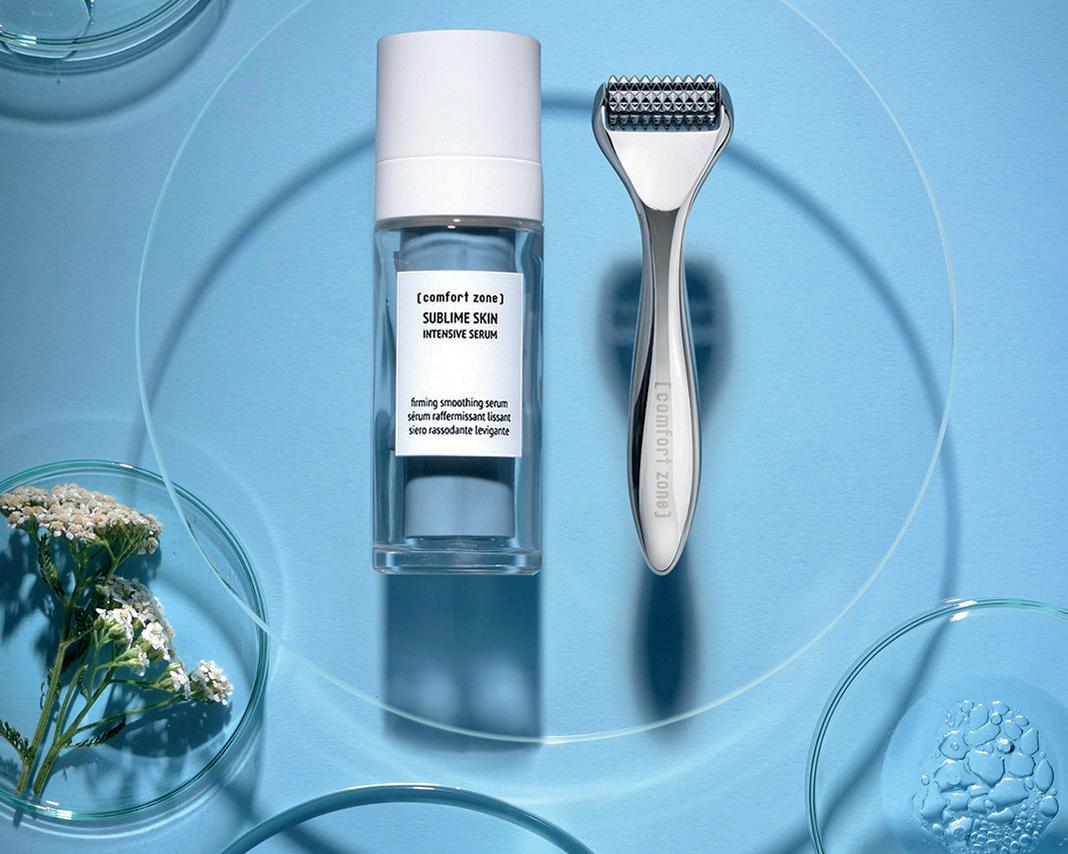

and wellbeing all in one” is the secret to all Alqvimia products.
Based in Spain, Alqvimia is known for its energetic-emotional treatments and supplies spas as such as Preidlhof and Mandarin Oriental.
spa-kit.net keyword: Alqvimia
http://lei.sr/L7y0l
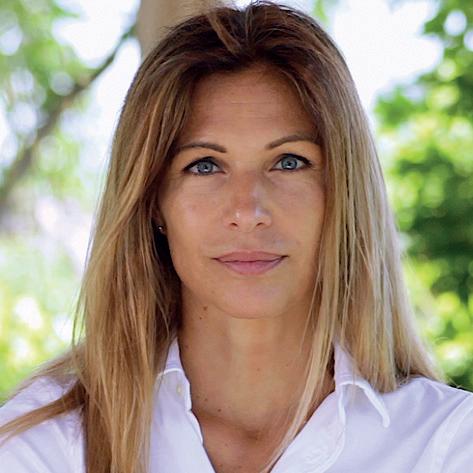
Tools and technology play such a huge part in skincare
surface,” she says, “and through delicate and repetitive movements over the skin, this design helps to release tension while stimulating superficial nerve fibres.”
The tool has been specifically designed to be used in combination with Sublime Skin, Comfort Zone’s hero anti-ageing line.
http://lei.sr/8J9x4
spa-kit.net keywords: Comfort
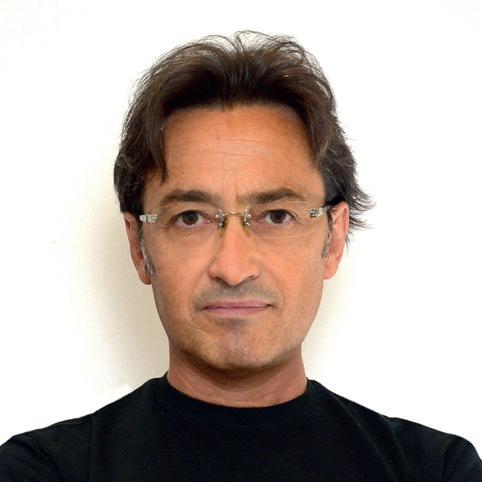
Myrtha Herbal Sauna is the most contemporary thermal bathing experience in the spa industry
Stefano Cattaneo

Pools and wellness facilities expert, Myrtha’s new Herbal Sauna, brings an innovative and therapeutic experience to the spa, says Stefano Cattaneo
With the benefits of using sauna cabins widely acknowledged across the wellness industry, Myrtha’s Herbal Sauna adds another dimension to the therapeutic benefits that can be delivered to spa clients.
The Myrtha Herbal Sauna resembles a traditional sauna but also features two sauna stoves with a steam outlet in between which gently releases herbal vapours through a grill.
The sauna’s interior features attractive ‘green walls’ – with planter boxes filled with dried herbs, spices and aromatic plants. This natural decor gives the cabin an eco-friendly and soothing, peaceful atmosphere.
Using natural herbs and essences within the sauna environment, the cabin creates a variety of positive health effects, including a calmer mind and body, deeper sense of relaxation and uplifted mood.
Herbal preparations delivered through the medium of heat are also believed to improve circulation, enhance lung function, boost the immune system and provide relief for a variety of skin conditions.
HERBAL PREPARATIONS
The Myrtha Herbal Sauna delivers its effects in a number of ways.
It starts by delivering extracts of warming spices, such as ginger, which promote perspiration to
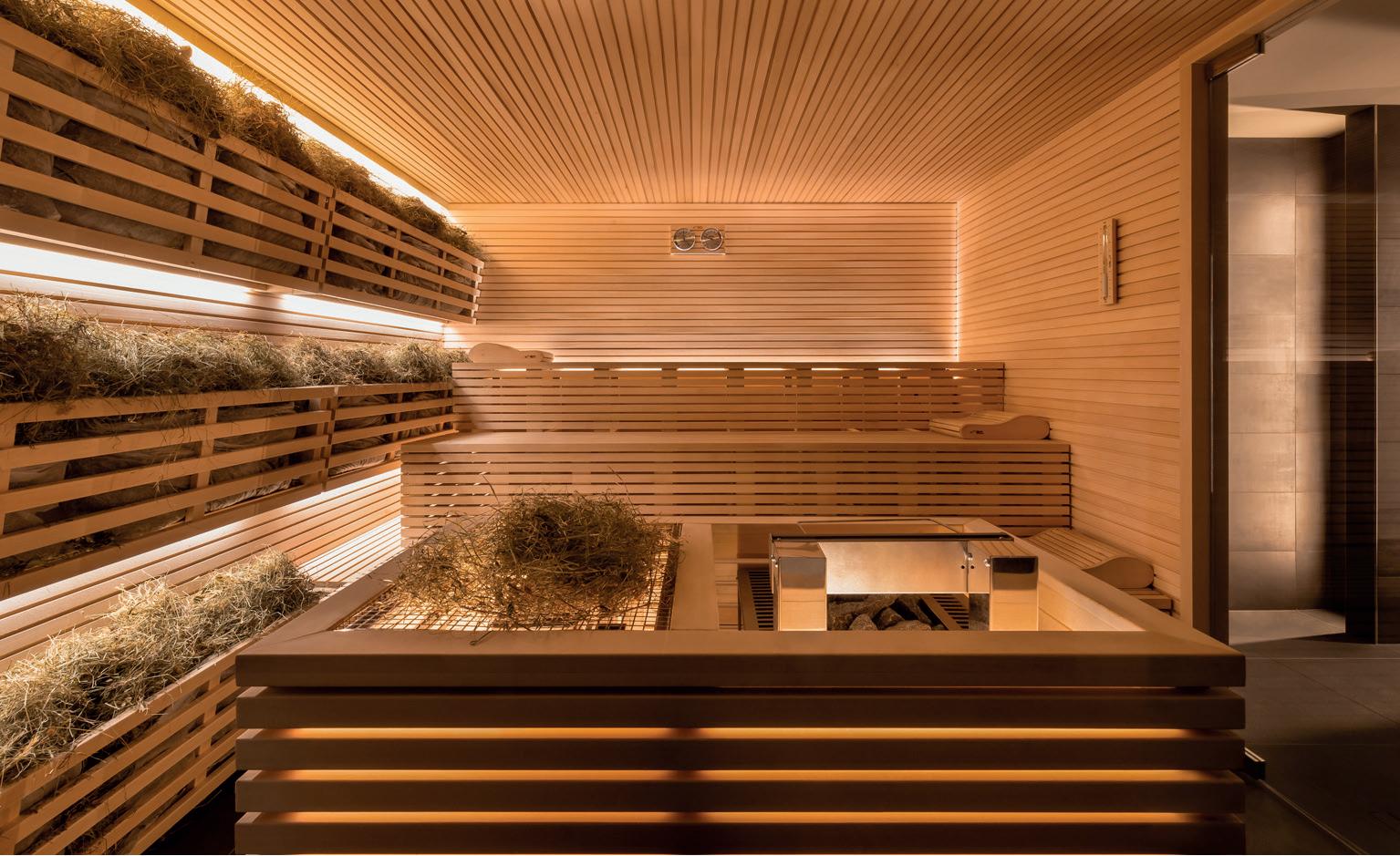
naturally cleanse the body, then steam opens the pores, enabling tiny medicated droplets in the air to be absorbed by the skin.
Next, inhaling the steam directly decongests and strengthens the respiratory system.
Finally, after the sauna session, herbs and spices can be applied as a treatment for the client in the form of a balm or in a poultice.
Popular herb and spice selections for the sauna experience include jasmine, lemongrass, lotus flower, ginger, turmeric, kaffir lime, lavender, eucalyptus, camphor and menthol.
Beyond all the physical benefits of the natural vapours, clients are able to leave their sauna experience with enhanced mental clarity and a deeper sense of inner peace.
Myrtha’s wellness director, Stefano Cattaneo, says: “Myrtha’s Herbal Sauna is the most contemporary thermal experience in the spa and wellness industry, combining sophisticated engineering and technical prowess and overlaying these with natural remedies and an eco-chic appeal.” l More: www.myrthawellness.com
spa-kit.net keywords: Myrtha Wellness

The treatments pay homage to our guests’ desire to feel energised, revived and radiant
Mel Griffiths
Mel Griffiths: Temple Spa’s new products spark energy and joy
British spa and skincare brand Temple Spa has introduced two treatments to showcase its new Energy & Joy body and home range. Designed to invigorate and uplift, the collection features a lotion, mist, candle, shower gel

and inhalation essence, as well as a massage oil for professionals.
The line is characterised by a blend of mood-boosting essential oils including mint, sweet orange, lemon peel, eucalyptus and thyme, in addition to tea tree leaf oil and aloe barbadensis leaf juice.
The first treatment – a face and body experience – lasts 90 minutes, while the aromatherapy massage, can last 30, 60 or 90 minutes.
Mel Griffiths, Temple Spa executive director, says “the treatments pay homage to our customer and guests’ desire to feel energised, revived and radiant,” and follow the launch of Temple Spa’s “overwhelmingly popular” All About The Glow facial.
Freddie Moross introduces Myndstream’s breathwork series
Freddie Moross, founder of wellness music provider Myndstream, has introduced Spiritus – a breathwork series by Grammy Award-winning musician and composer Peter Kater – to the company’s music streaming service, The Stream. Spiritus launched with 5-, 10- and 15-minute guided sessions – along with deeply relaxing instrumentals for more advanced clients to do their own breathwork.
Moross says these can be offered as a bolt-on service to complement existing spa experiences, such as vibroacoustic bed or salt therapy room sessions. Alternatively, therapists can choose the 5-minute practice
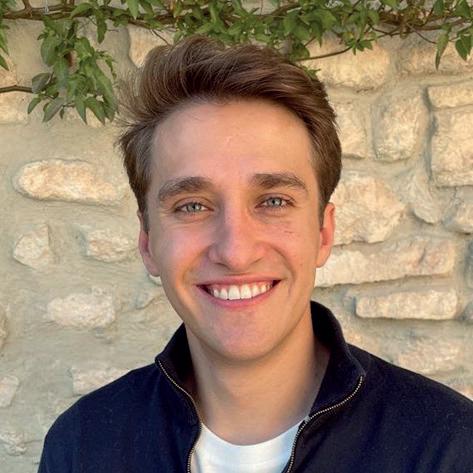
It’s these differentiating experiences that keep spa-goers coming back for more
Freddie Moross
as a relaxation preface or culmination of a treatment.
“We’re thrilled to share this transformative series,” comments Moross. “It’s these value-adding, differentiating experiences that get spagoers talking and keep them coming back for more.”
http://lei.sr/I0s2O
spa-kit.net keywords: Temple Spa

http://lei.sr/e3o5Q
In Celebration of 70 Years
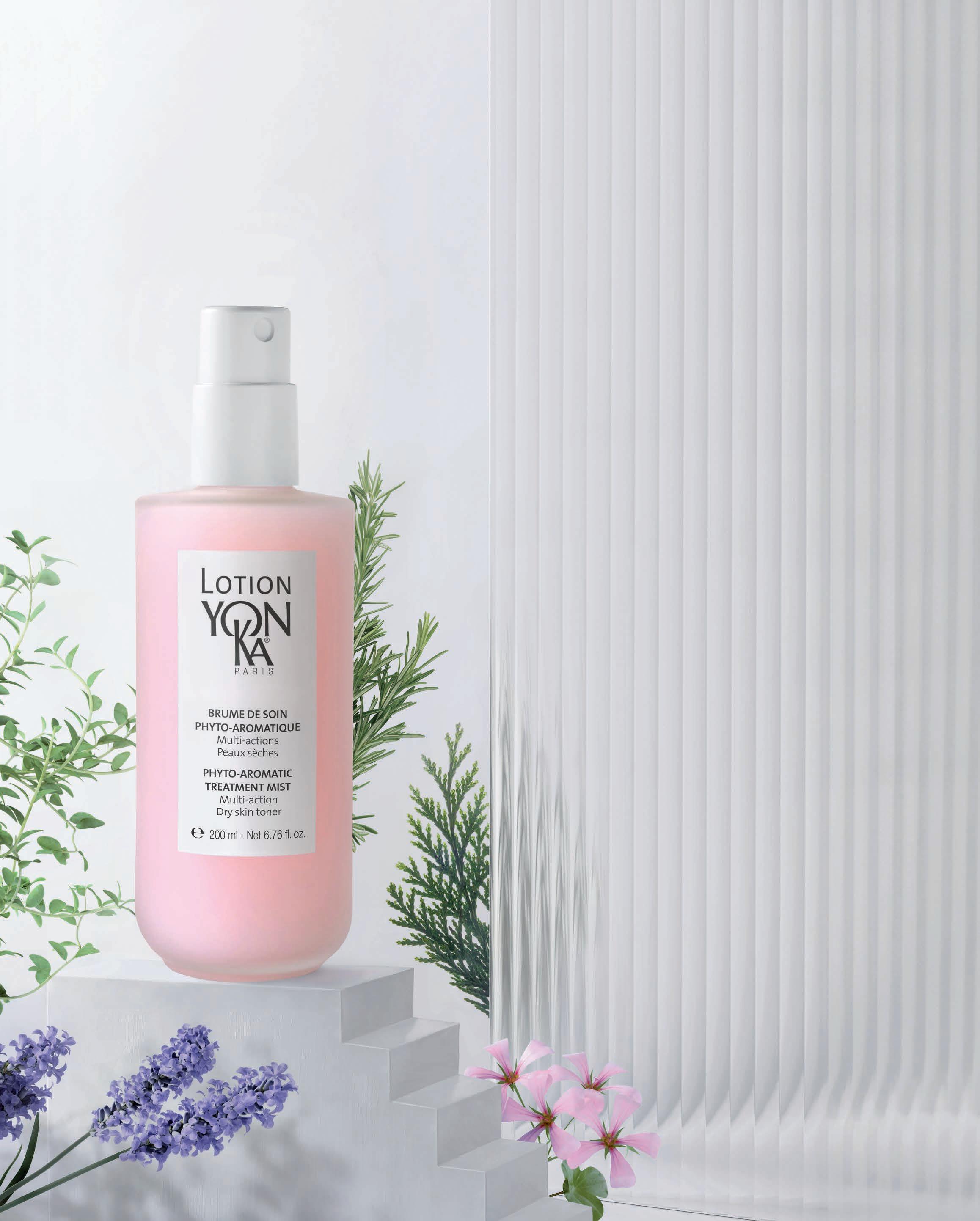

The iconic LOTION YON-KA packaging has been reimagined to celebrate the brand’s 70 years and highlight its commitment to sustainability.

1 bottle sold every 3 minutes around the globe.
99.7% ingredients of natural origin. (Same iconic formula)
2.7 T/year of plastic saved per year from eliminating the cap.
12.8 T/year of glass saved per year from lighter packaging.




by Megan Whitby, assistant editor
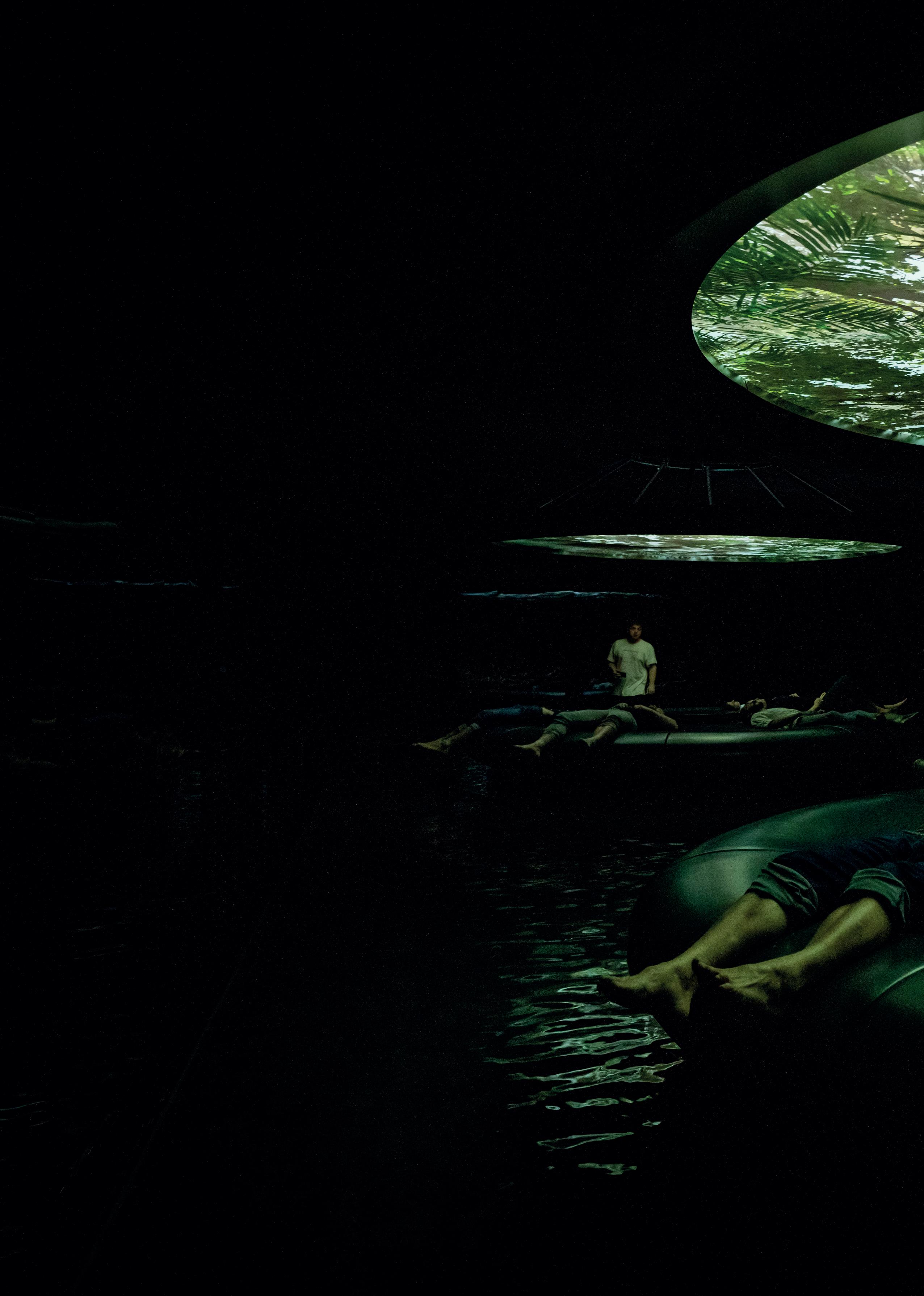
We reveal some of the latest, most thought-provoking spa and wellness treatments, programmes and experiences from around the world
German thermal spa gets immersive
Guests at Therme Euskirchen in Germany are transported to the Amazon rainforest in a new immersive experience.
Upon entering Forest Bathing, Lupuna, visitors are greeted with a physical waterfall, leading to a simulated tropical downpour where rain machines and spatial audio envelop the senses in a cleansing white noise. They then relax in temperature-controlled, vibroacoustic circular furniture resembling lily pads, while gazing up at a projection depicting a majestic lupuna tree scene. The visual narrative compresses 24 hours in the Amazon rainforest into a 24-minute session. The multisensory experience can be accessed for free in the Paradise Palm zone of Therme Euskrichen. It was brought to market by wellness innovation consultancy White Mirror in collaboration with art collective Marshmallow Laser Feast and experience designers TheLoveTriangle.
Therme Euskirchen is part of the Therme Group which we feature on p40. It’s one of several wellness operators tapping into immersive experiences, including the just-announced Submersive bathhouse concept (see p12).

Therme Euskirchen, Germany
24 minutes
Paradise Palm entry starts at €21 (US$23, £18)
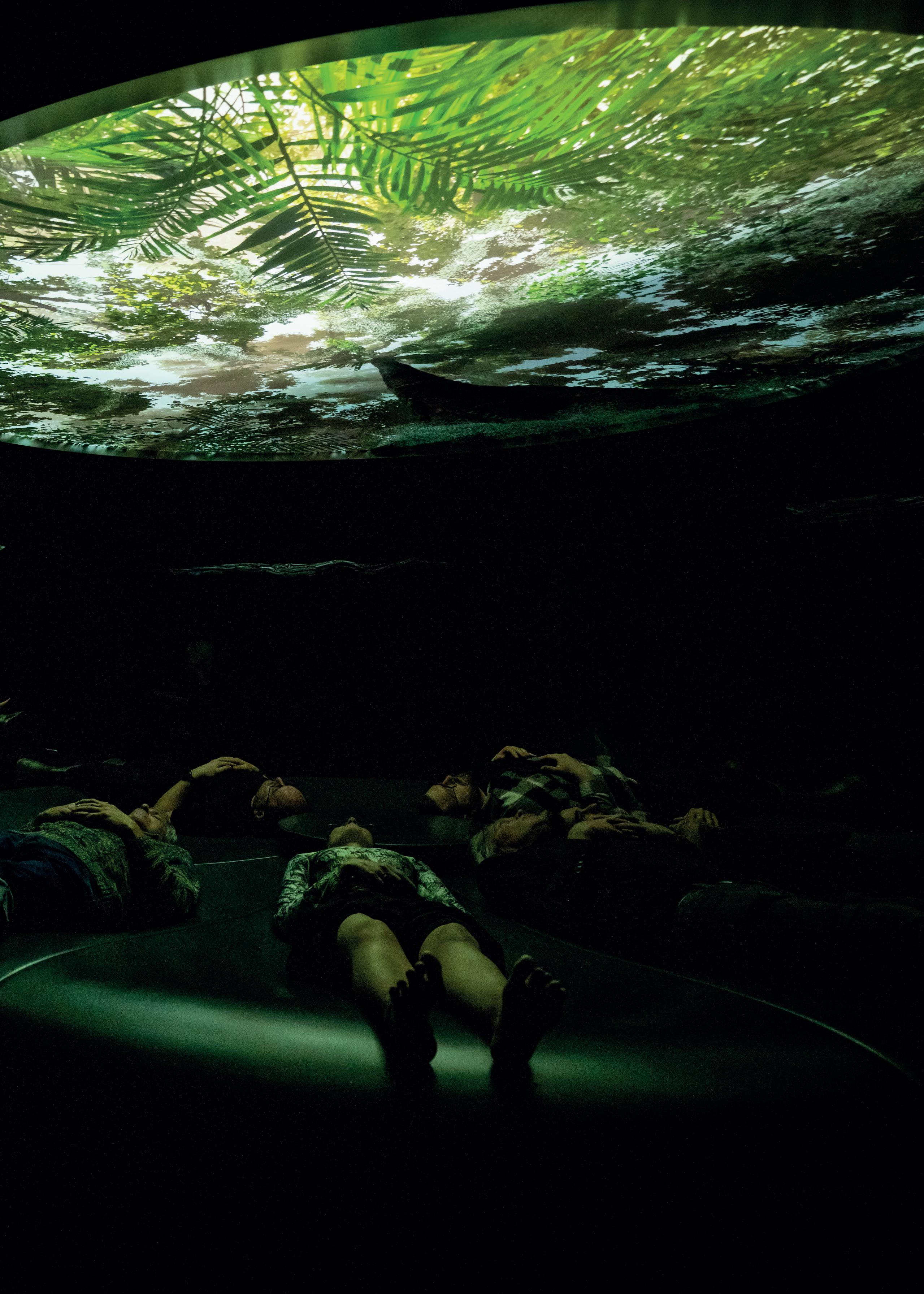
Guests are made to feel like they’re in the Amazon
The programme includes cognitive evaluations

Clinique La Prairie, Montreux, Switzerland

Seven days
CHF26,900 (US$29,574, €27,217, £23,867)
The new Brain Potential Programme created by medical wellness resort Clinique La Prairie is intended to slow cognitive decline, enhance brain performance, manage stress, build resilience and support the gut-brain axis.
SHA rolls out cell recharge experience
According to SHA Wellness Clinic, its new Advanced Cellular Regeneration Therapy is the only physical treatment that recharges cells and neutralises the harmful effects of free radicals. Its latest experience uses cold atmospheric plasma technology, which emits molecules including anions, photons and electrons to enhance the nervous system and boost the electrical voltage of each cell.
SHA explains that low cell voltage, often caused by disease, fatigue and ageing, can be countered by the technology. It’s claimed to promote serotonin, dopamine and mitochondrial health, reduce cortisol levels and stimulate melatonin and vitamin D, leading to increased energy, reduced fatigue, improved physical and mental health and decreased inflammation.
Various tests – including genetic screening, MRI scans, cognitive evaluations and wellbeing assessments – are used to determine brain health.
Following this, personalised interventions are provided, such as cognitive and visuospatial training,
resistance training, breathing techniques and exposure to lowfrequency continuous stimulation.
The experience also includes neuro-nutritional approaches and supplements, along with a sleep and relaxation complex.

SHA Wellness Clinics in Spain and Mexico
50 minutes
€375 (US$407, £320)
ESPA has struck up a partnership with GenM, the UK-based collective which is carving out a retail niche for menopause-friendly brands.
GenM’s mission is to “lead a positive menopause revolution” and ESPA’s tie-up sees 37 of its products now carrying the MTick symbol – a signpost to show they help to ease, relieve or support any of the 48 symptoms of menopause.
In addition, six of ESPA’s treatments have been certified by GenM, all of which use only MTick-approved products. Each one features targeted techniques, personalised self-care rituals and mindfulness practices.



Uber cool fitness turned hotel brand Equinox, has teamed up with Function Health, to create the Optimize by Equinox membership offering more than 100 laboratory tests to give vital insights into internal health.
Priced at US$40,000 (€36,812, £31,457) a year, on top of gym membership, the subscription includes tests focused on female health, male health, stress and ageing, metabolism, blood and thyroid function, which enable Equinox’s elite trainers to develop personalised programmes.
Mark Hyman, co-founder of Function Health, says: “This is a historical moment where health breaks out of the doctor’s office and extends beyond the fitness club.”
The programme will be delivered out of the E by Equinox clubs – the operator’s two high-end locations in New York and London. It will also be available at its flagship Equinox Hotel in the US –see www.spabusiness.com/equinoxhotel – and the one currently being developed in Saudi Arabia.

Ananda in the Himalayas, Uttarakhand, India 14 or 21 days
Starts at £5,262 (US$6,692, €6,158)
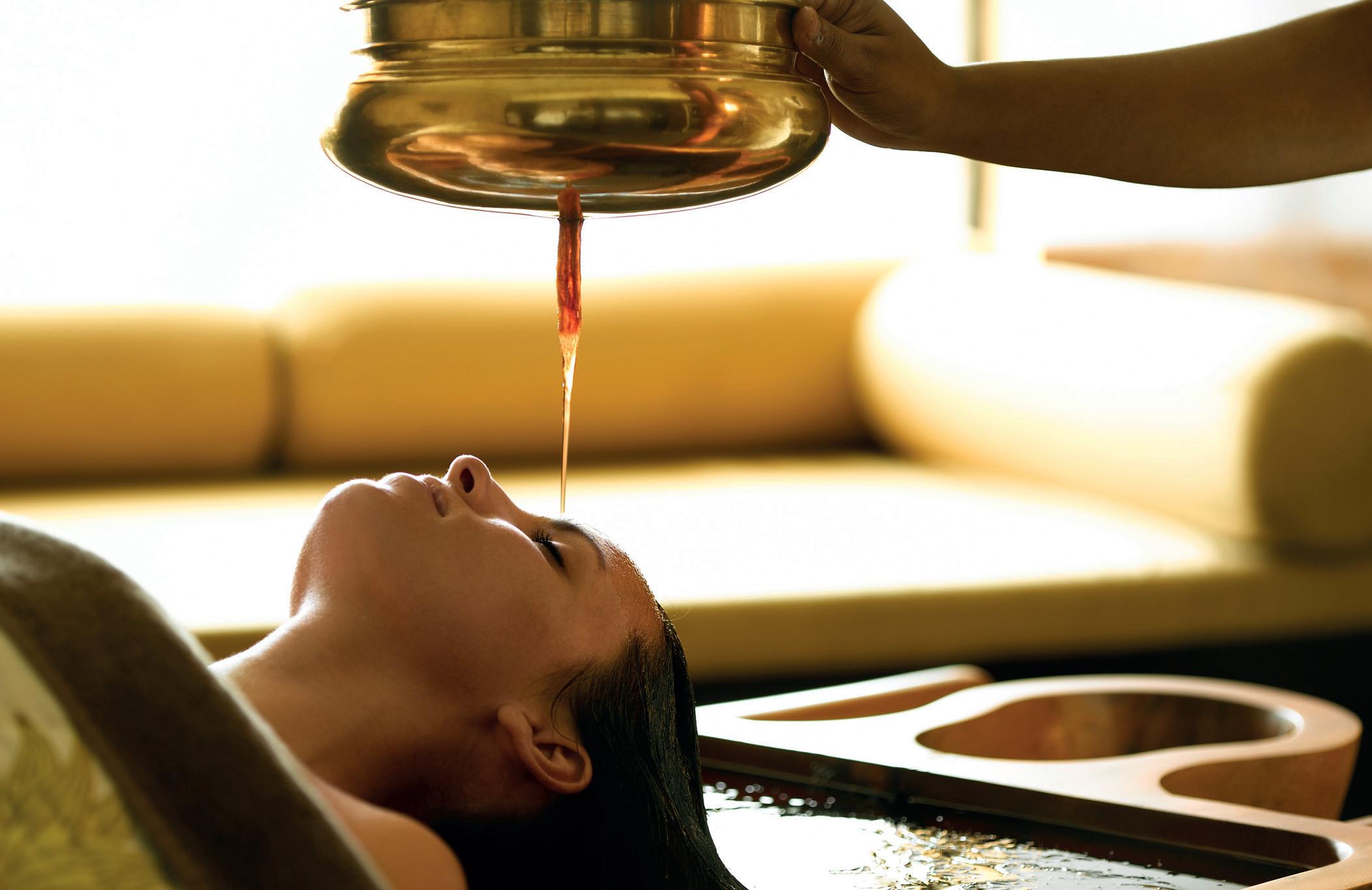
Ayurveda is a key focus of the programme
Infertility, affecting around 1 in 6 adults worldwide according to WHO, is said to be impacted by environmental toxins and modern lifestyle habits which disrupt hormonal balance.
Ananda in the Himalayas has responded with two new Fertility Enhancement Programmes, blending ayurveda, yoga, traditional Chinese
medicine, physiotherapy, emotional healing and transpersonal psychology.
Based on the branch of ayurveda that deals with fertility, the highly customised programmes emphasise detoxification, refining metabolic function and stabilising hormone fluctuation for improved performance of the male sperm and female ovum.
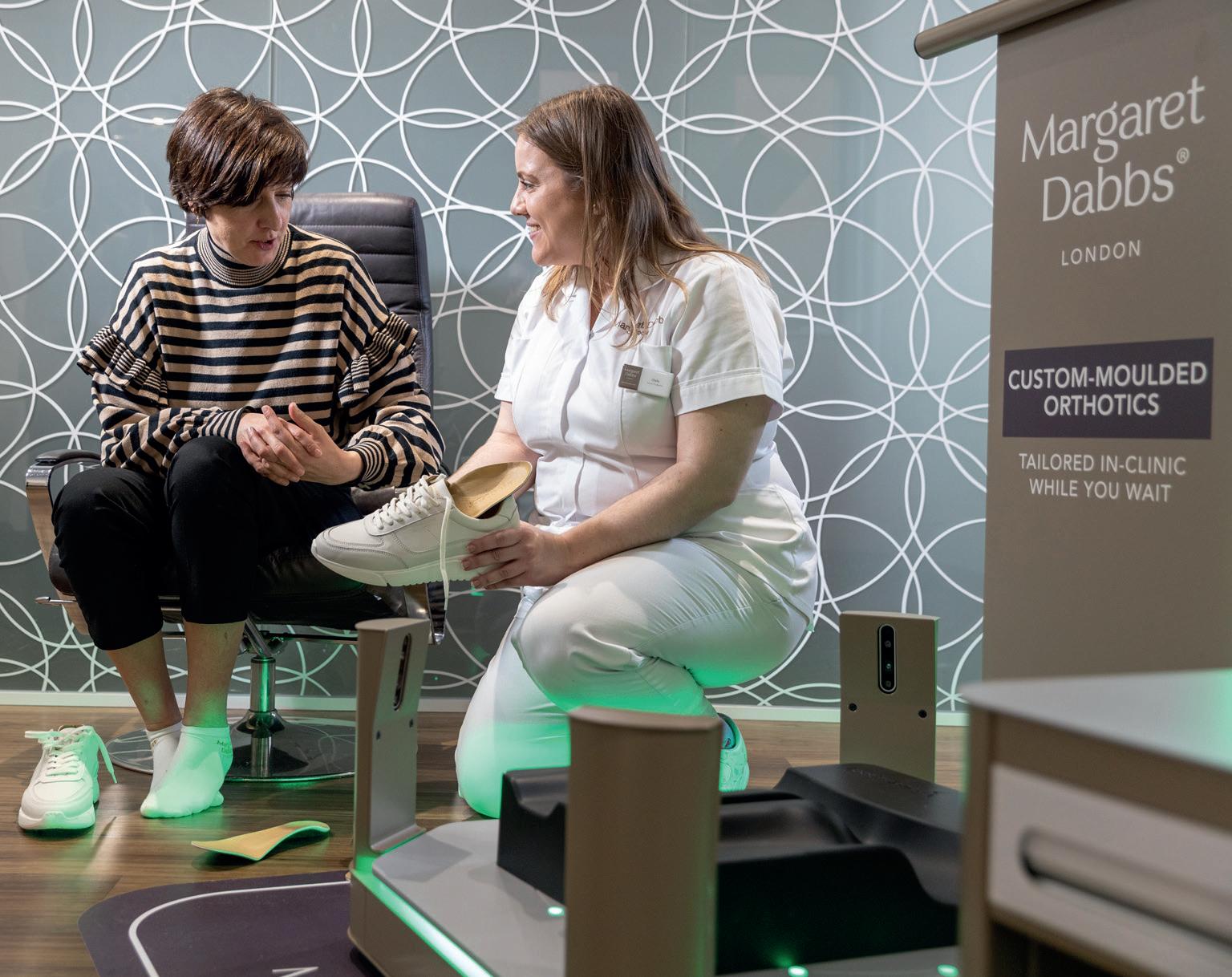
A 3D foot analysis is included

Margaret Dabbs London UK clinics
60 minutes
Treatment starts at £90 (US$114, €105), custom orthotics cost £195 (US$248, €228)
Guests undergo a pre-arrival consultation and then, according to results, are prescribed a range of purifying and restorative therapies – including visceral osteopathy on the abdomen. A customised wellness meal plan and diet therapy based on ayurvedic principles complete the offering.
Feet, hand and leg-care specialist
Margaret Dabbs has upgraded its signature Medical Pedicure with advanced 3D foot scanning technology which informs the creation of custom-moulded orthotics.
Available at seven UK clinics, the treatment has been created in collaboration with Nordic health brand FootBalance and includes a detailed scan of the feet to assess arch type, alignment and overall function. This precise information is then used to create customised insoles and recommend specific products for foot health.
The Medical Pedicure itself is a chiropody-style intervention performed by a podiatrist. ●


















Rooted in Japanese tradition, Iyashi Dôme's innovation redefines the spa experience, offering uncompromising sensory luxury. An invitation to harmony, where well-being becomes a work of art.

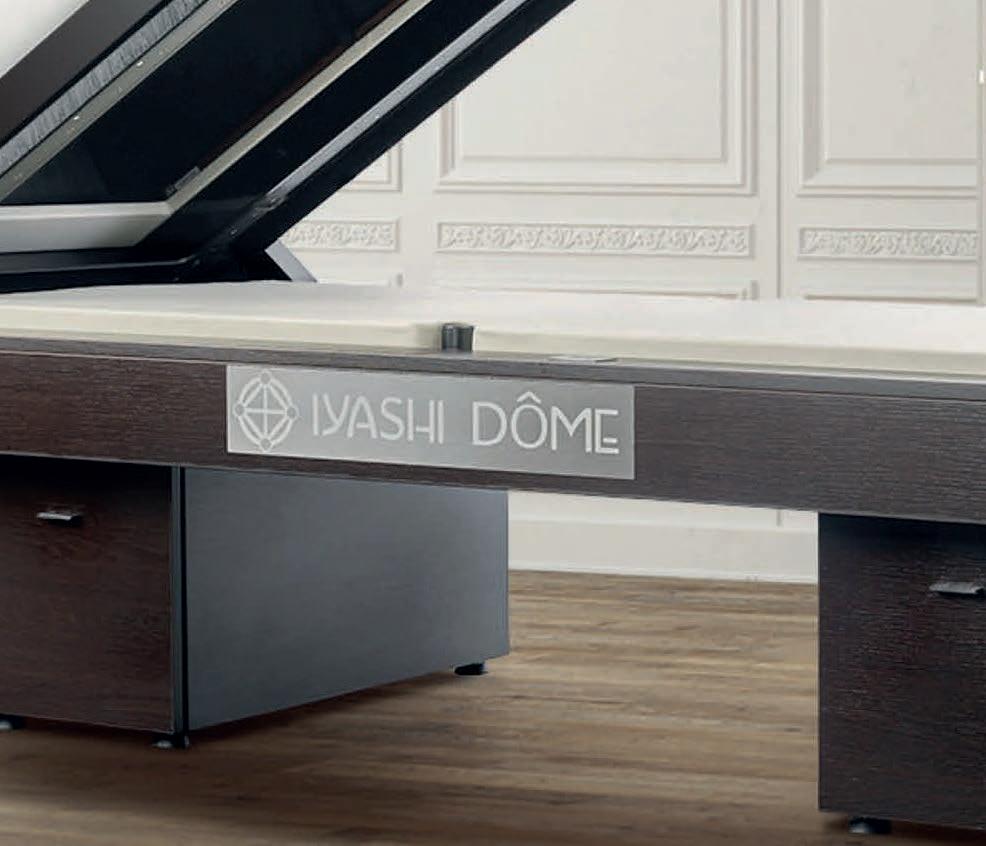


















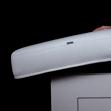





















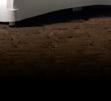








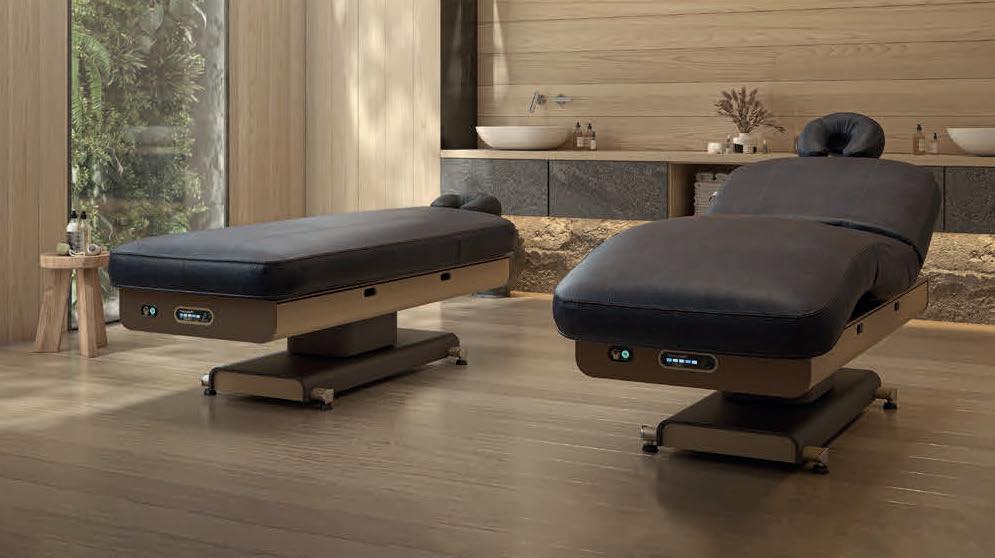




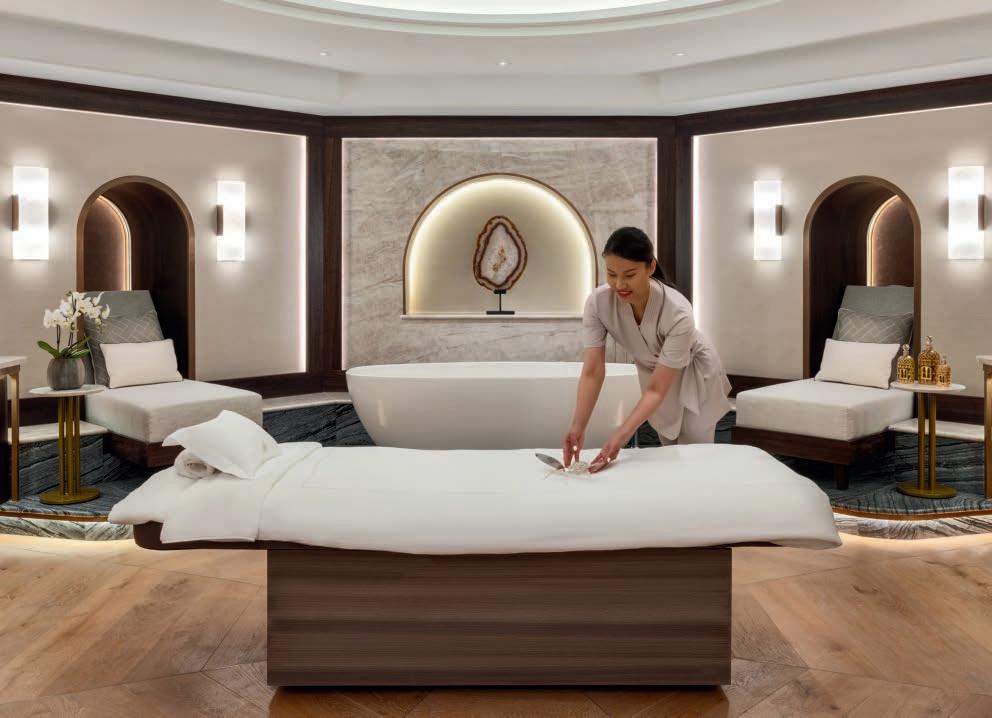



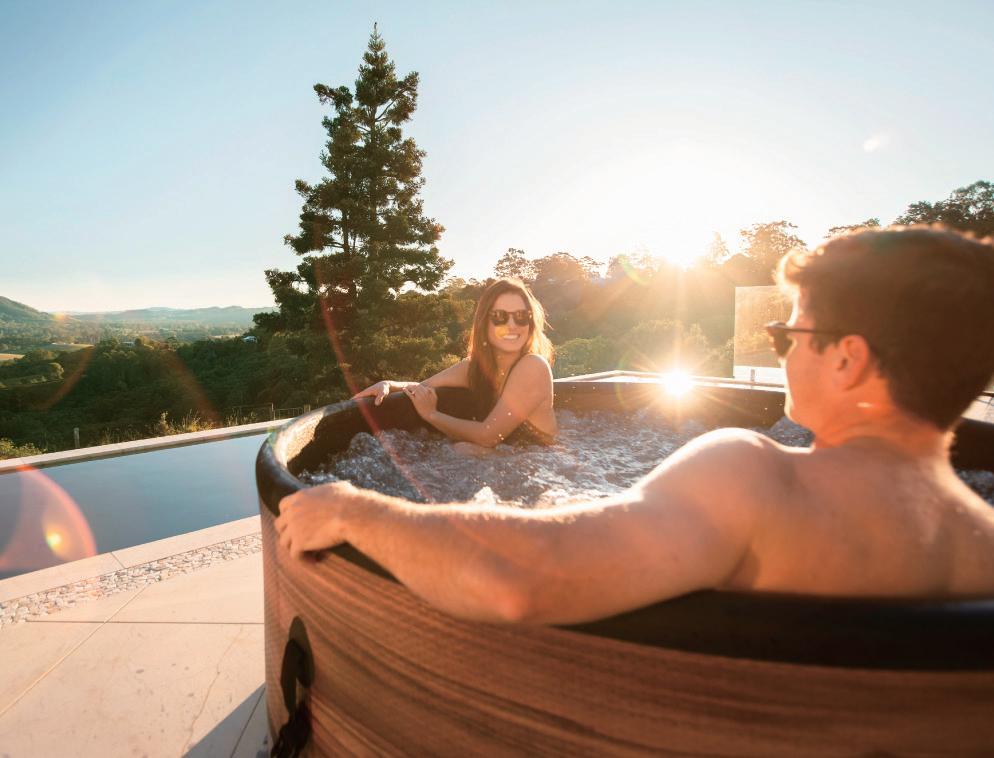


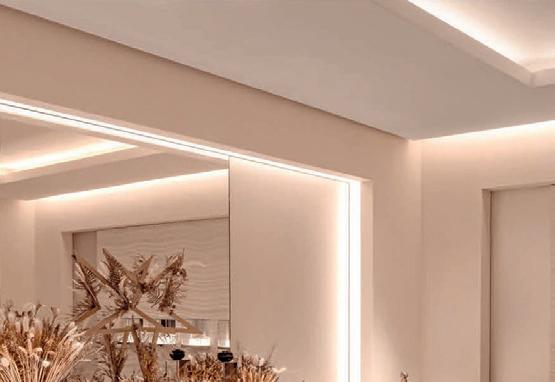
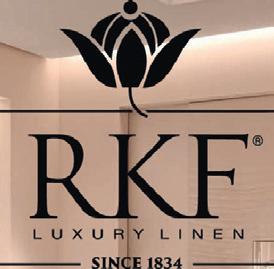
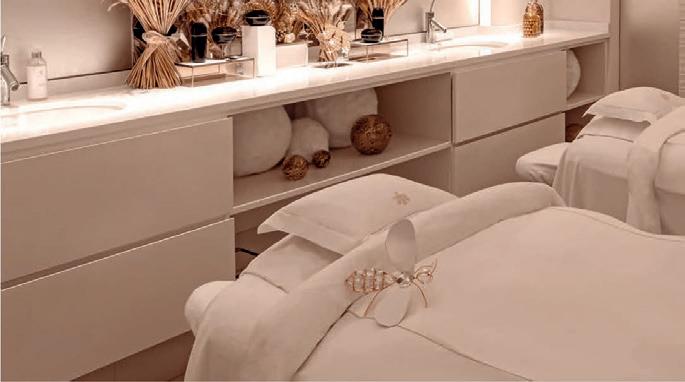











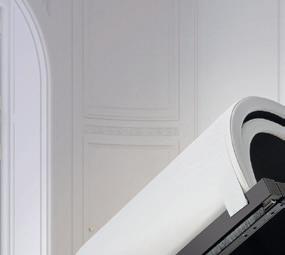
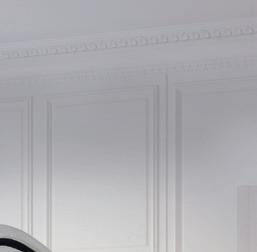
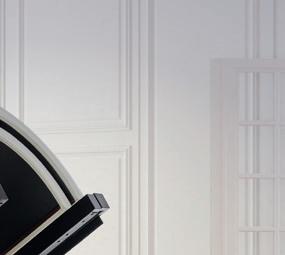
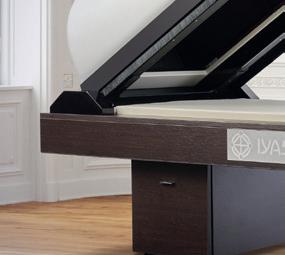



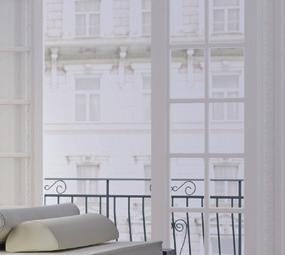




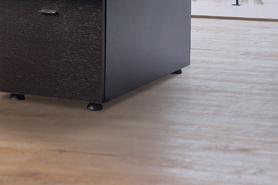

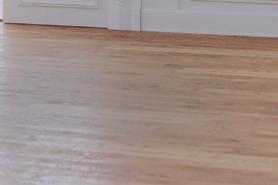


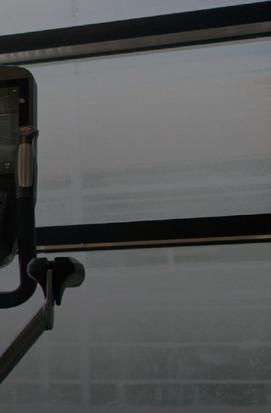
















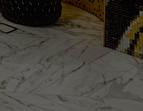





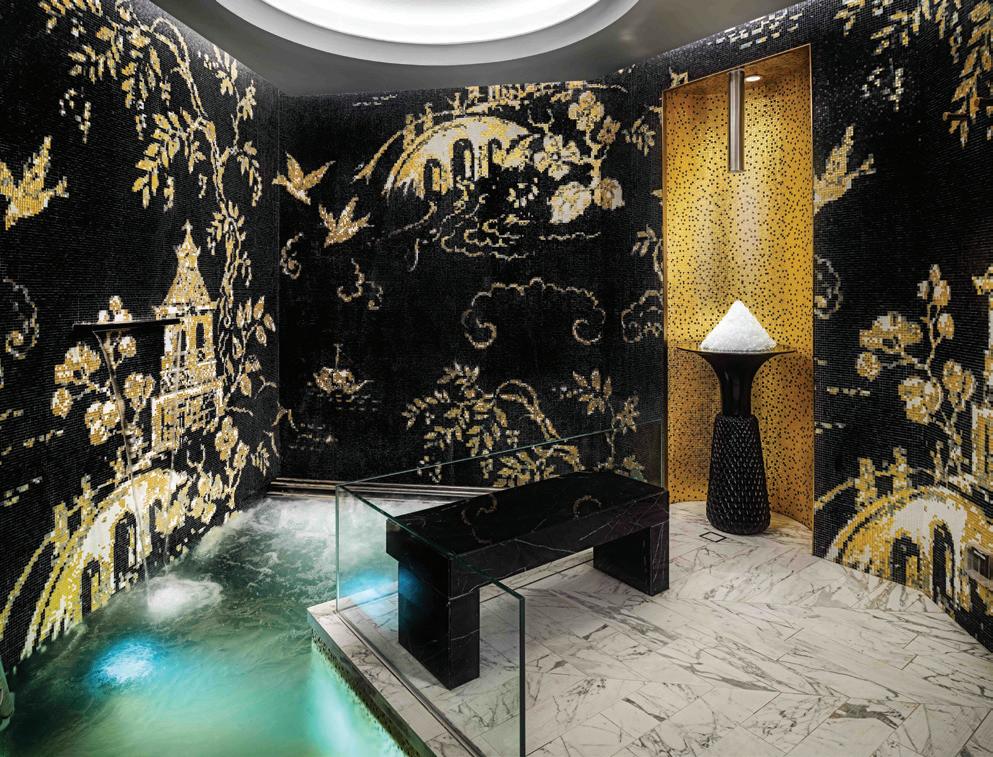
by Kath Hudson, news writer


A growing number of spas, such as The Ranch, now off er walking-based programmes
Anew study by the University of Sydney is one of the first to objectively measure whether daily steps can offset the health risks of sedentary behaviour.
The results, published in the British Journal of Sports Medicine*, discovered that 10,000 steps a day can reduce the risk of premature death and cardiovascular disease the most, even if you’re inactive the rest of the time. What’s more, just a small number of steps can still make a difference.
The findings play into the growing popularity of walking-based programmes offered by numerous resort and destination spas worldwide.
The research was based on 72,174 individuals (average age 61 and 58 per cent female) who wore an accelerometer device for seven days. The daily step count and time spent sedentary was calculated and the health trajectory of the participants was followed up via hospitalisation data and death records.
Participants who were inactive for less than 10.5 hours a day were classified as having low sedentary time and those who were inactive for more than 10.5 hours a day or more were considered to have high sedentary time.
We hope this will inform devicebased physical activity and sedentary behaviour guidelines
Walking 10,000 steps a day is confi rmed to reduce the health risks of being inactive, Australian scientists say
Based on the findings, the authors calculated that 9,000 to 10,000 steps per day was the optimal number to counteract high sedentary time. This lowered premature mortality risk by 39 per cent and cardiovascular disease risk by 21 per cent.
In both cases, 50 per cent of the benefit was achieved at between 4,000 and 4,500 steps a day. And researchers suggested that any amount of daily steps above 2,200 is associated with lower health risks regardless of the time spent being sedentary.
Lead author and research fellow, Dr Matthew Ahmadi, says: “This is by no means a get out of jail card for people who are sedentary for excessive periods of time, however, it does hold an important public health message that all movement matters.”
Senior author, professor Emmanuel Stamatakis, adds: “We hope this evidence will inform the first generation of device-based physical activity and sedentary behaviour guidelines, which should include key recommendations on daily stepping.” ●
*Ahmadi M, et al. Do the associations of daily steps with mor tality and incident CV disease differ by sedentary time levels? British Journal of Sports Medicine. March .
